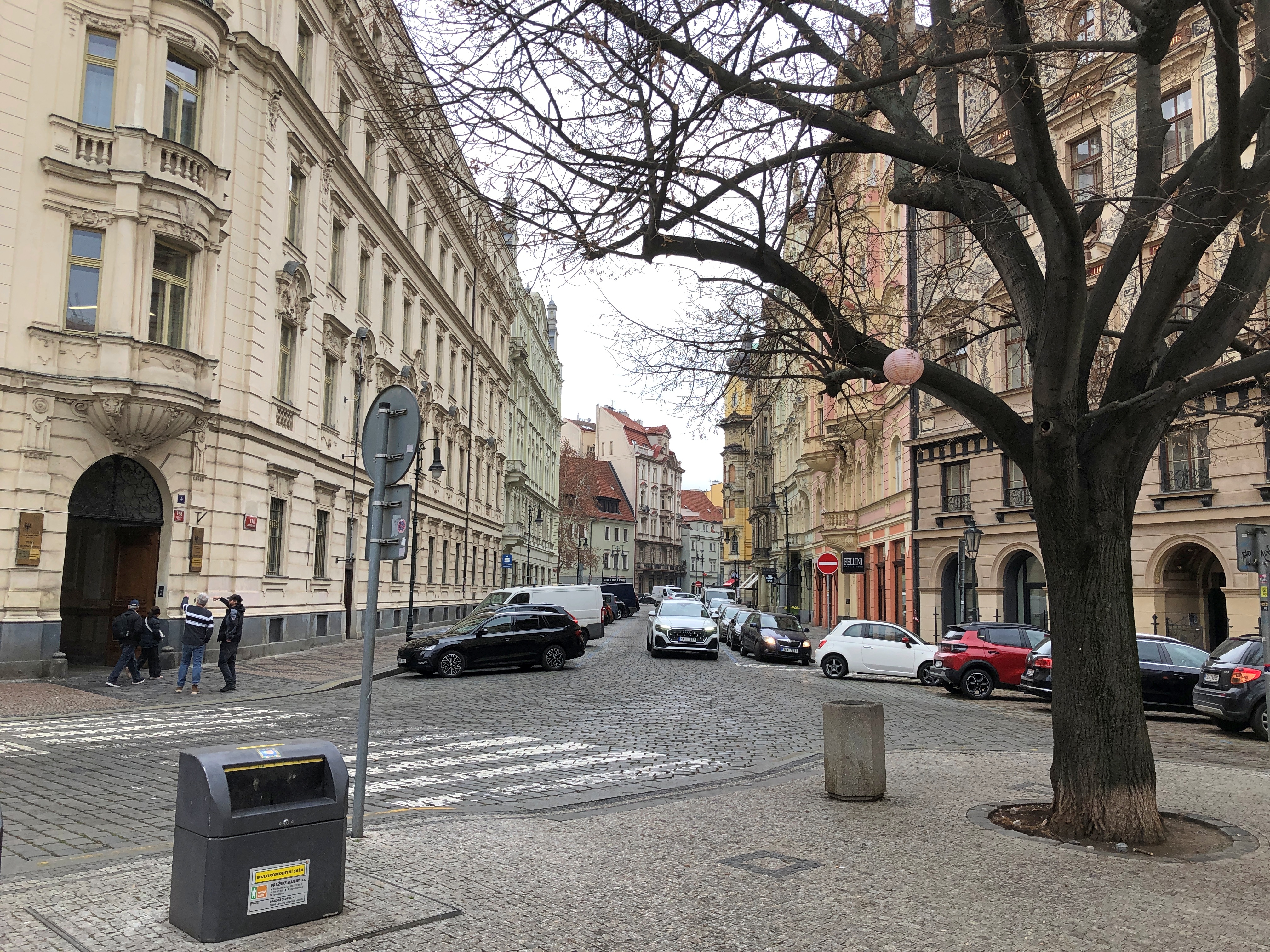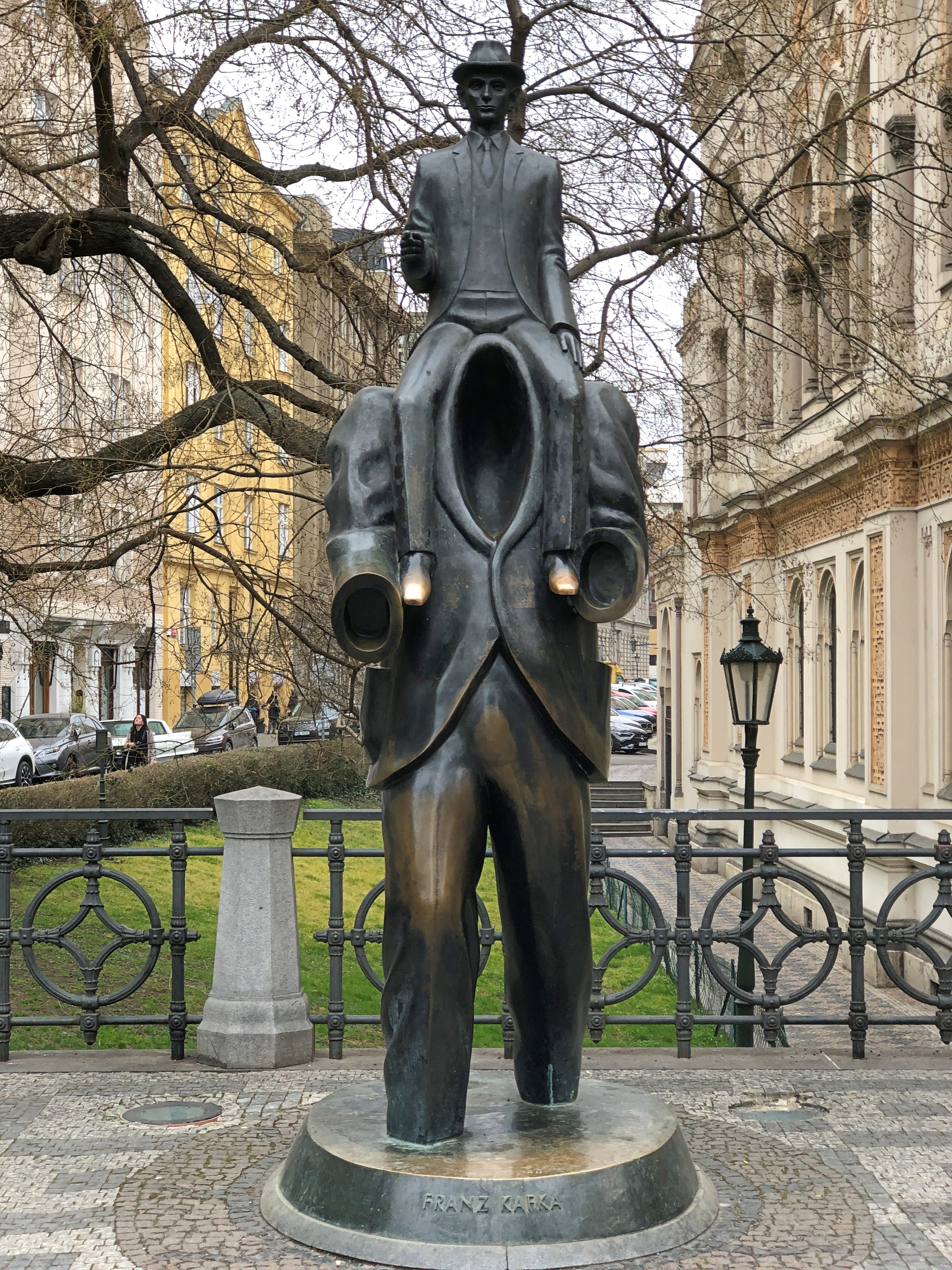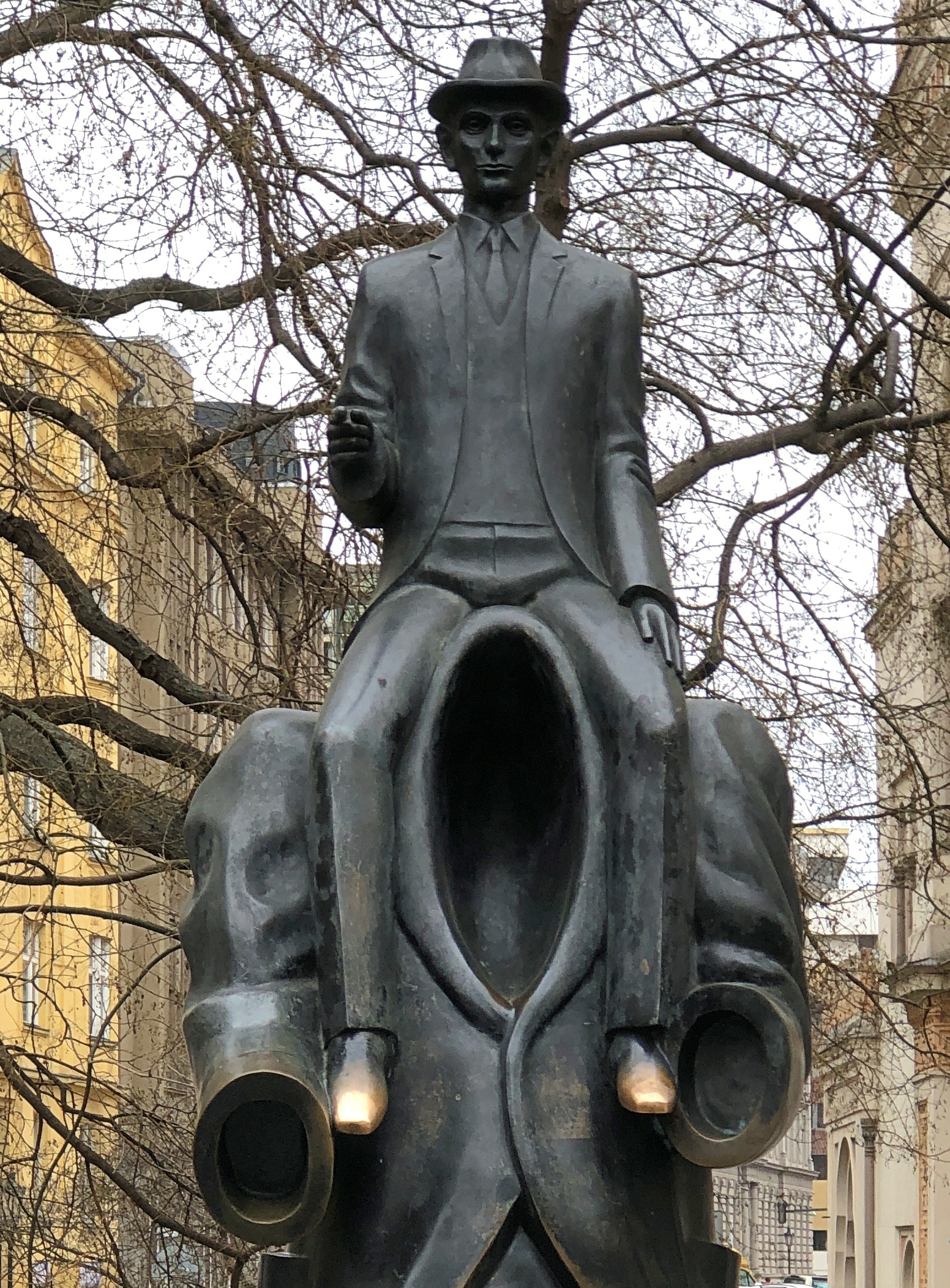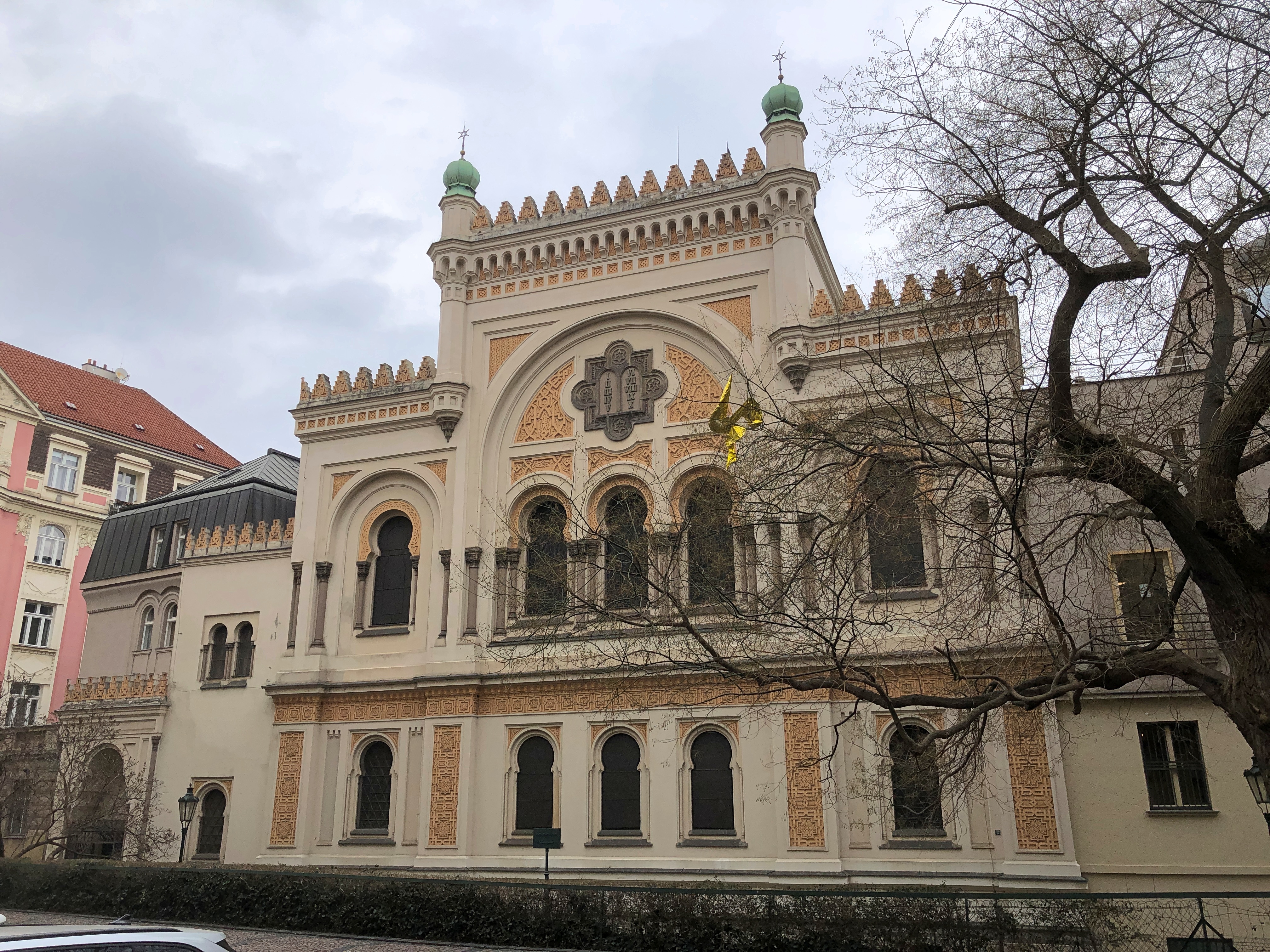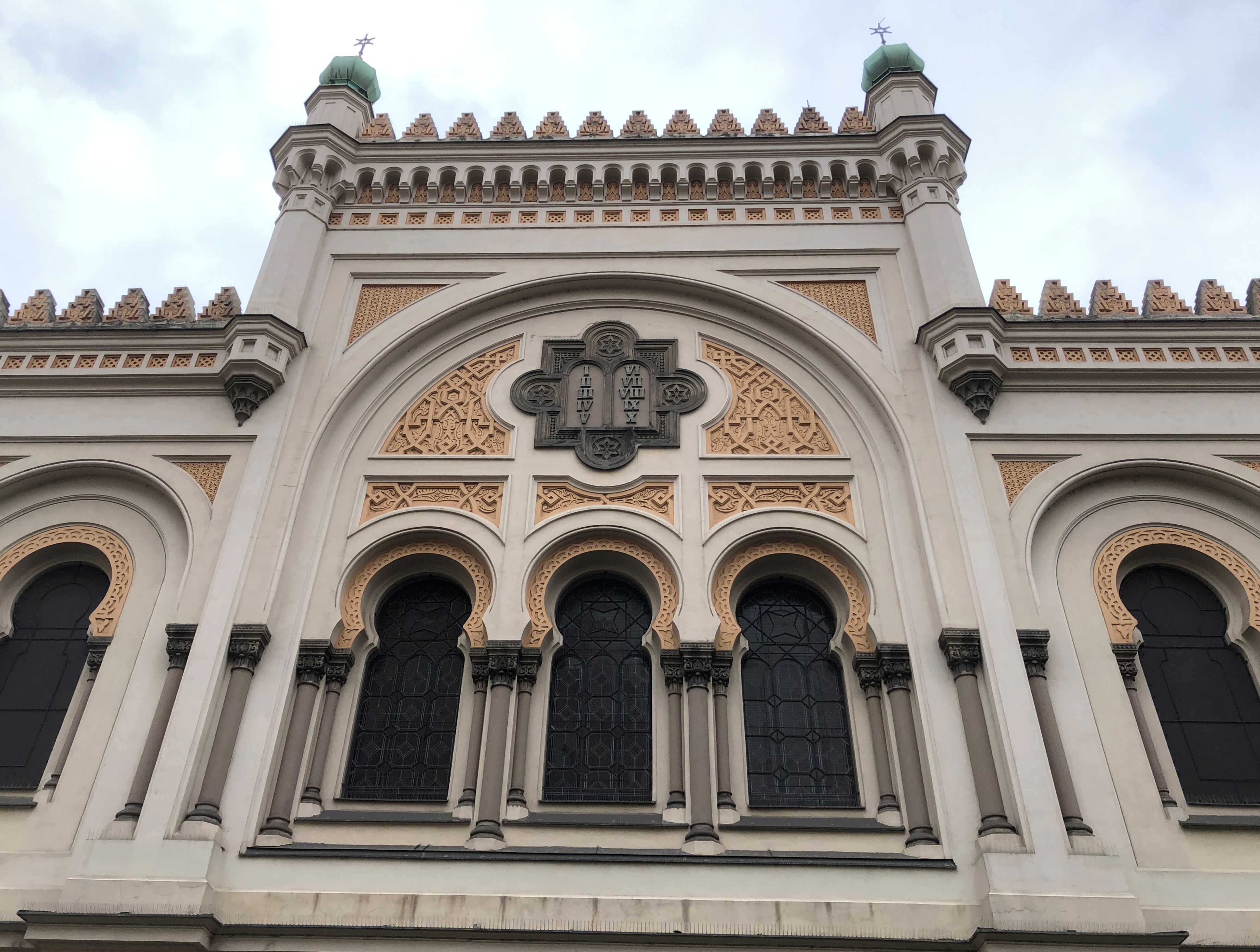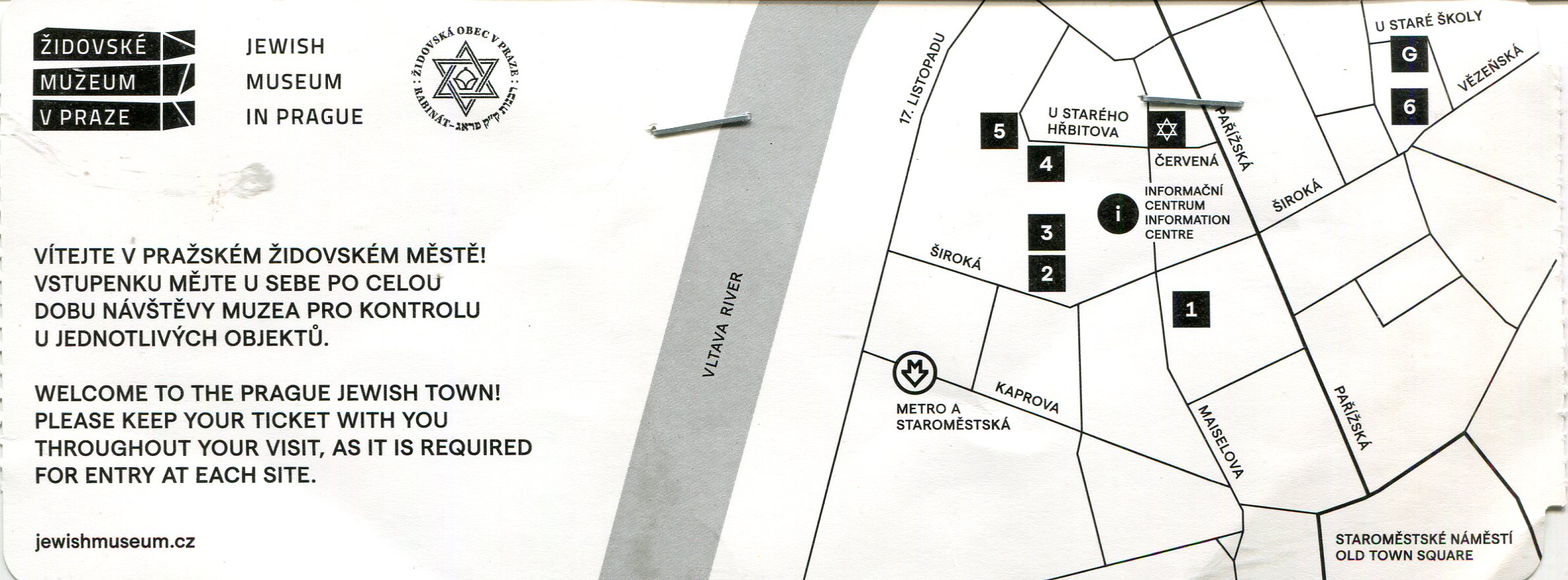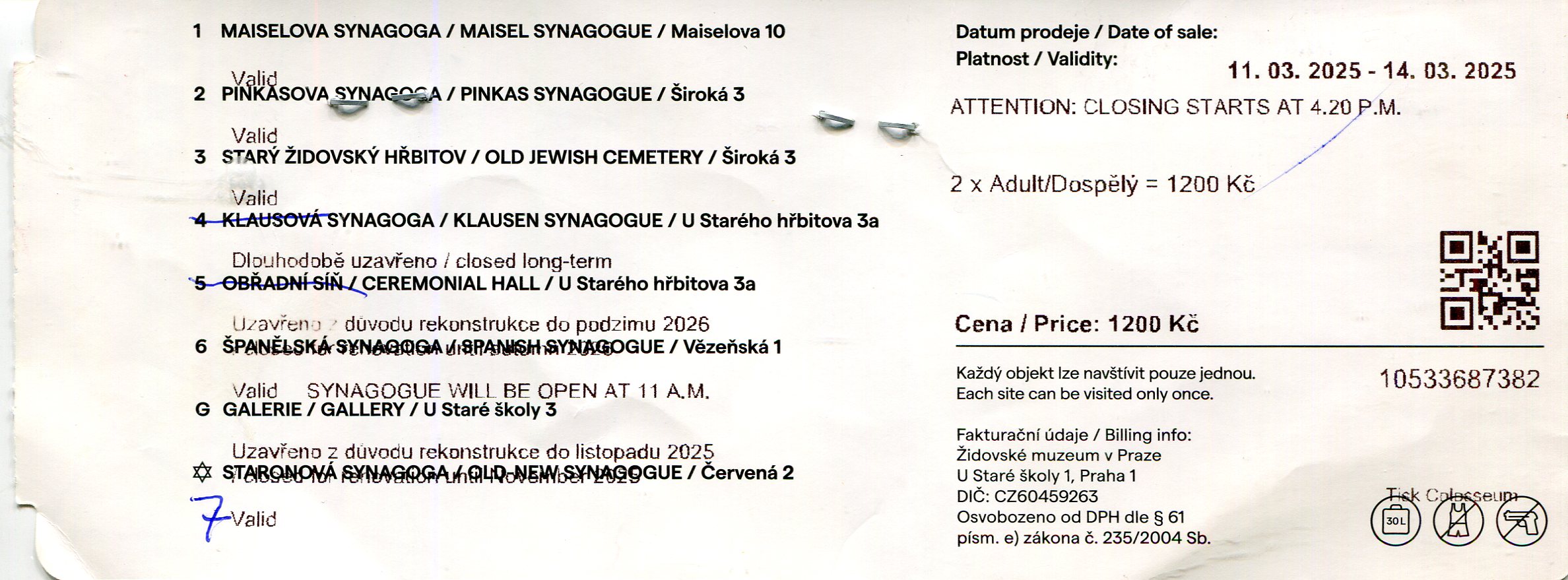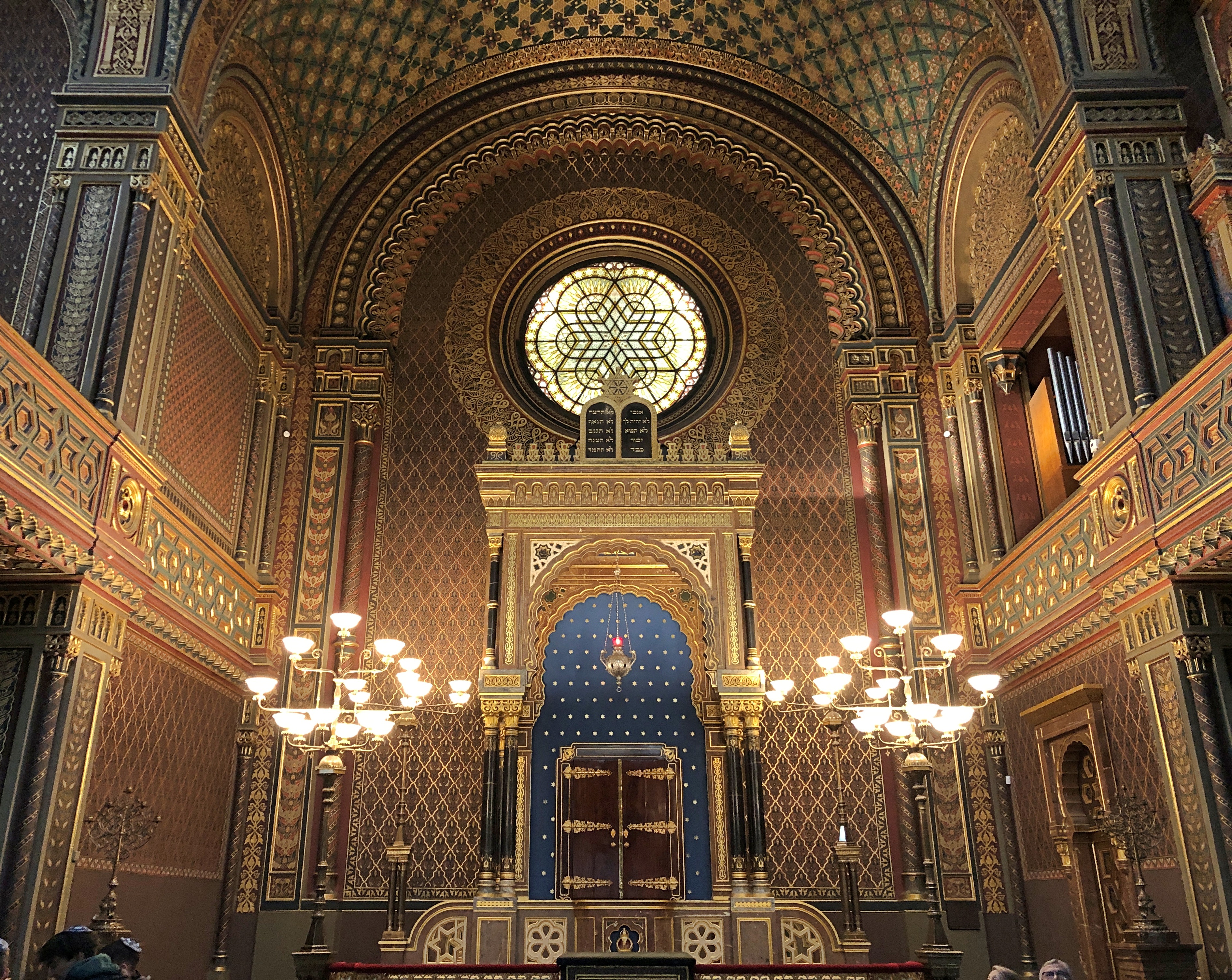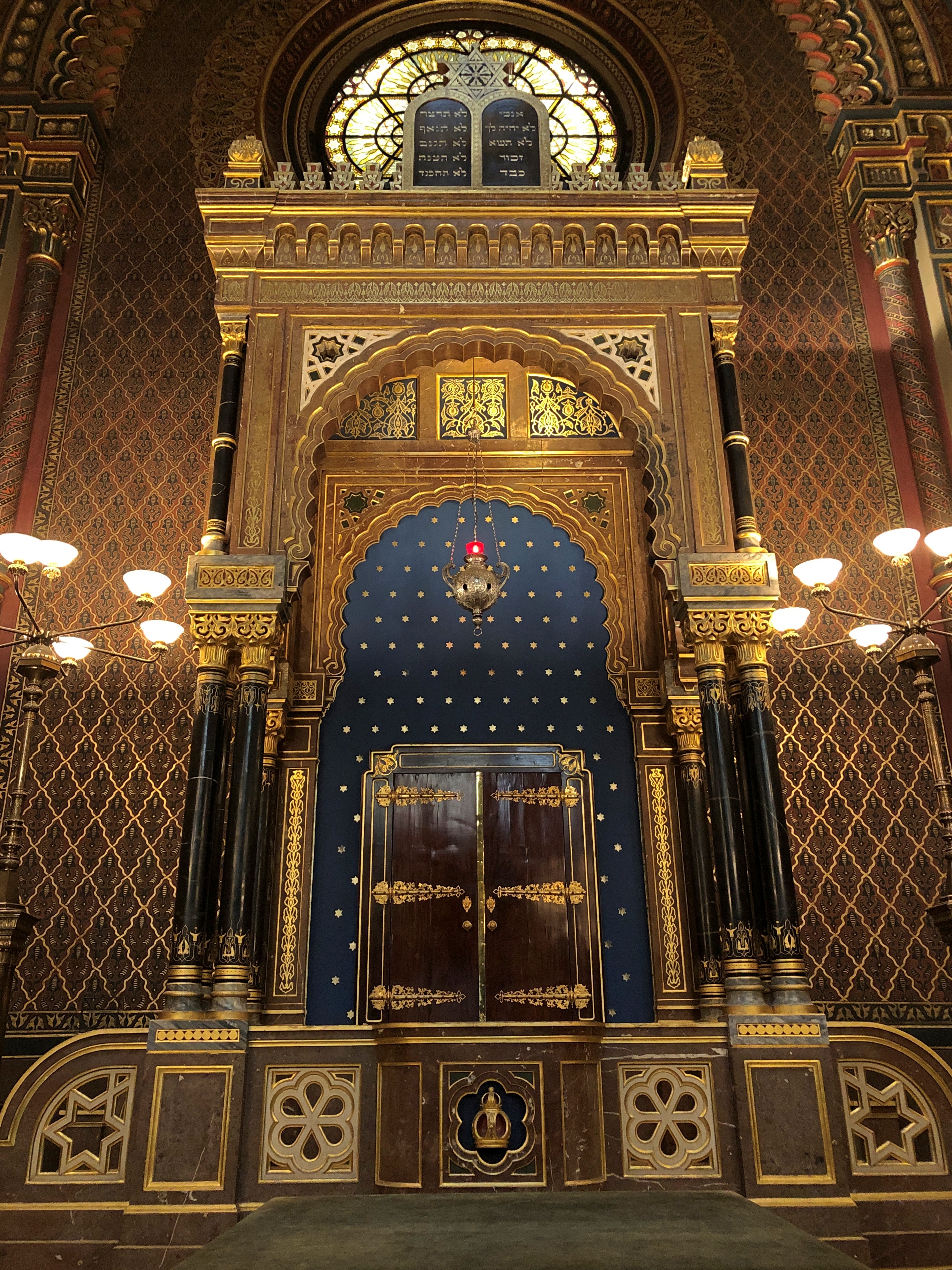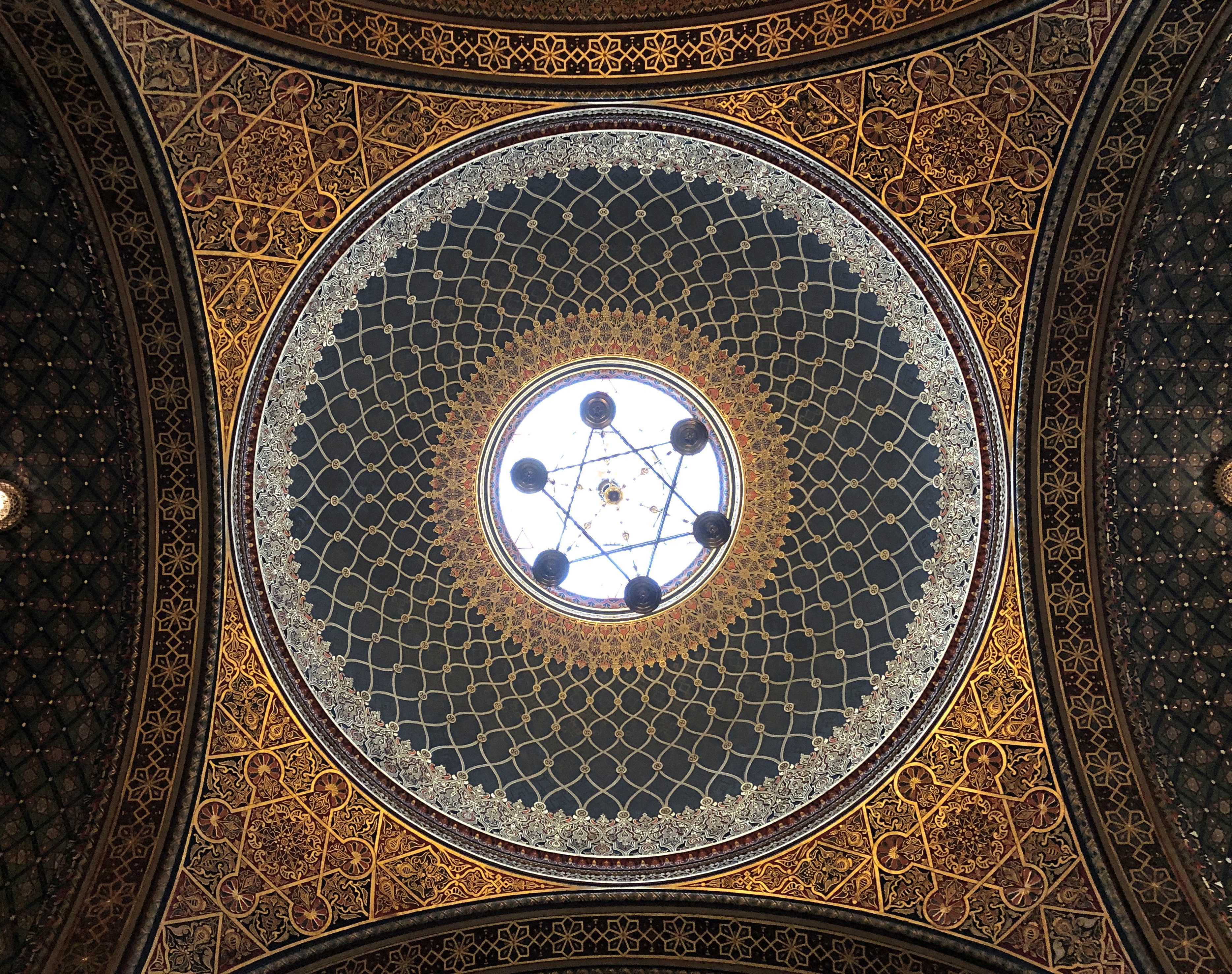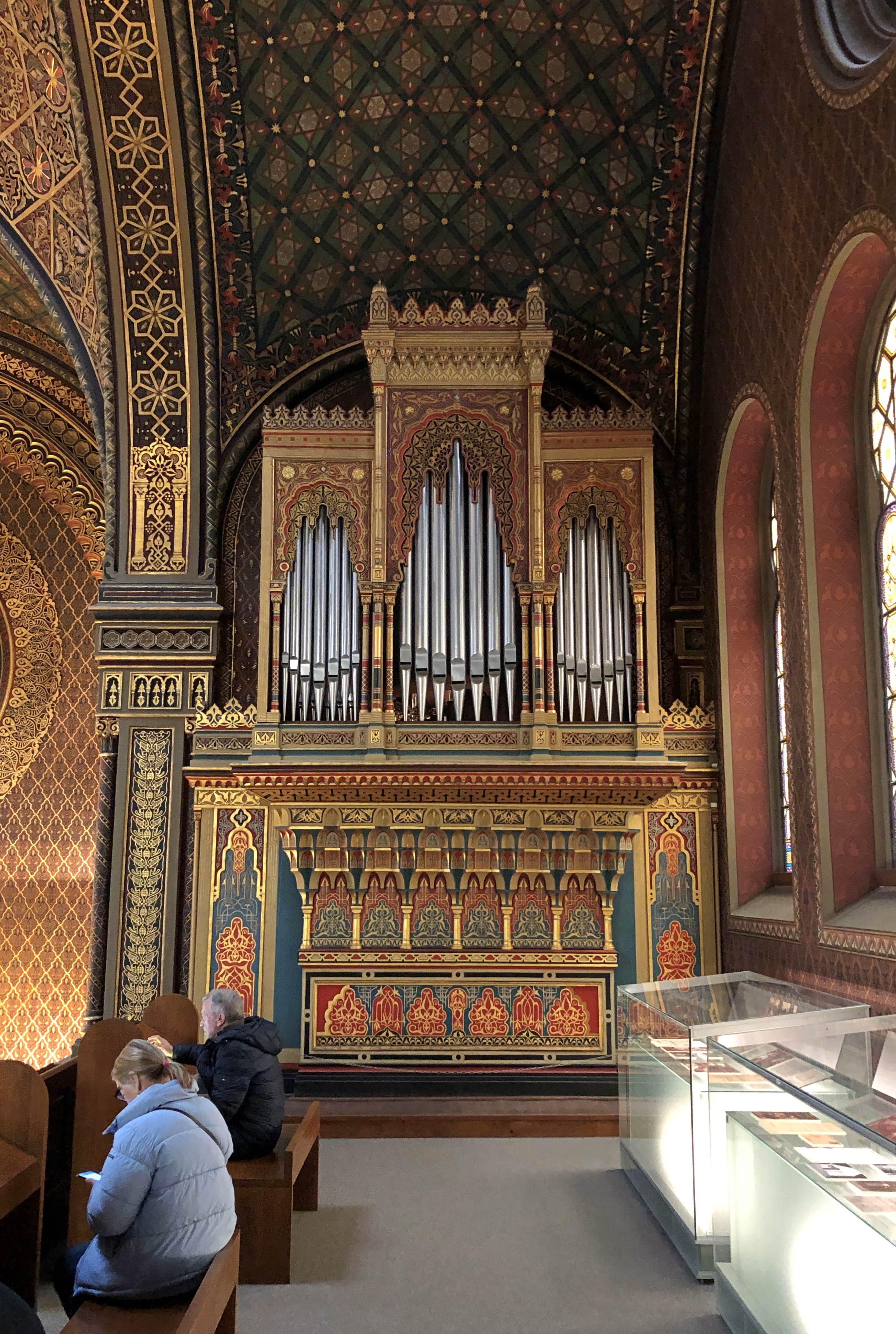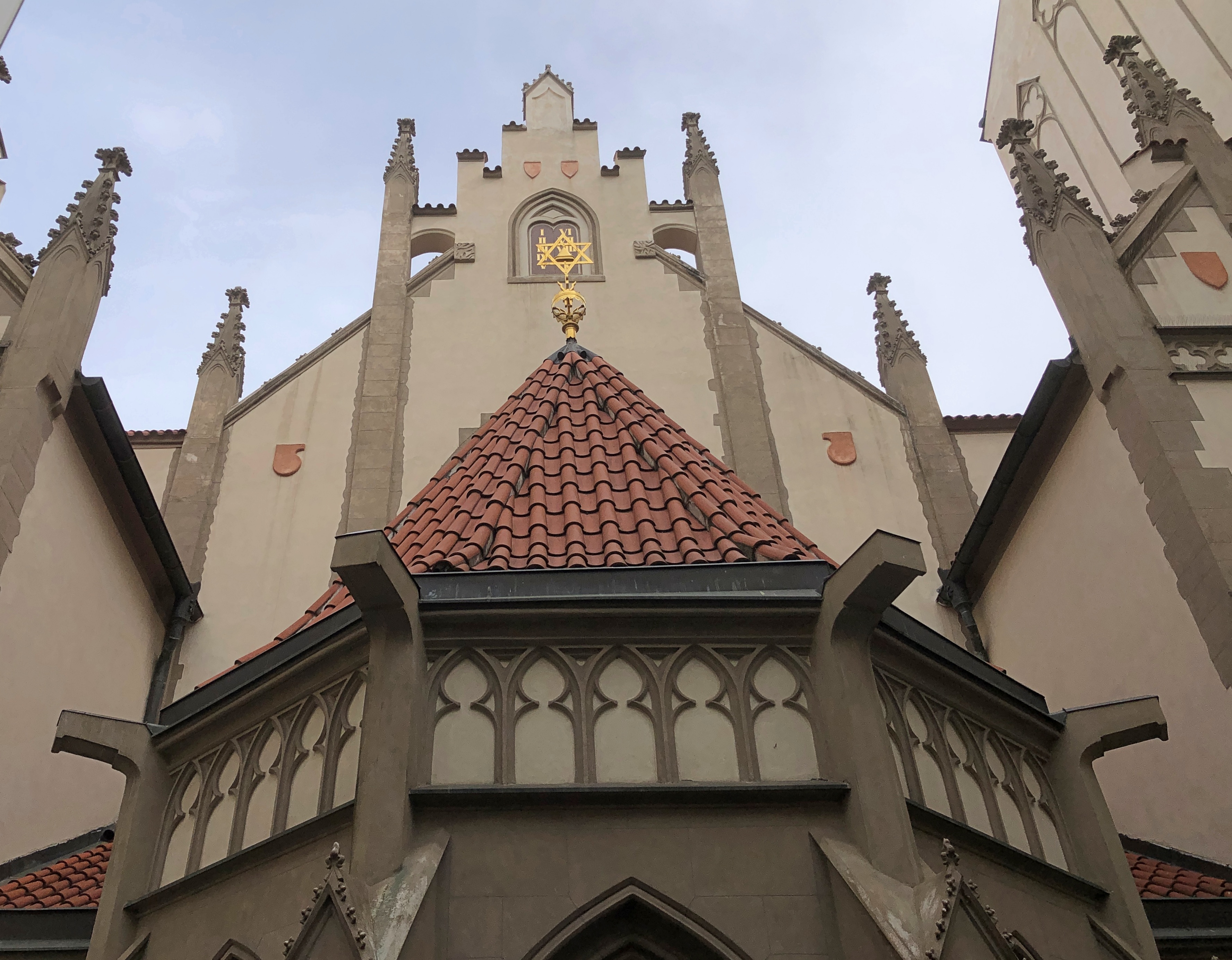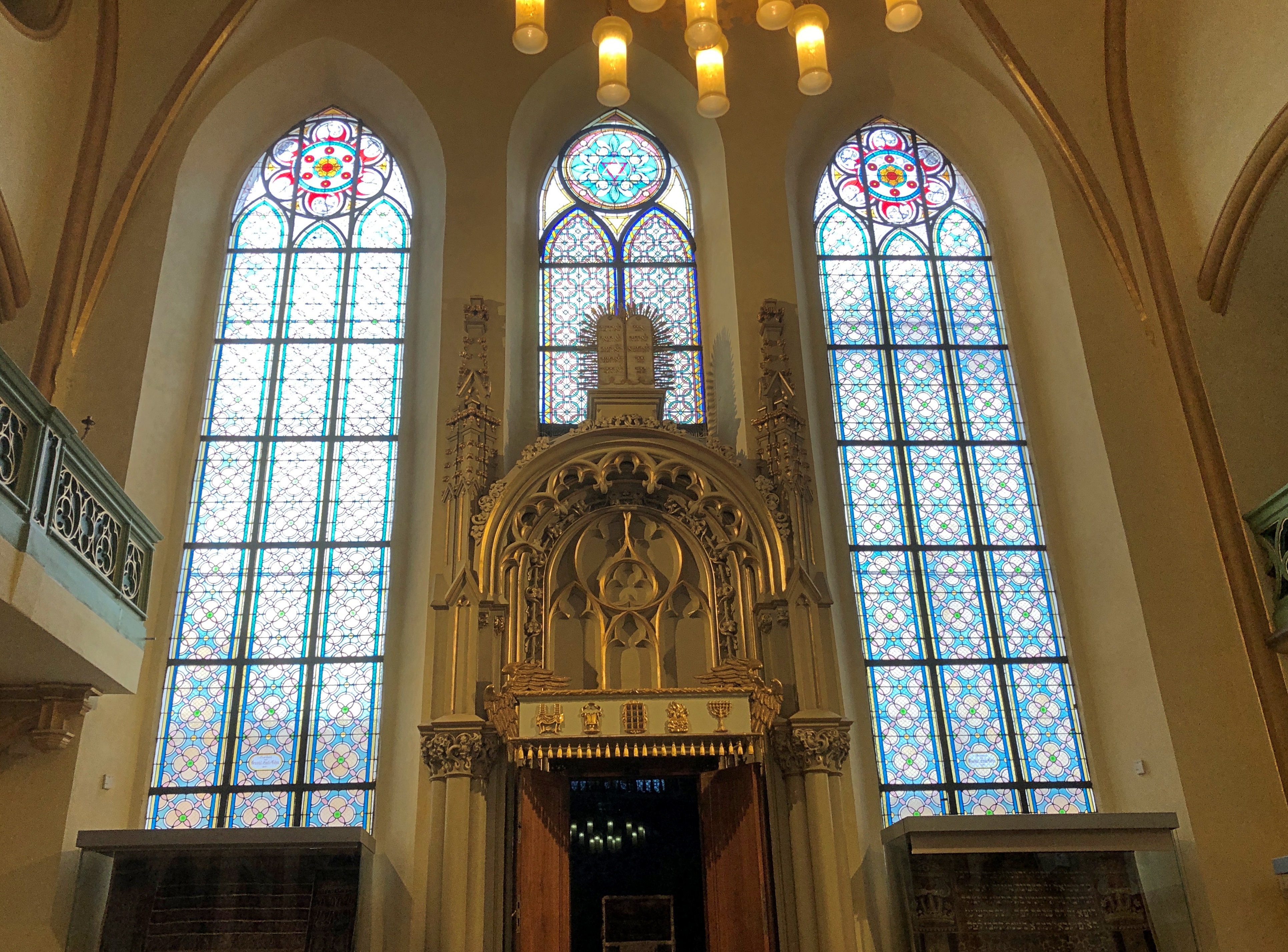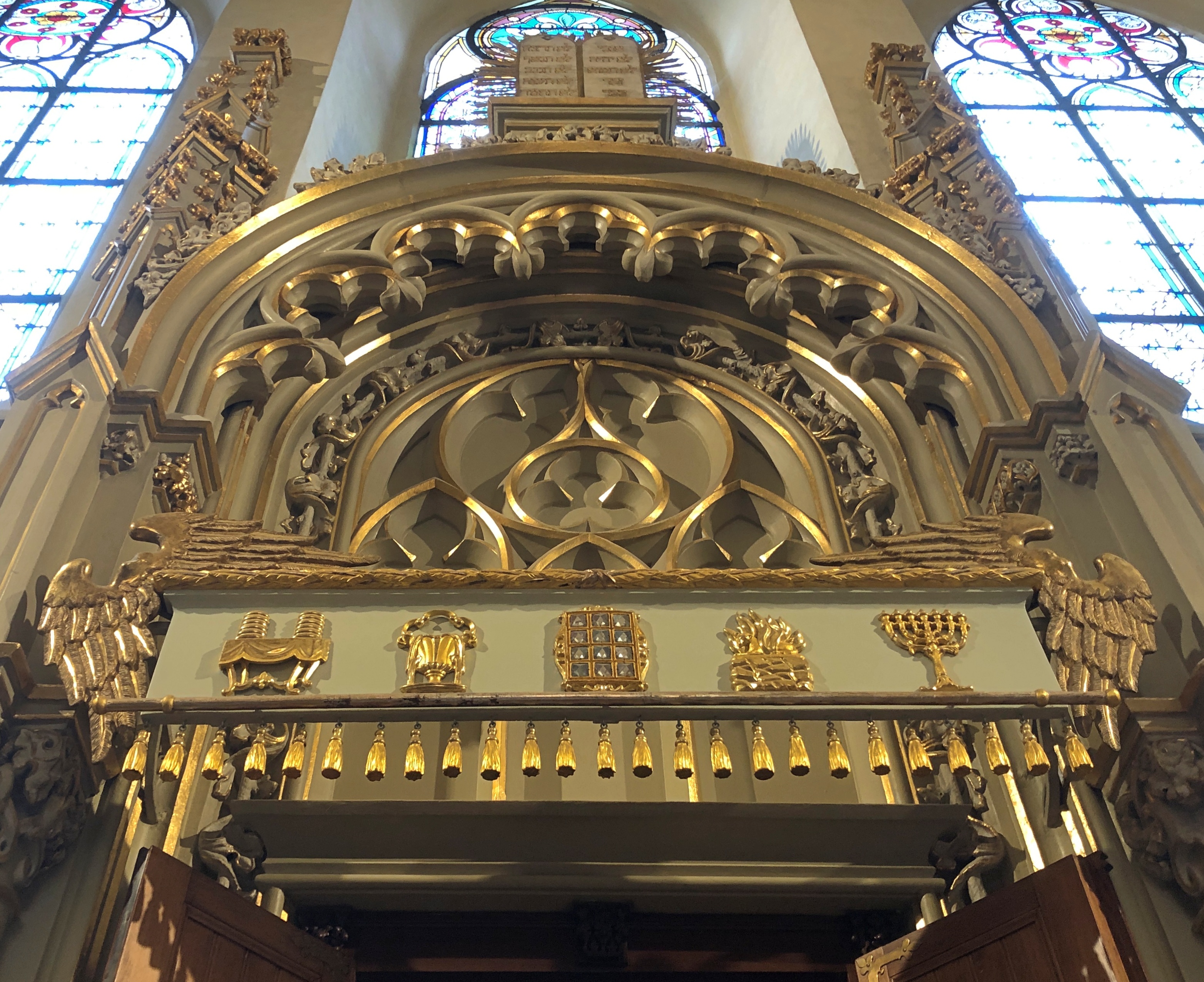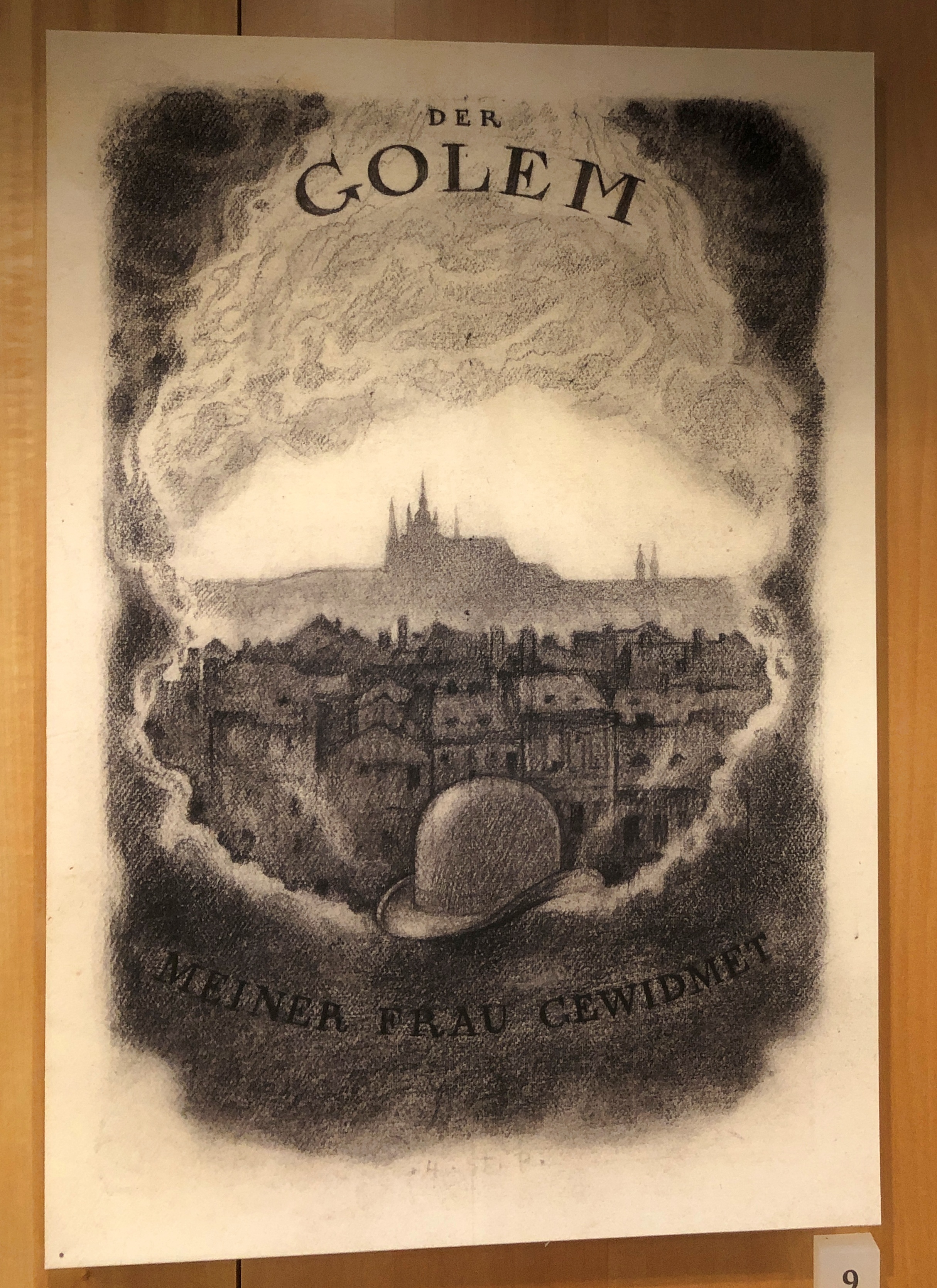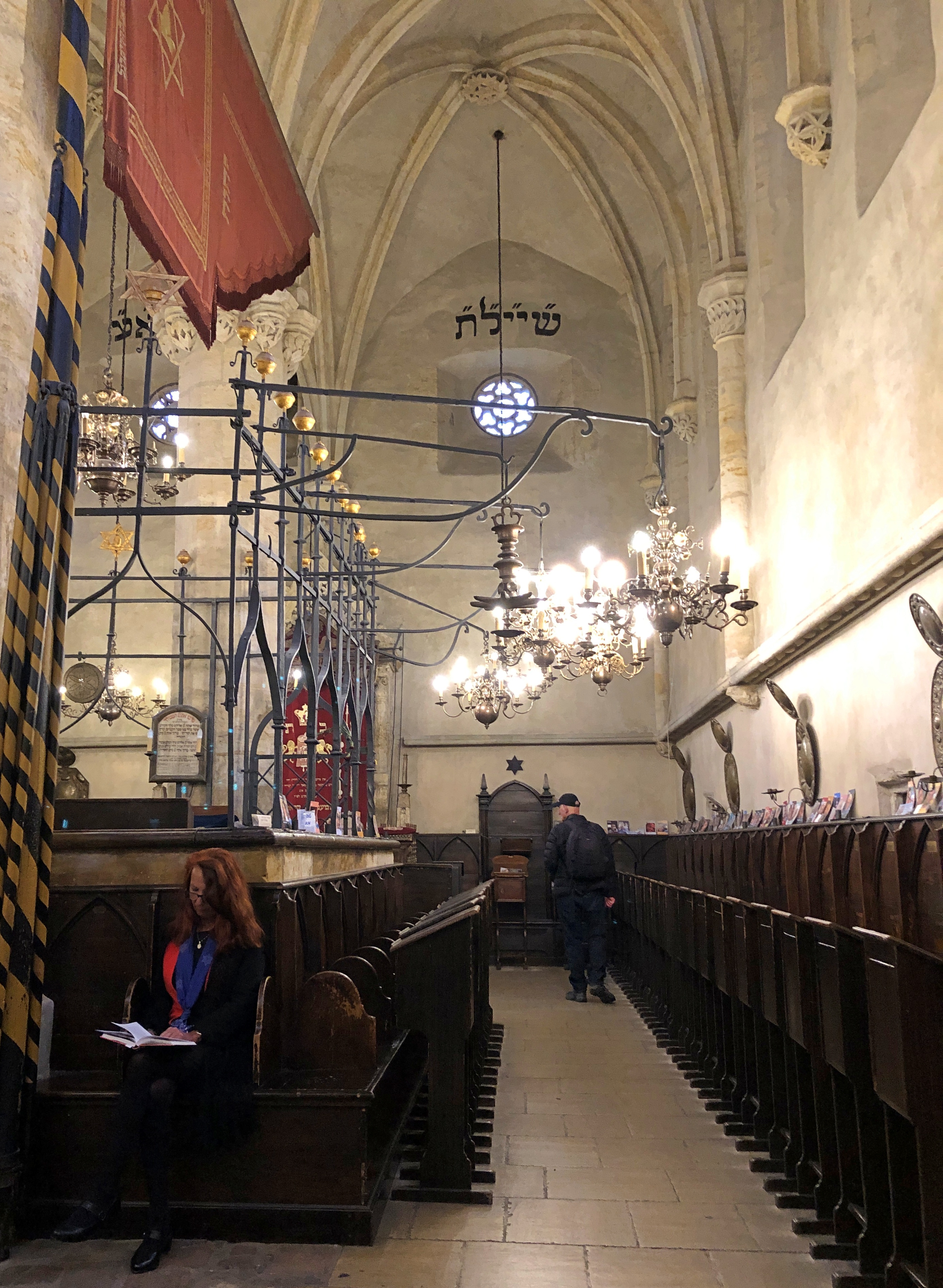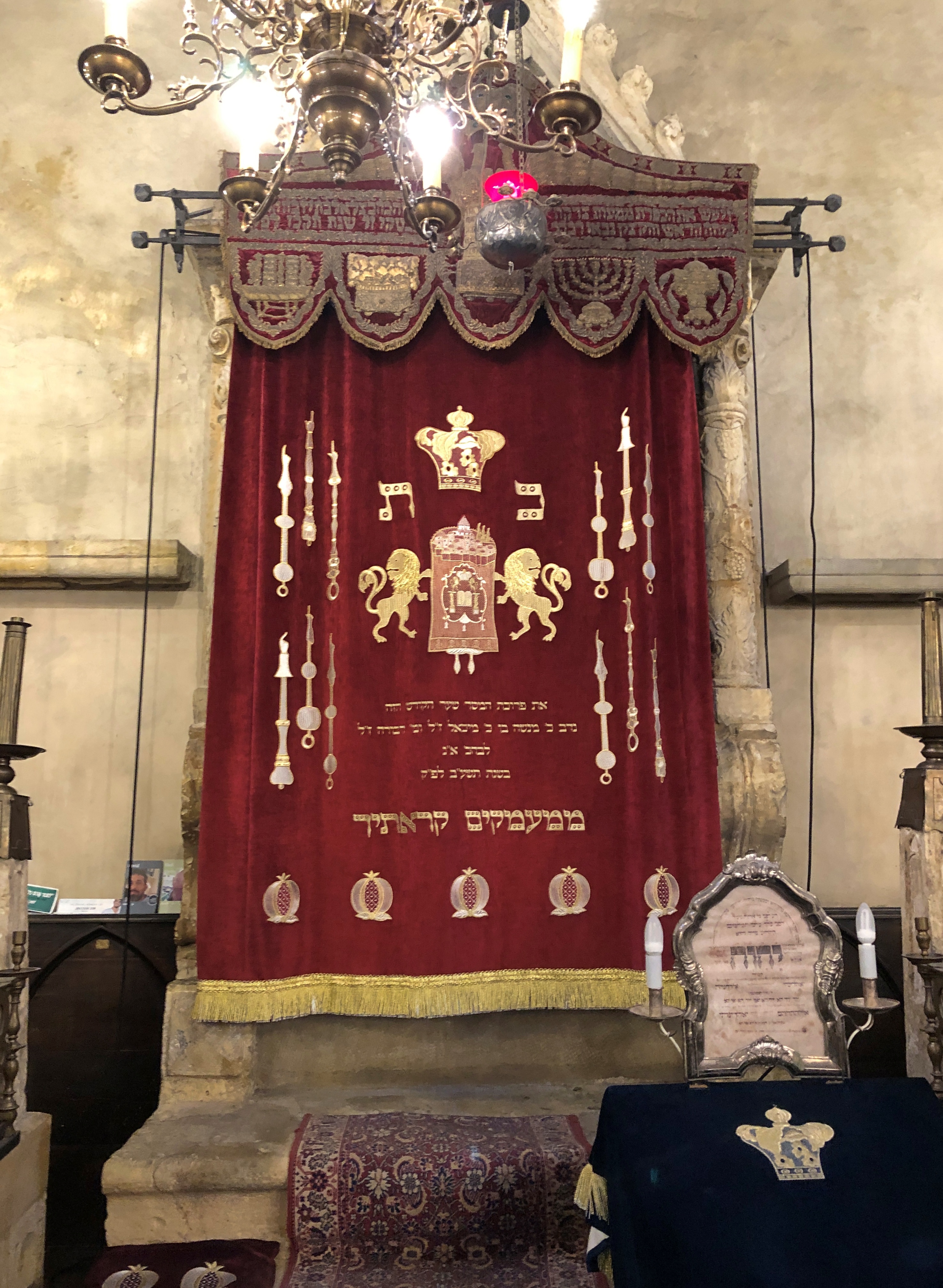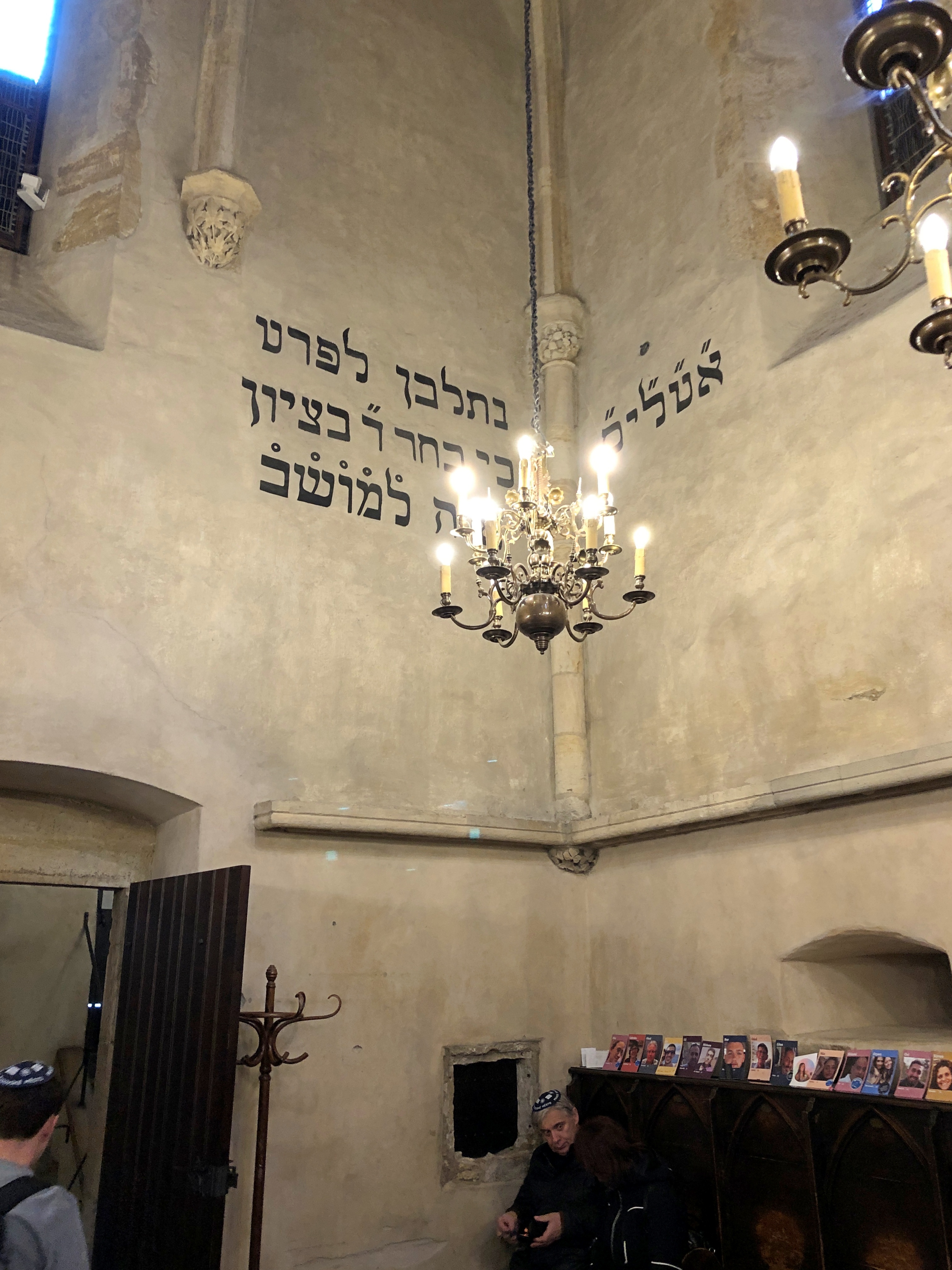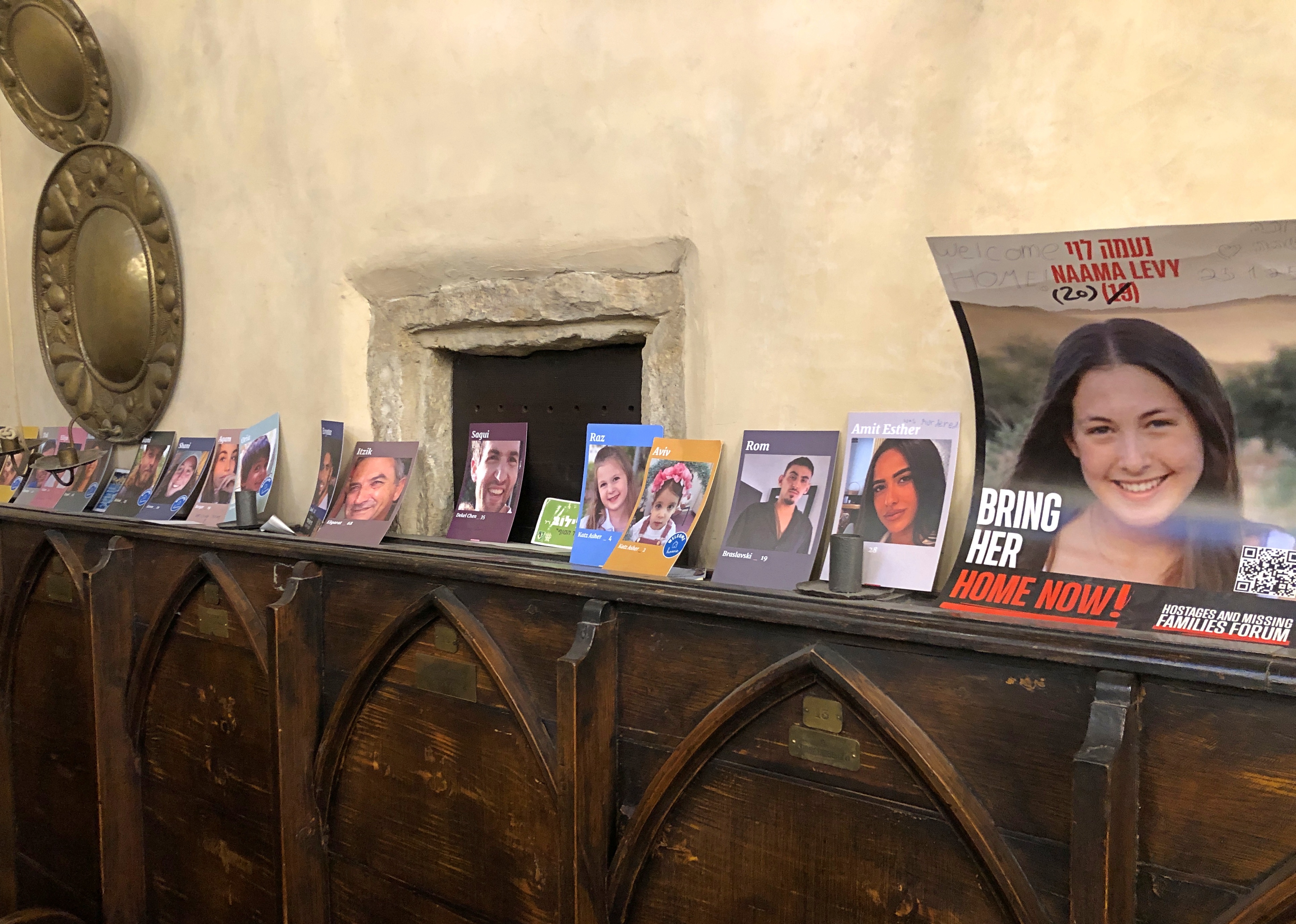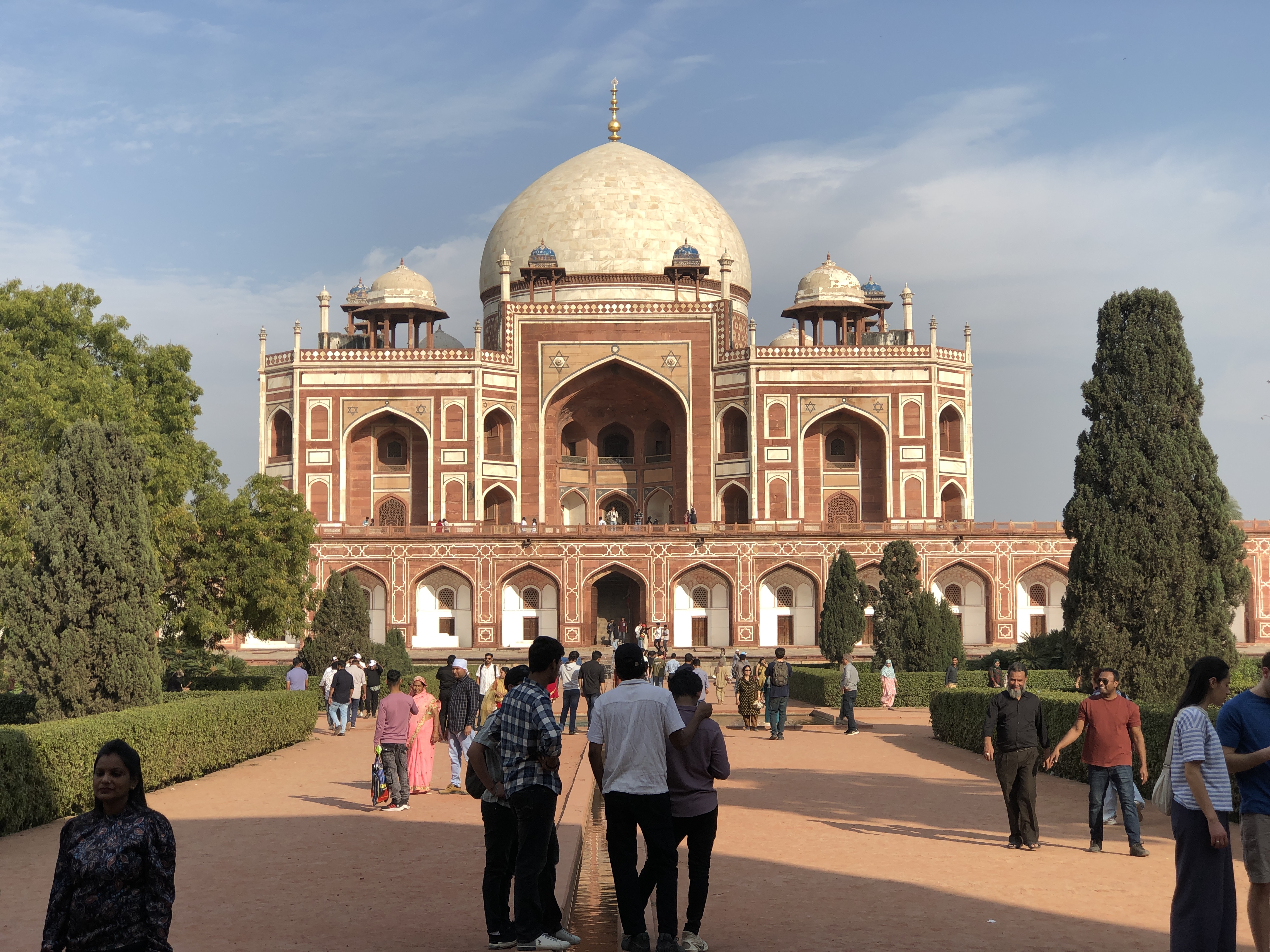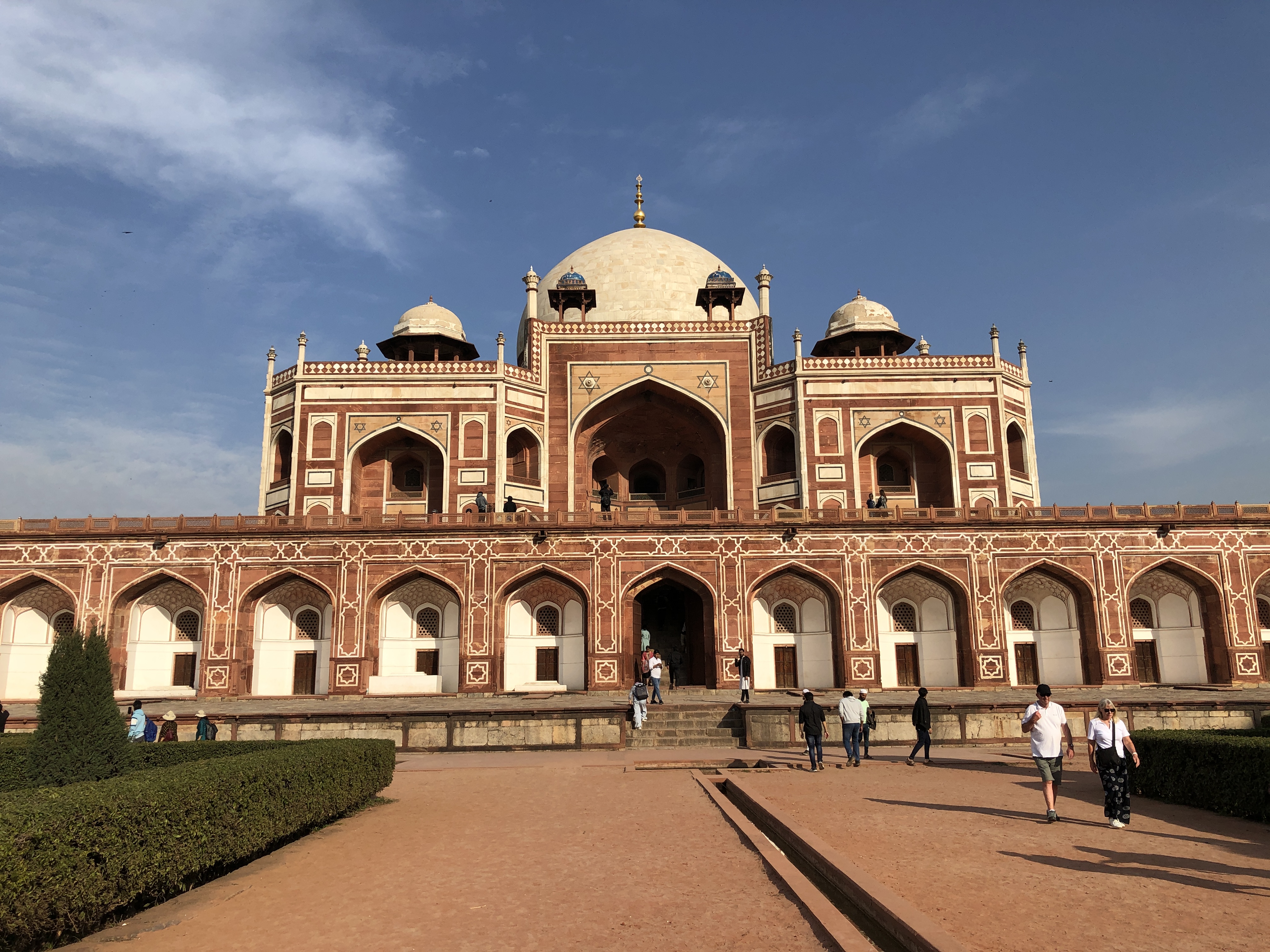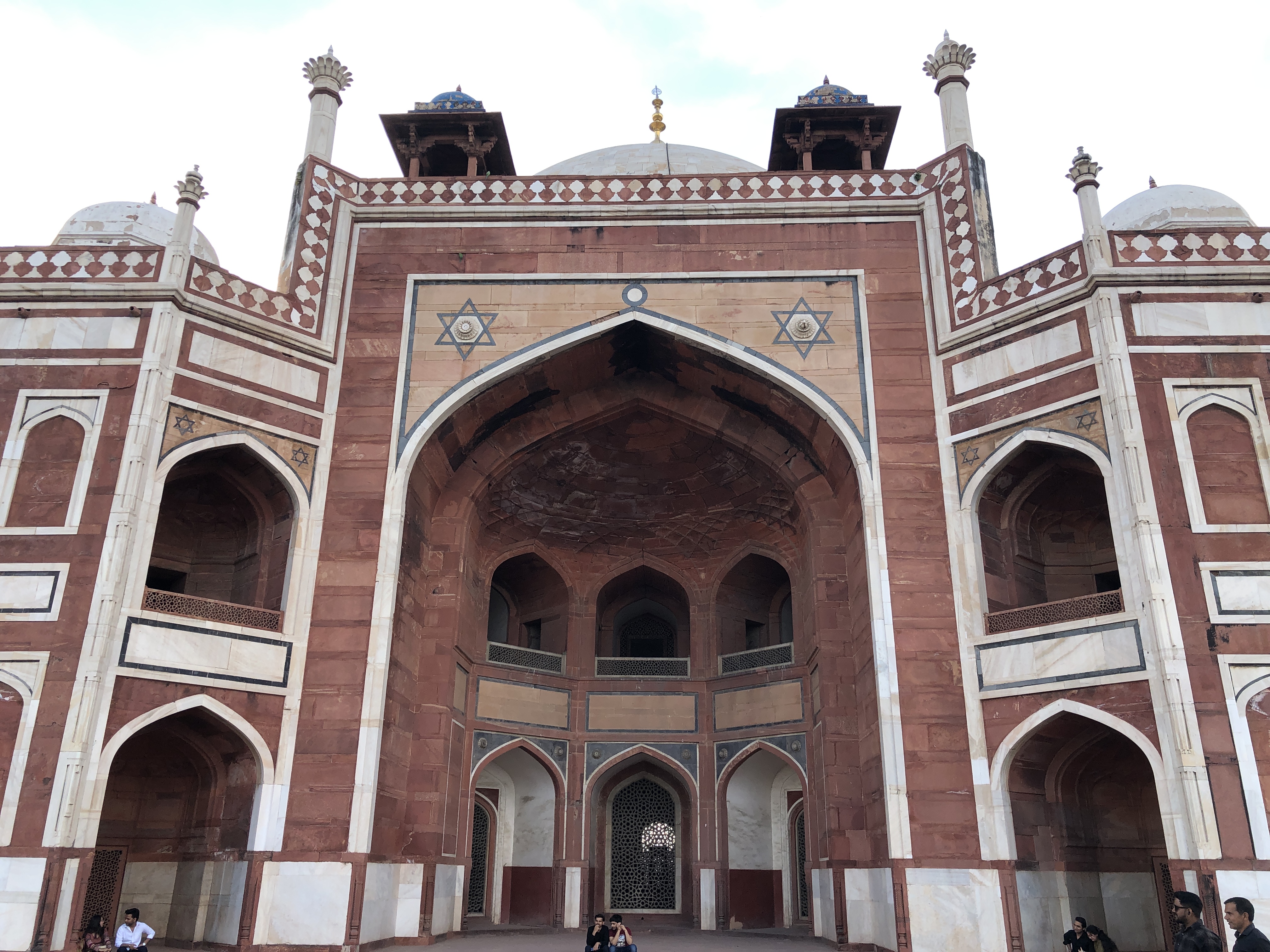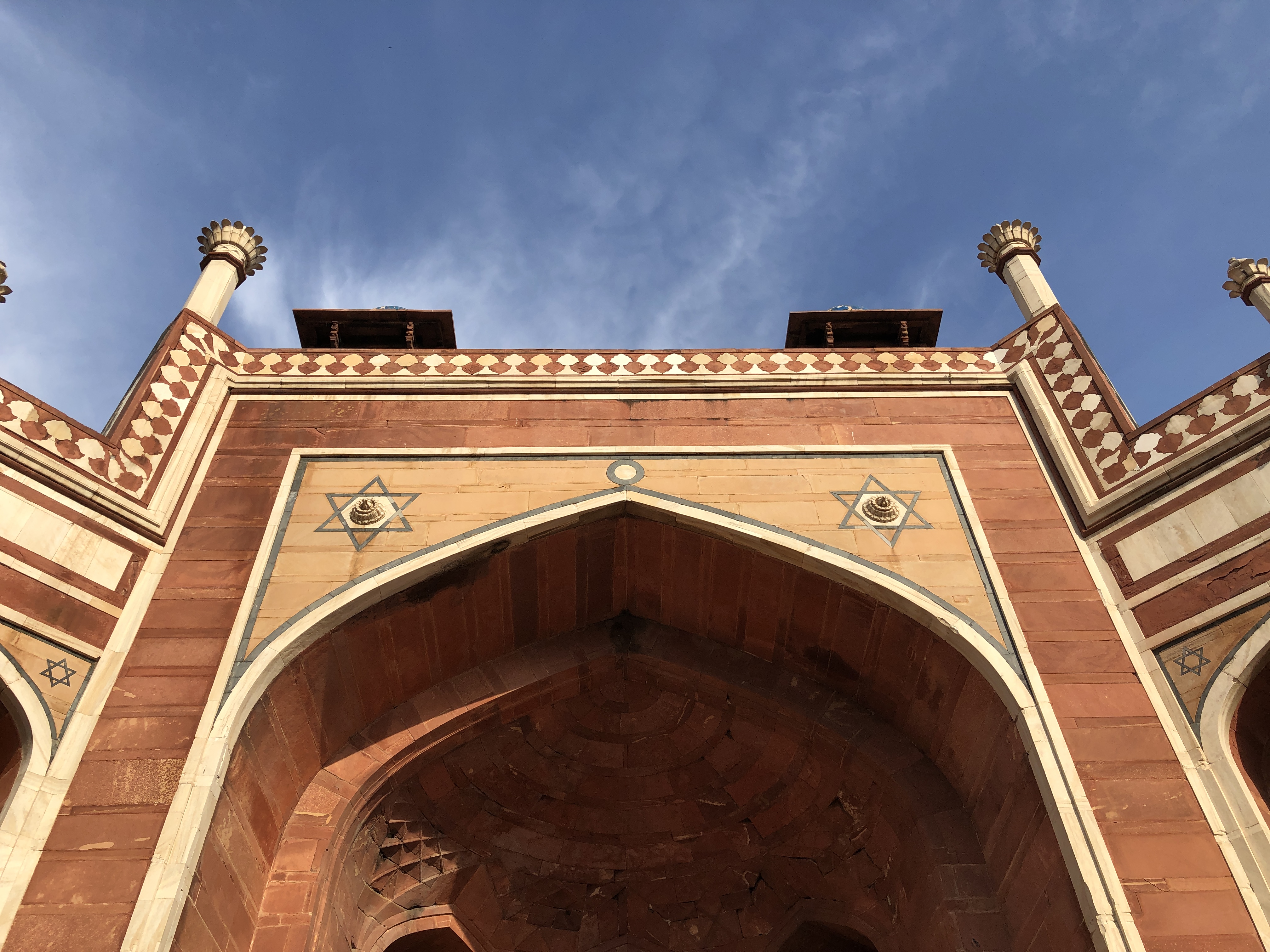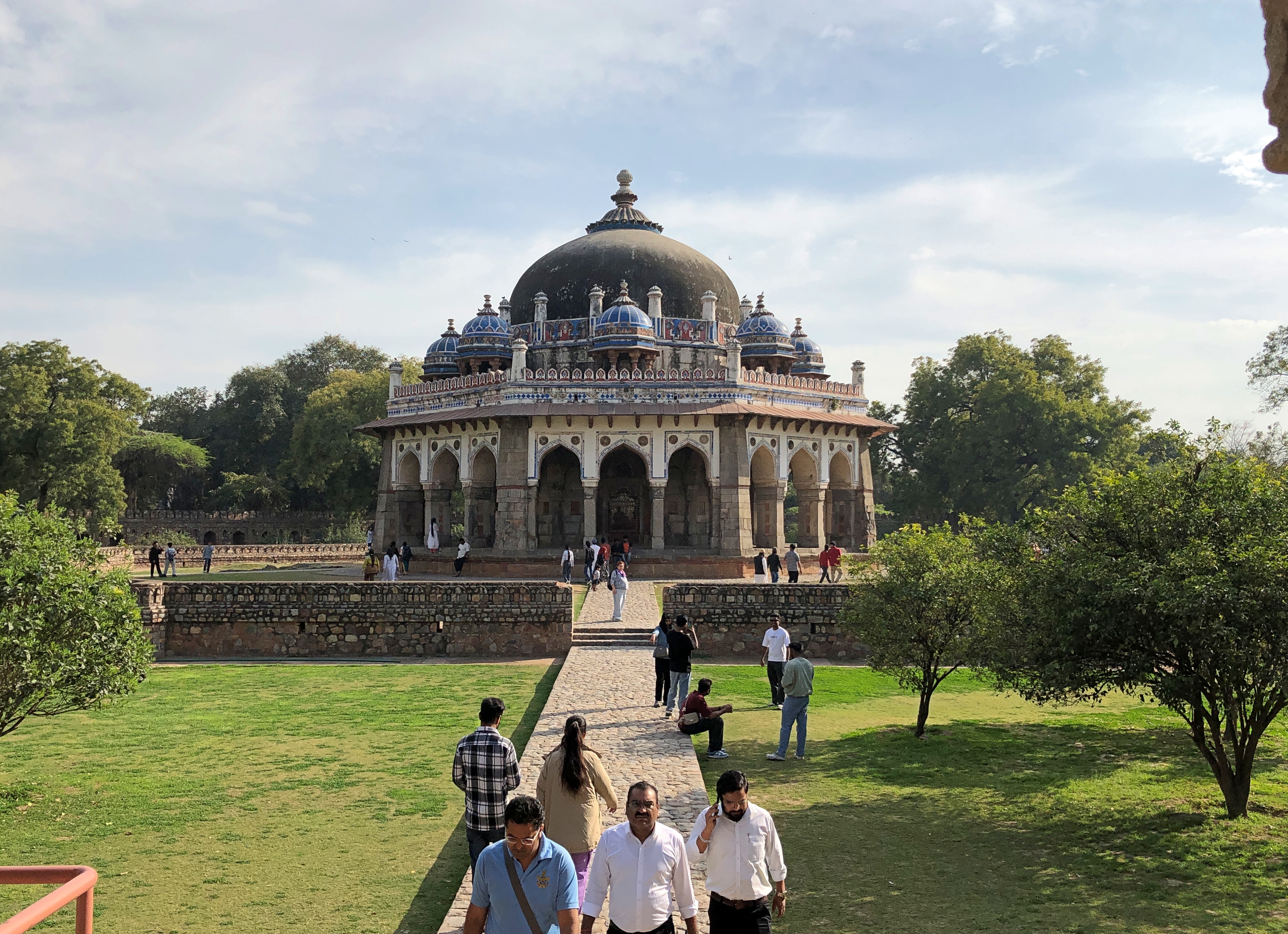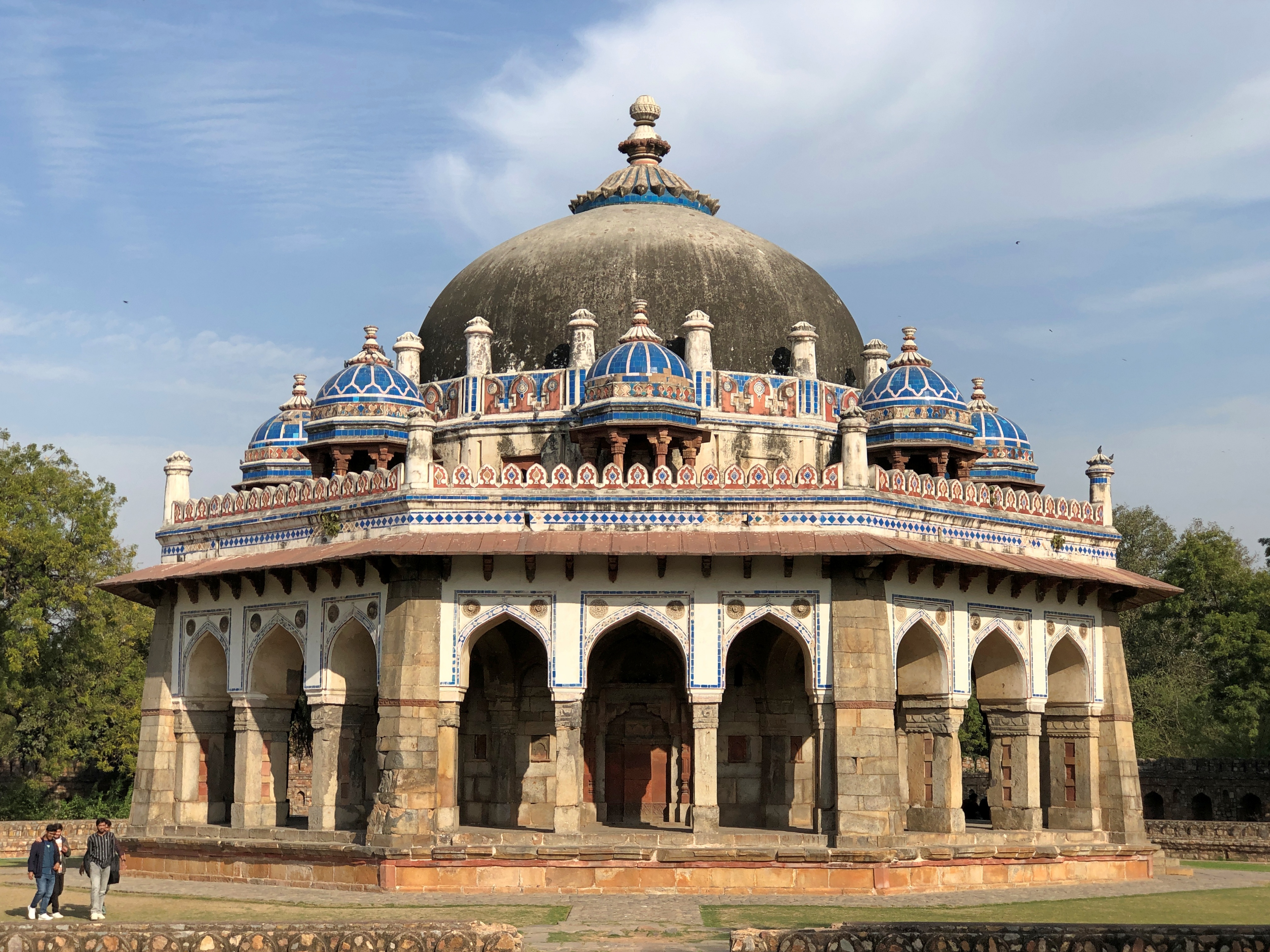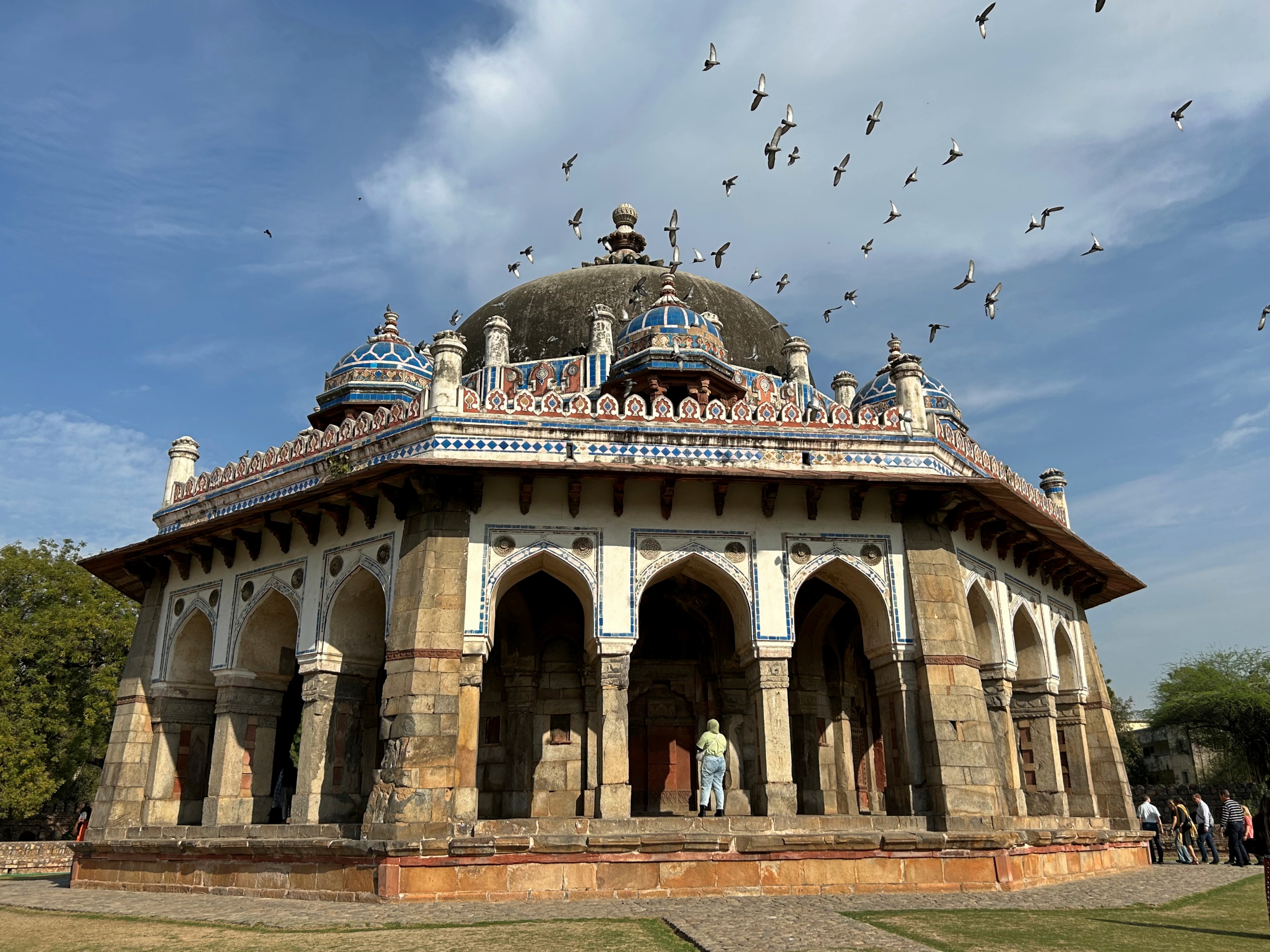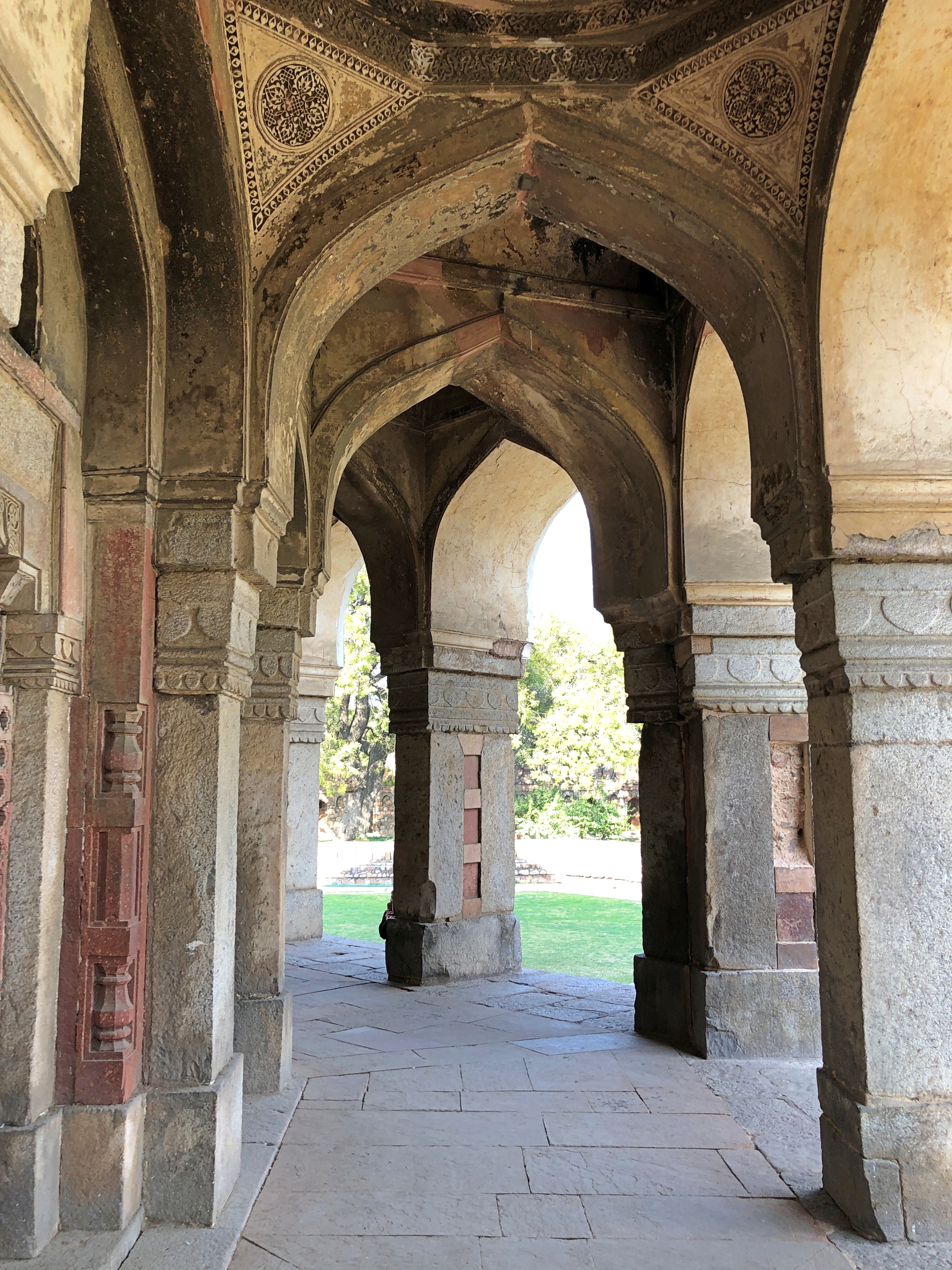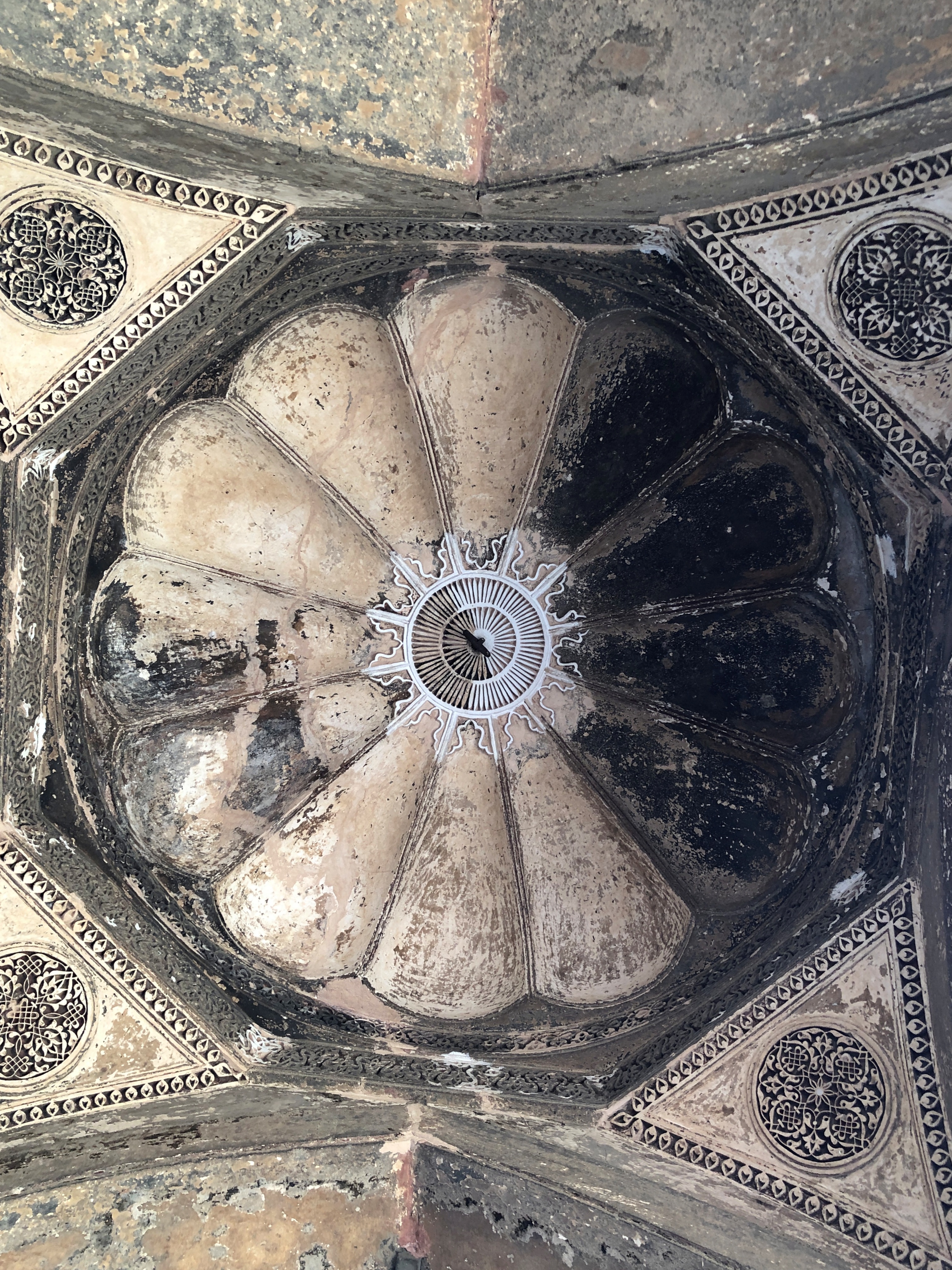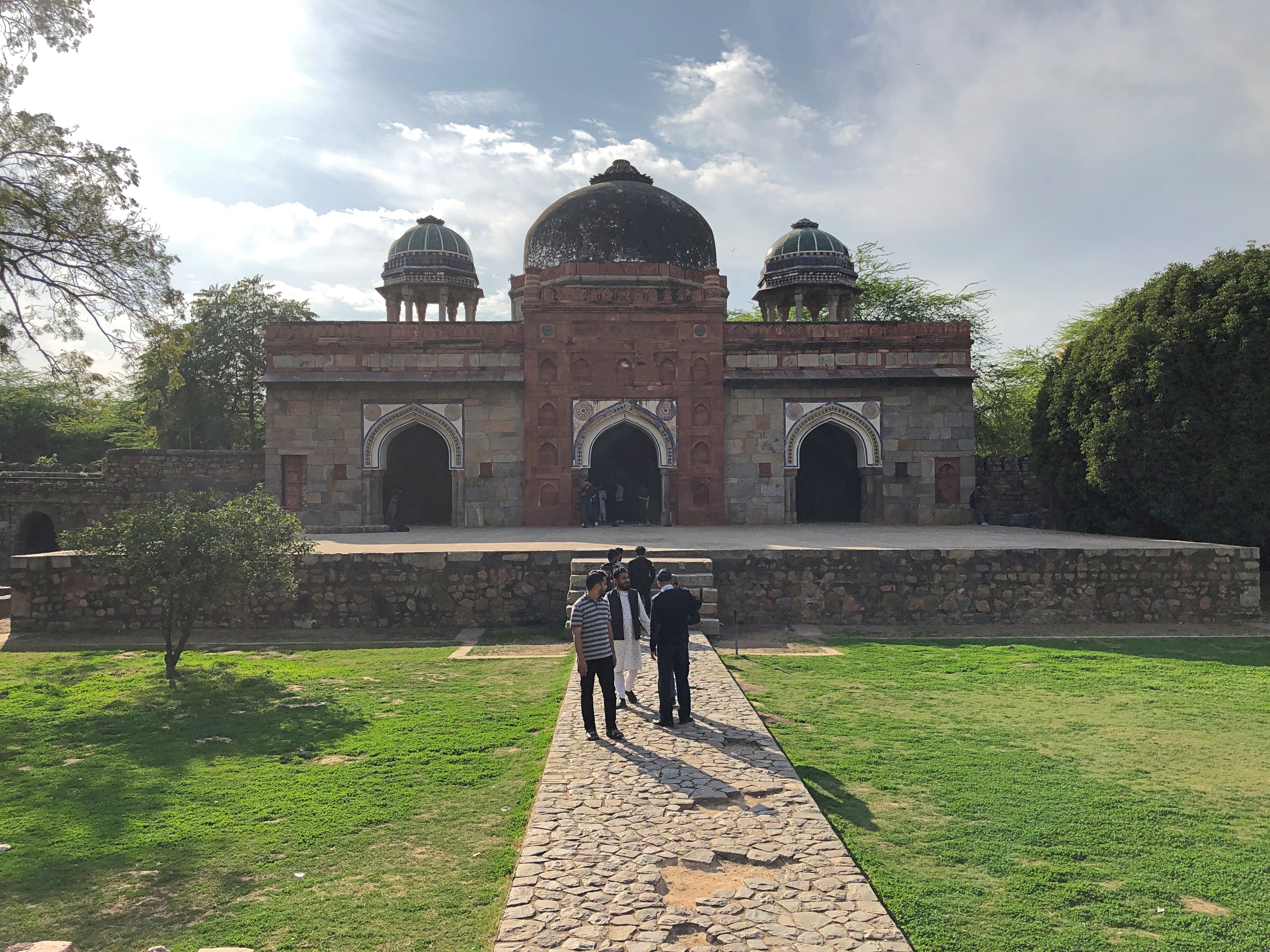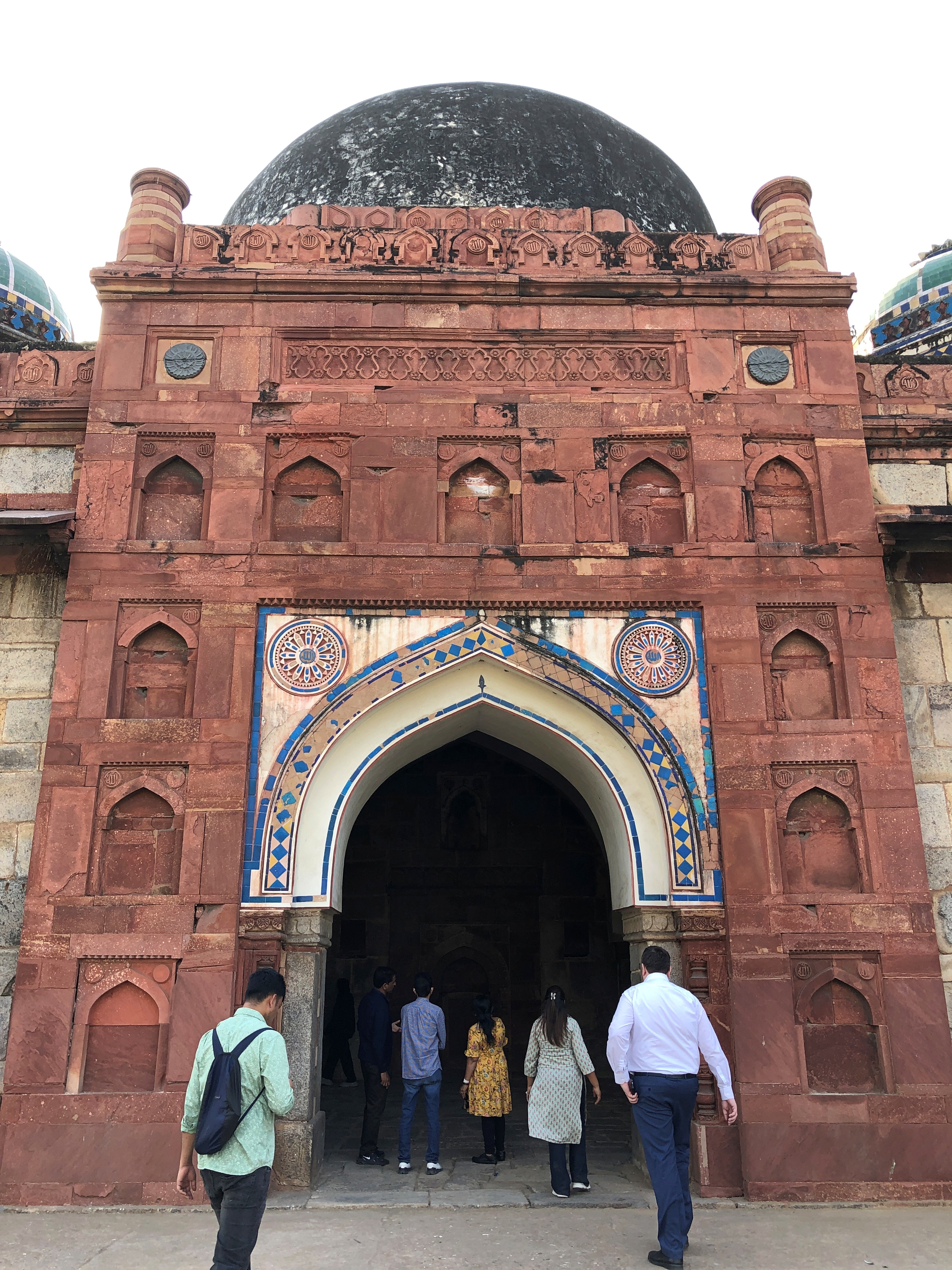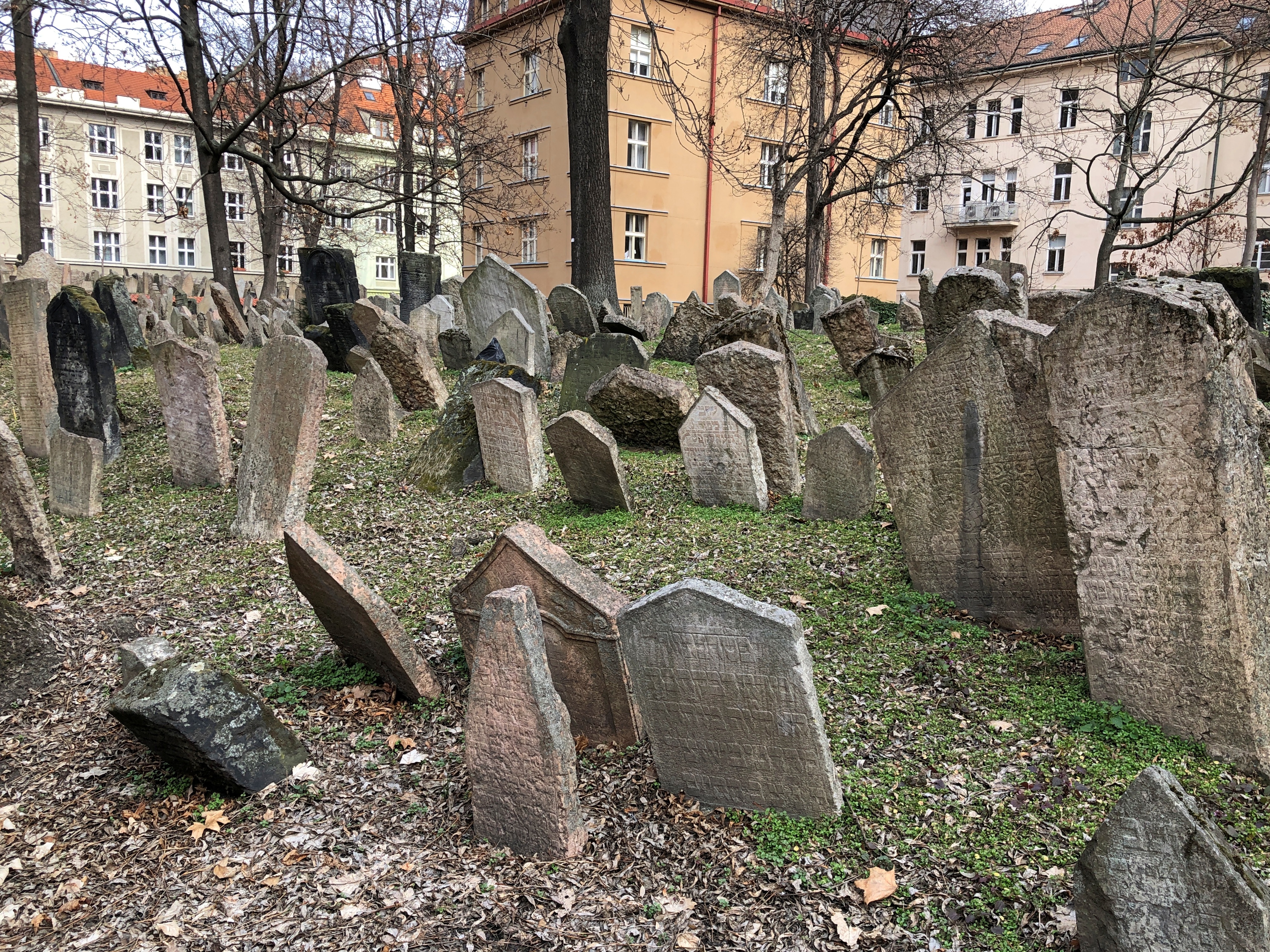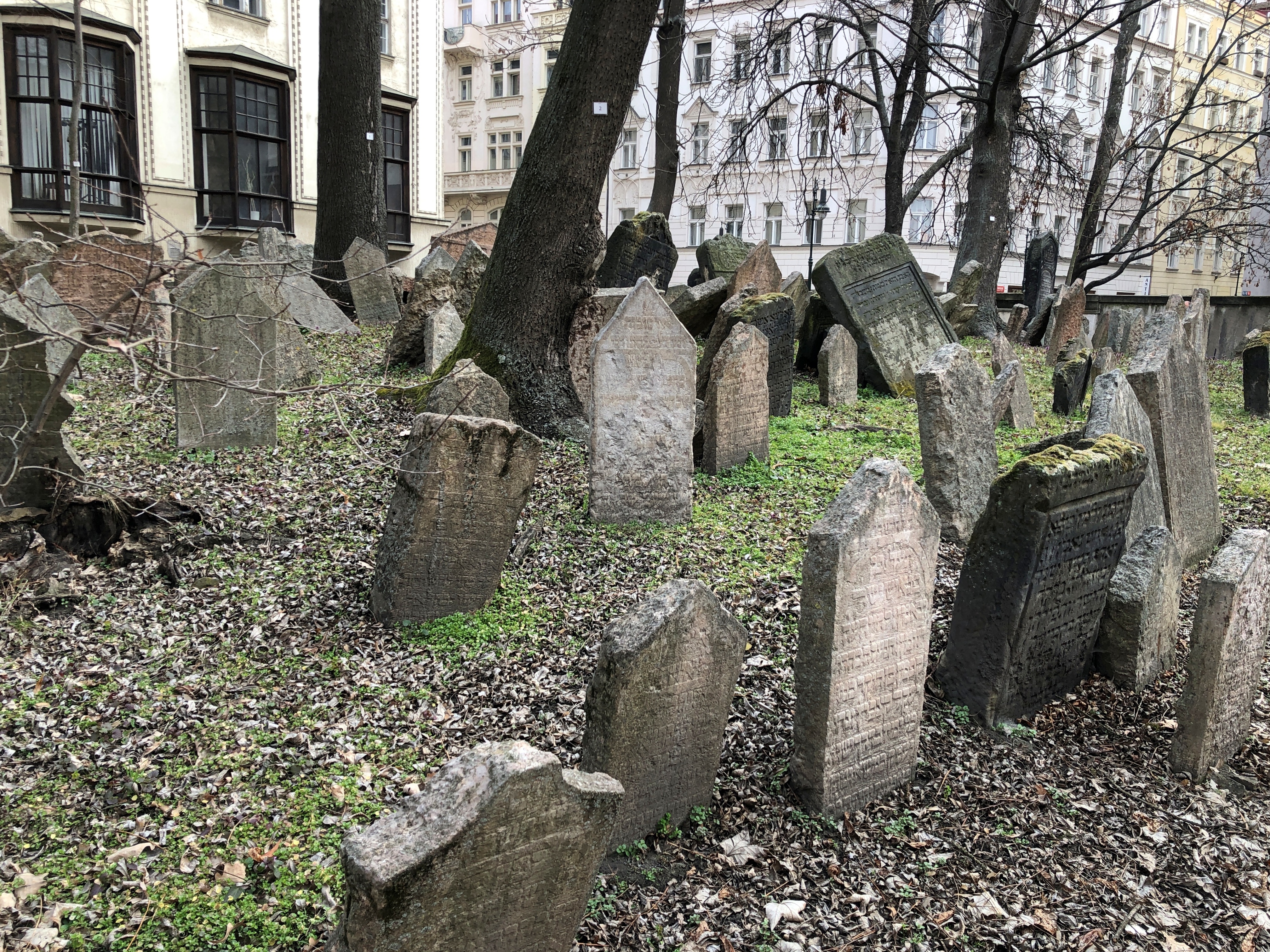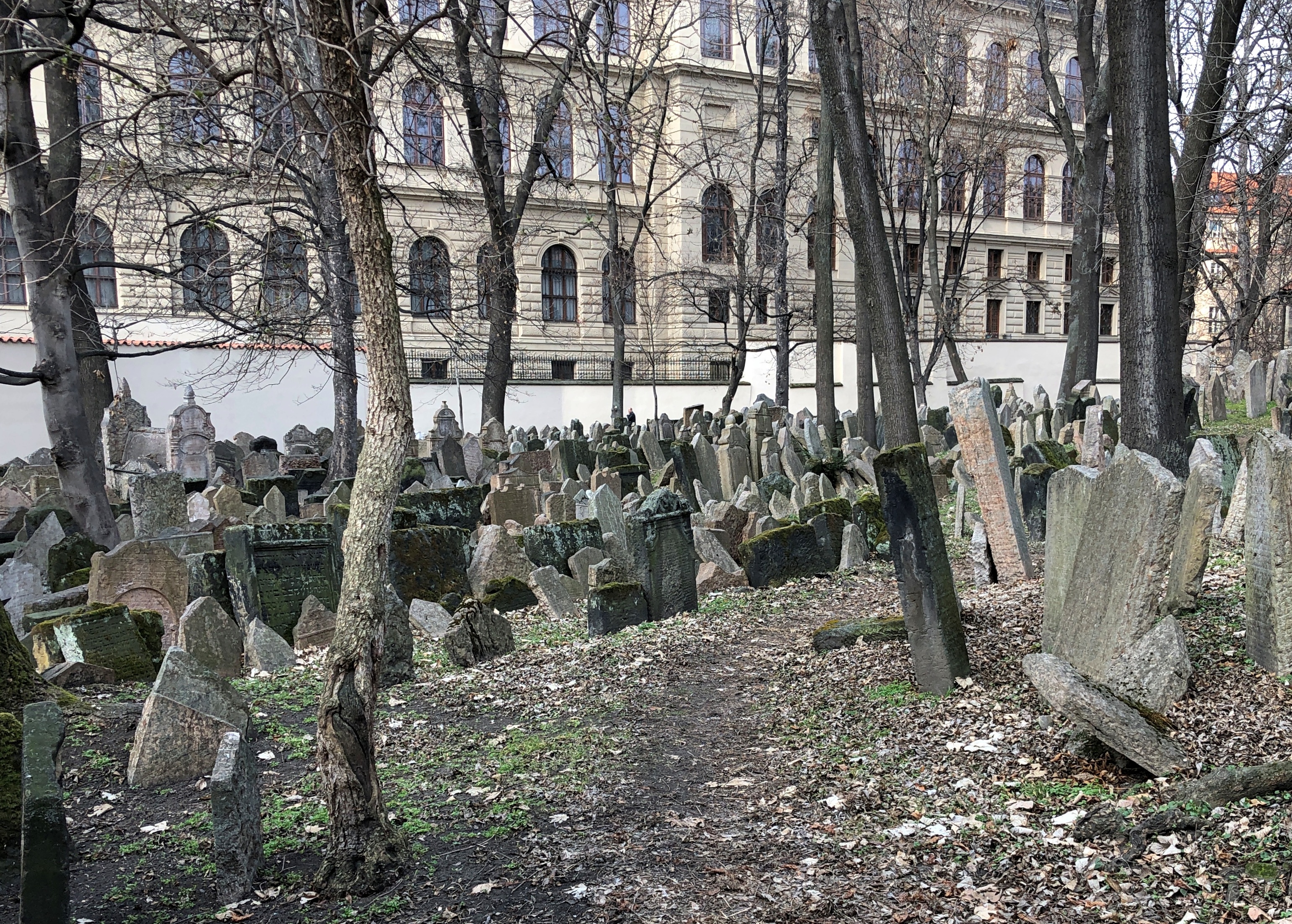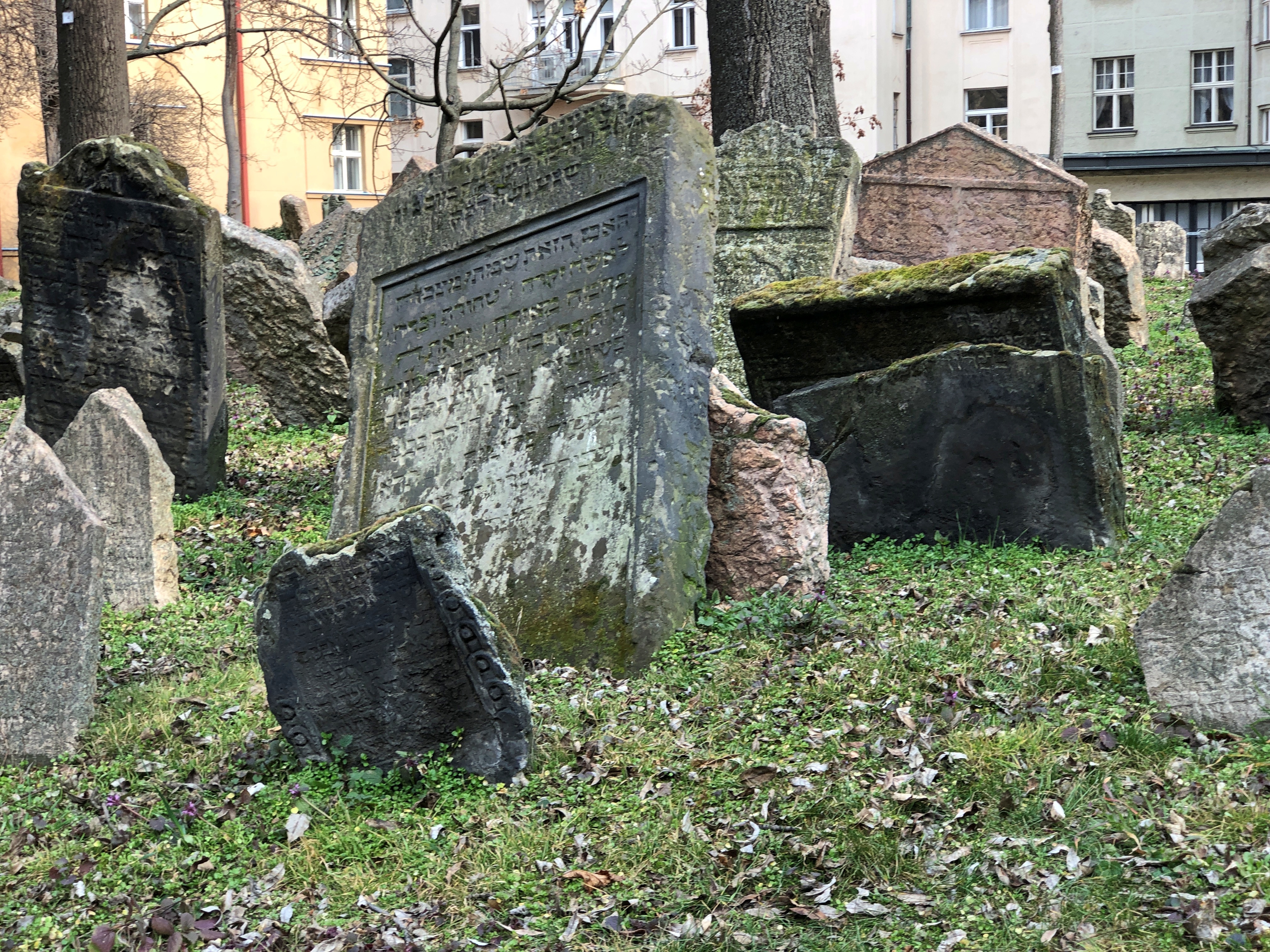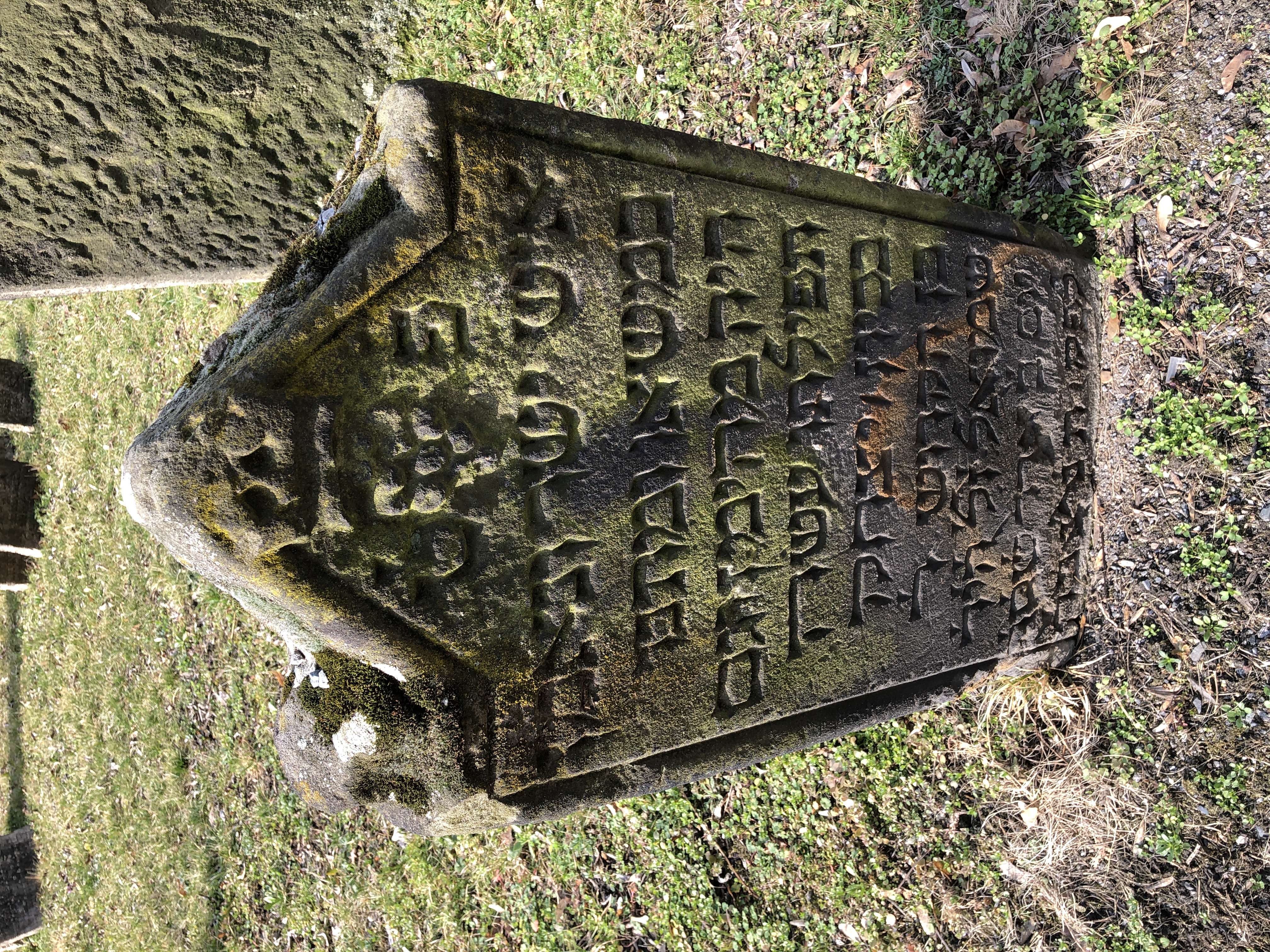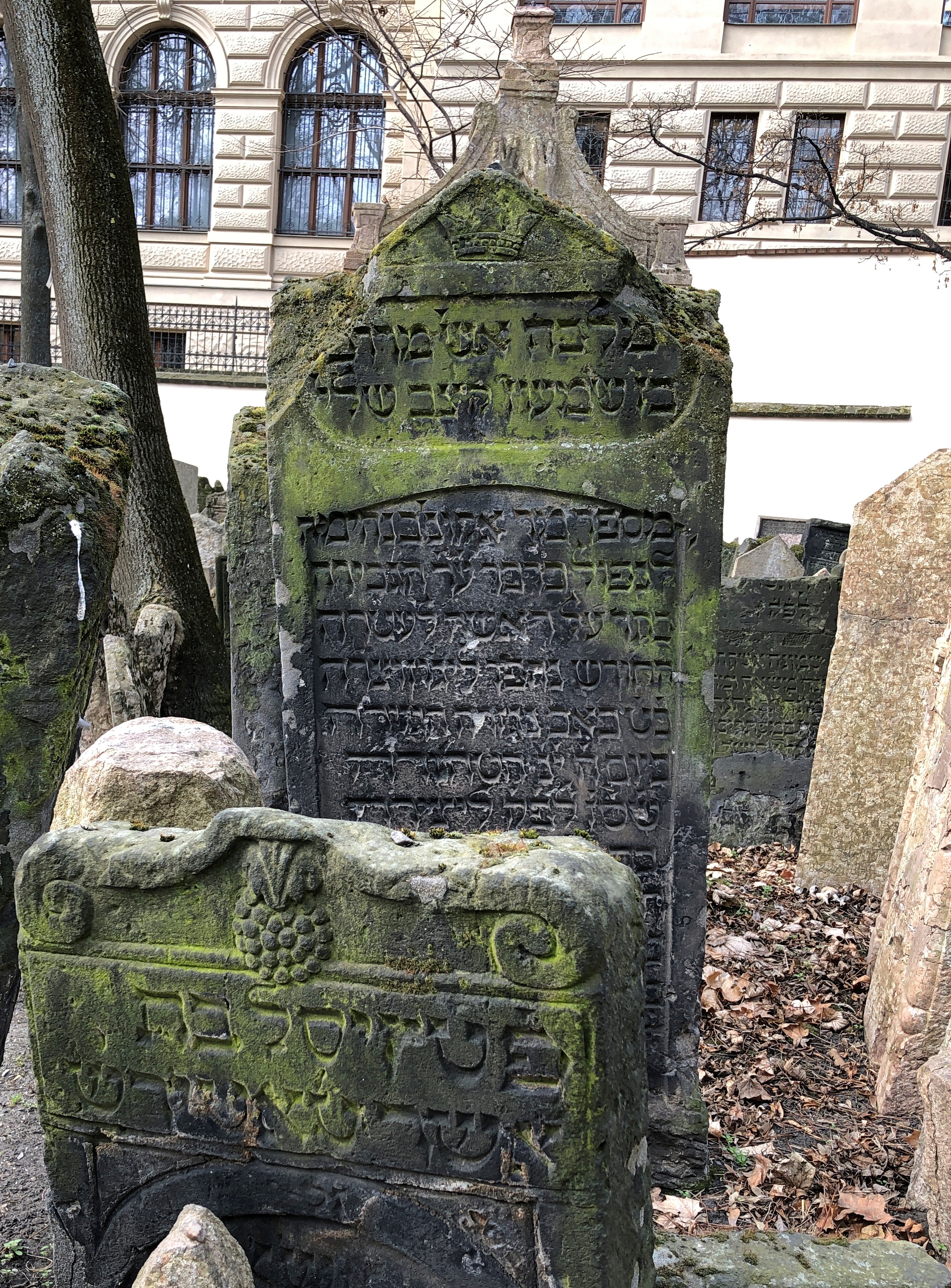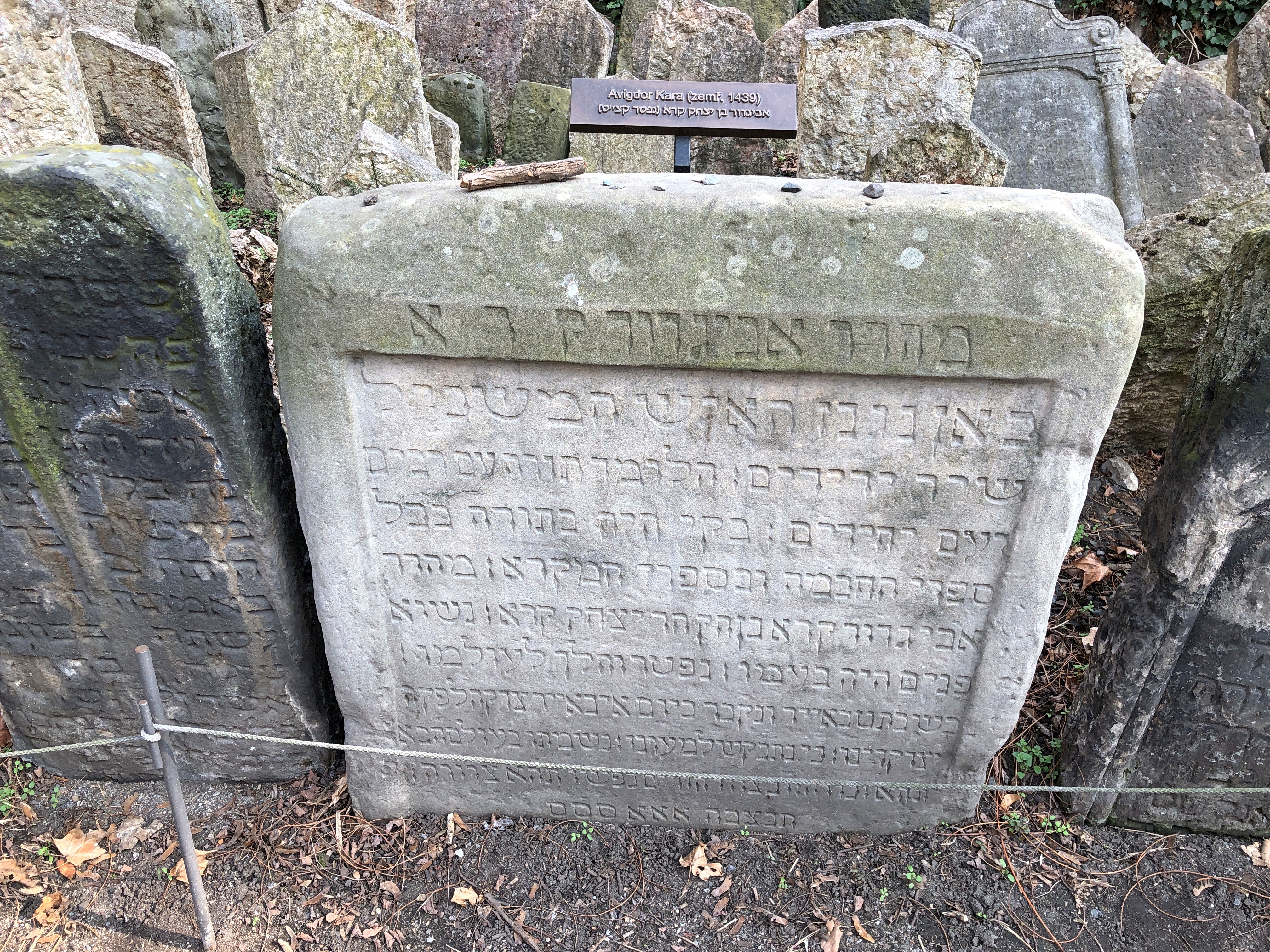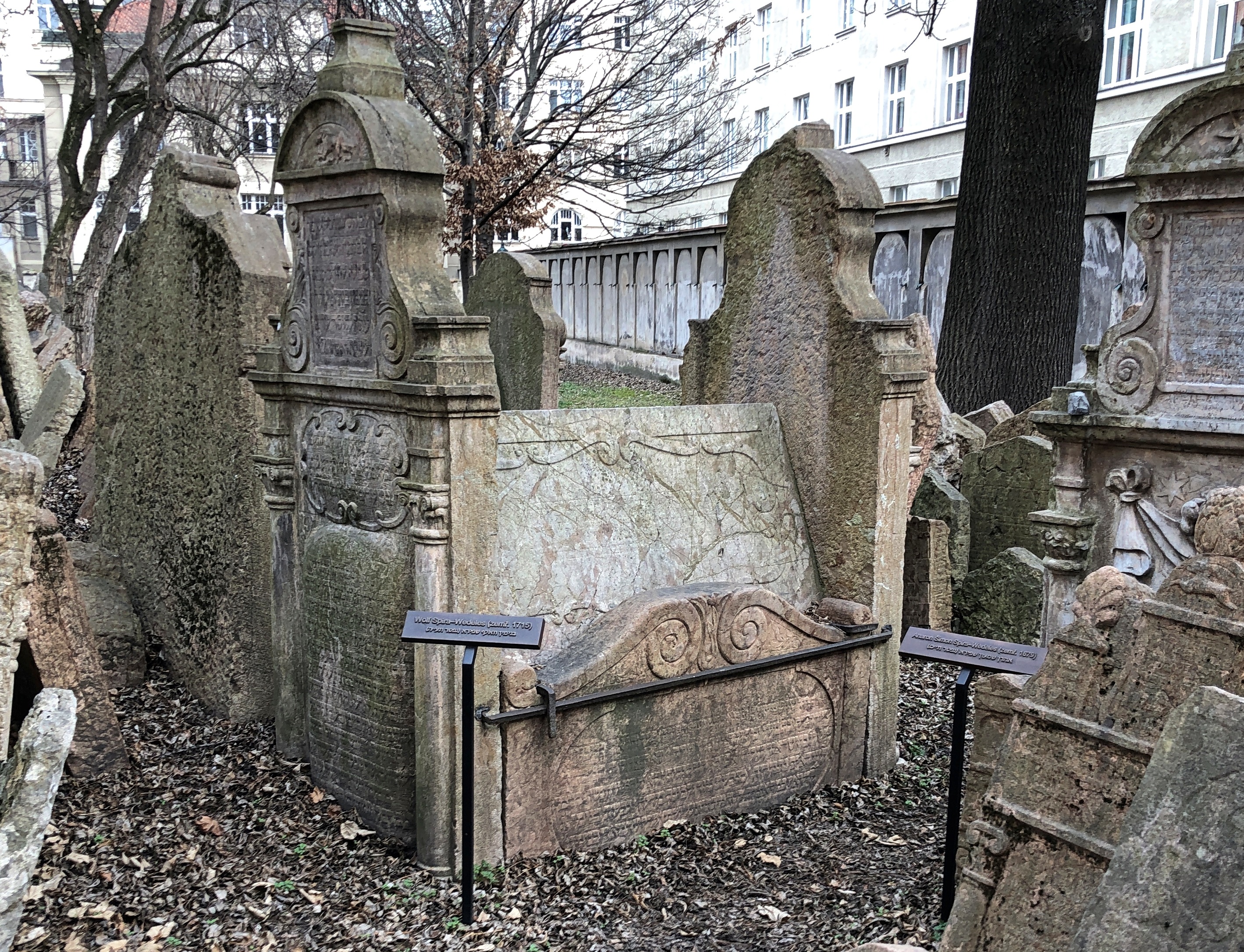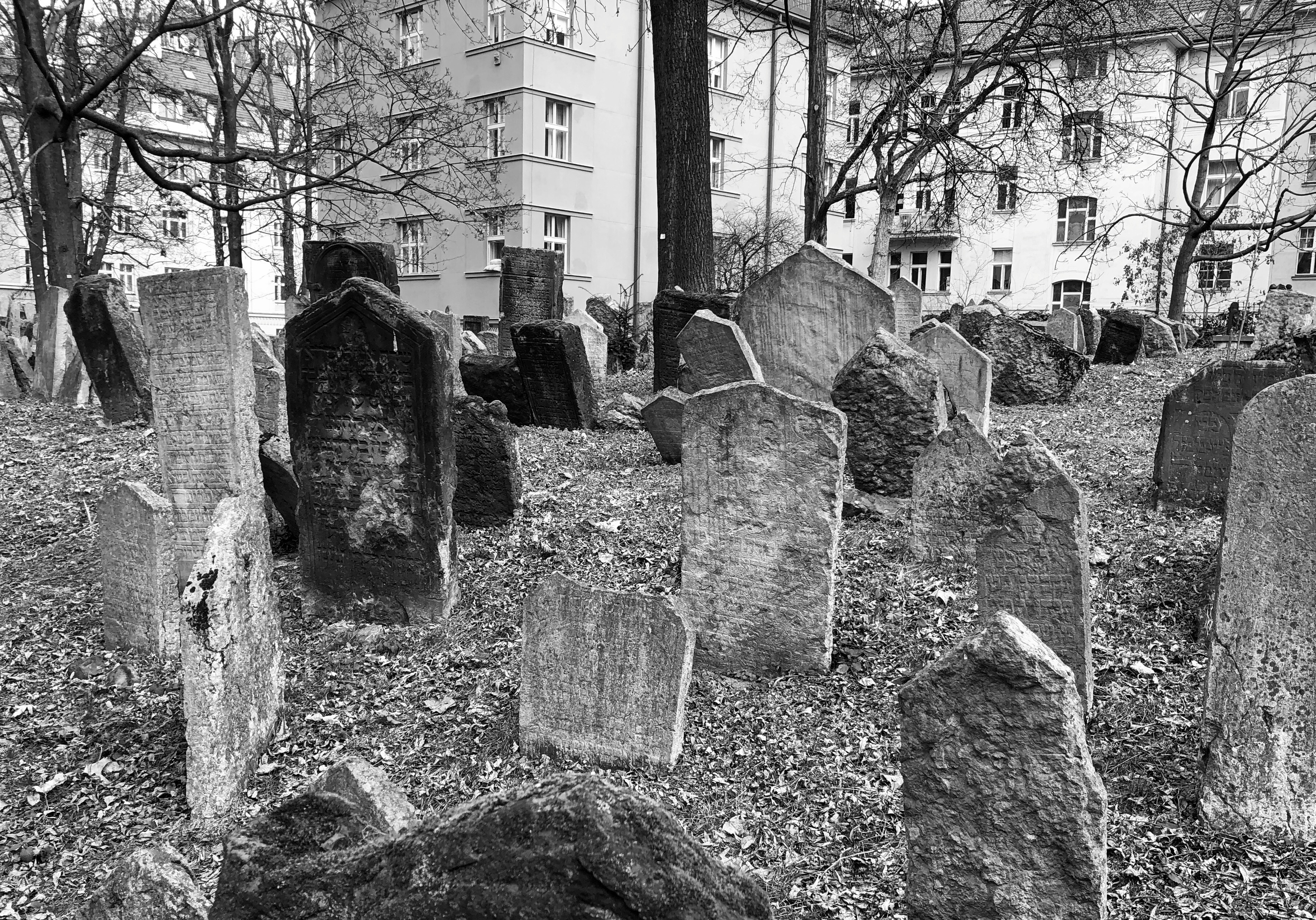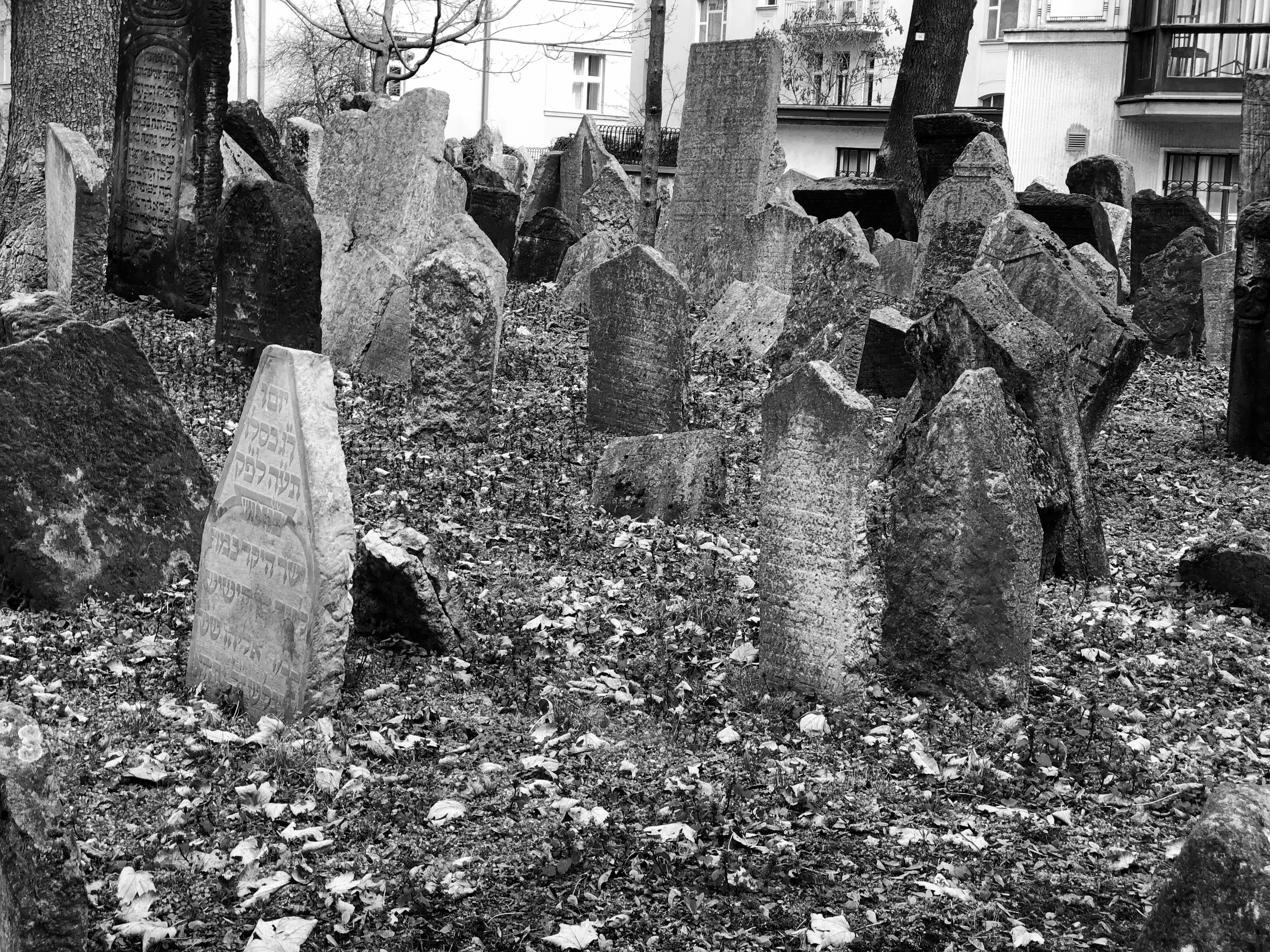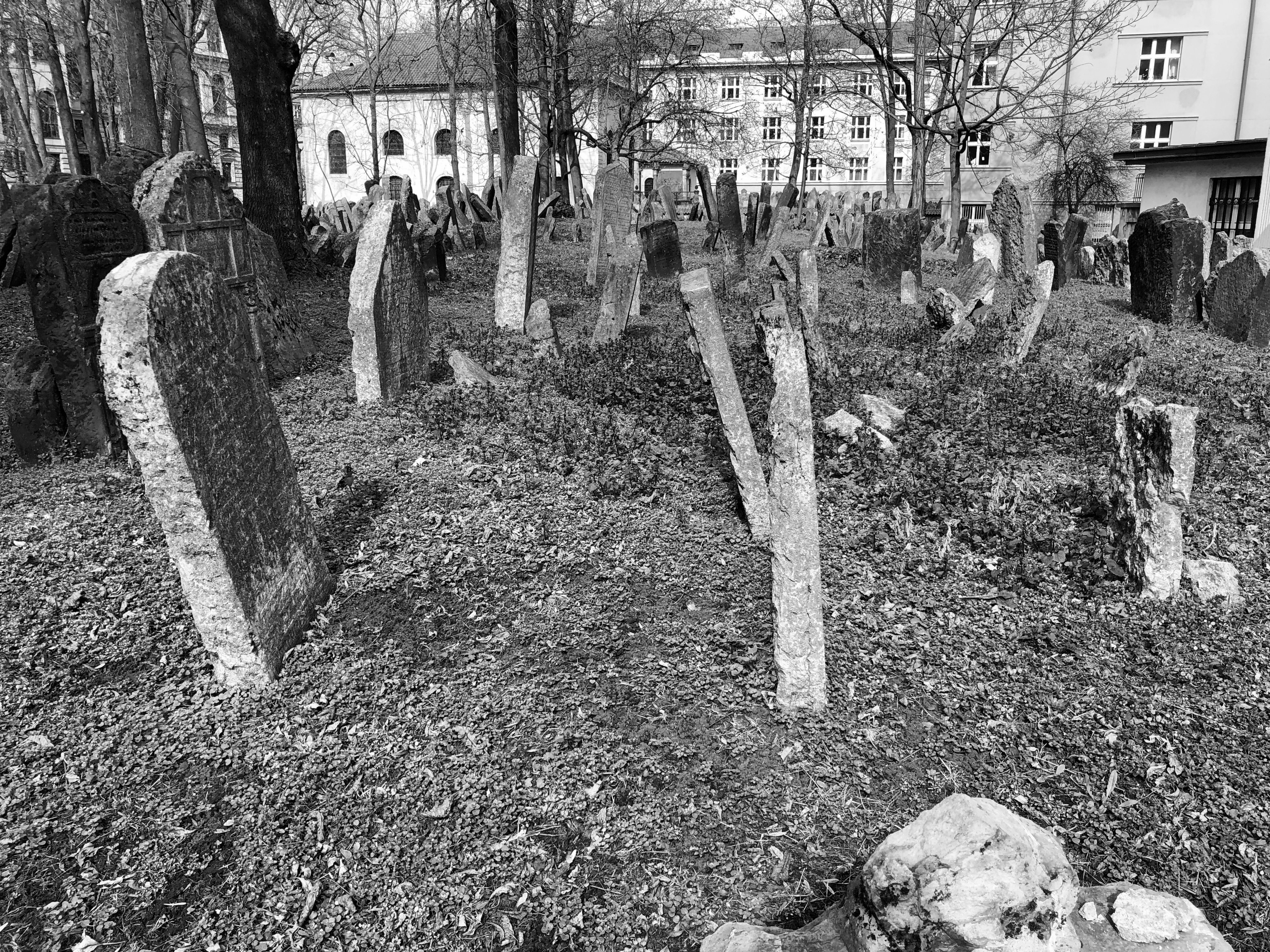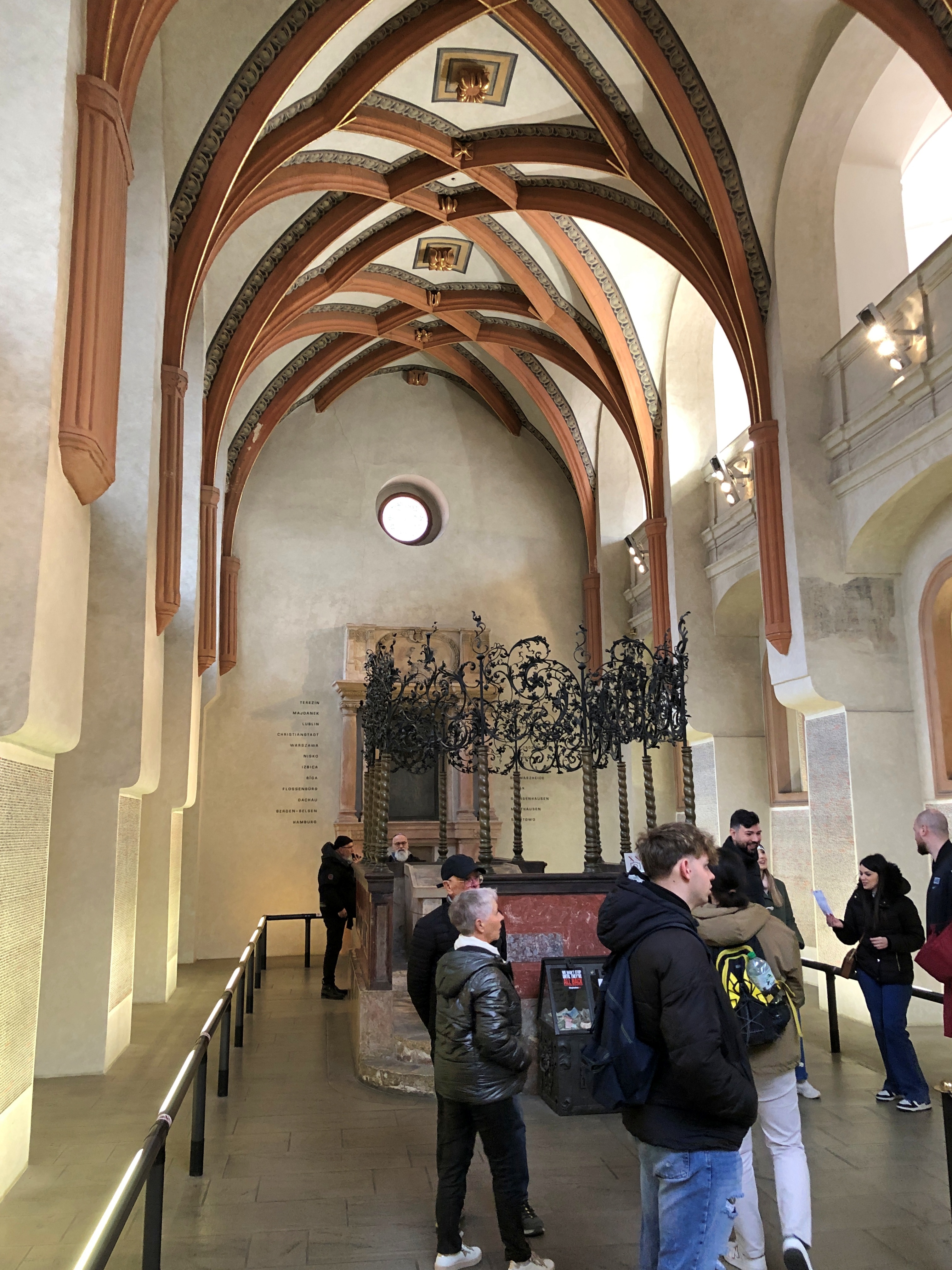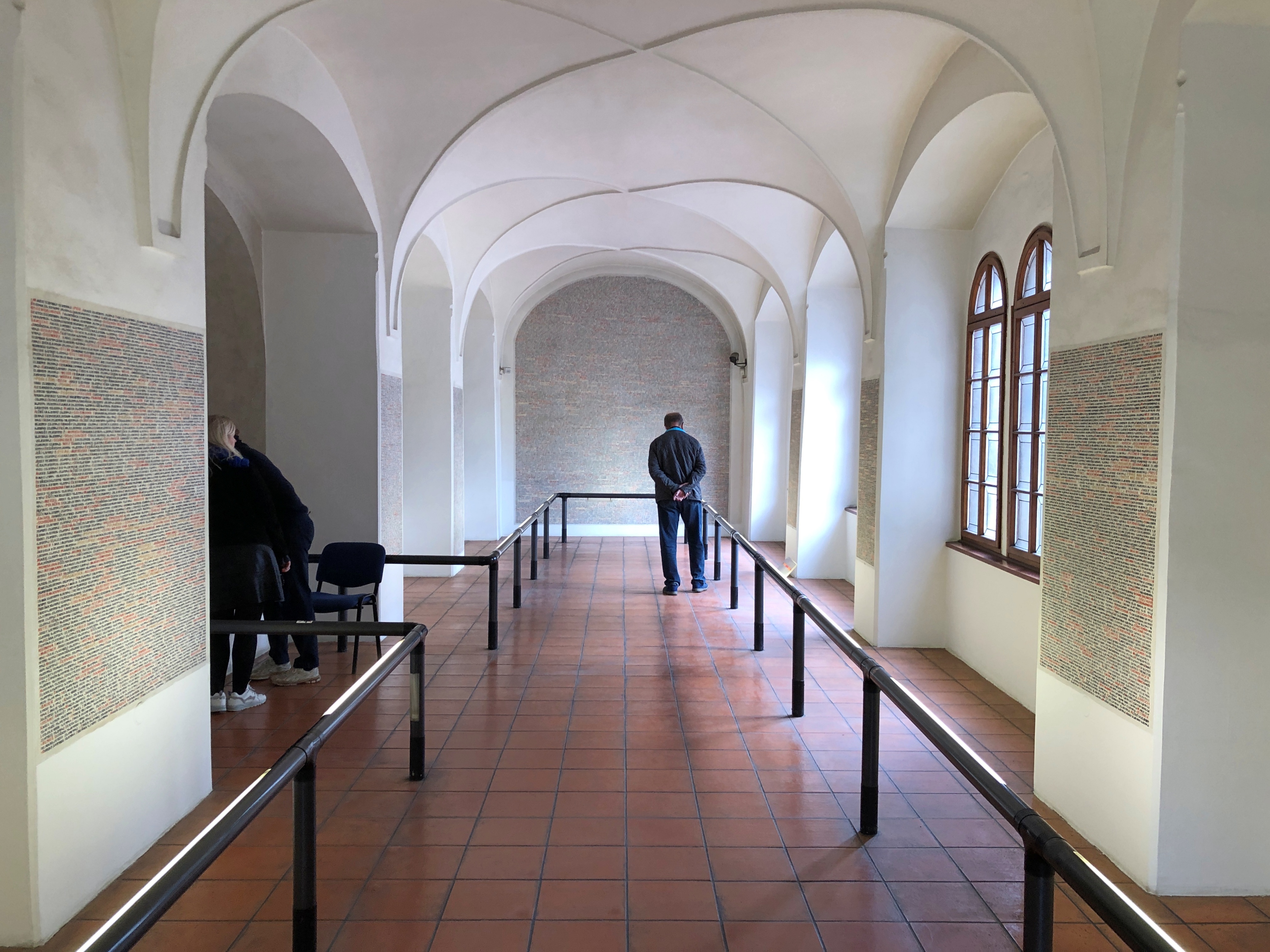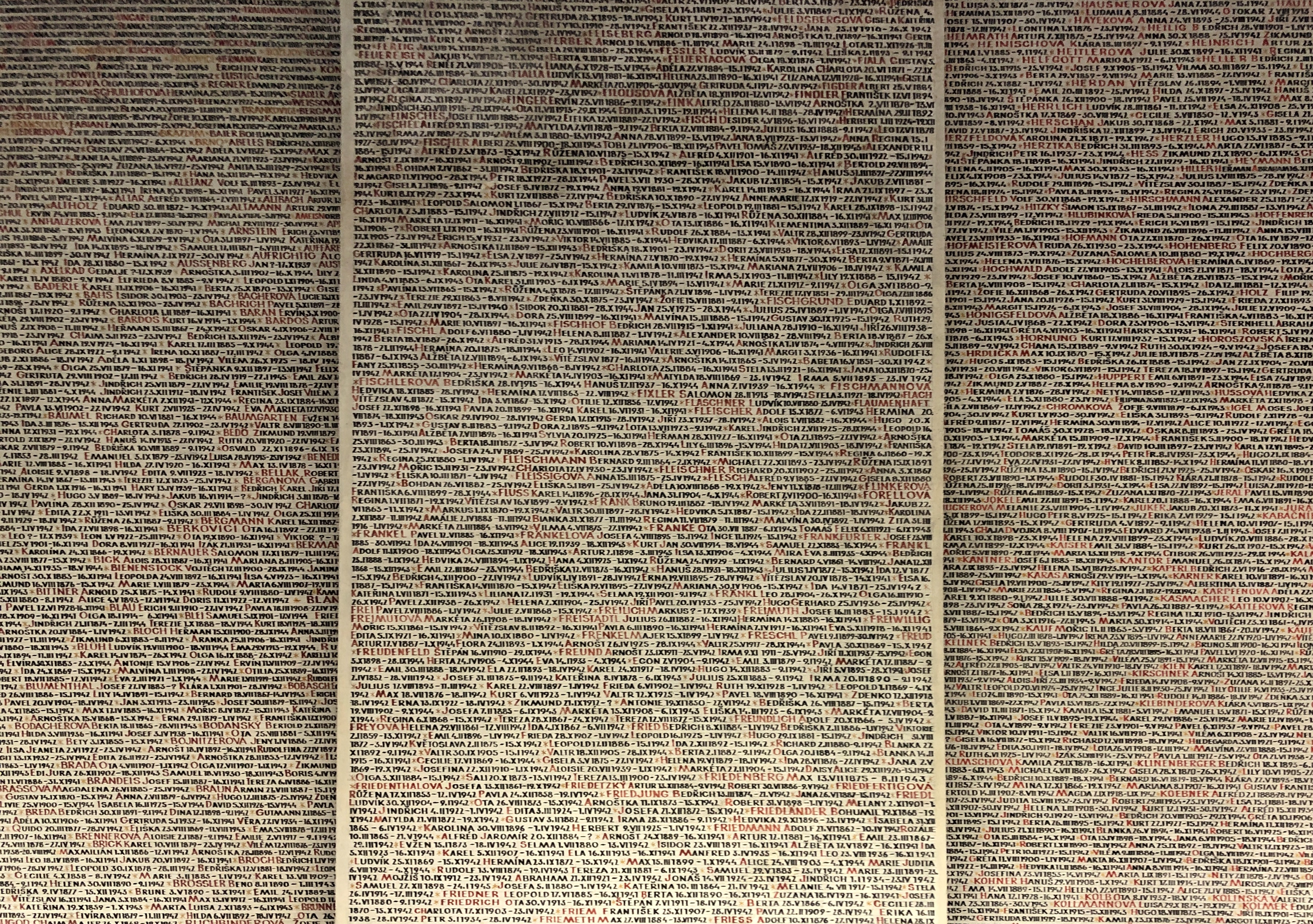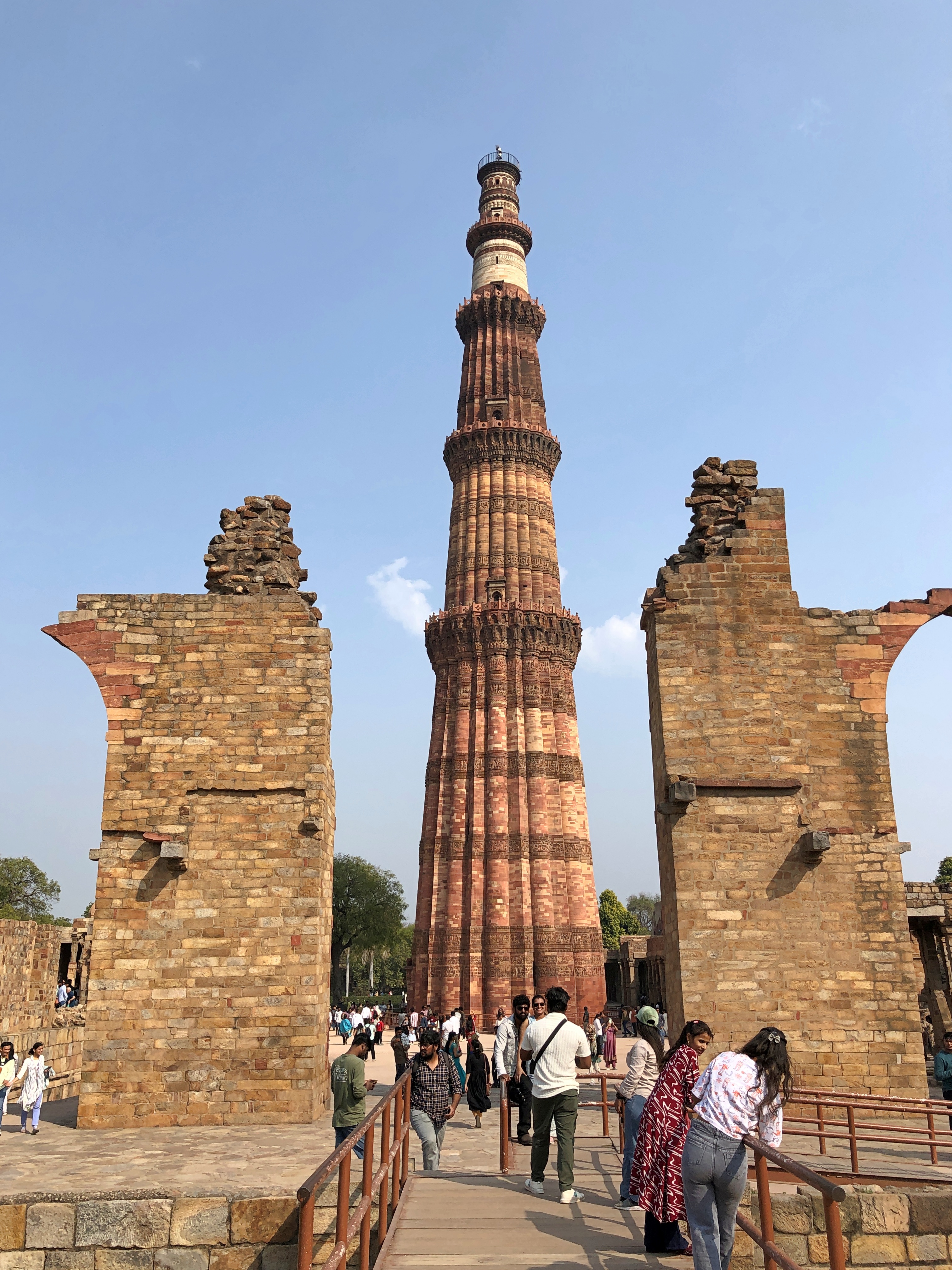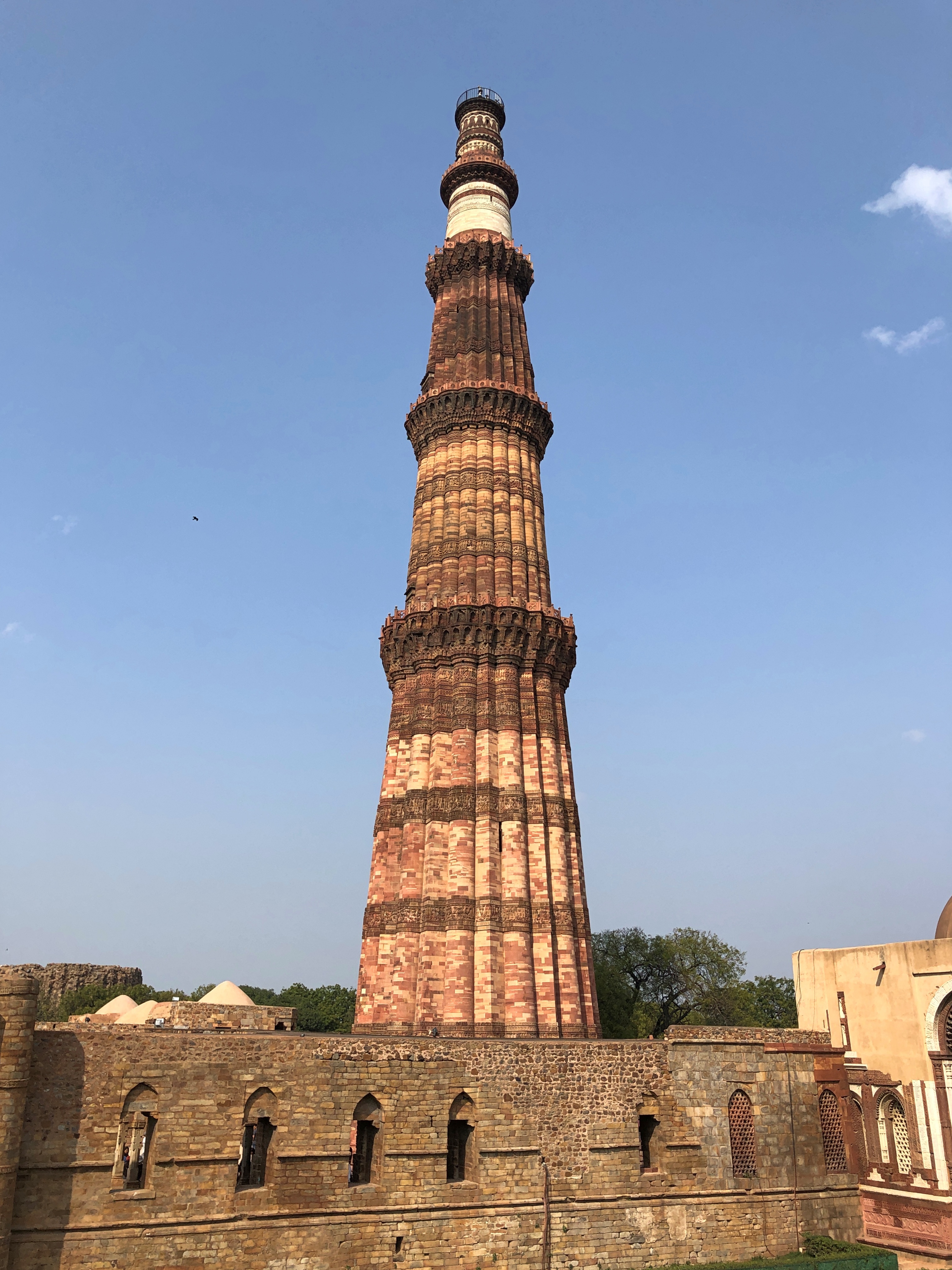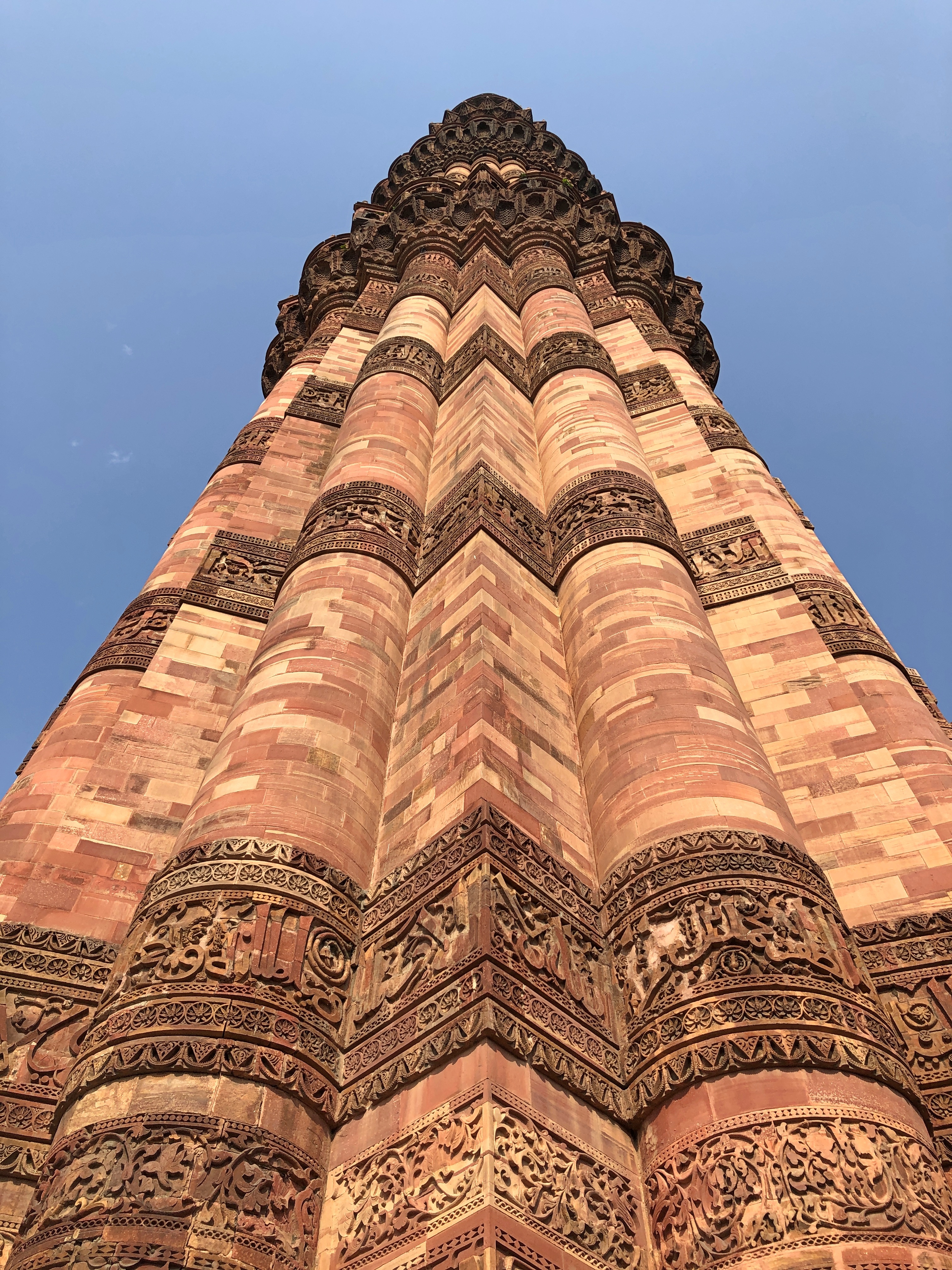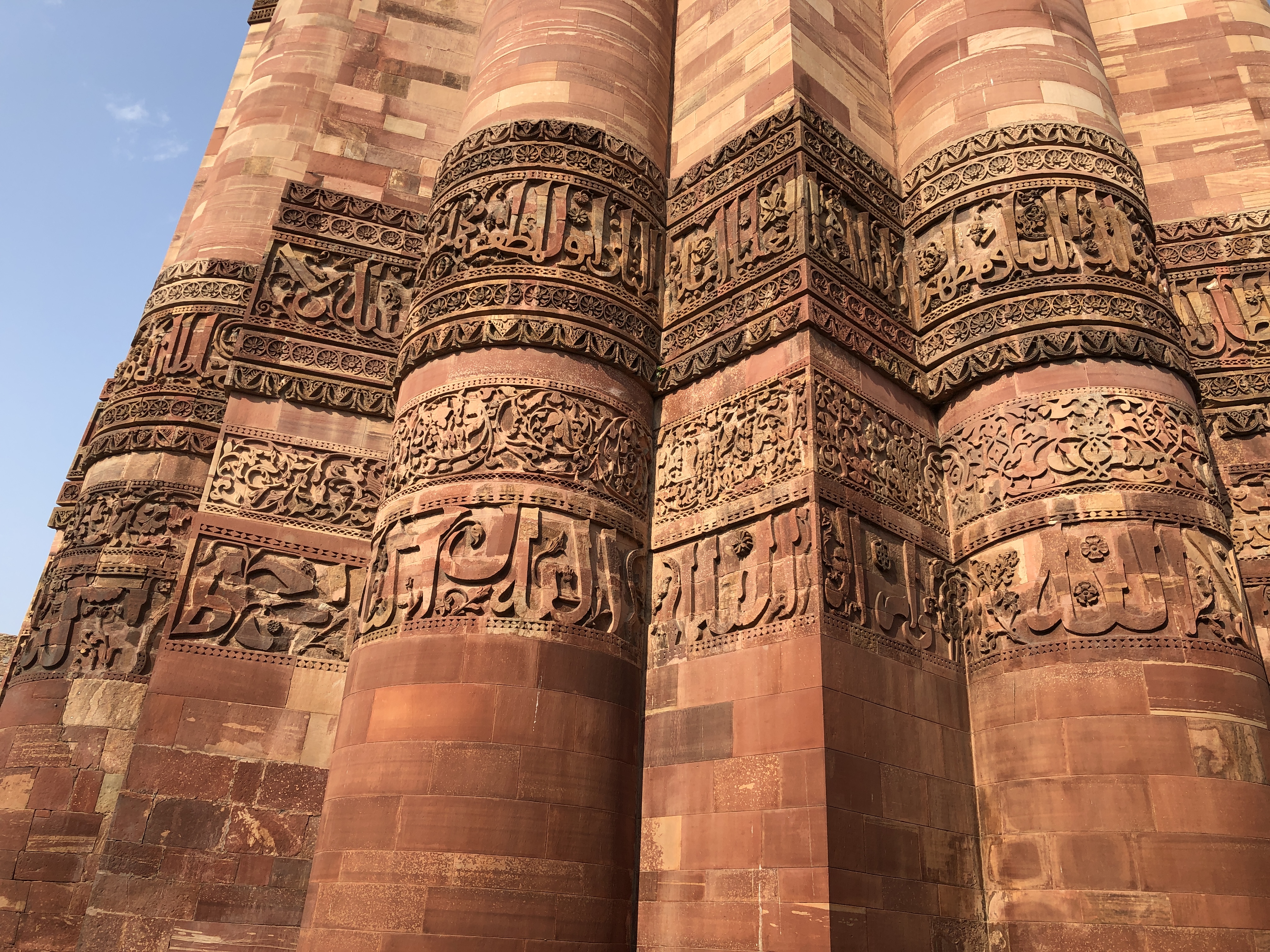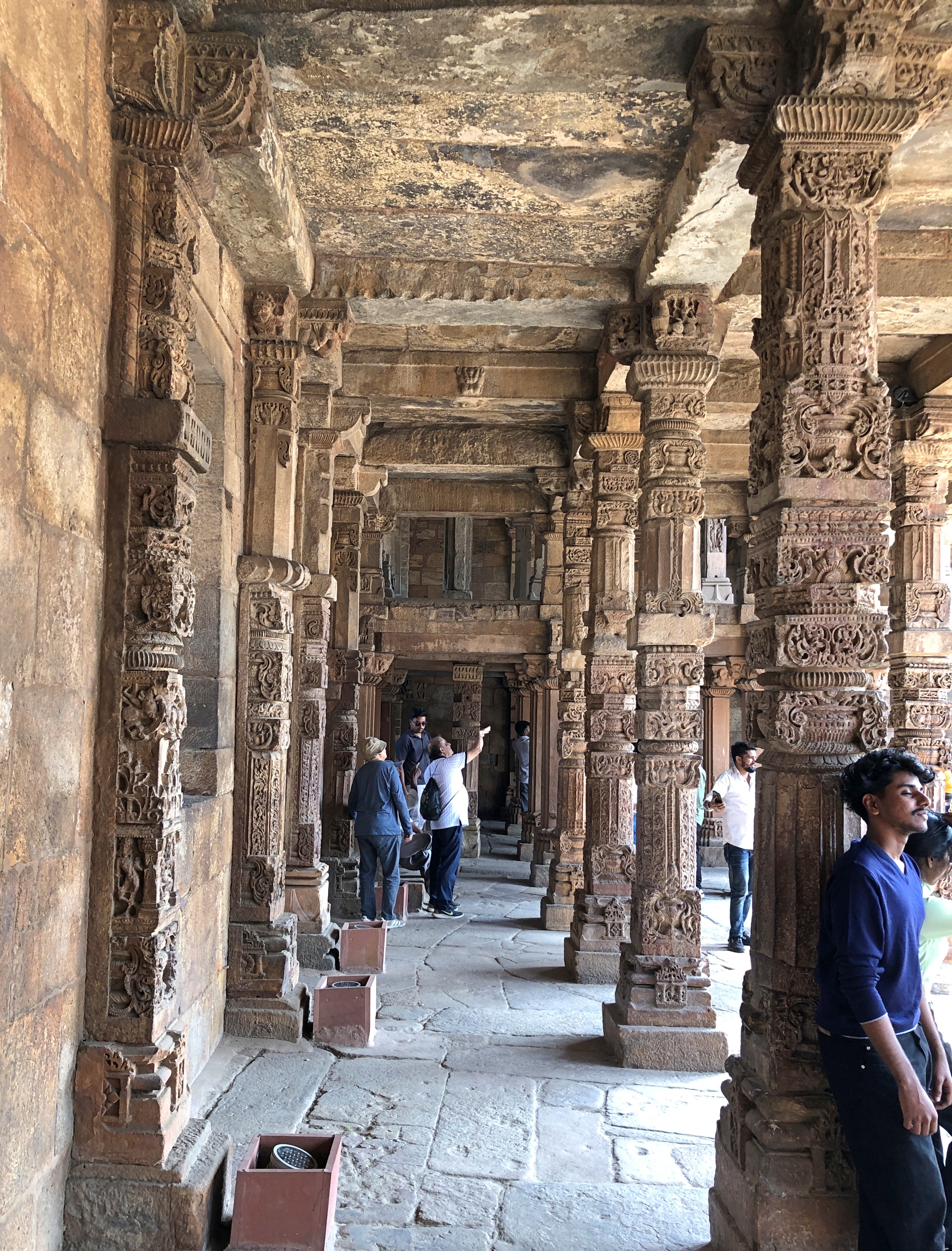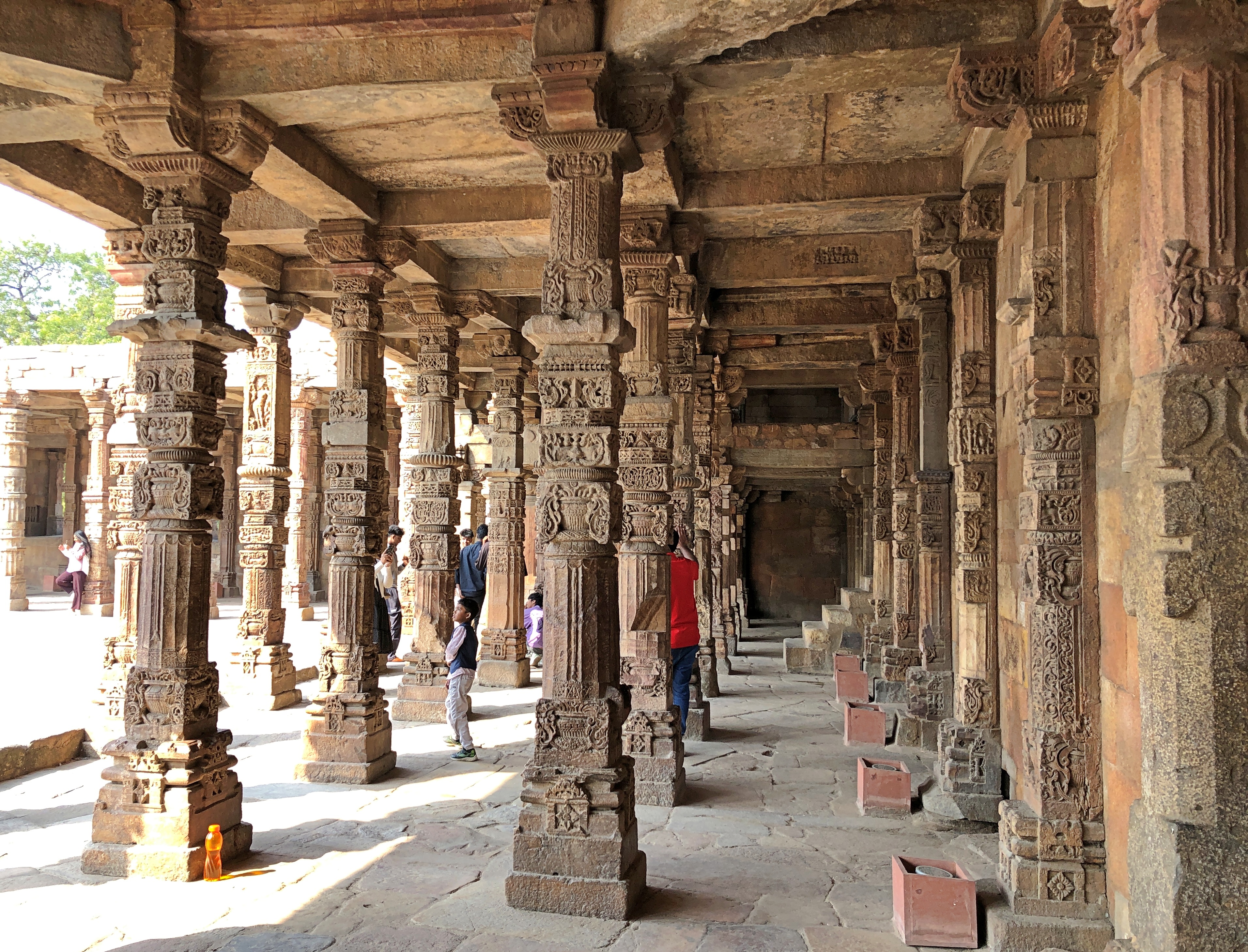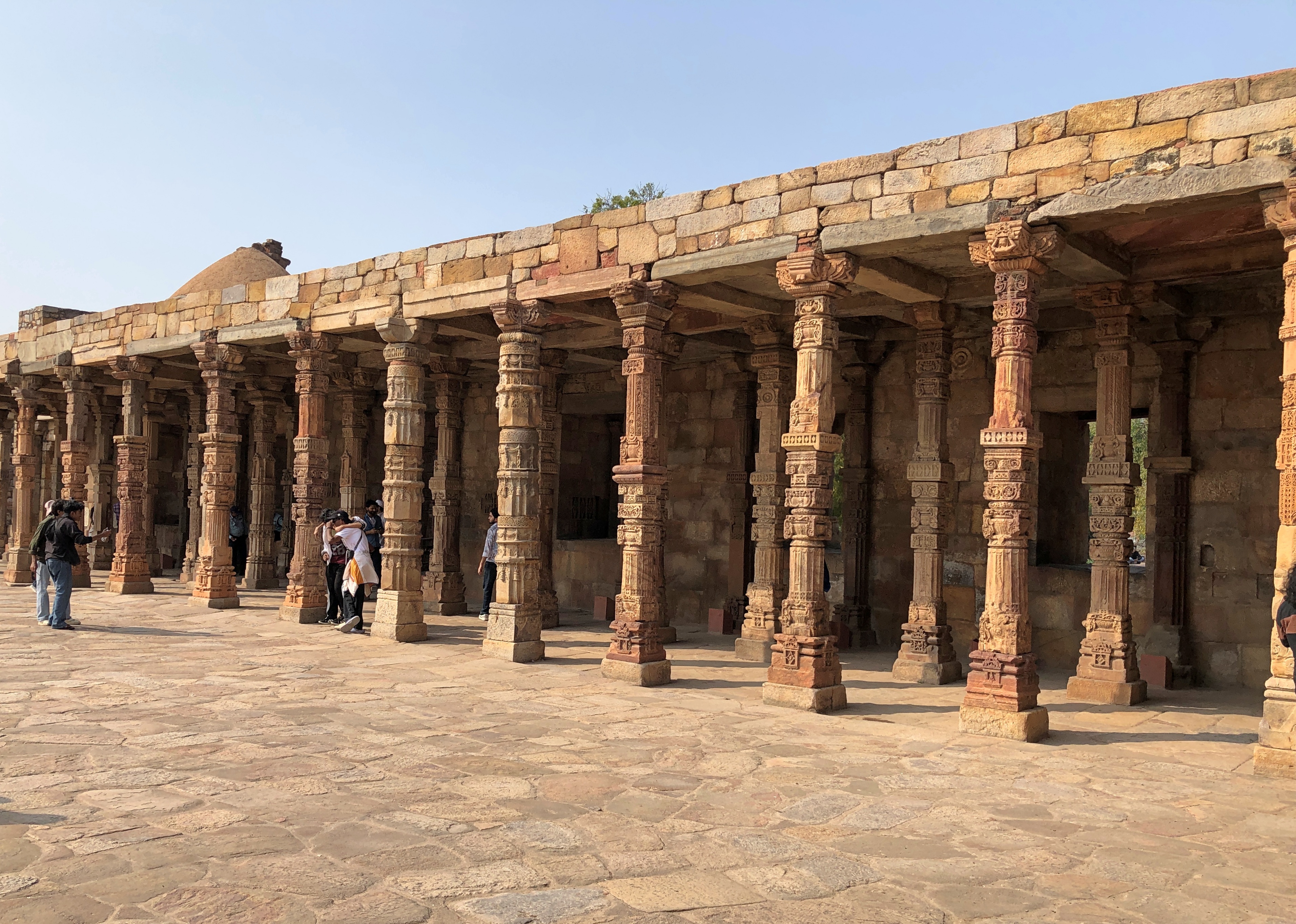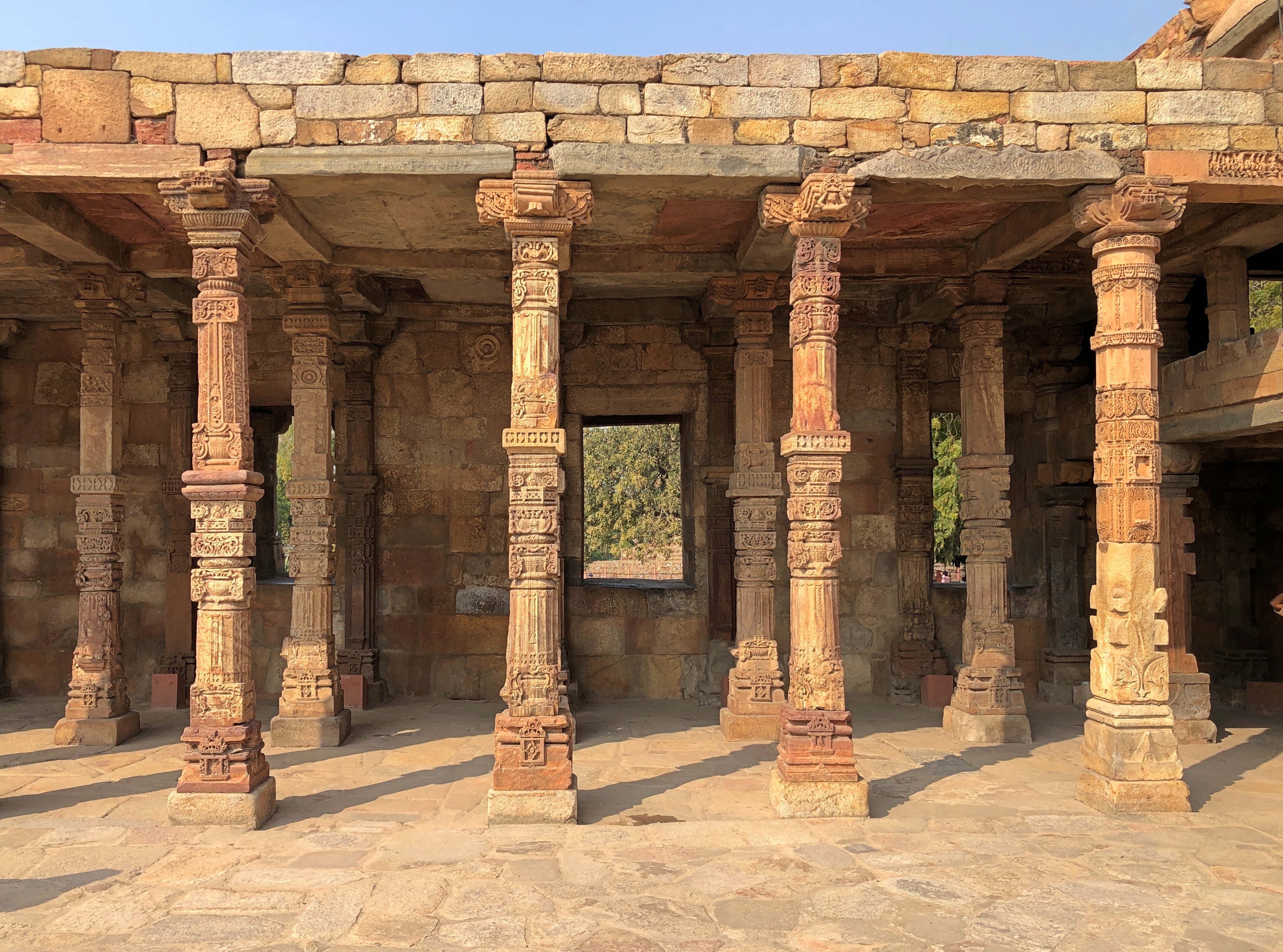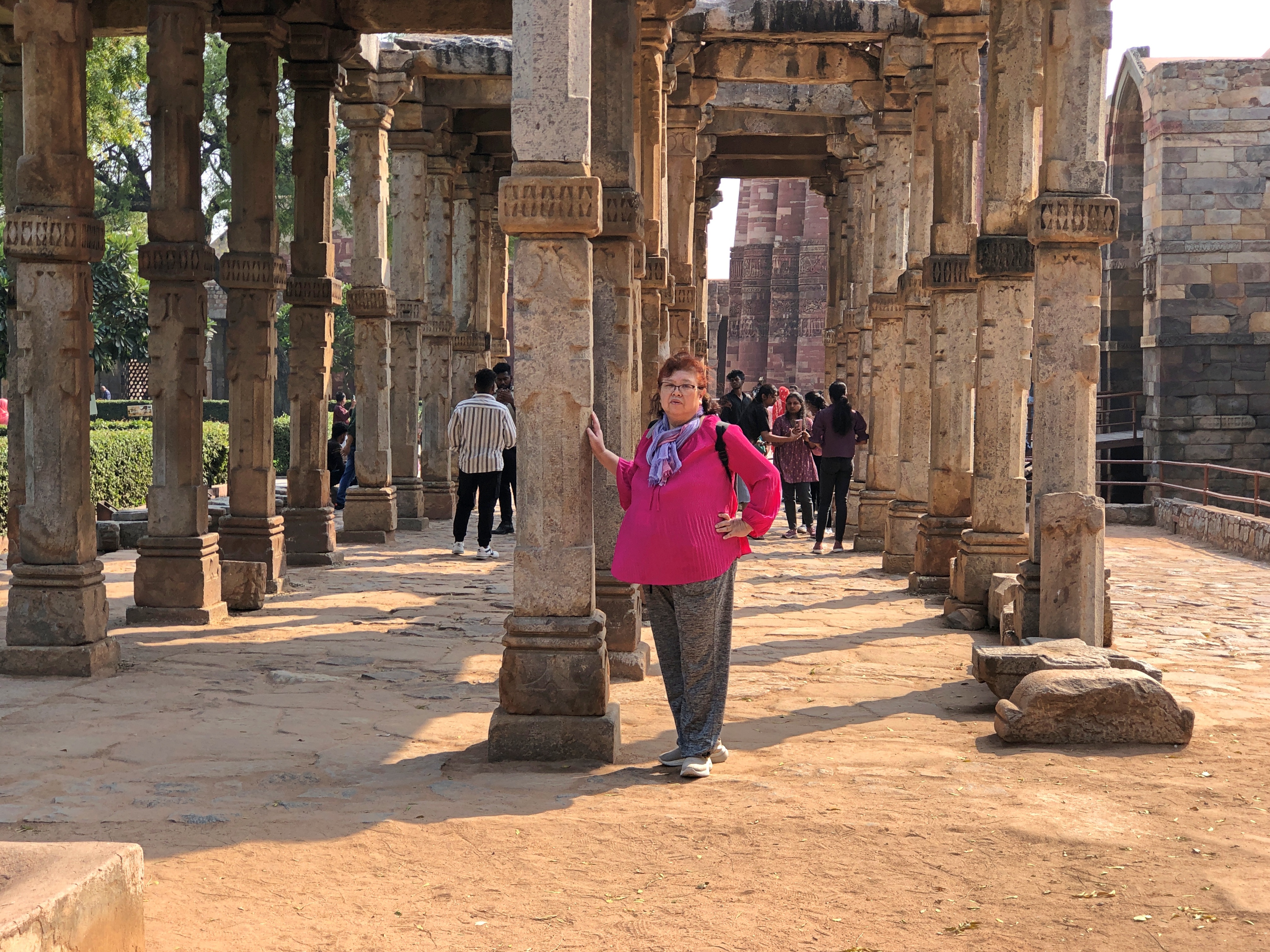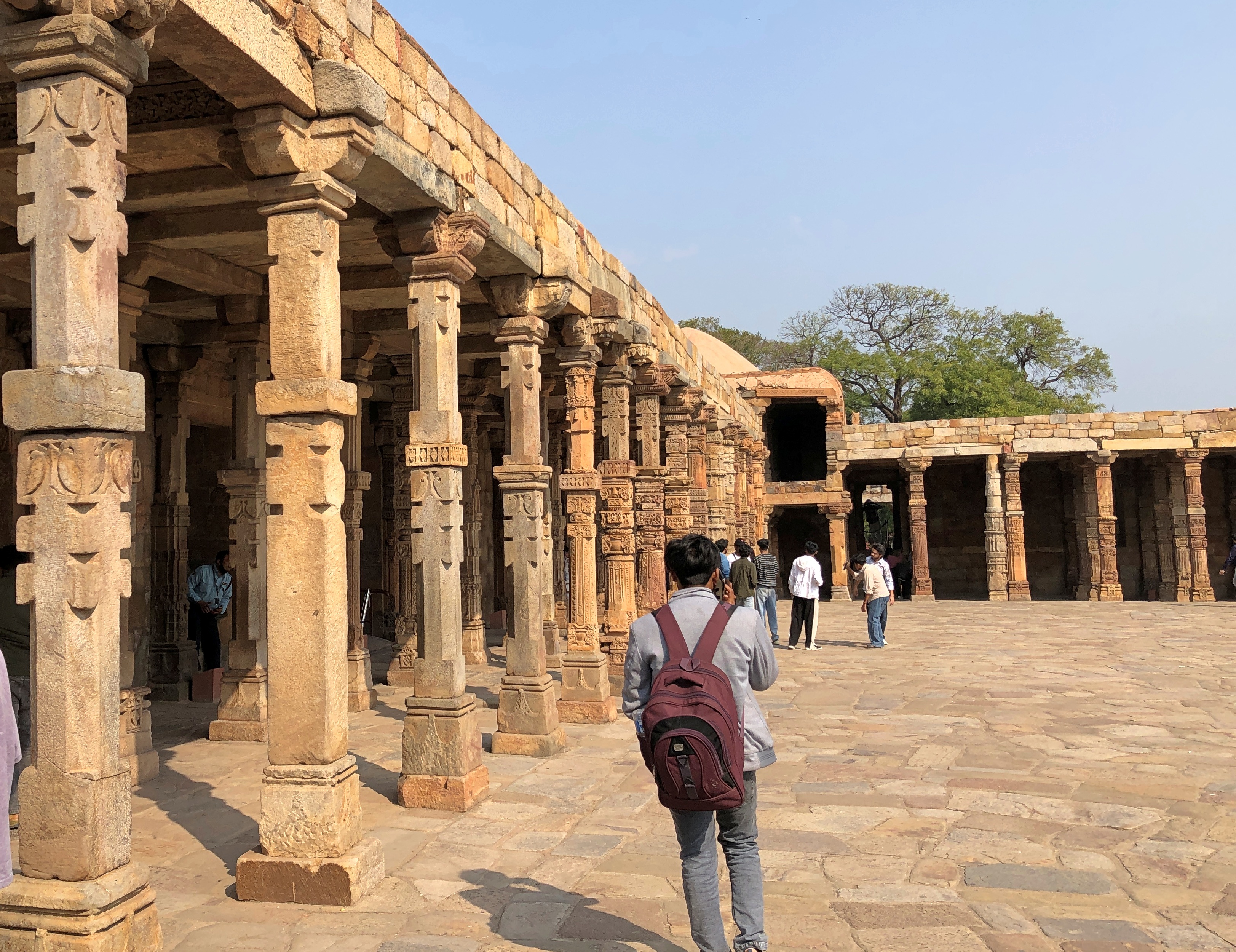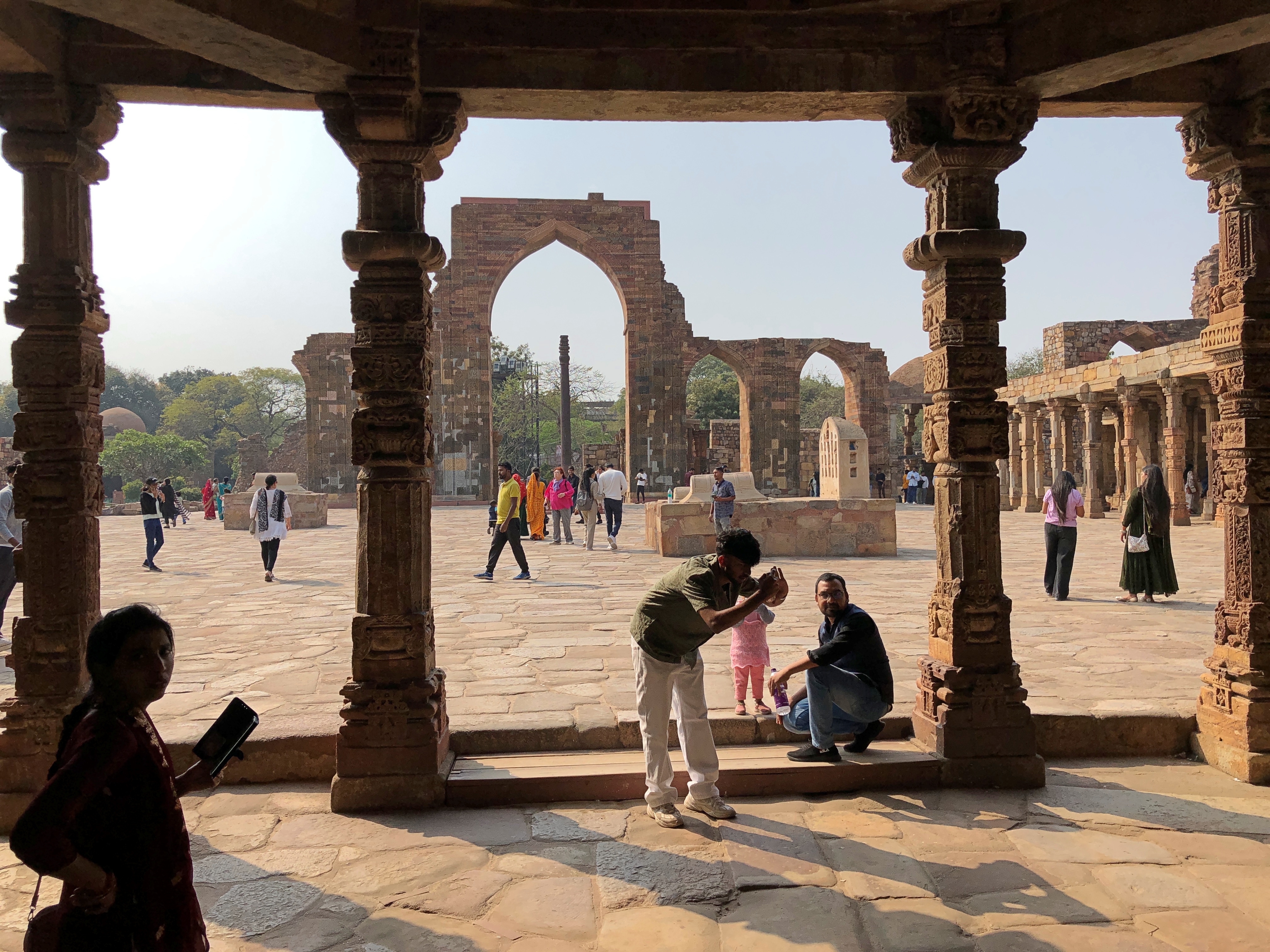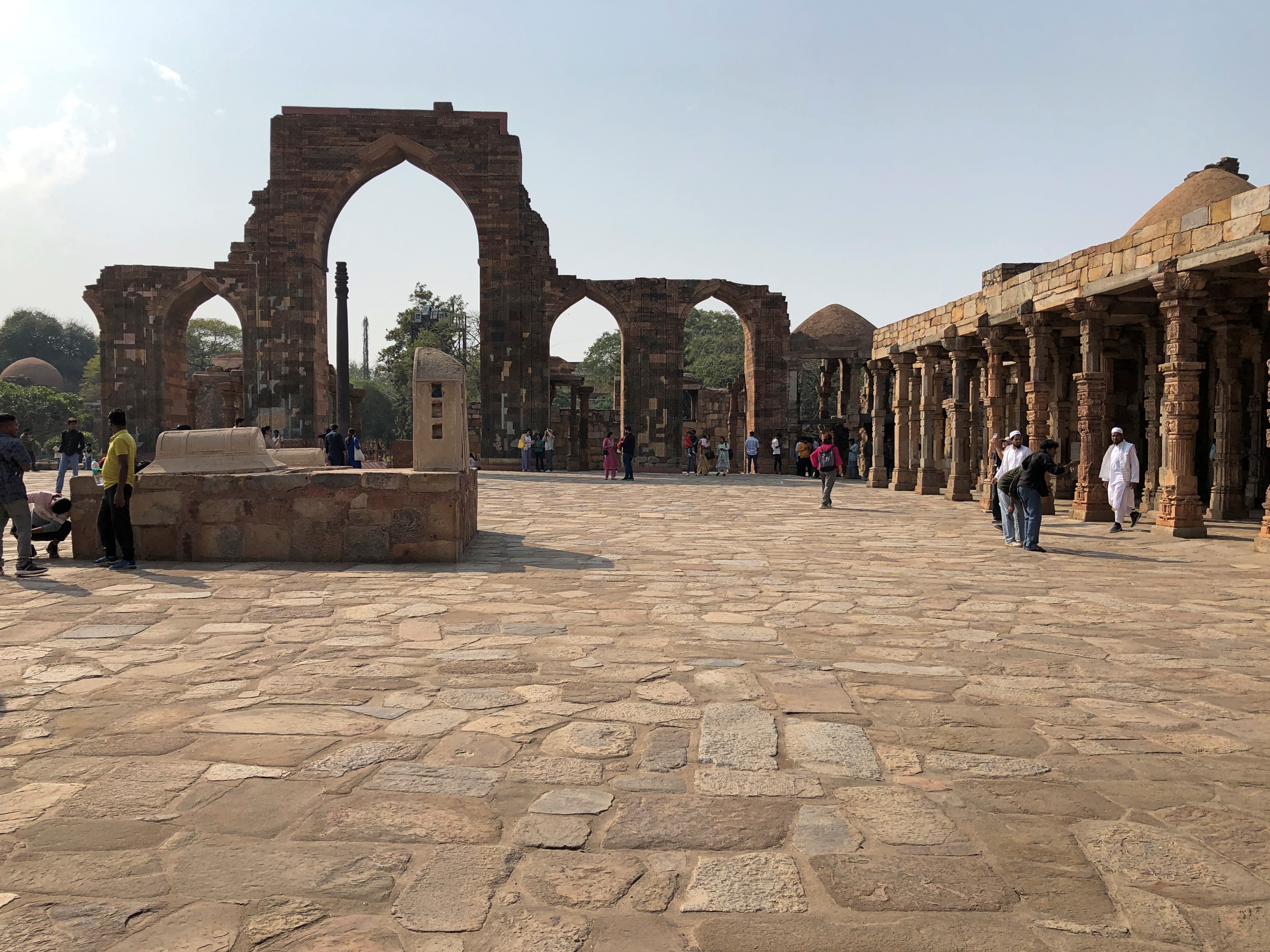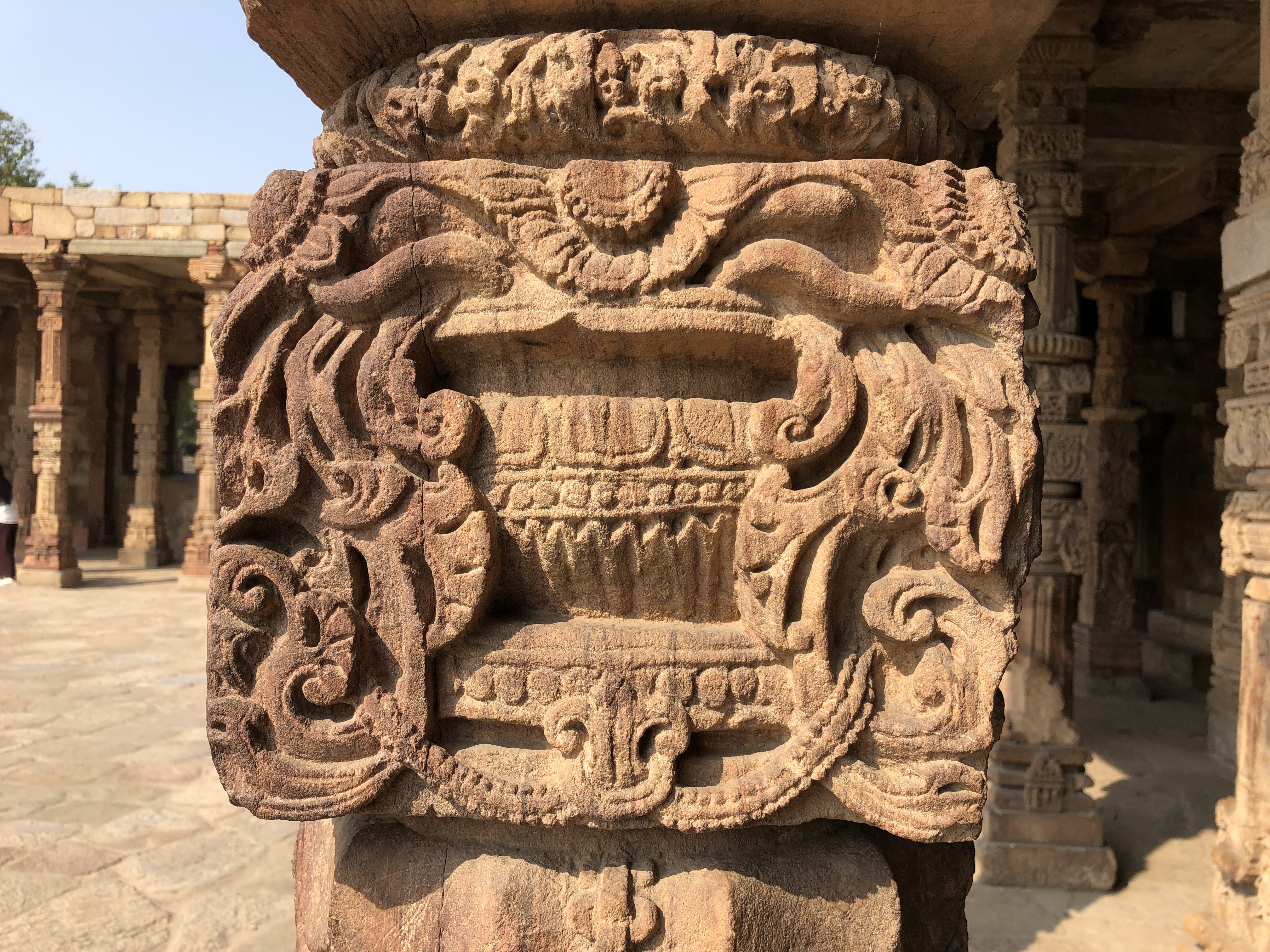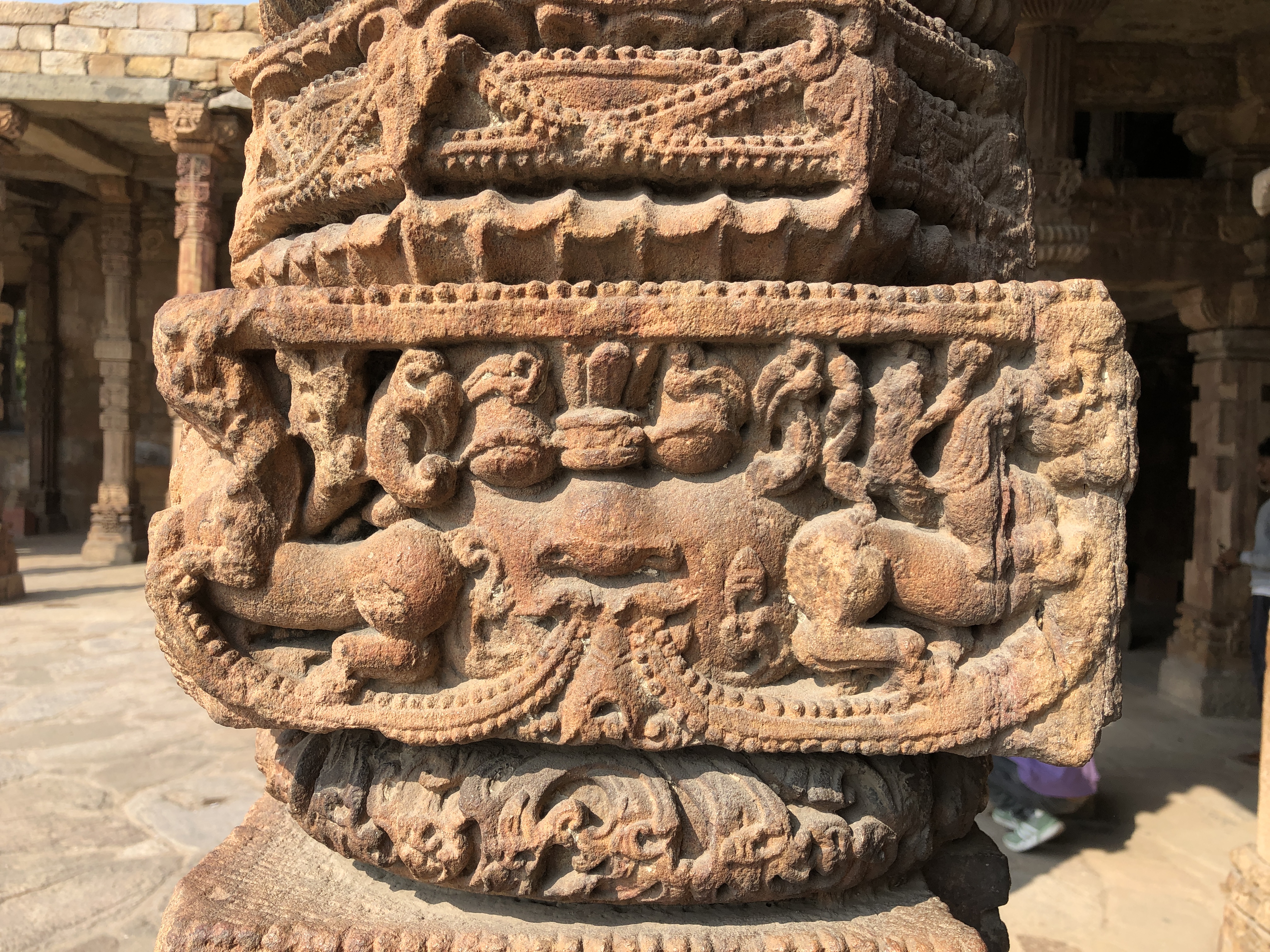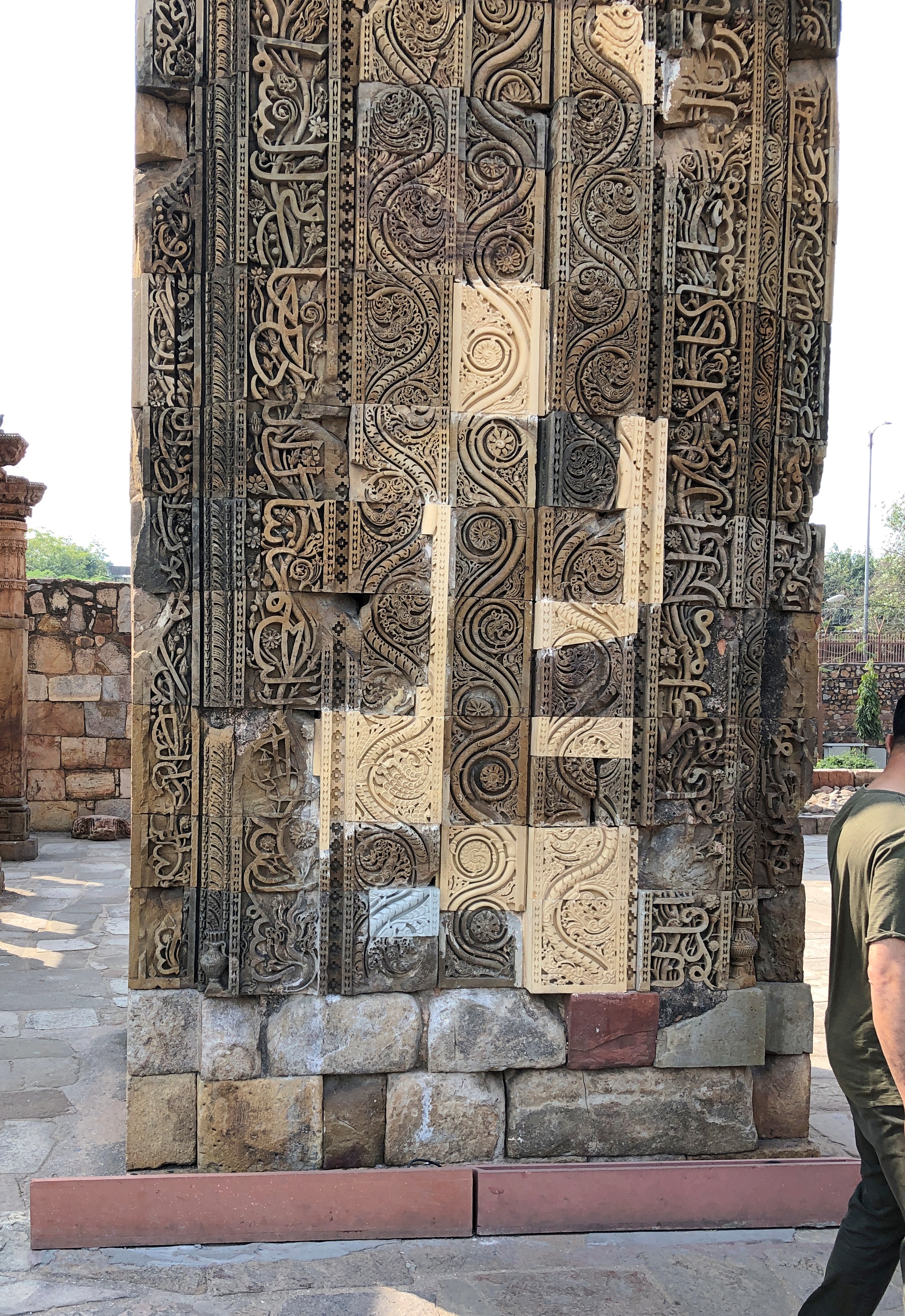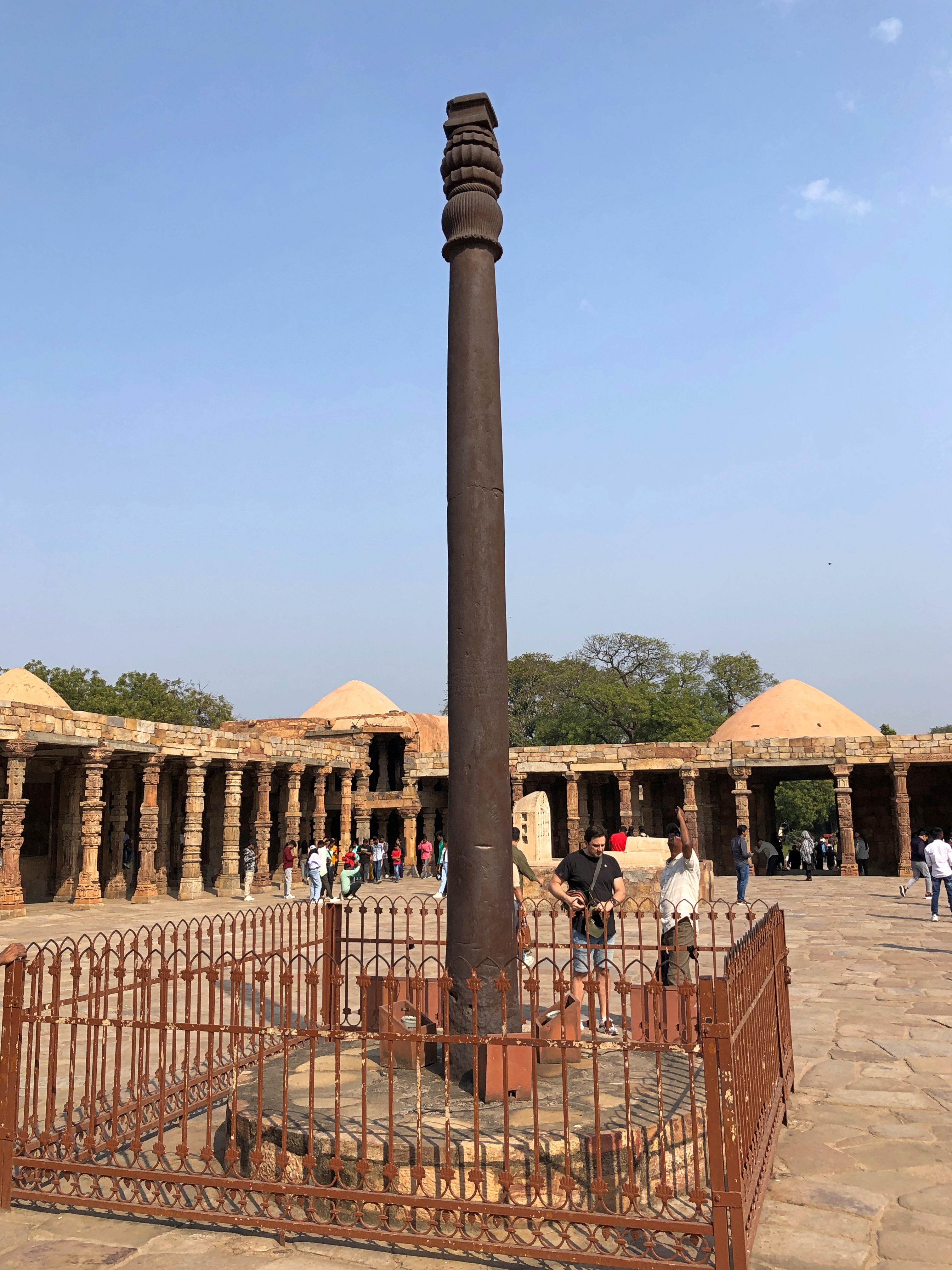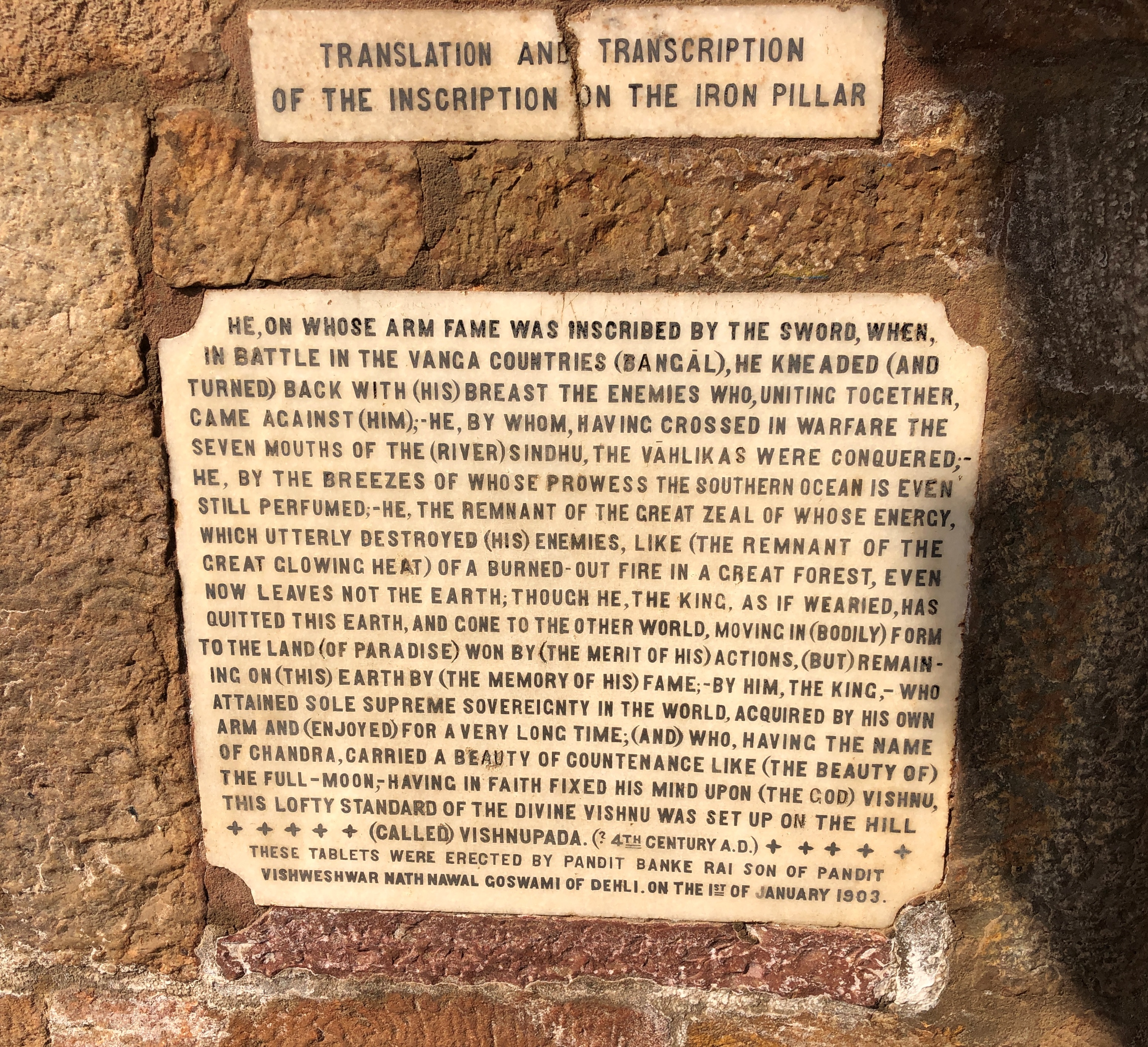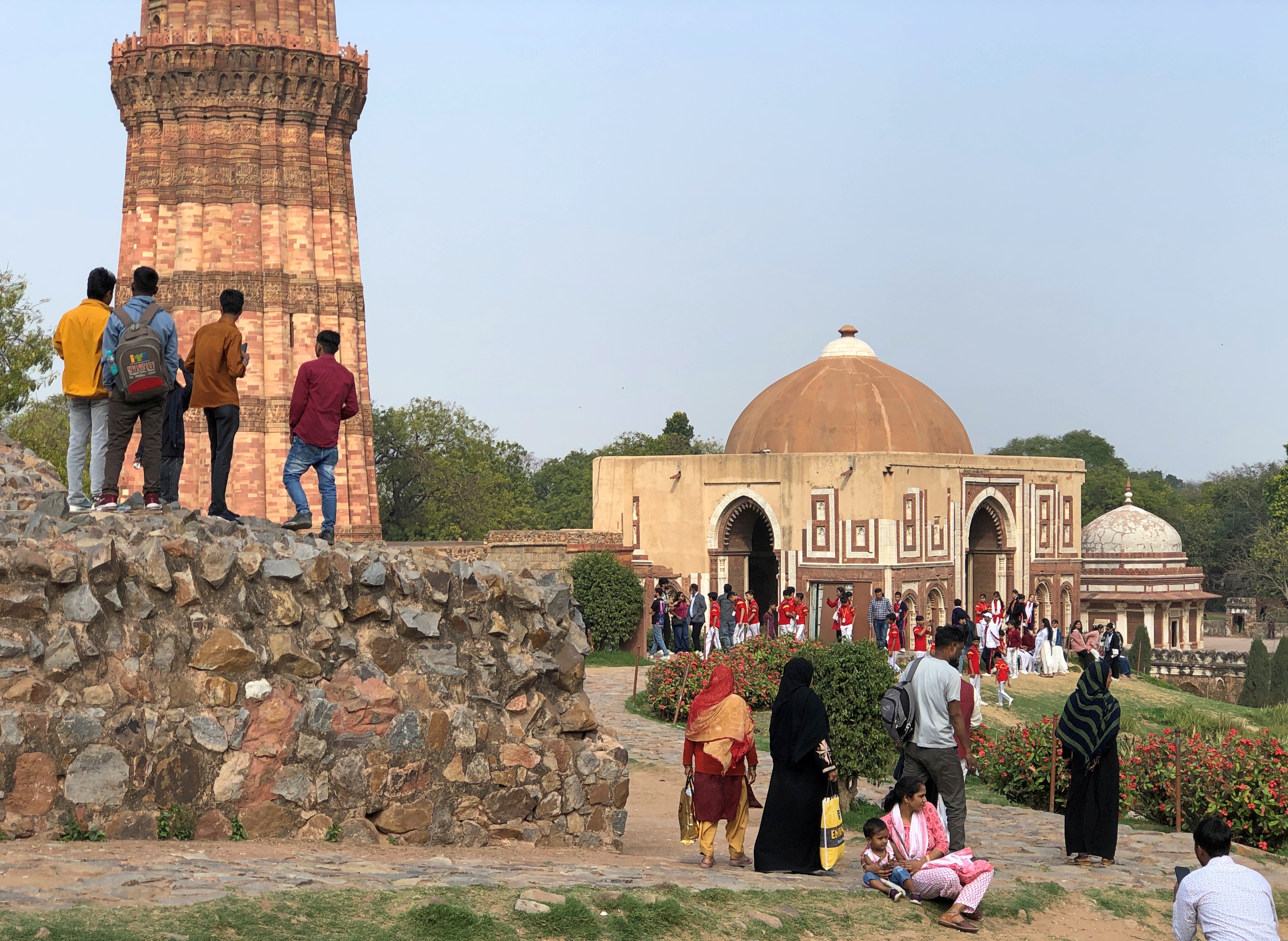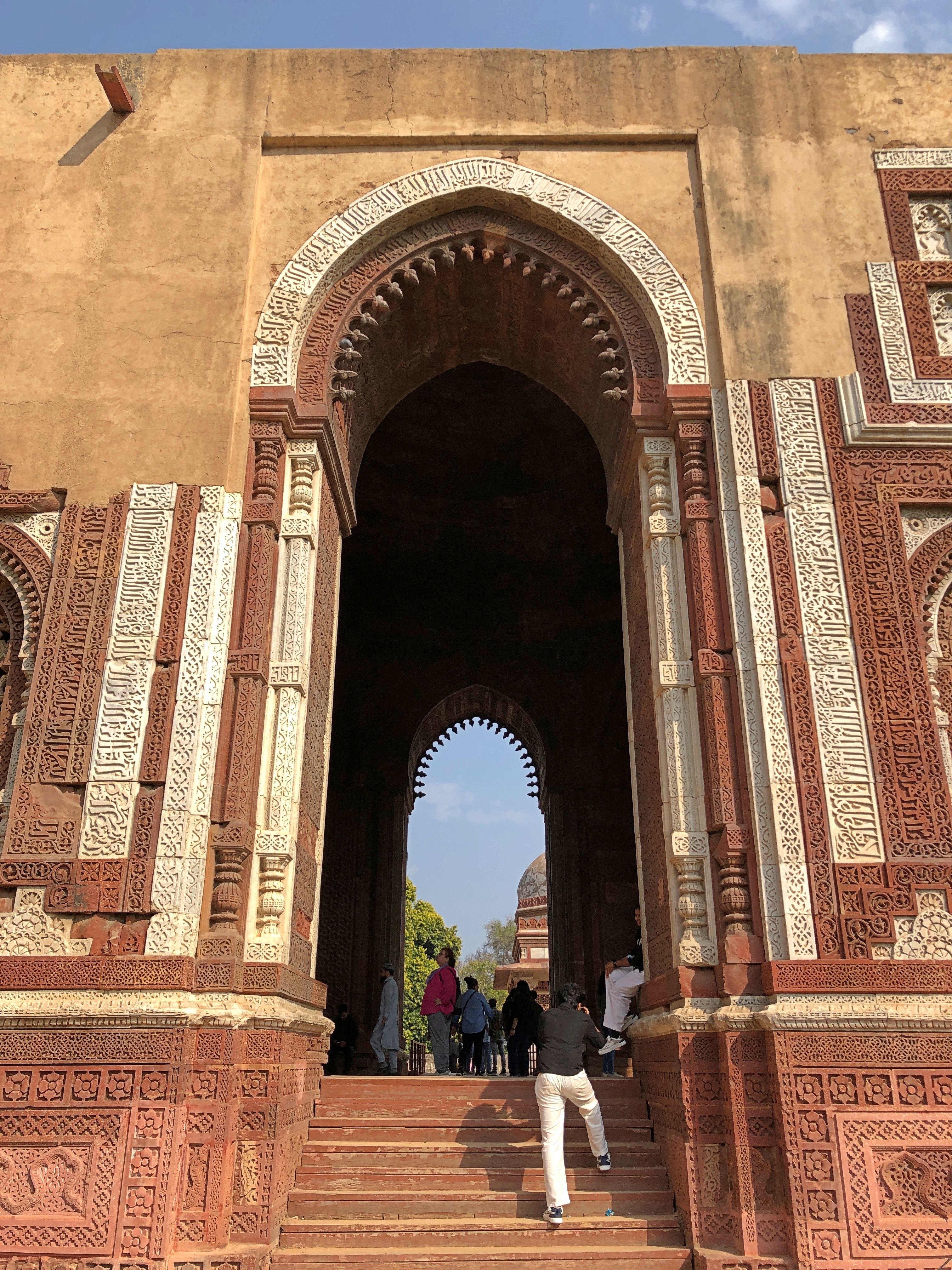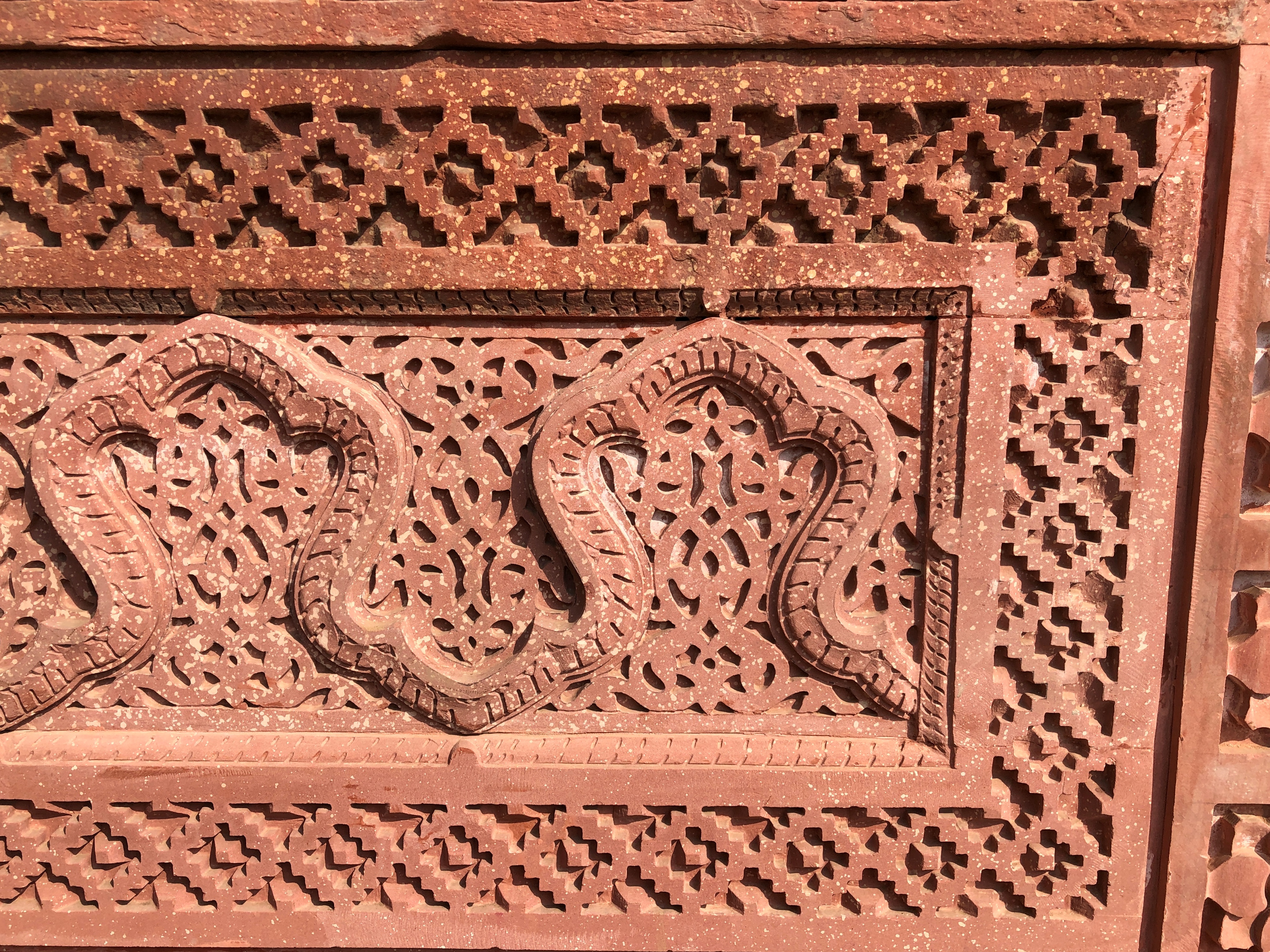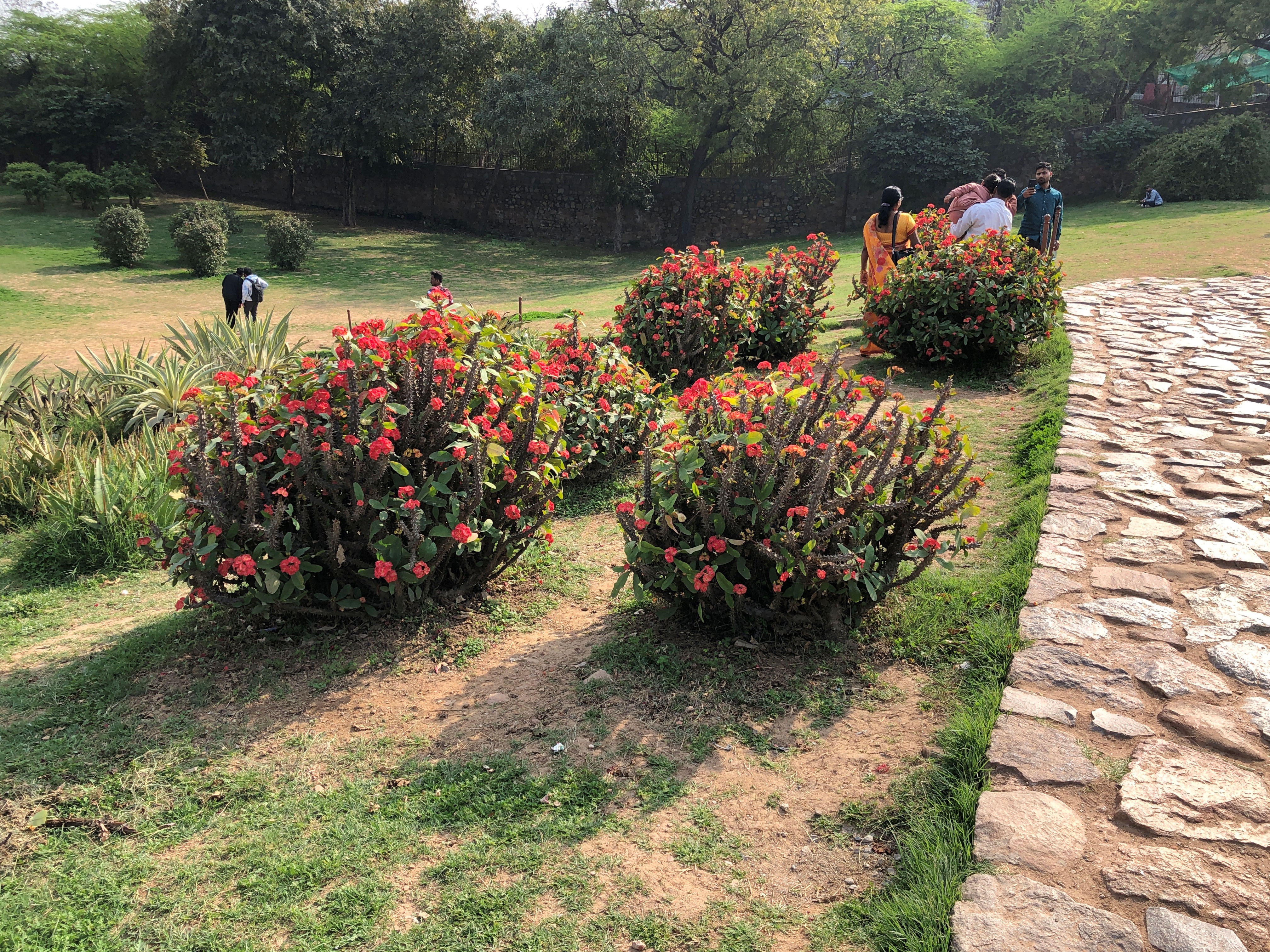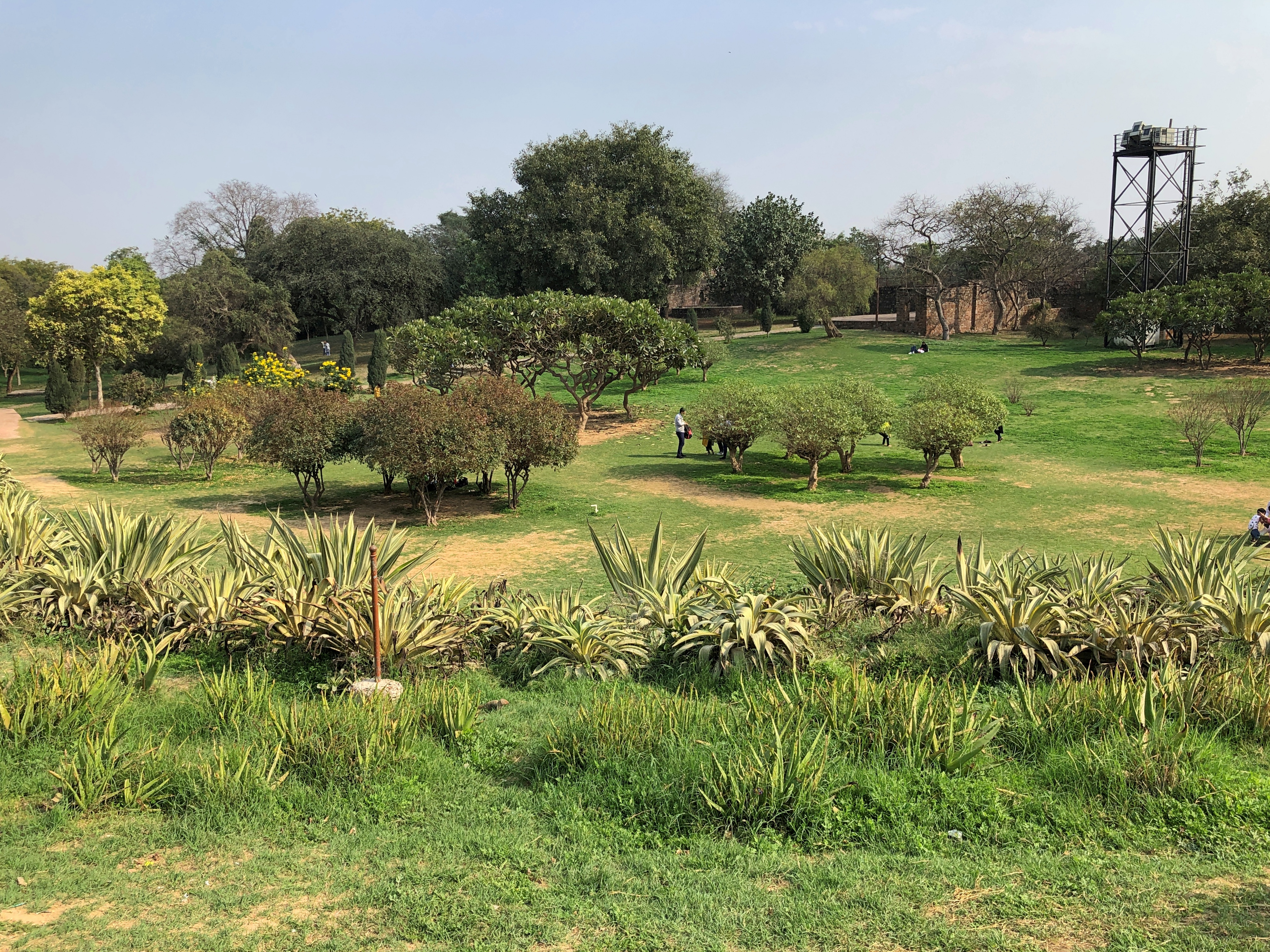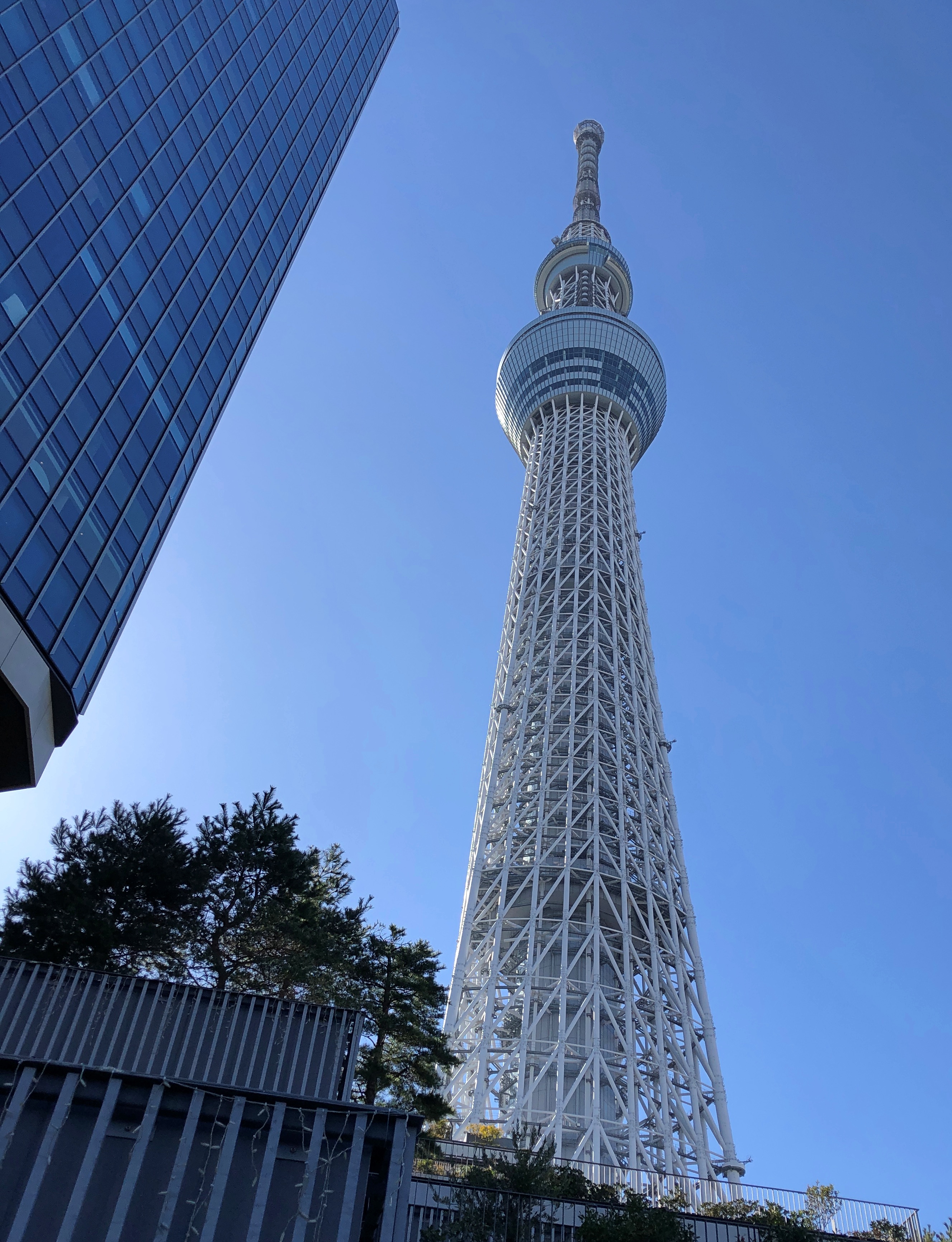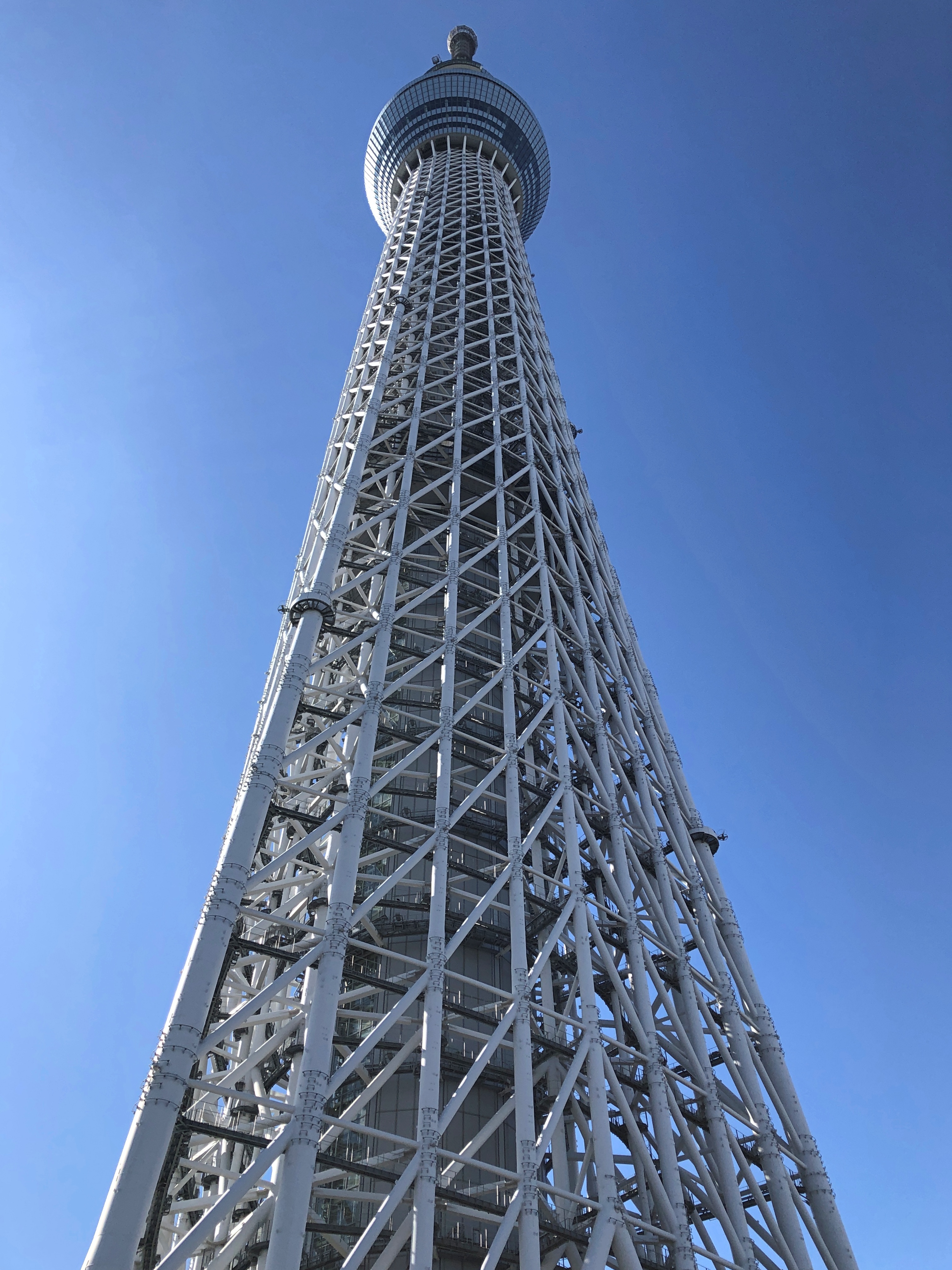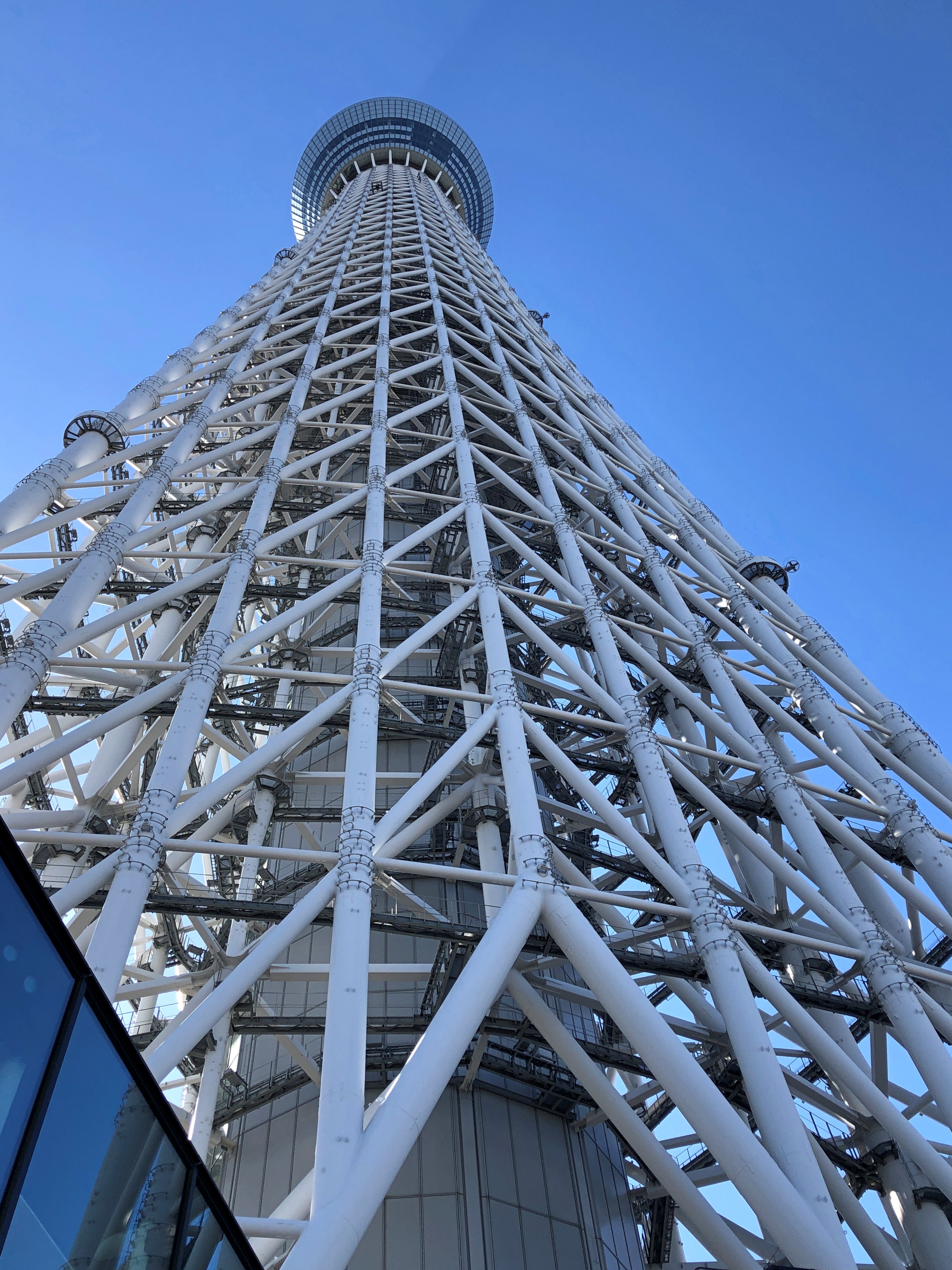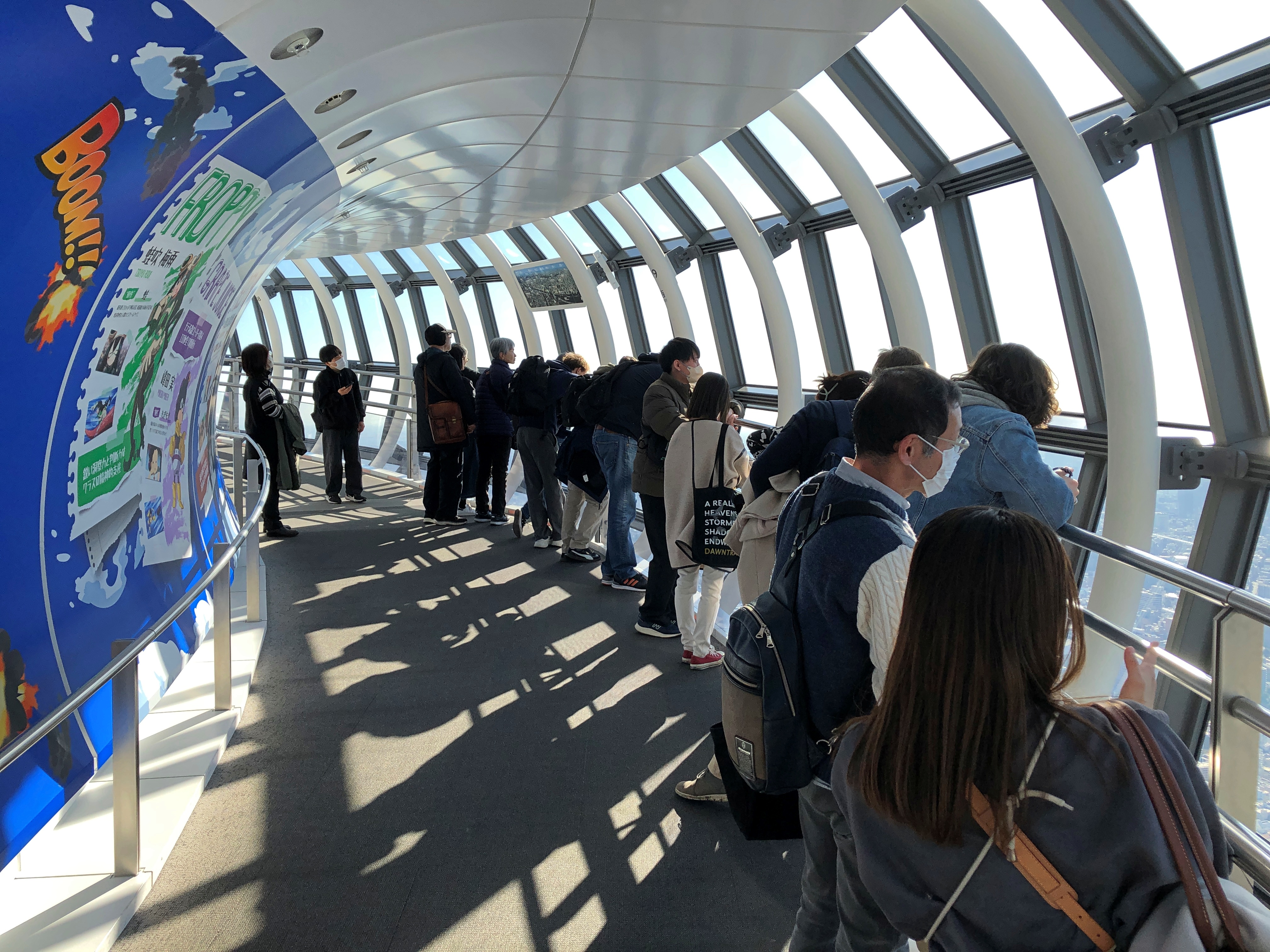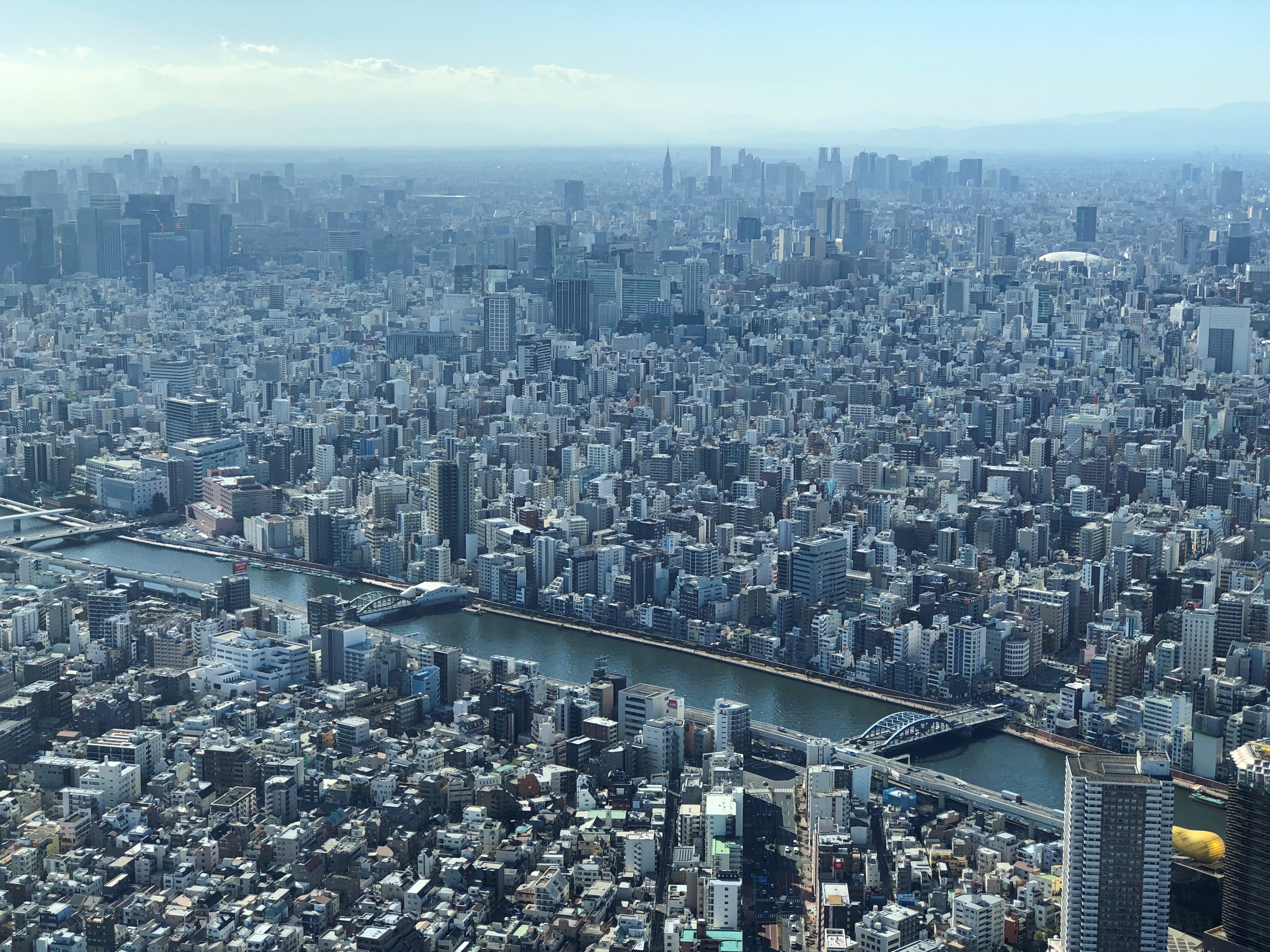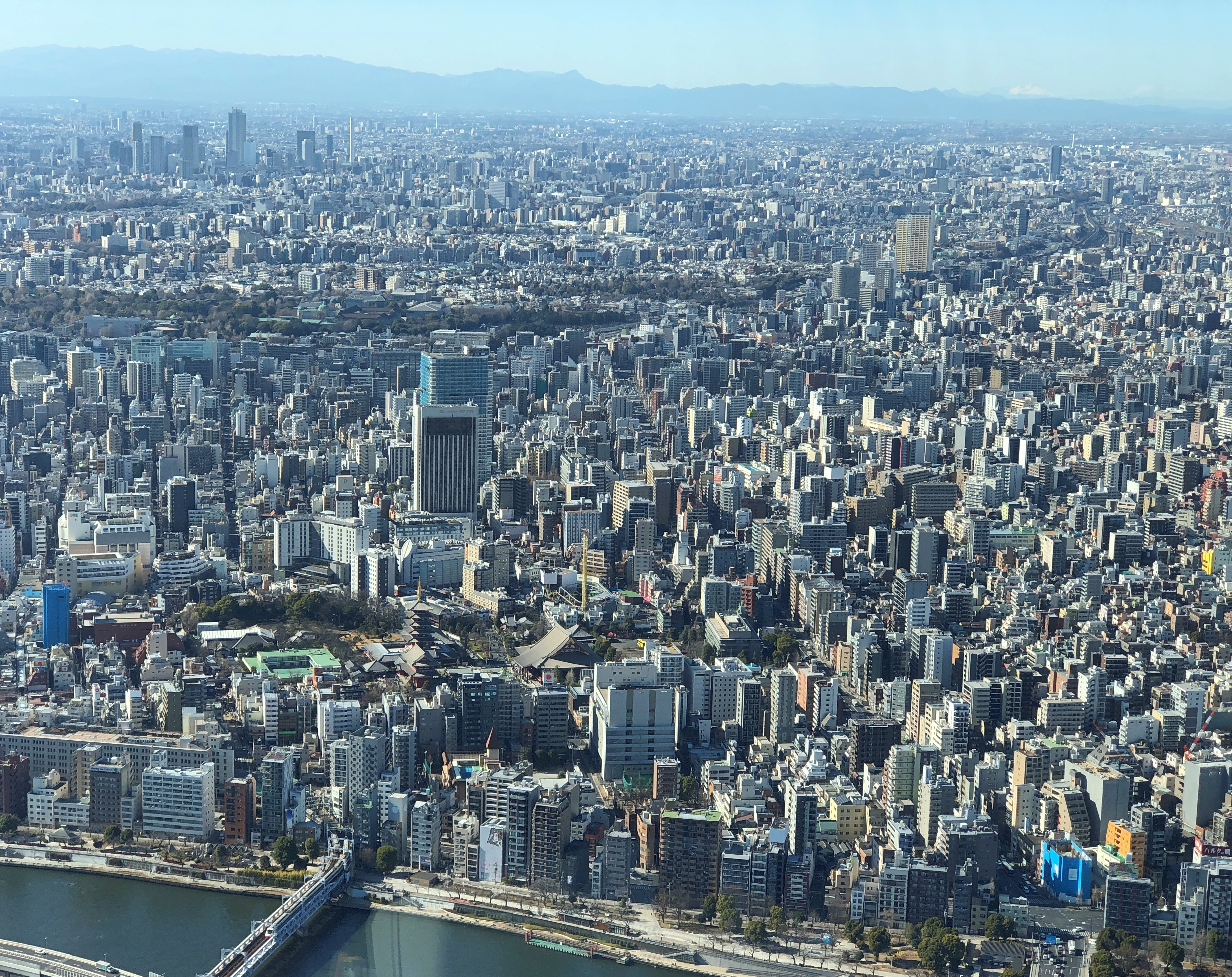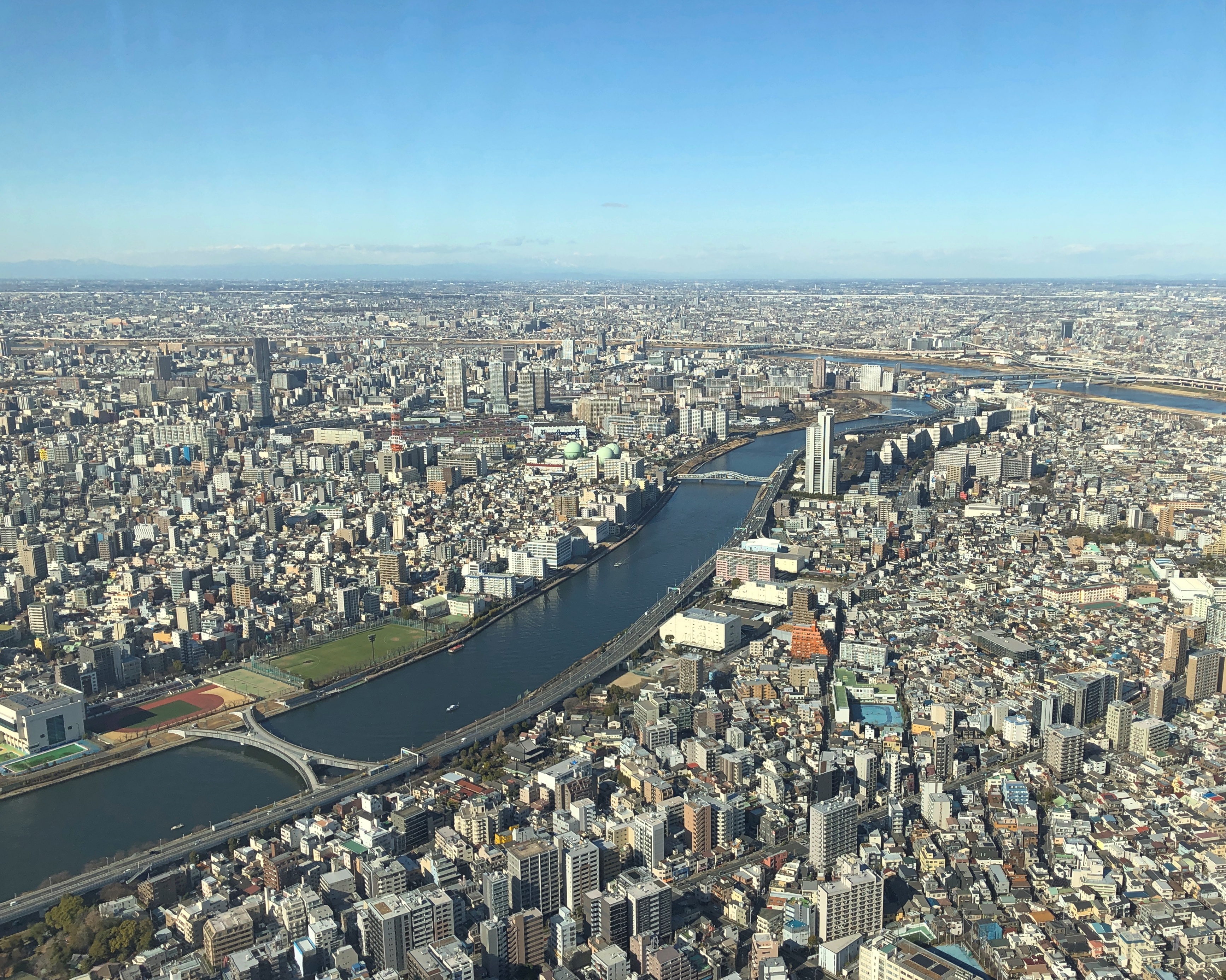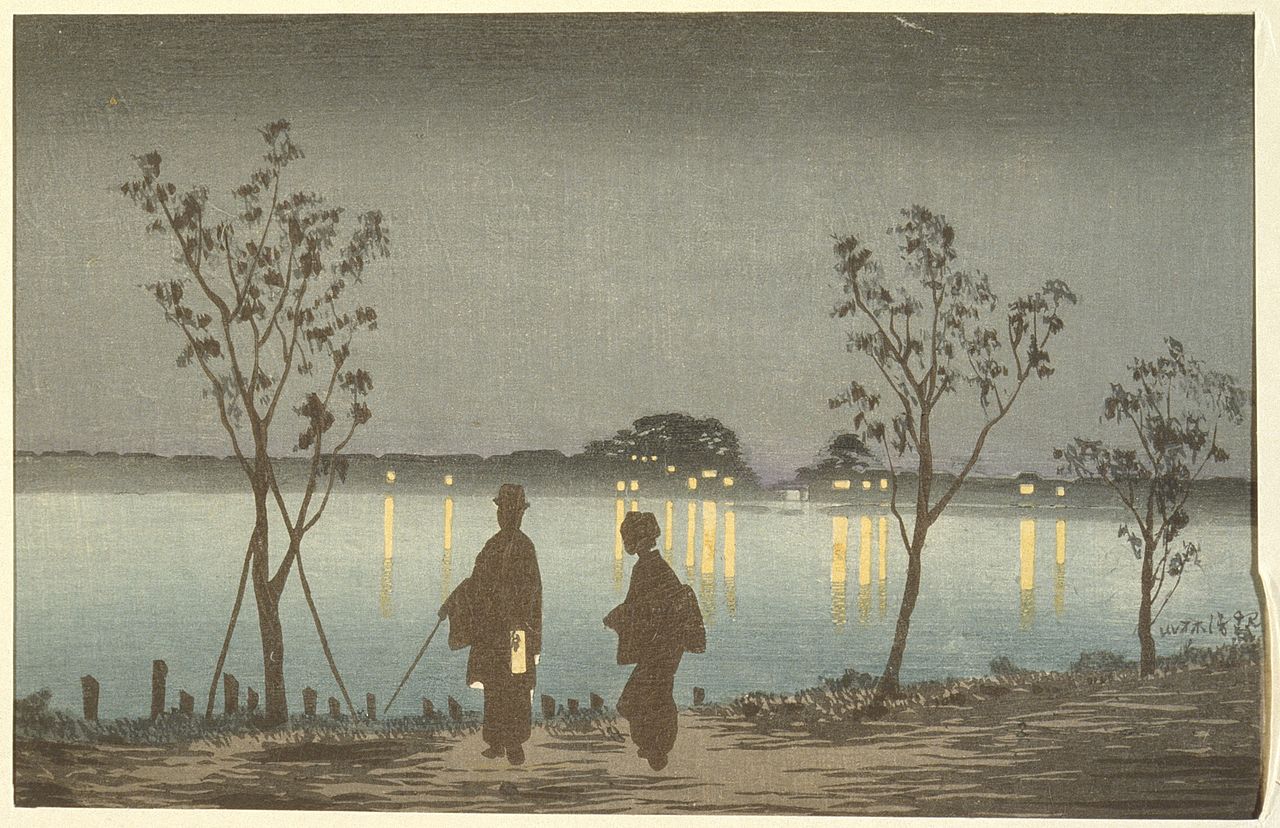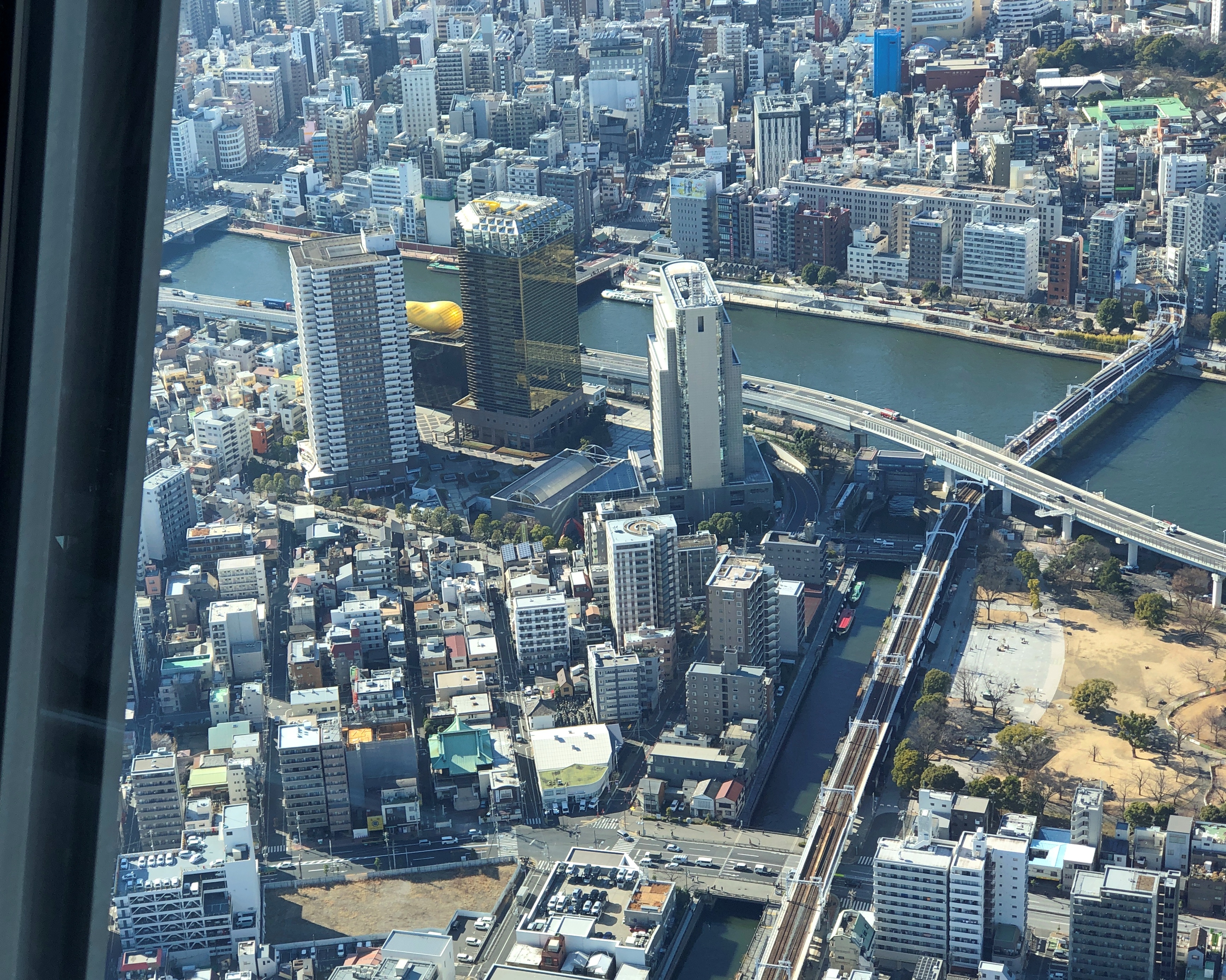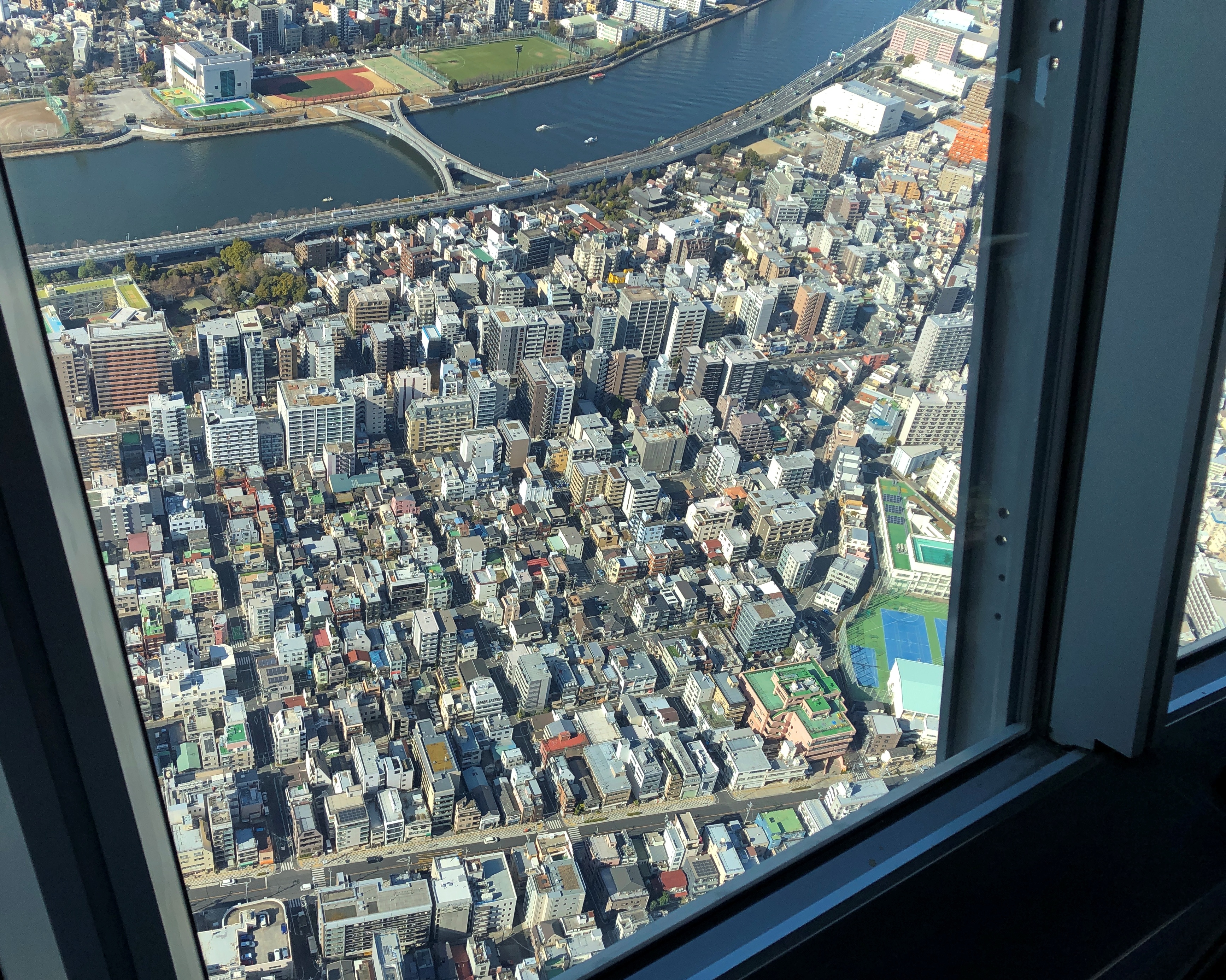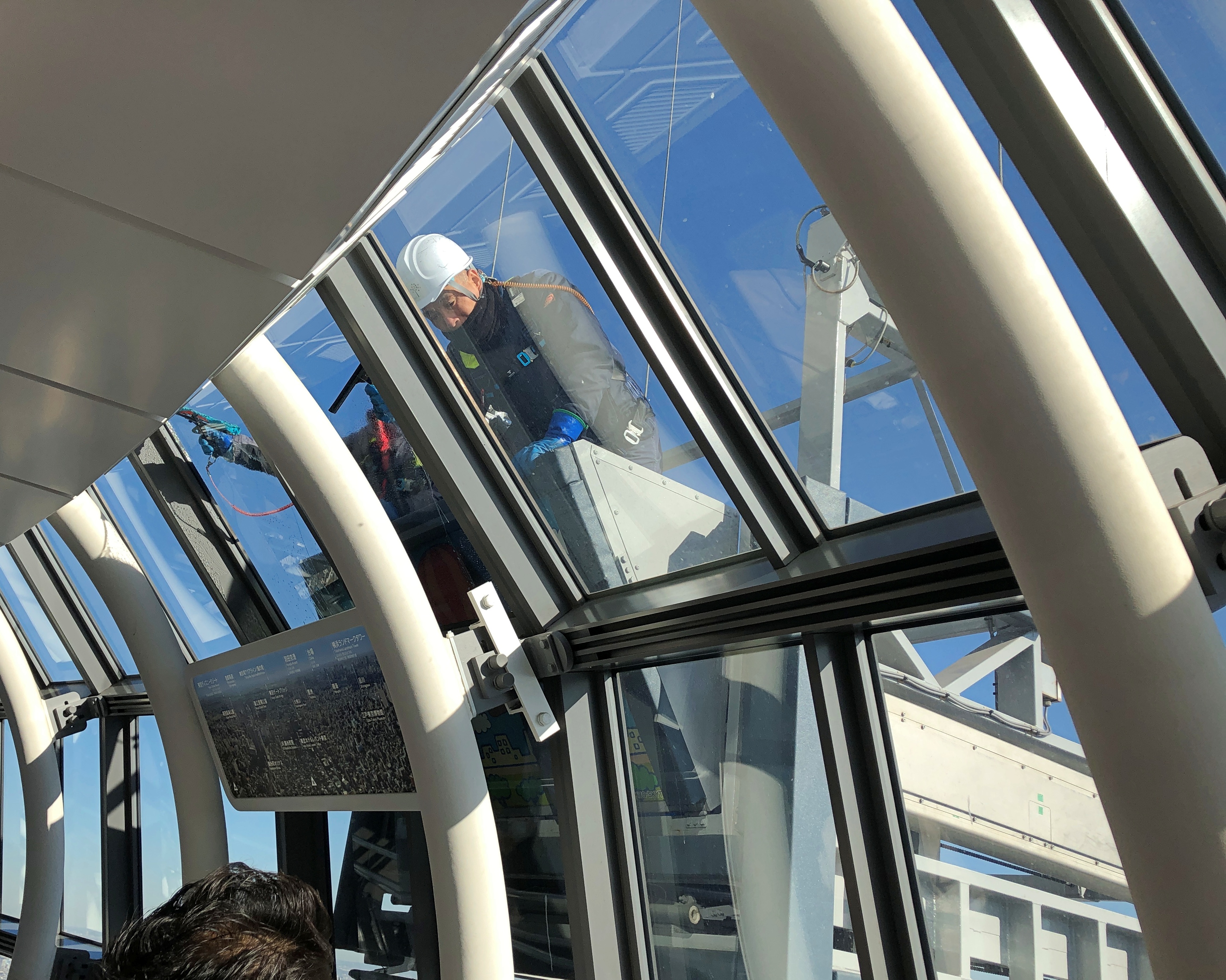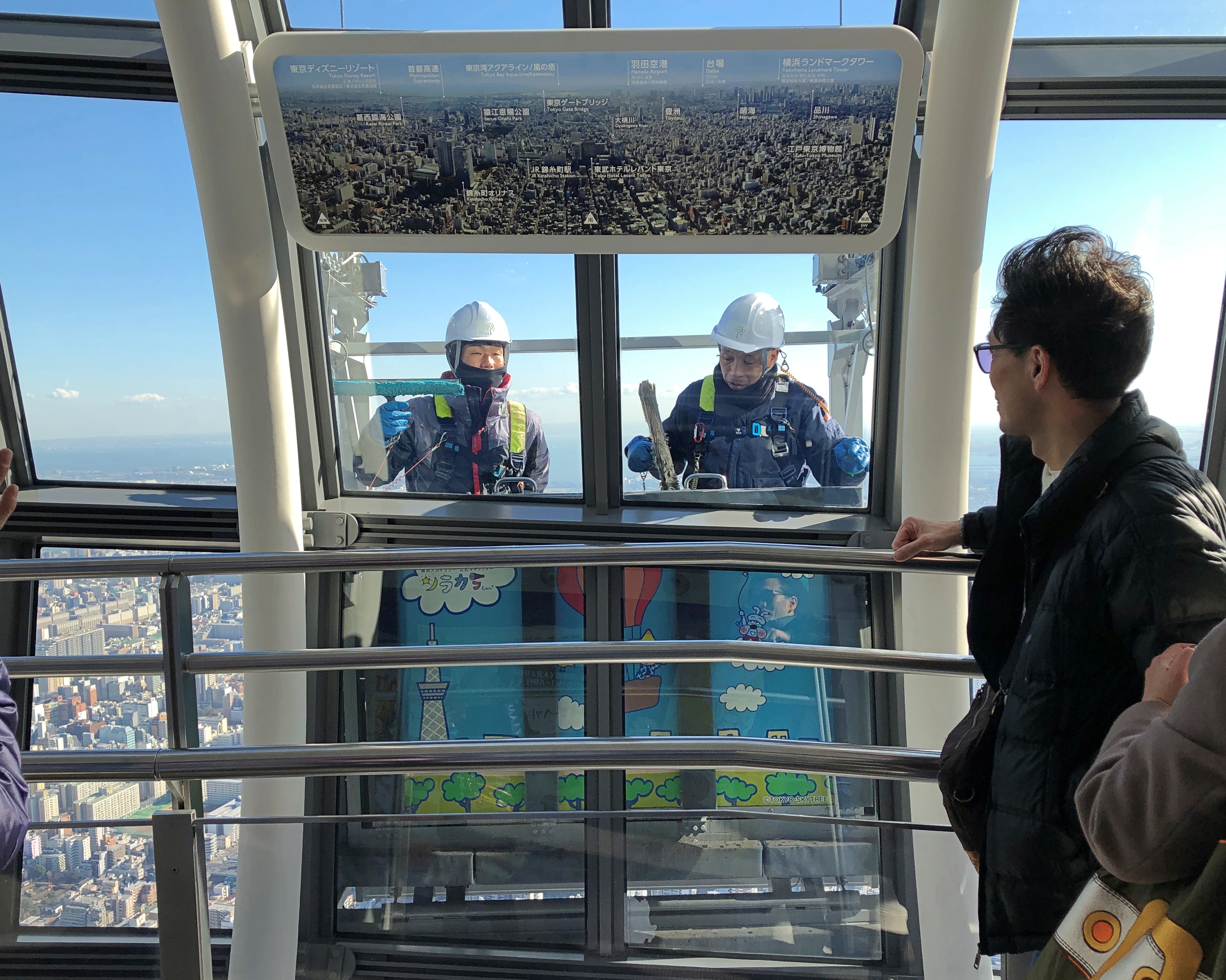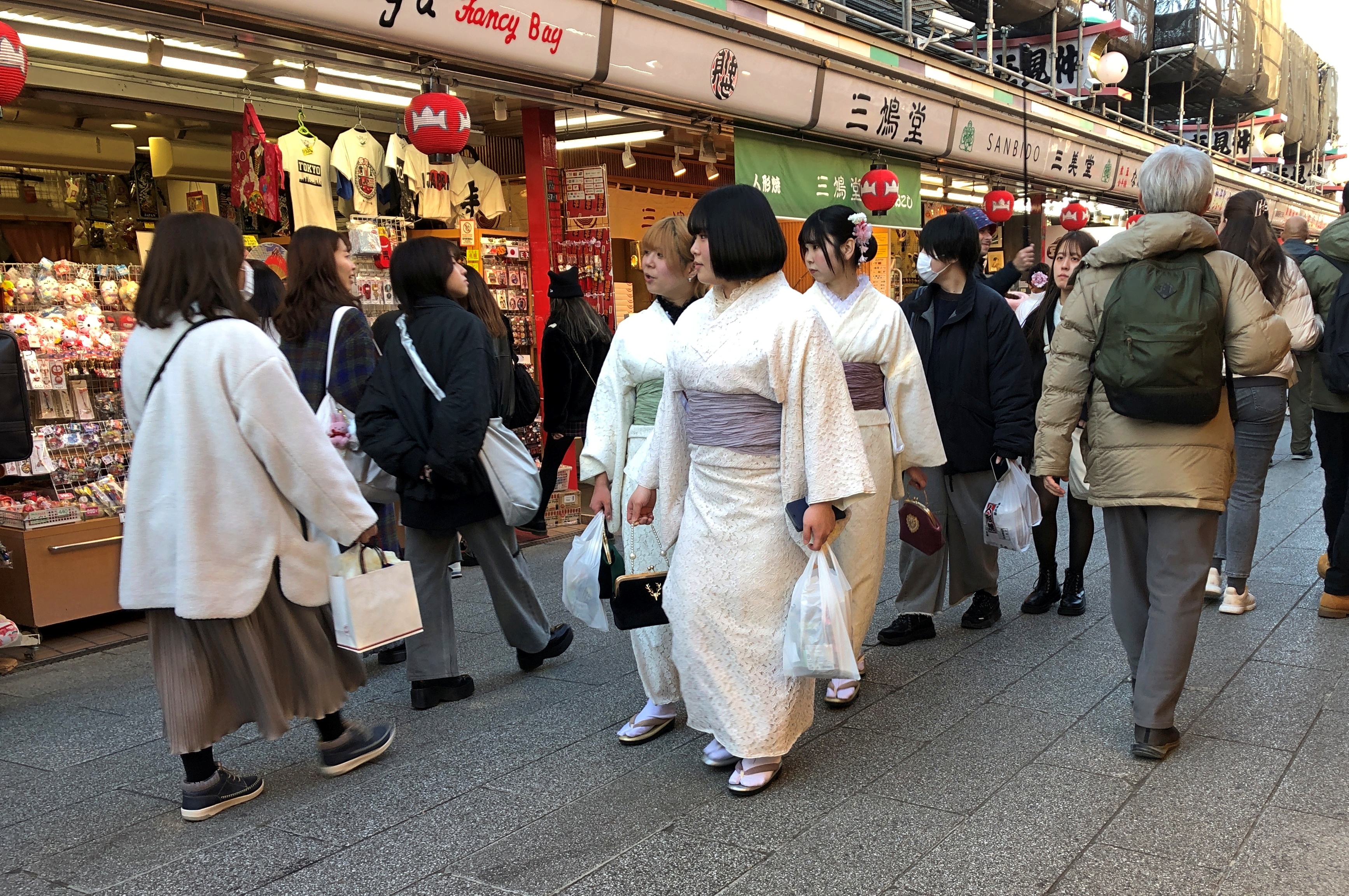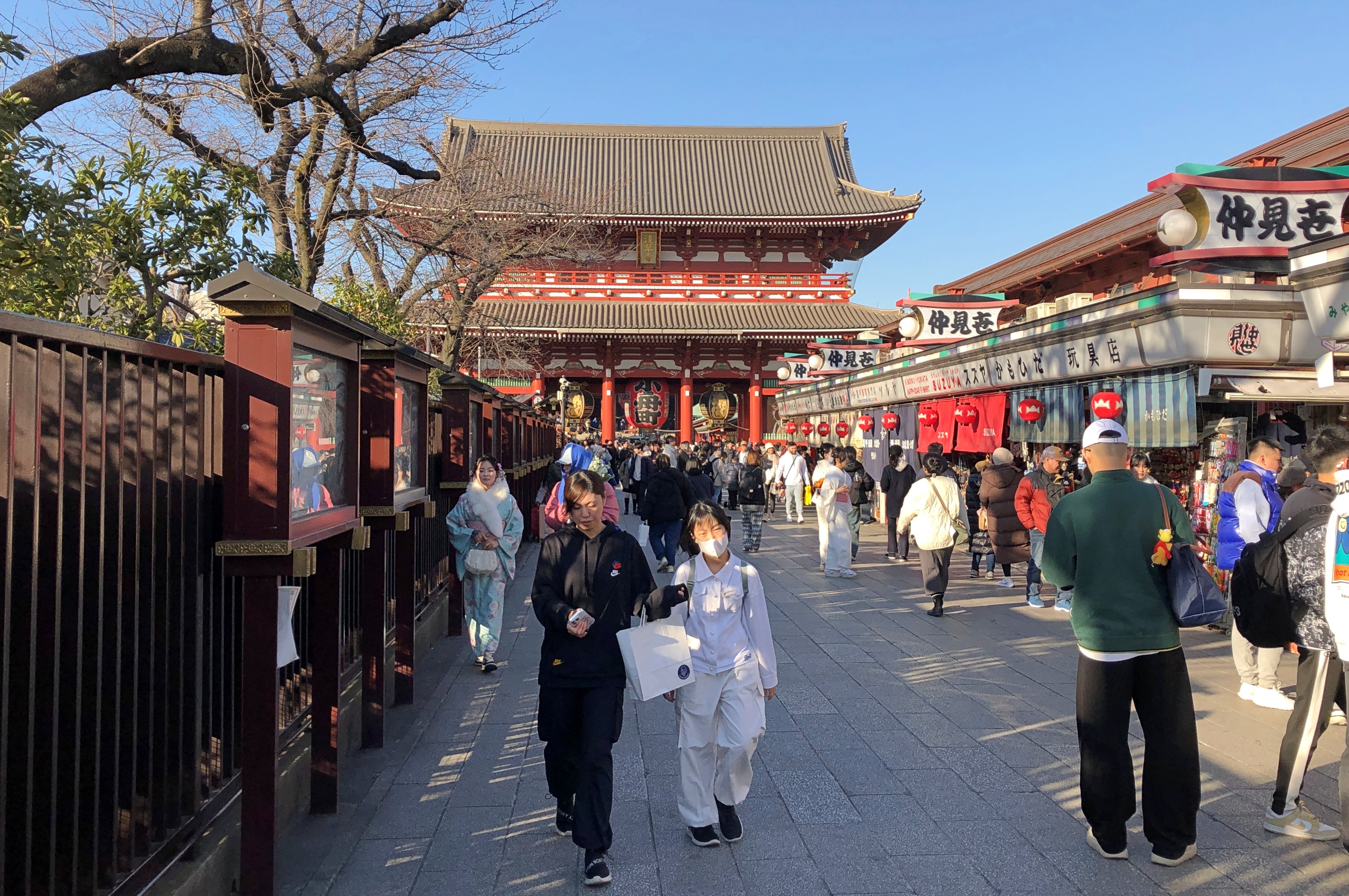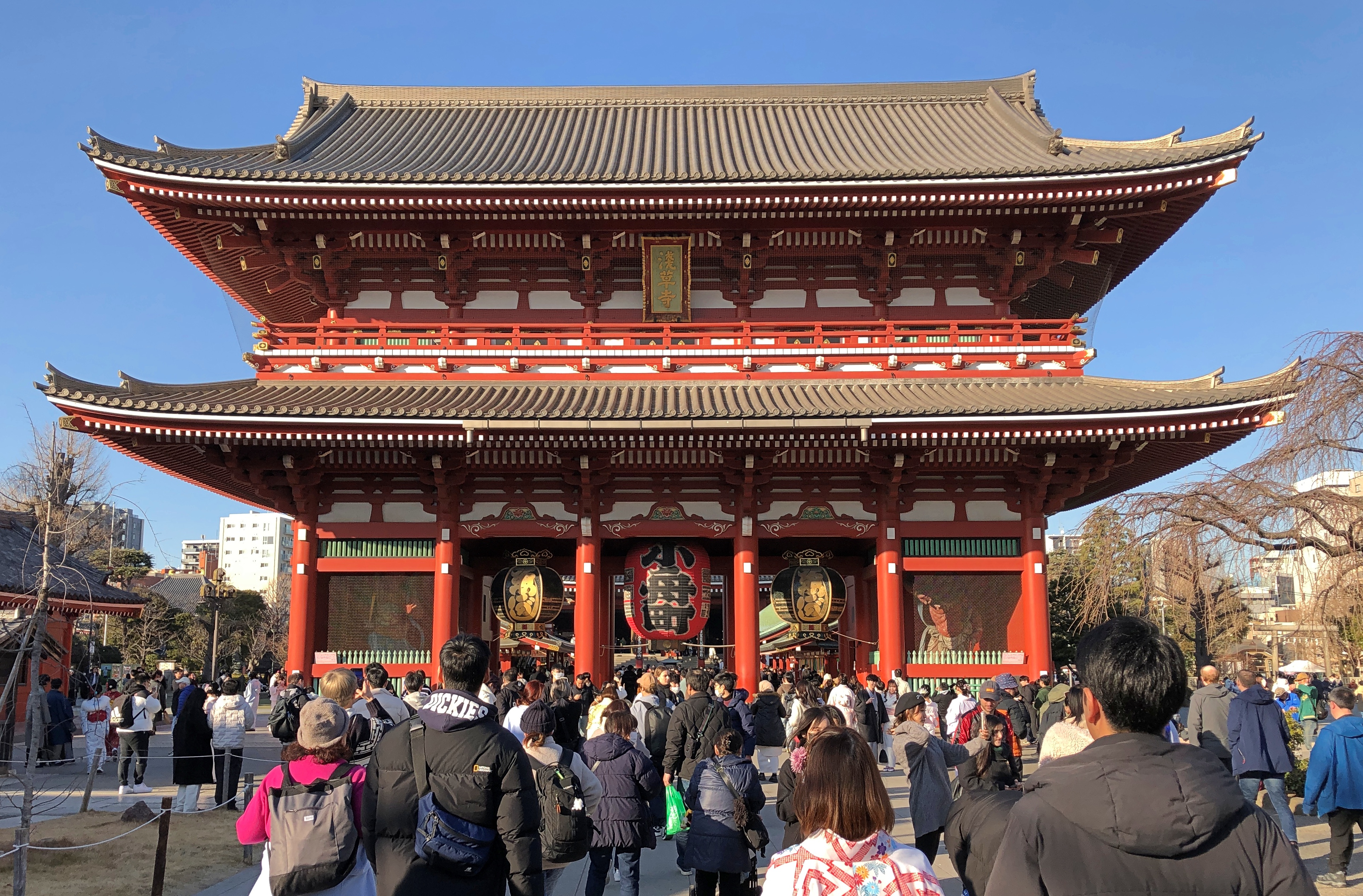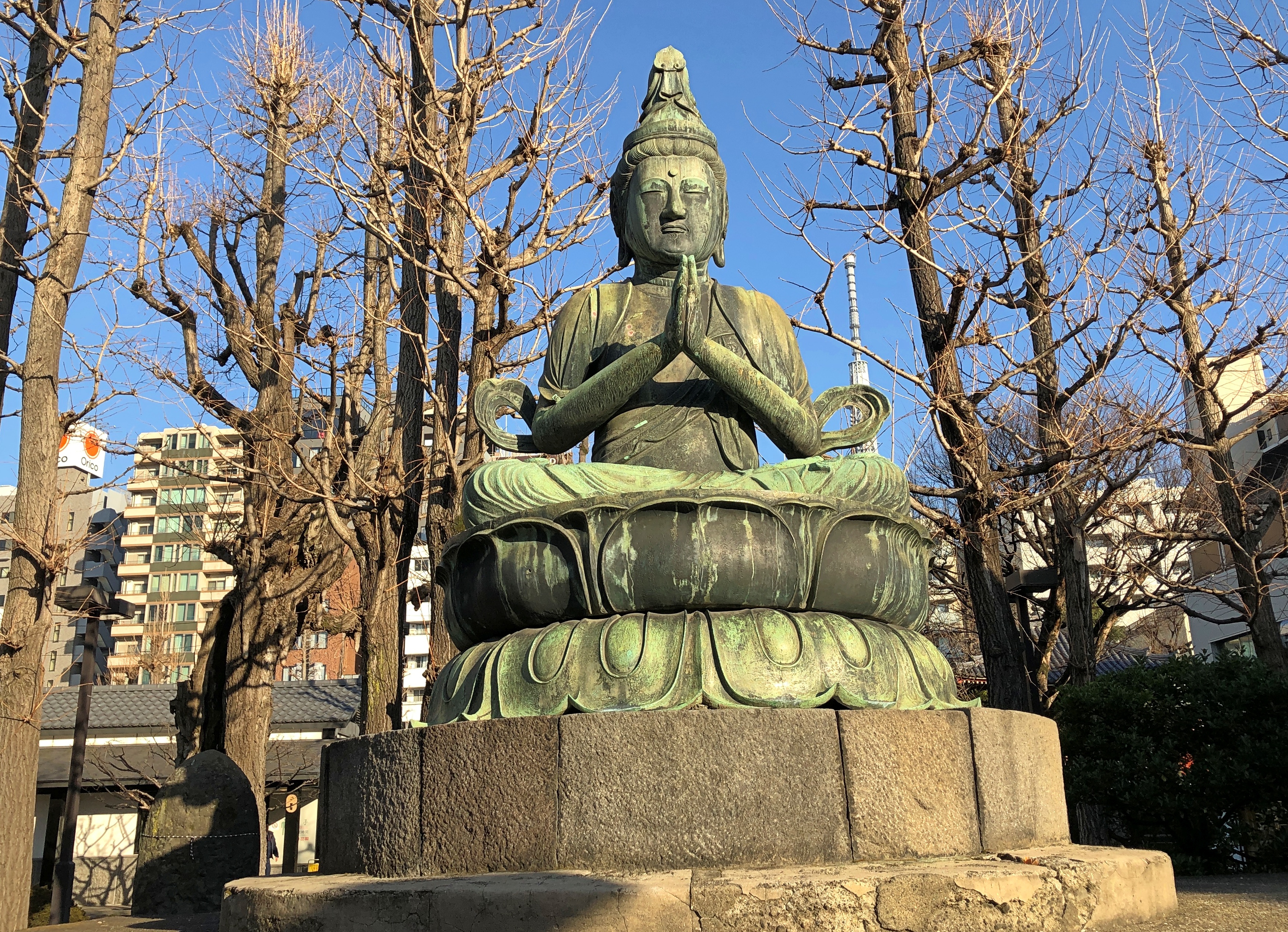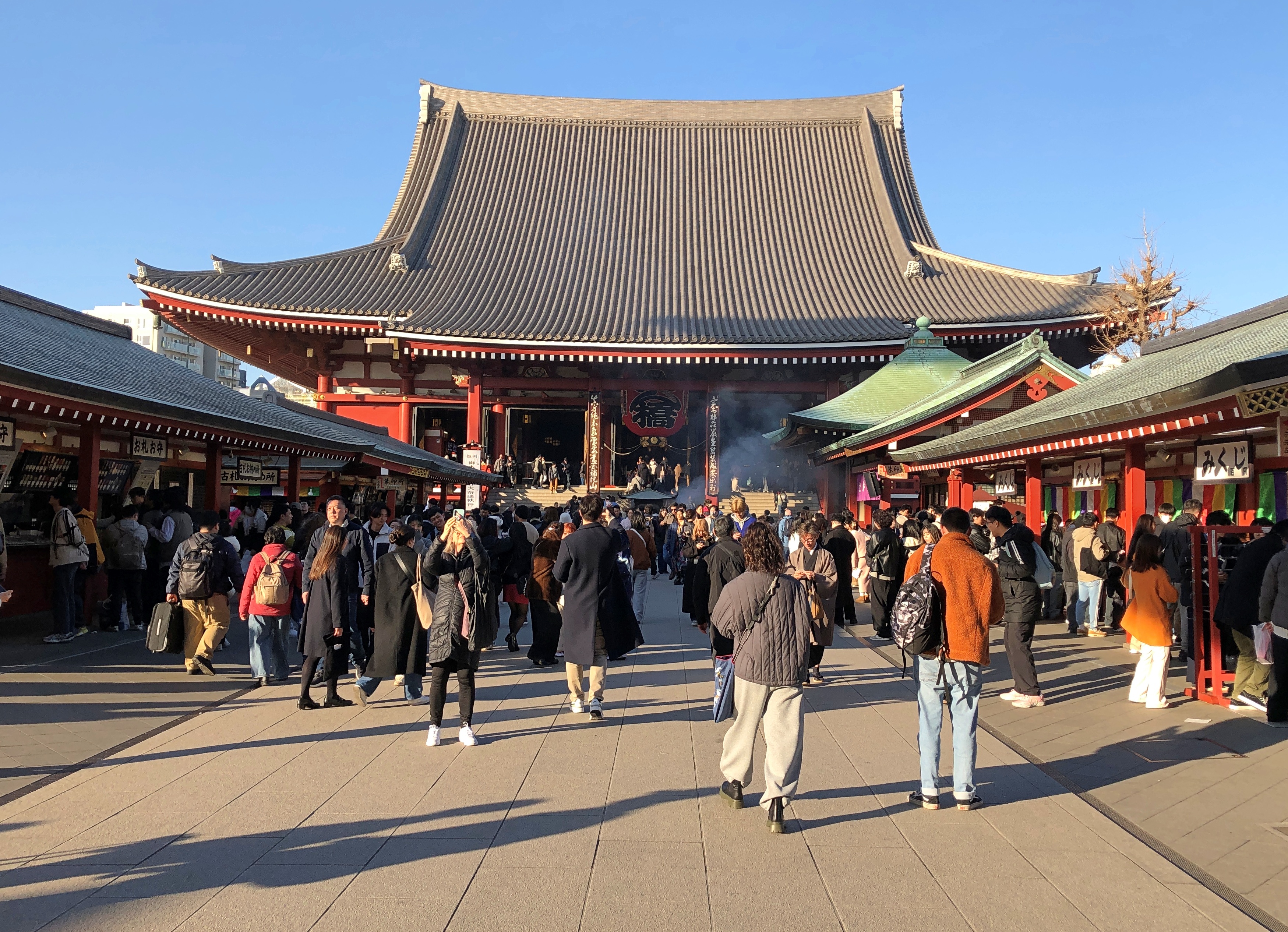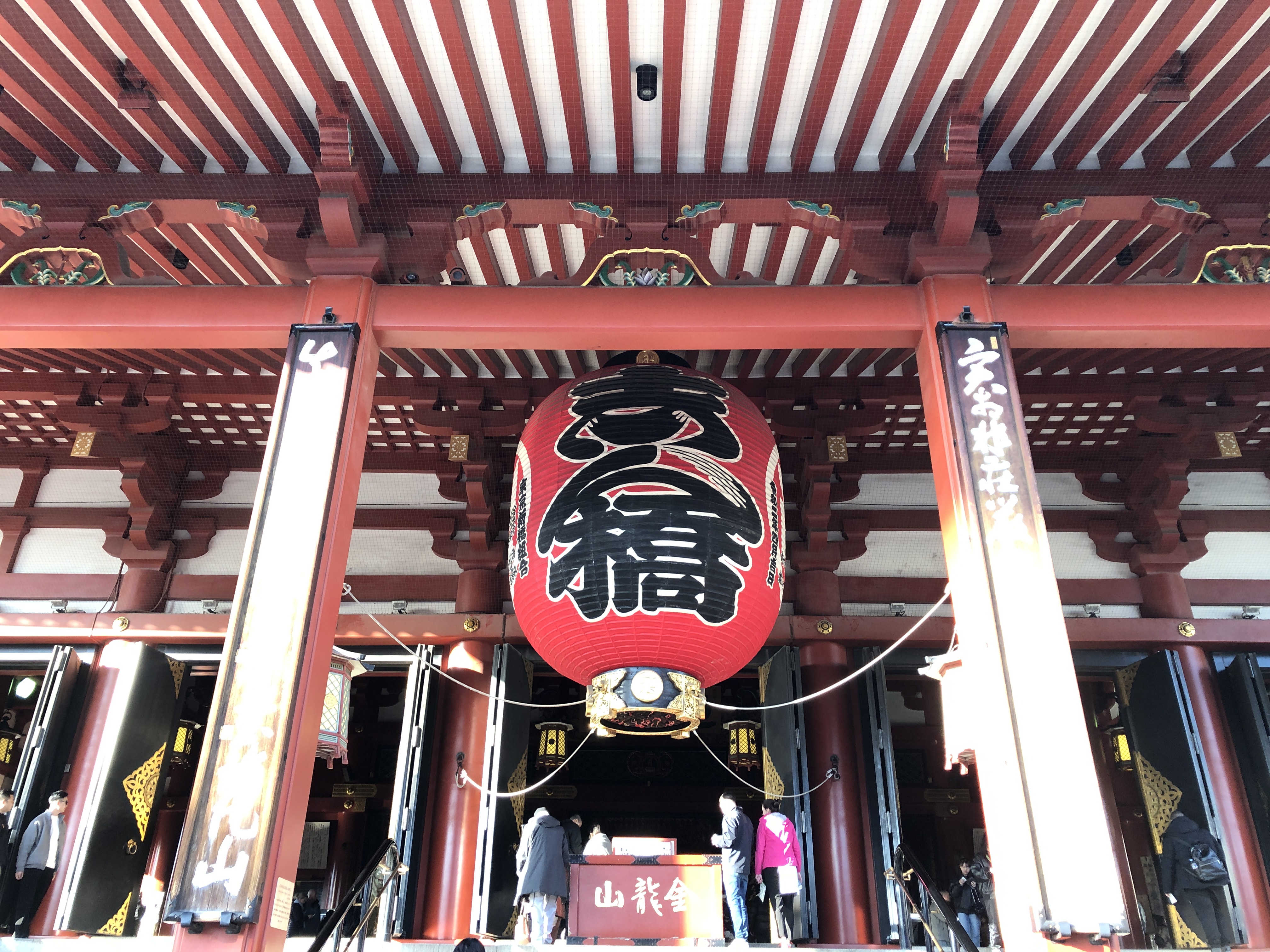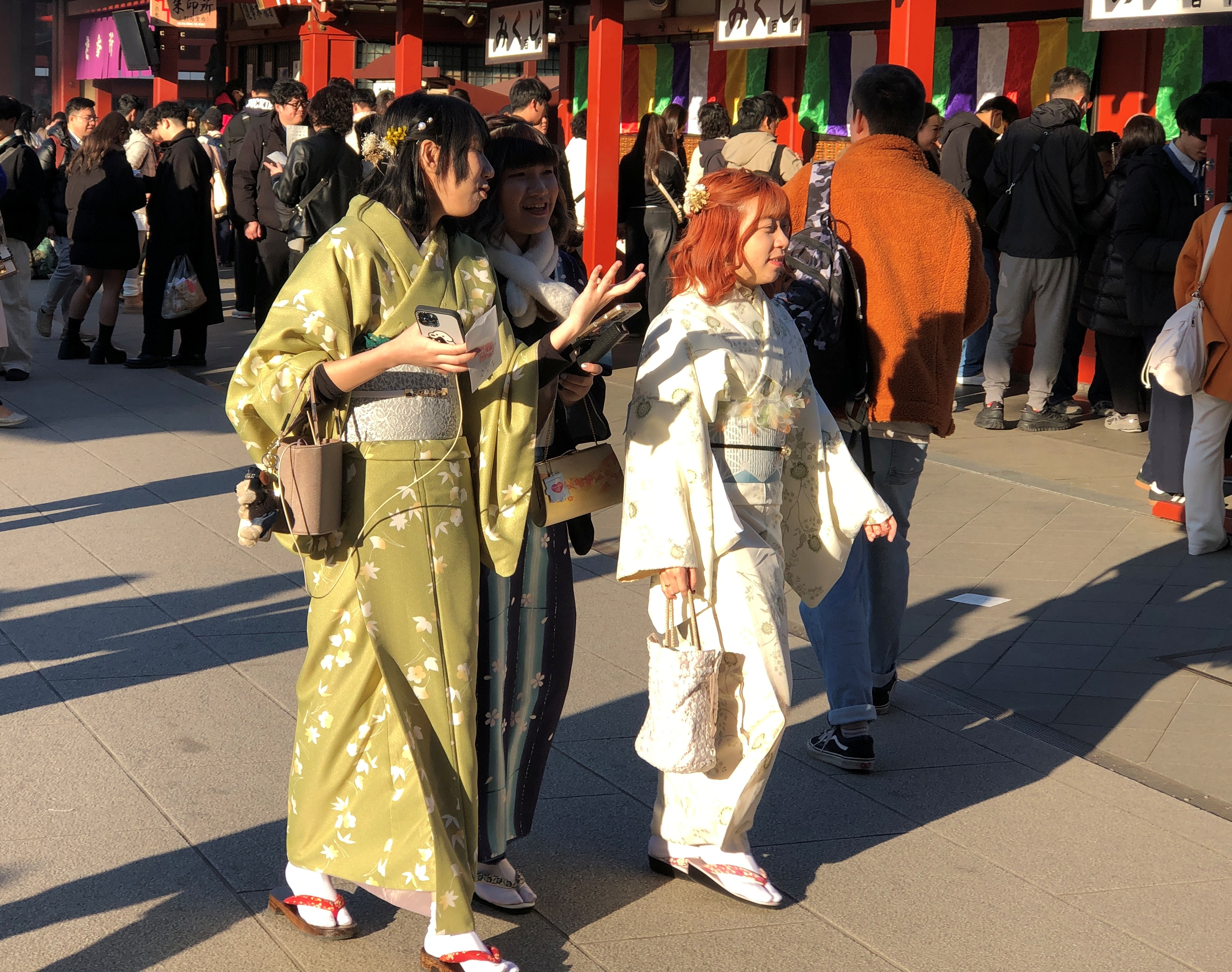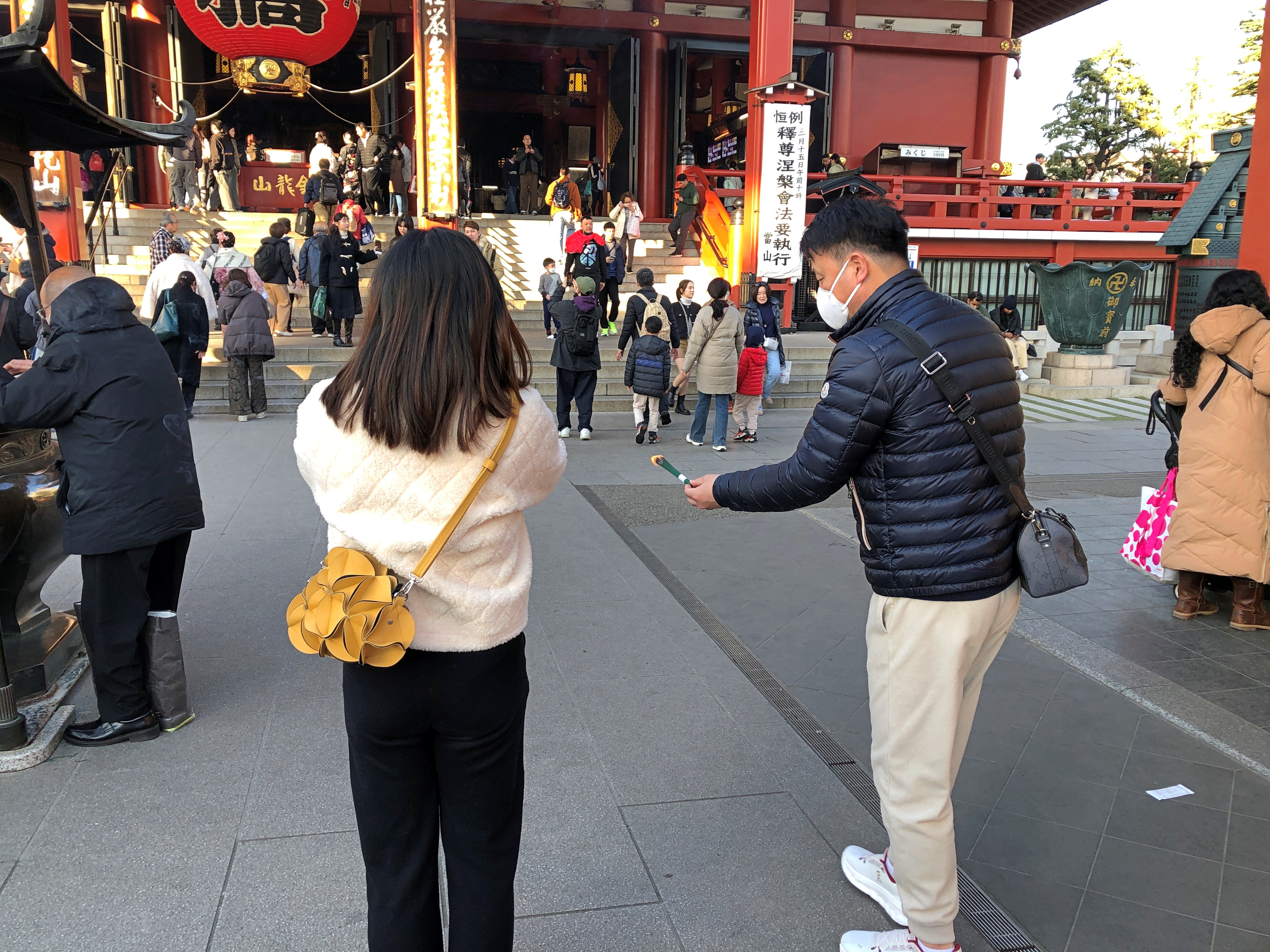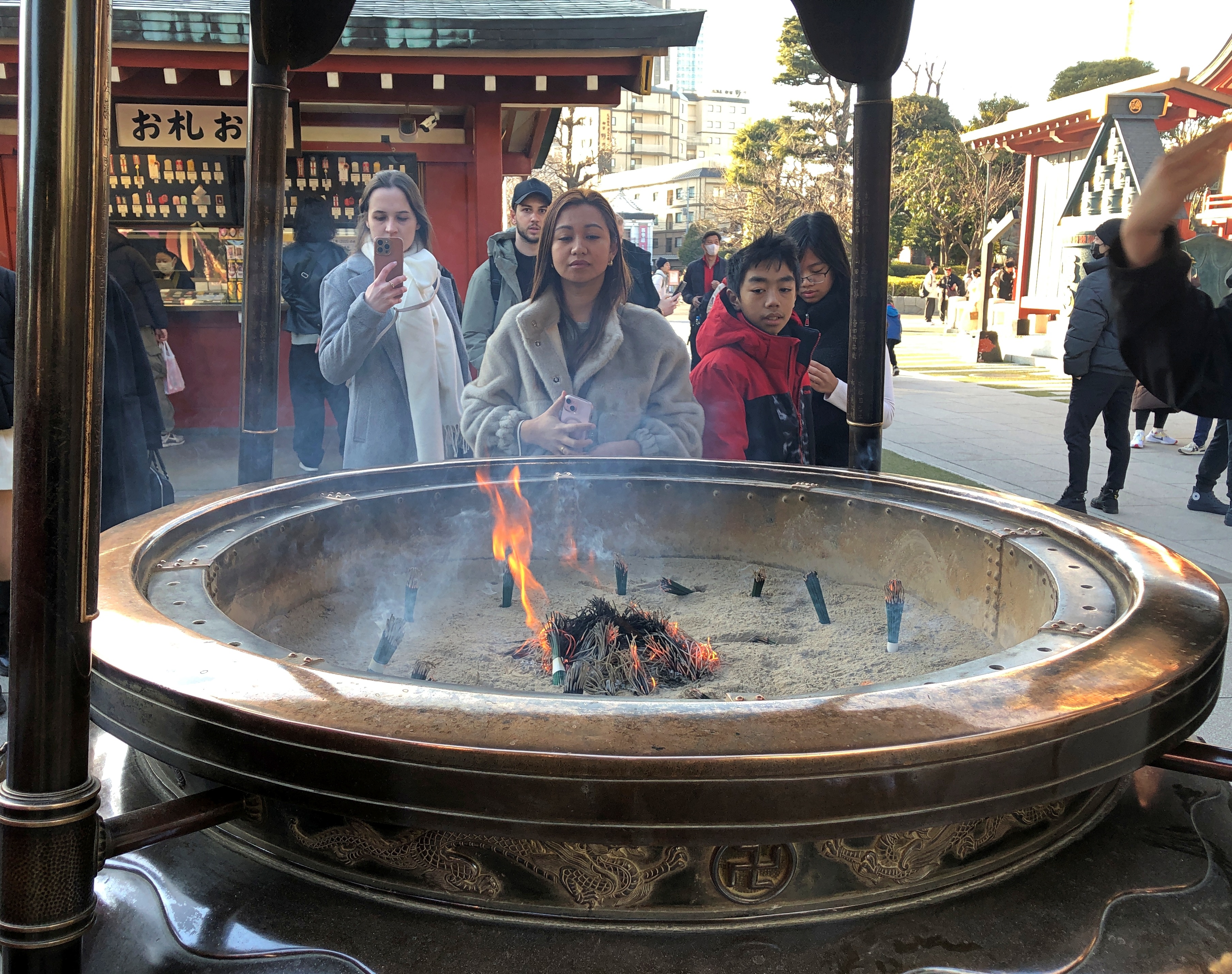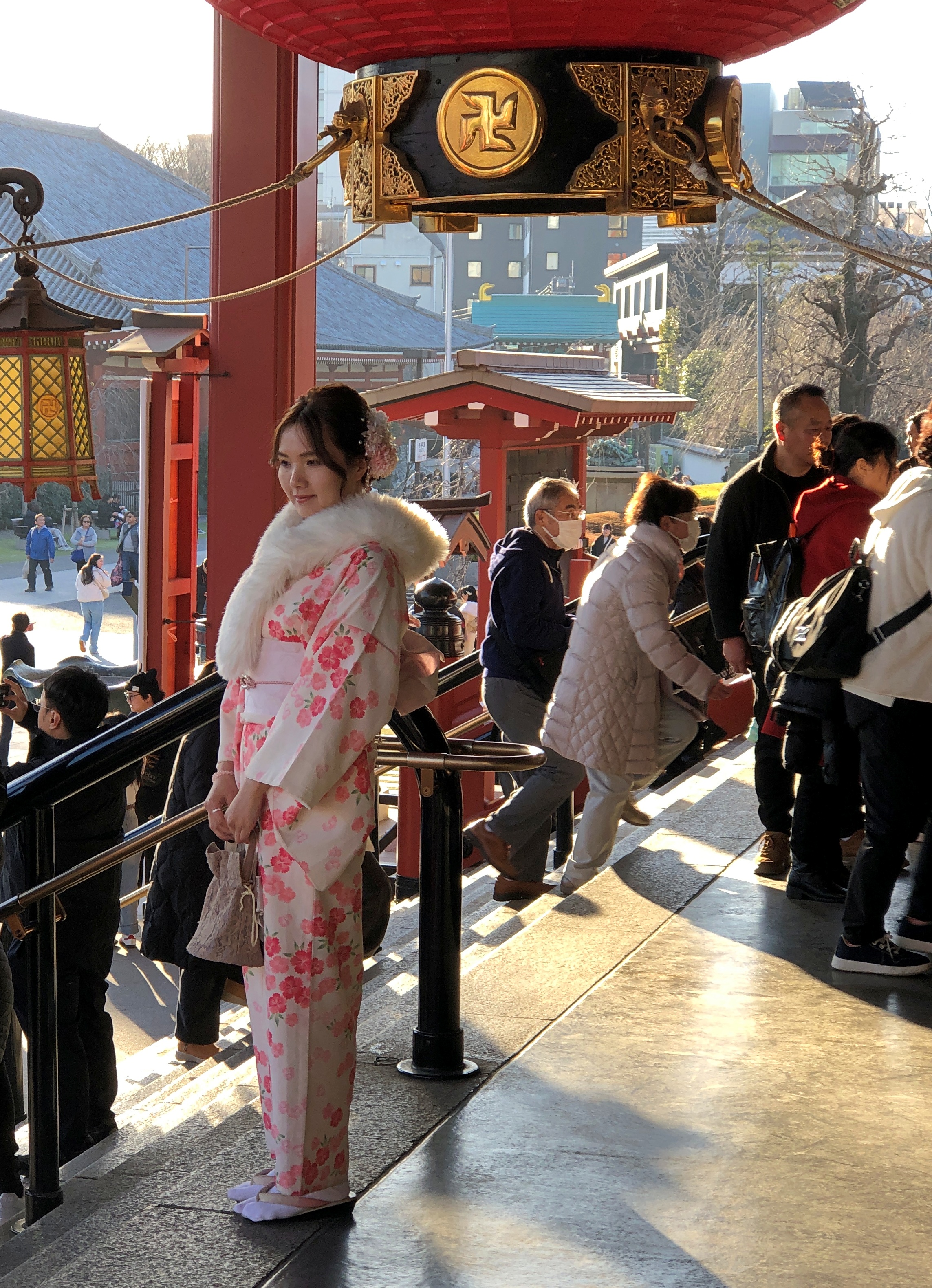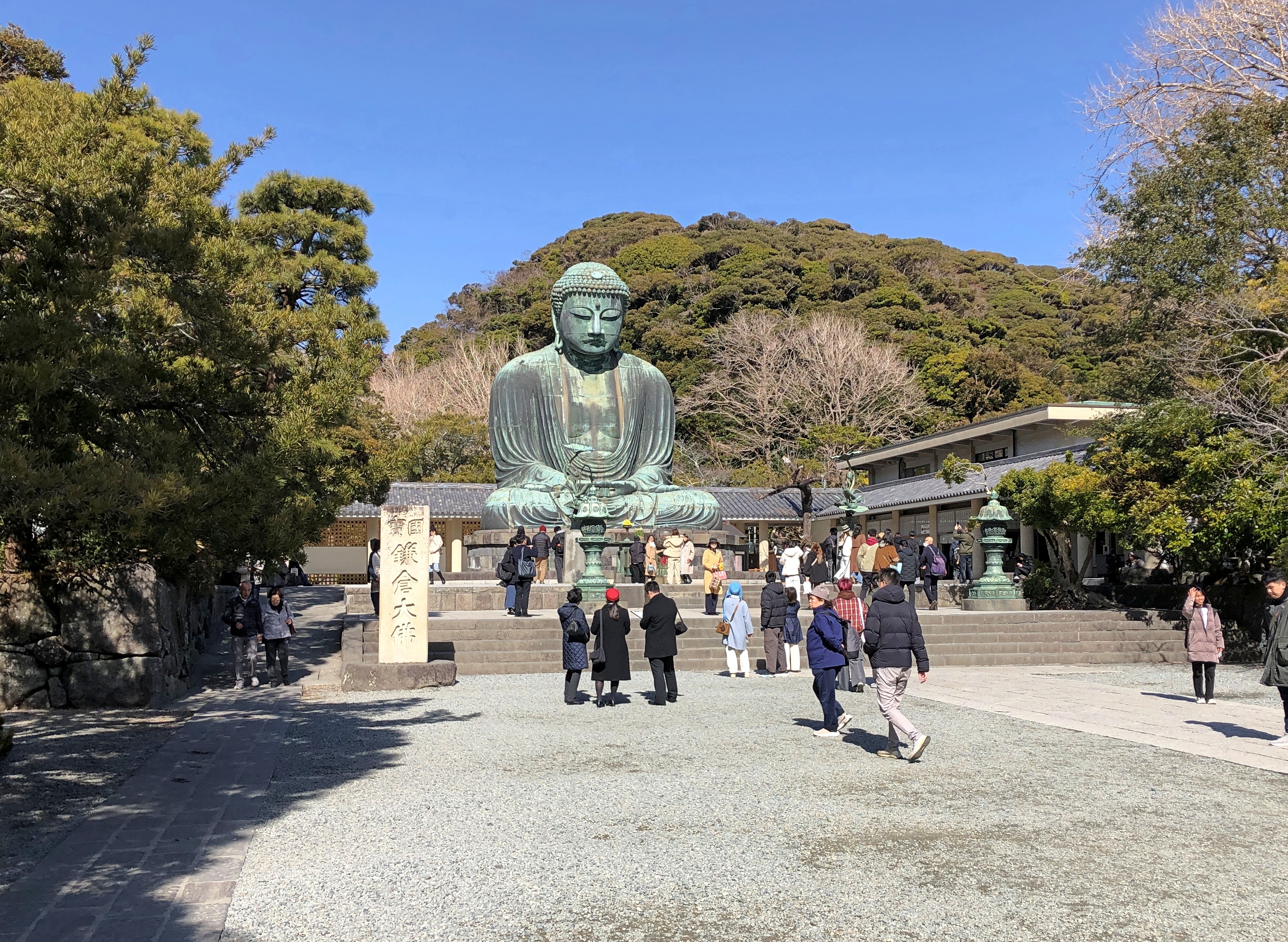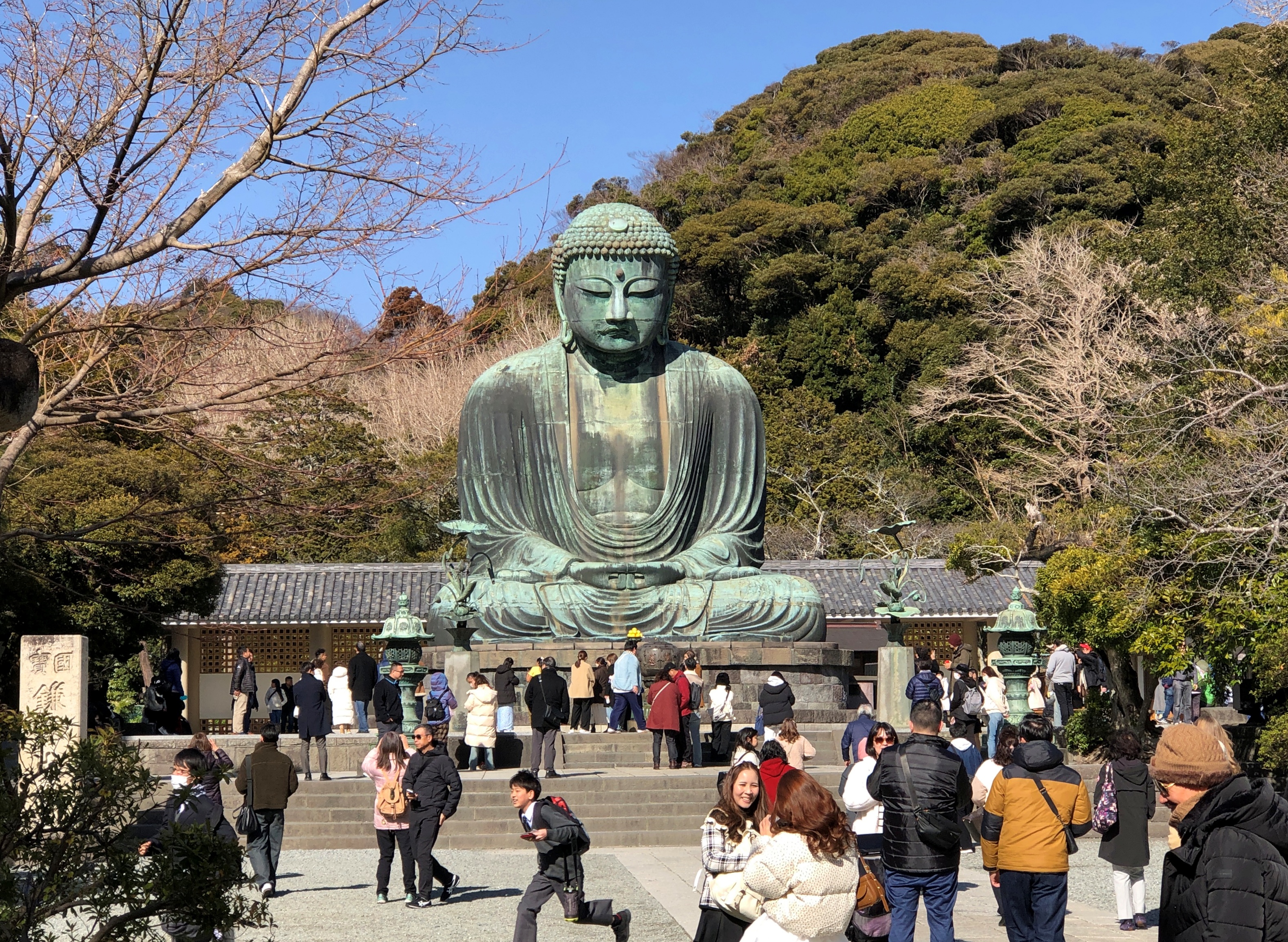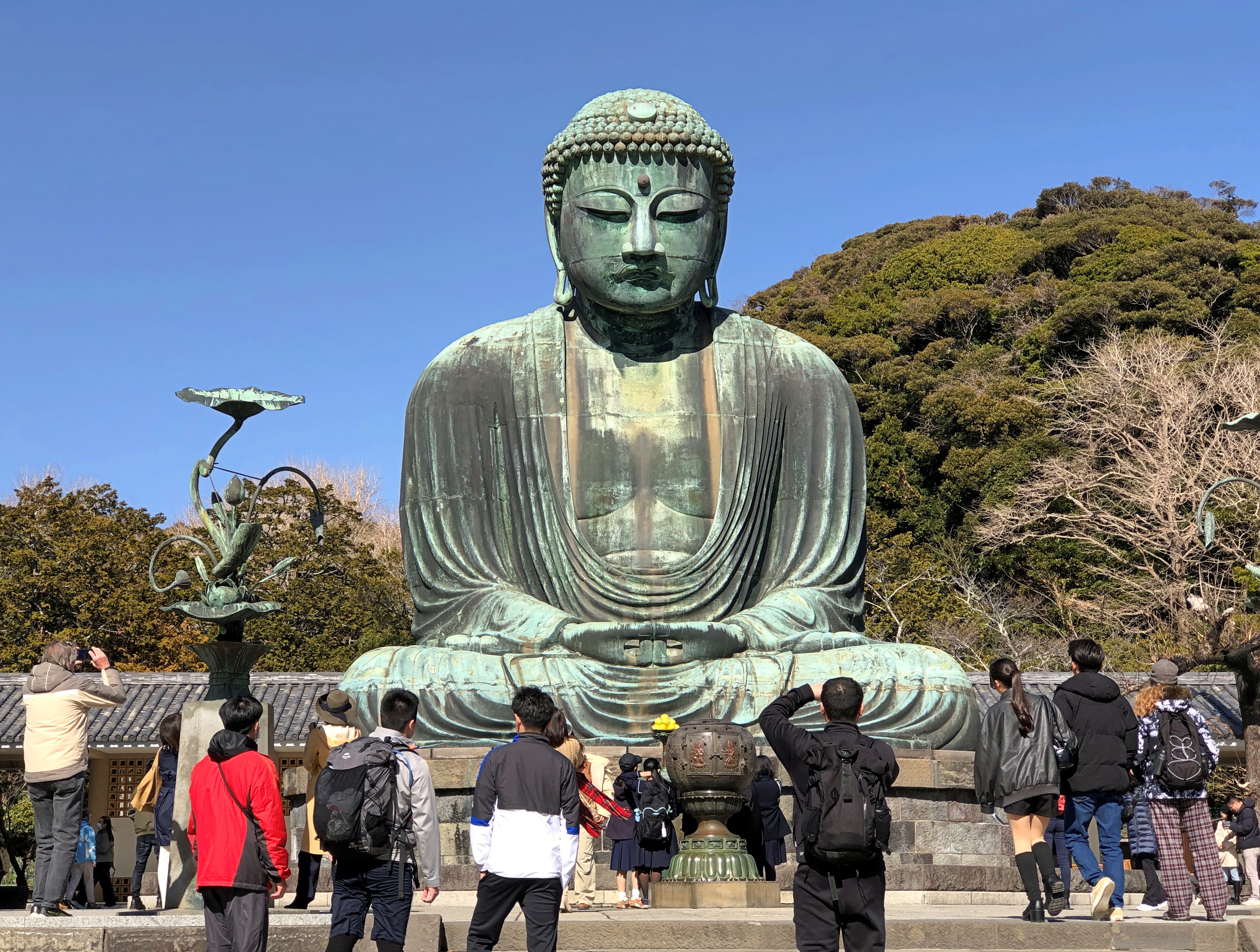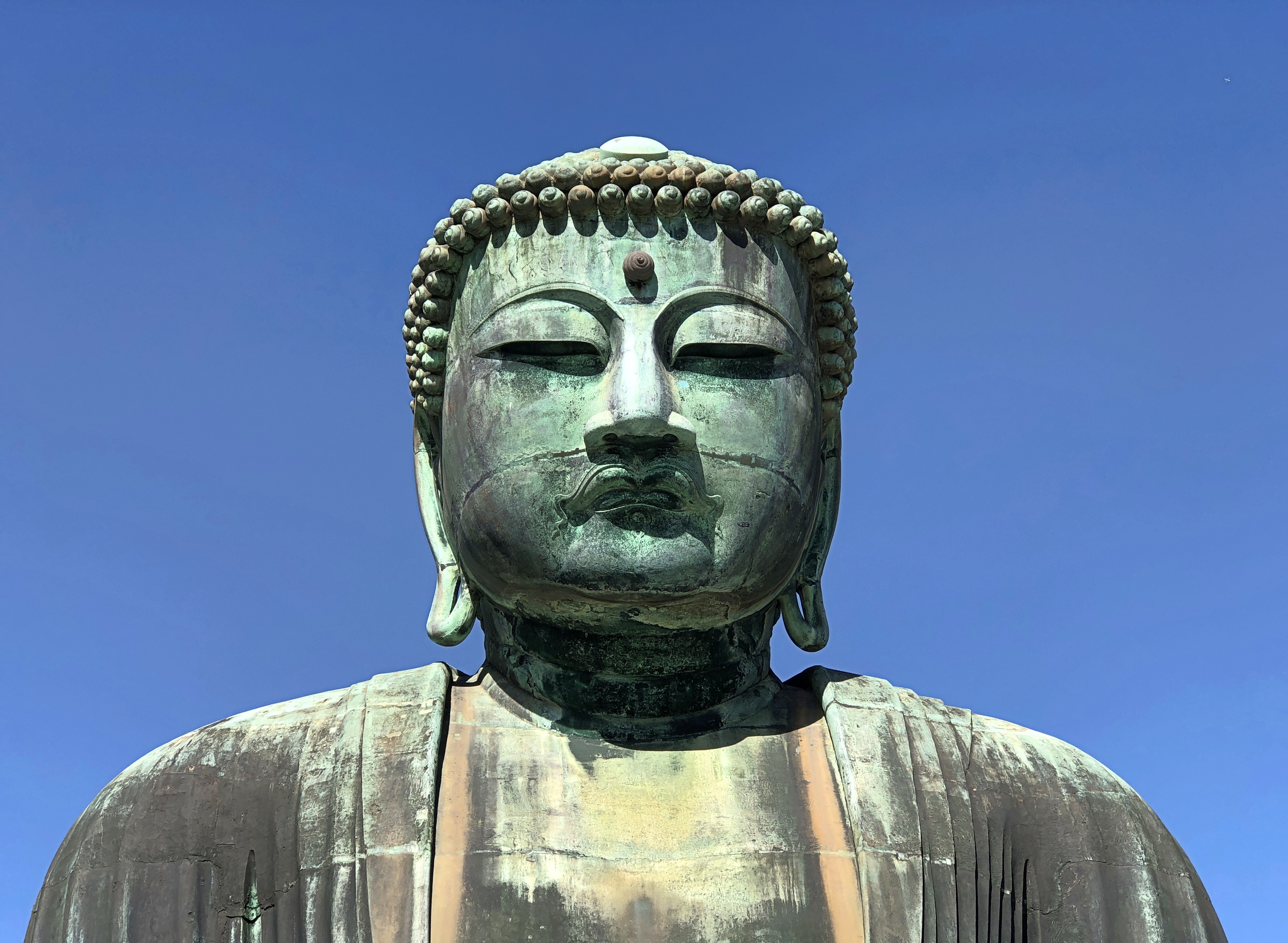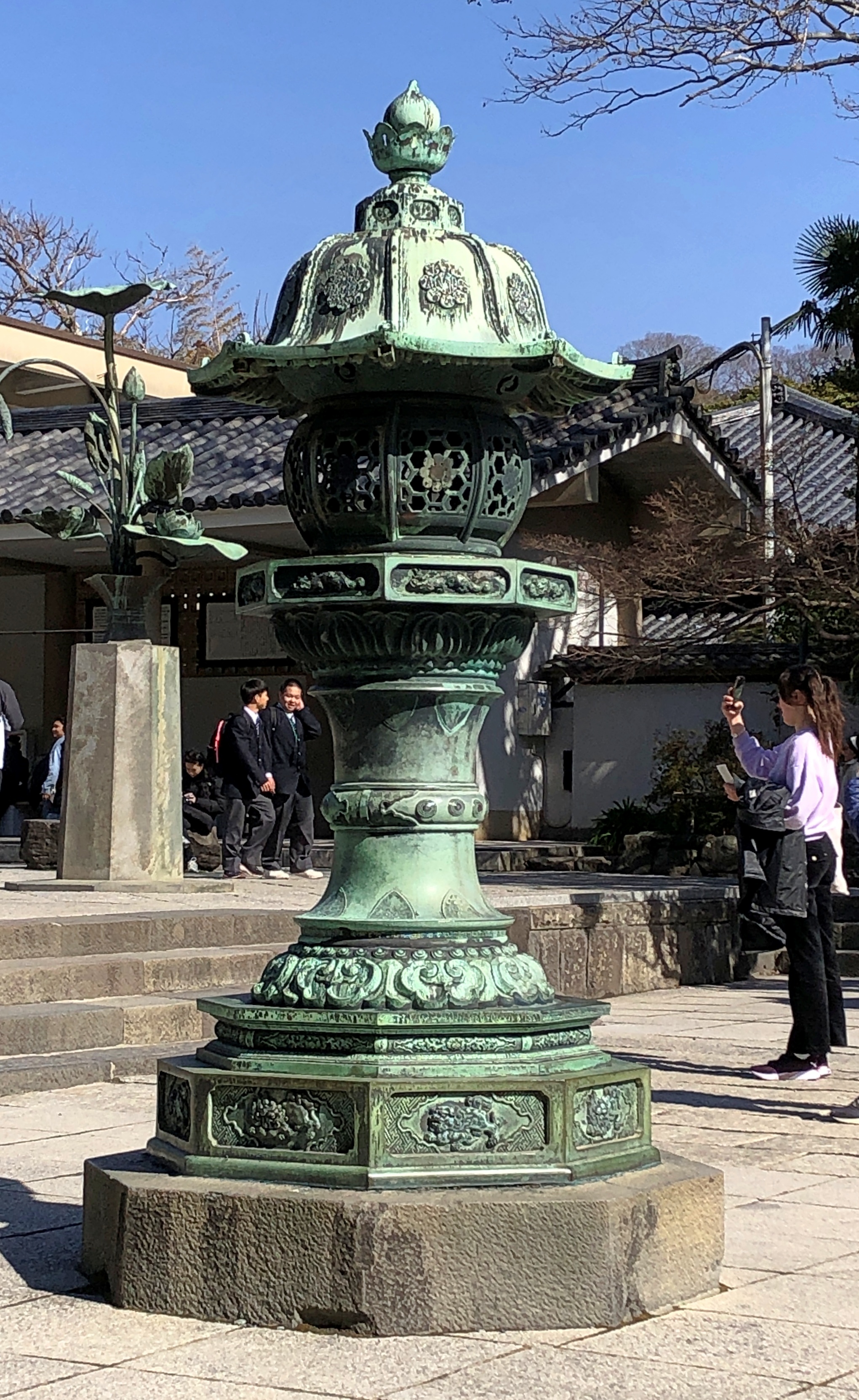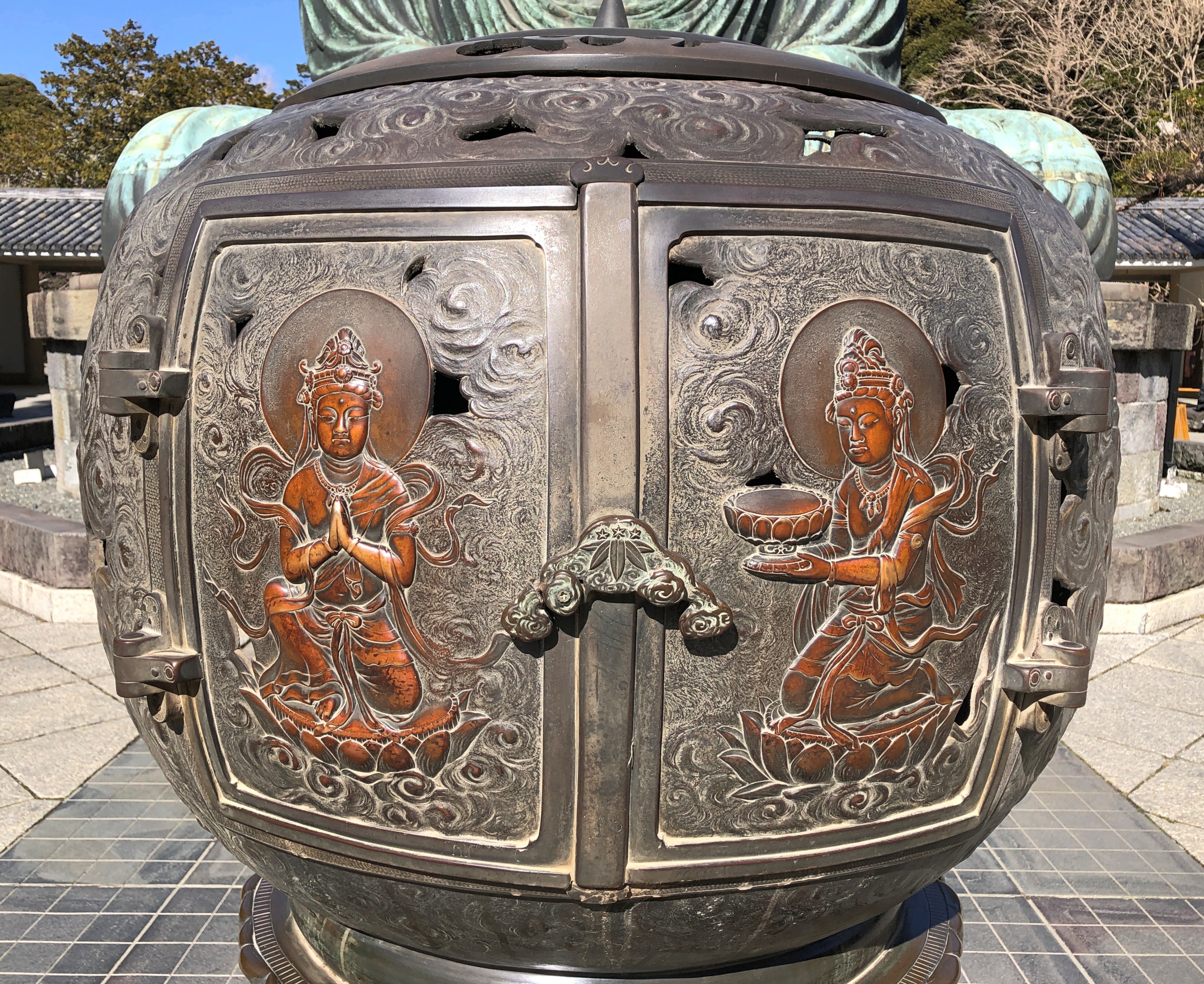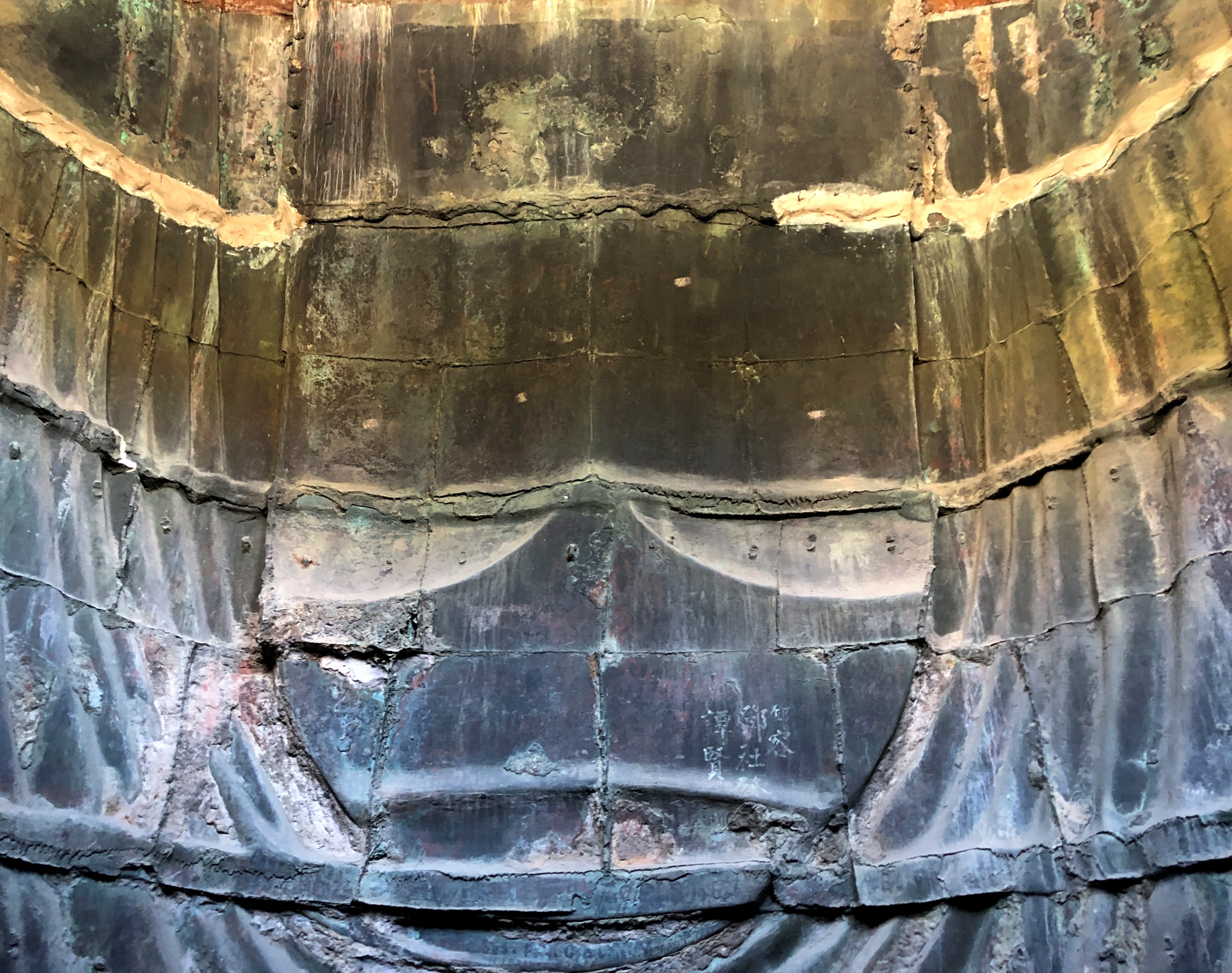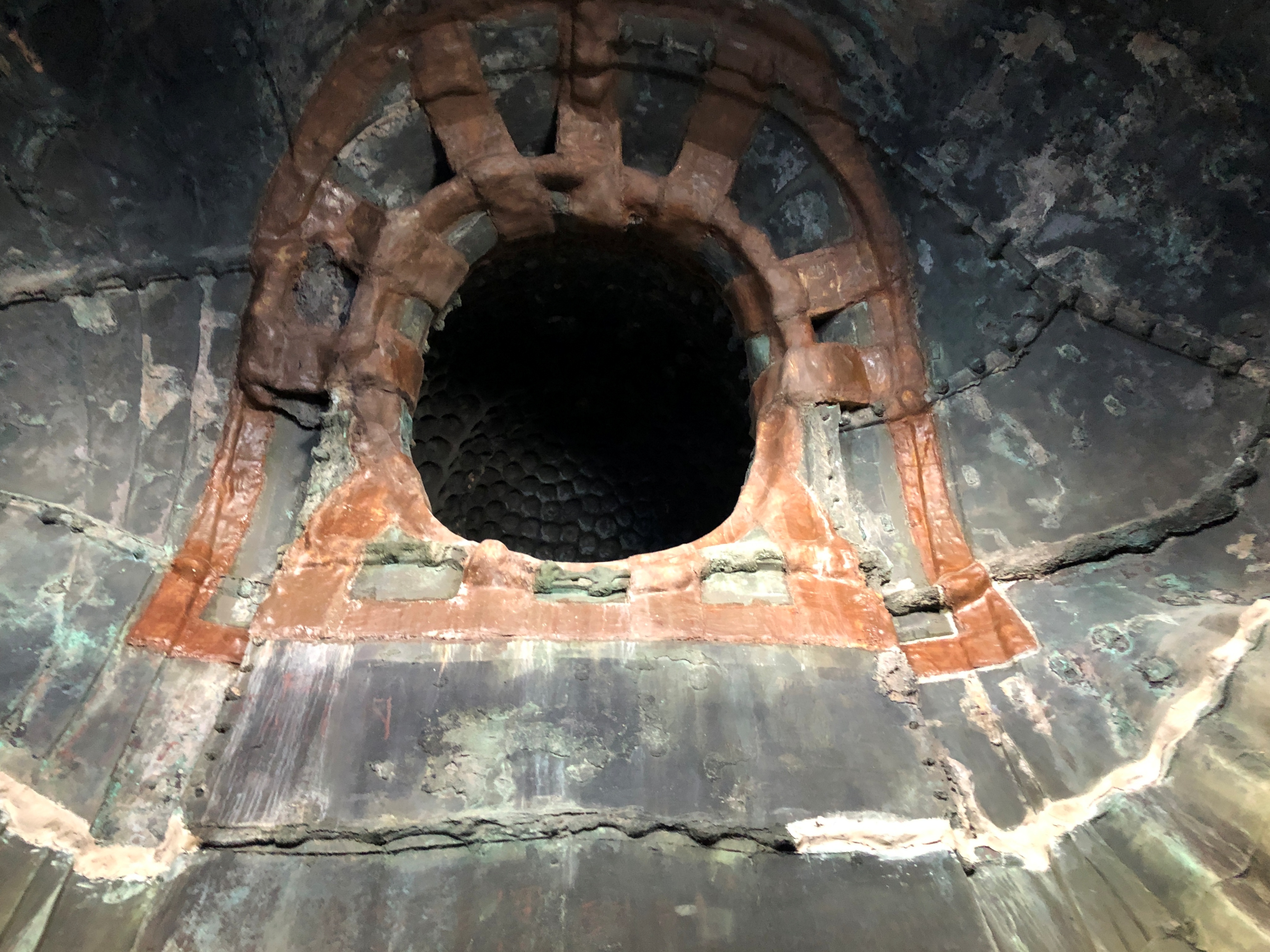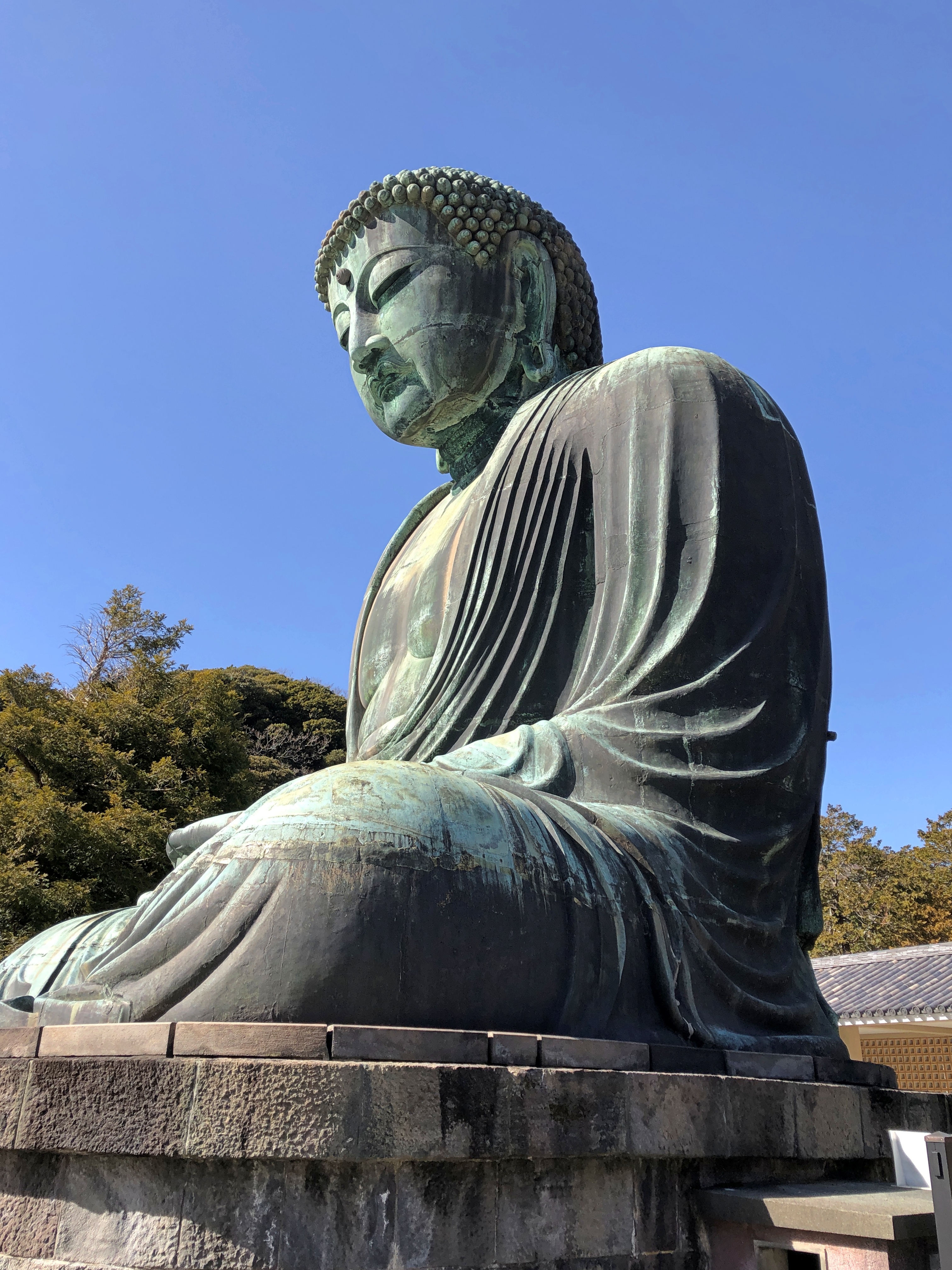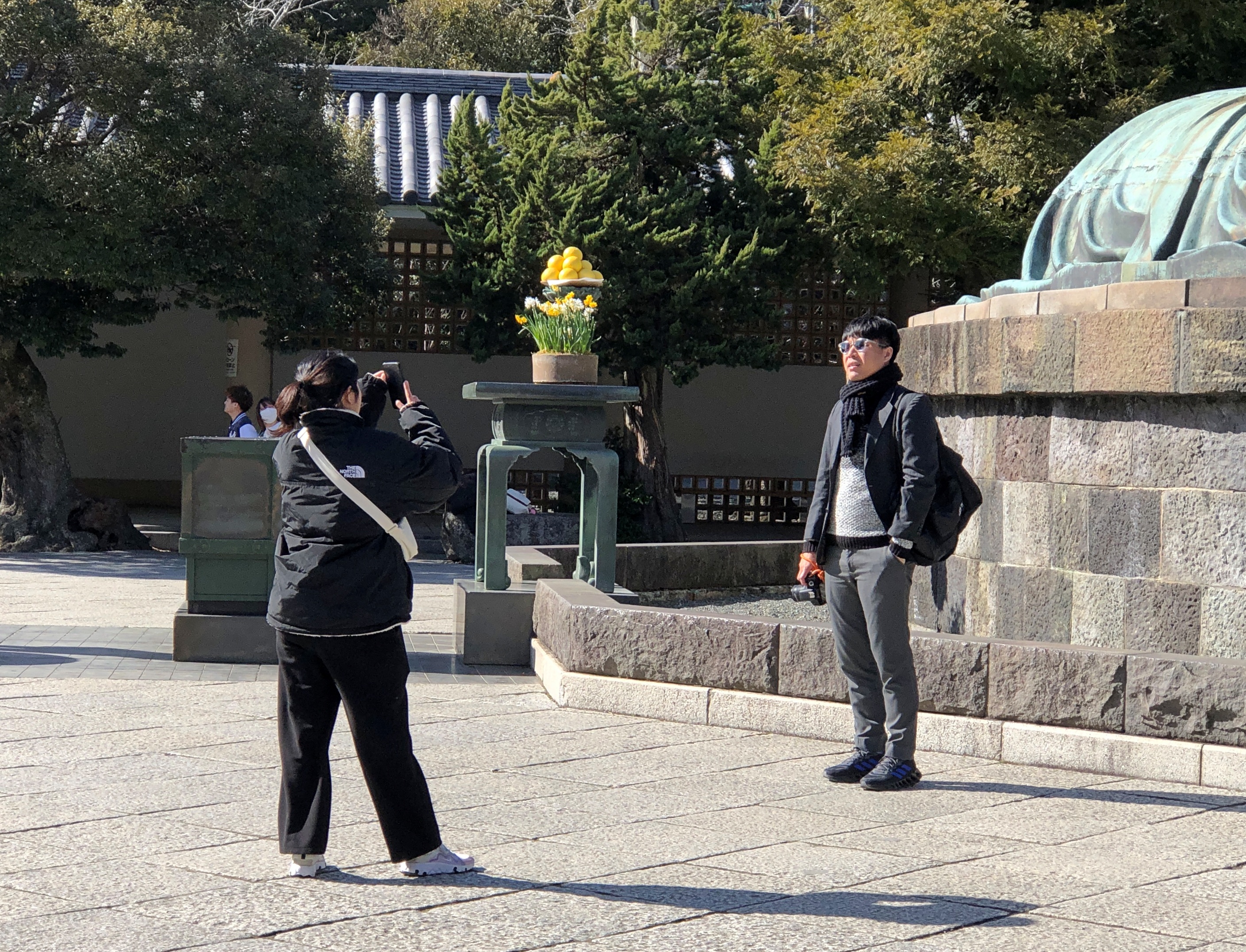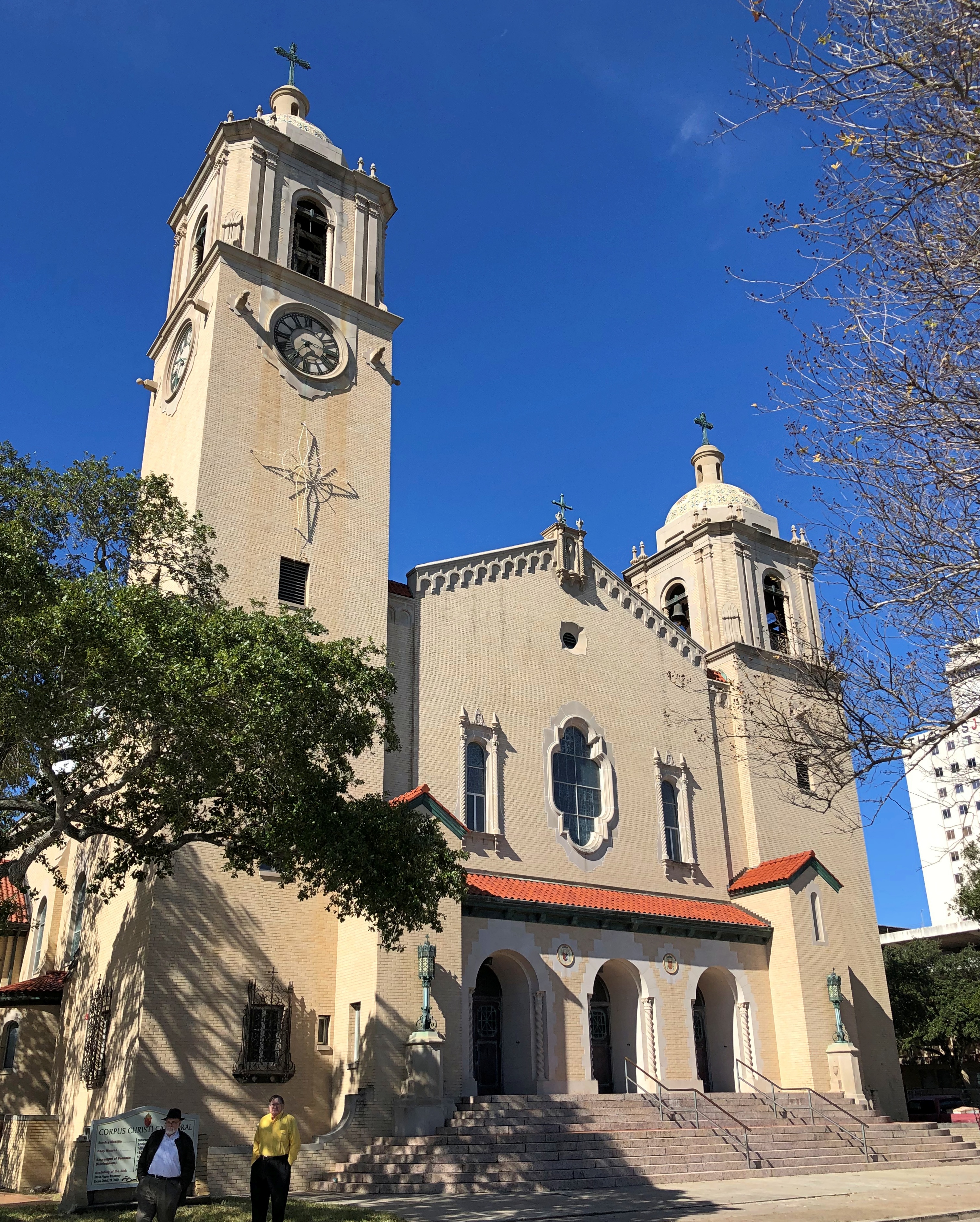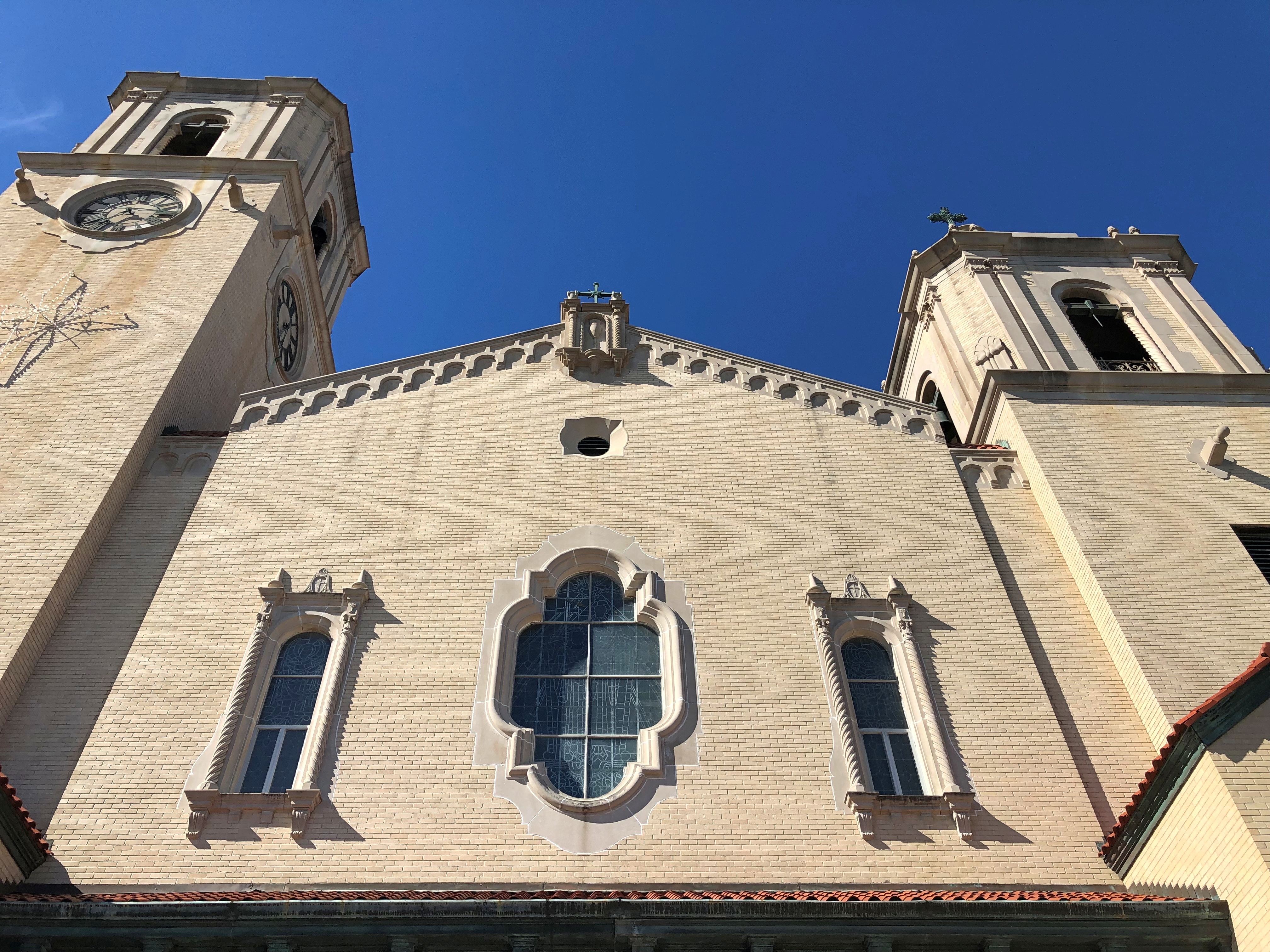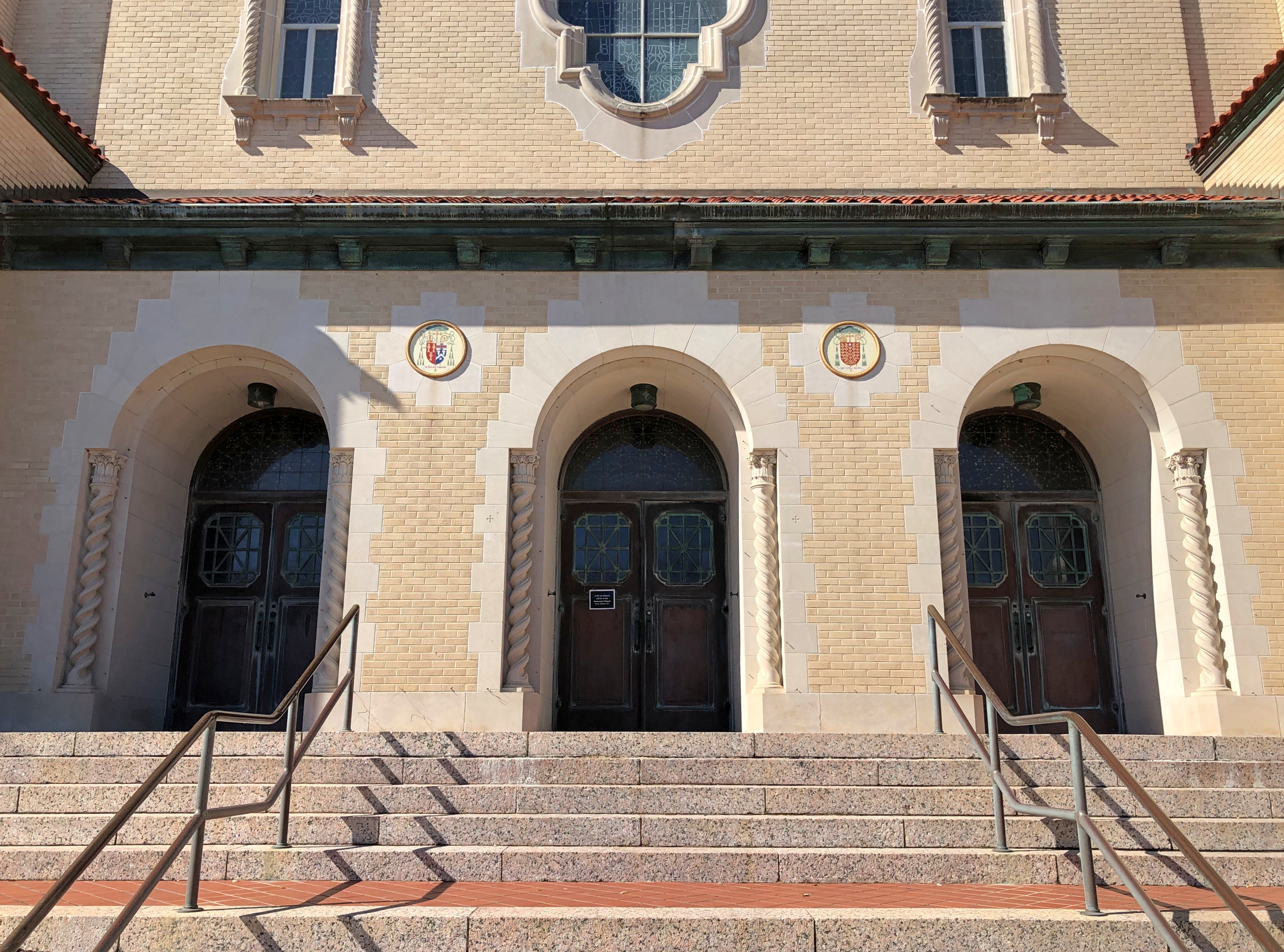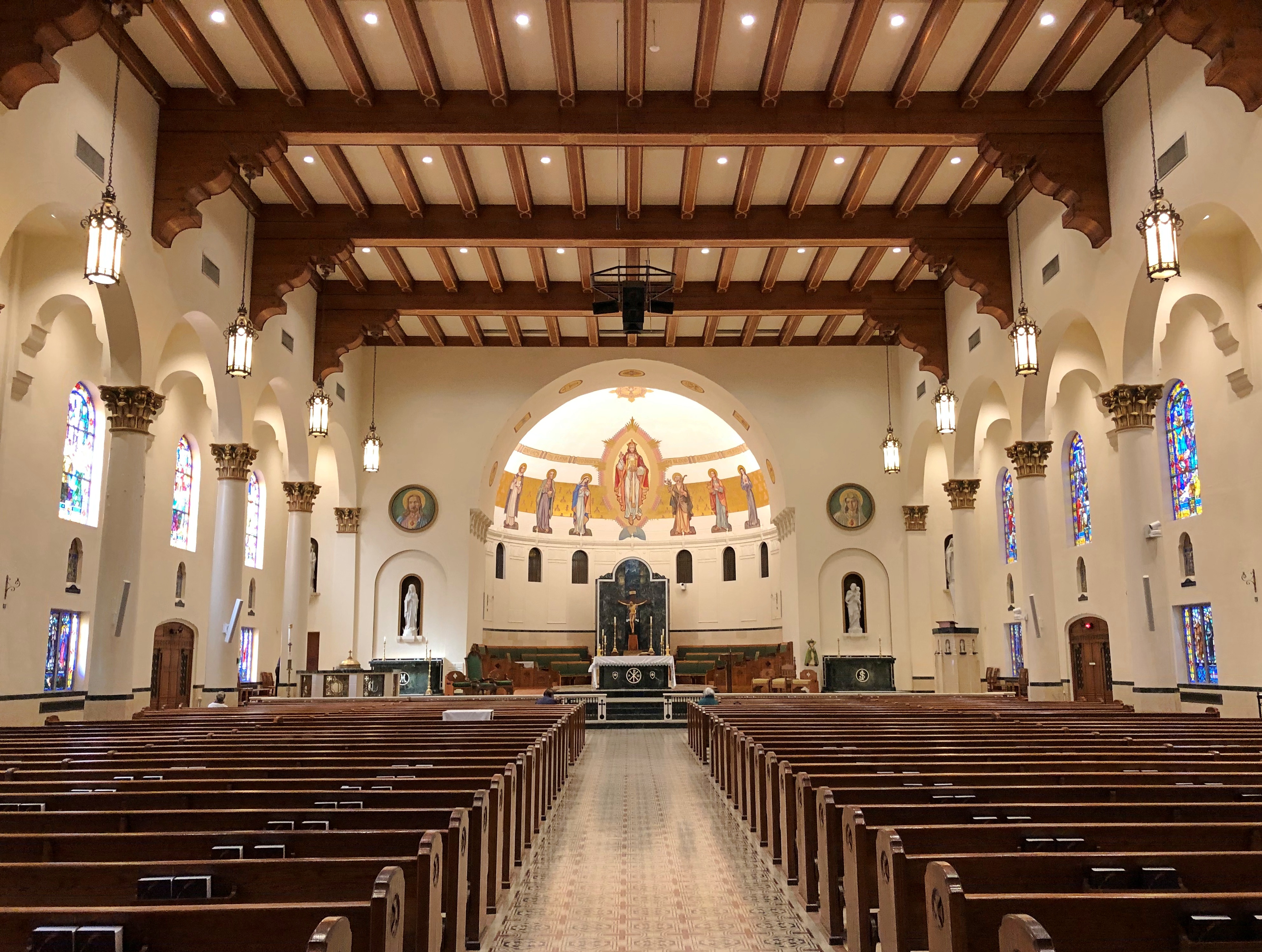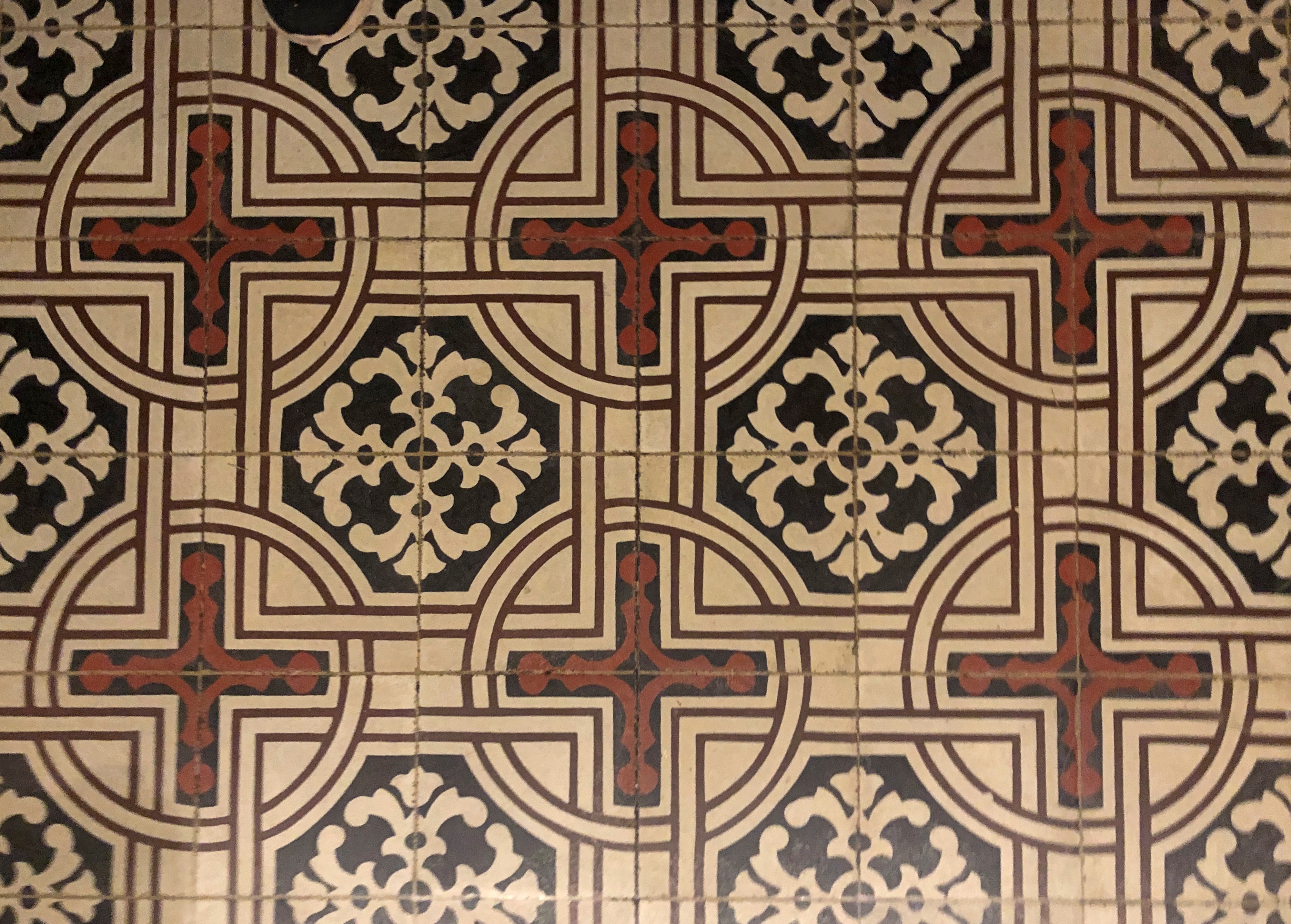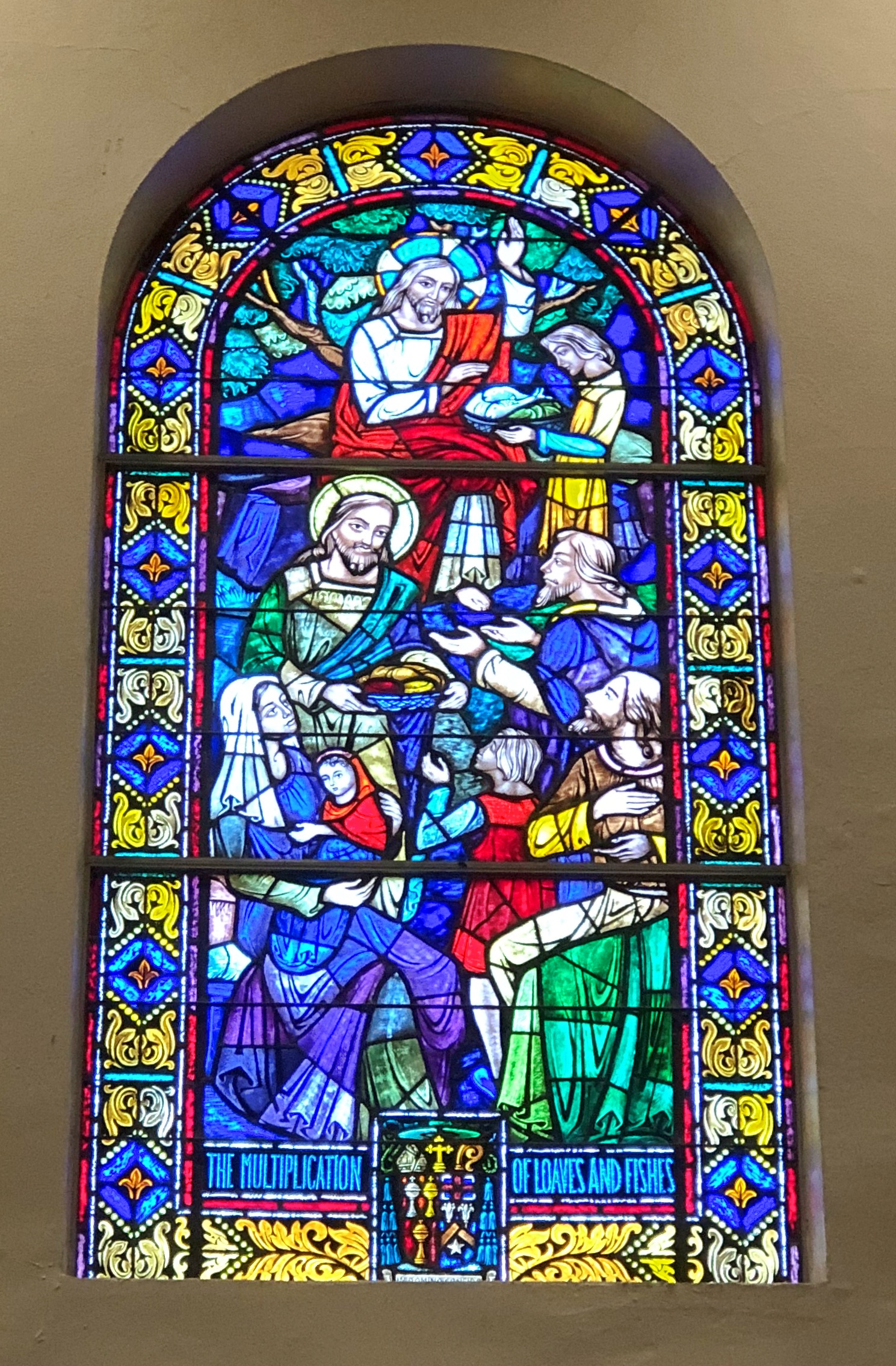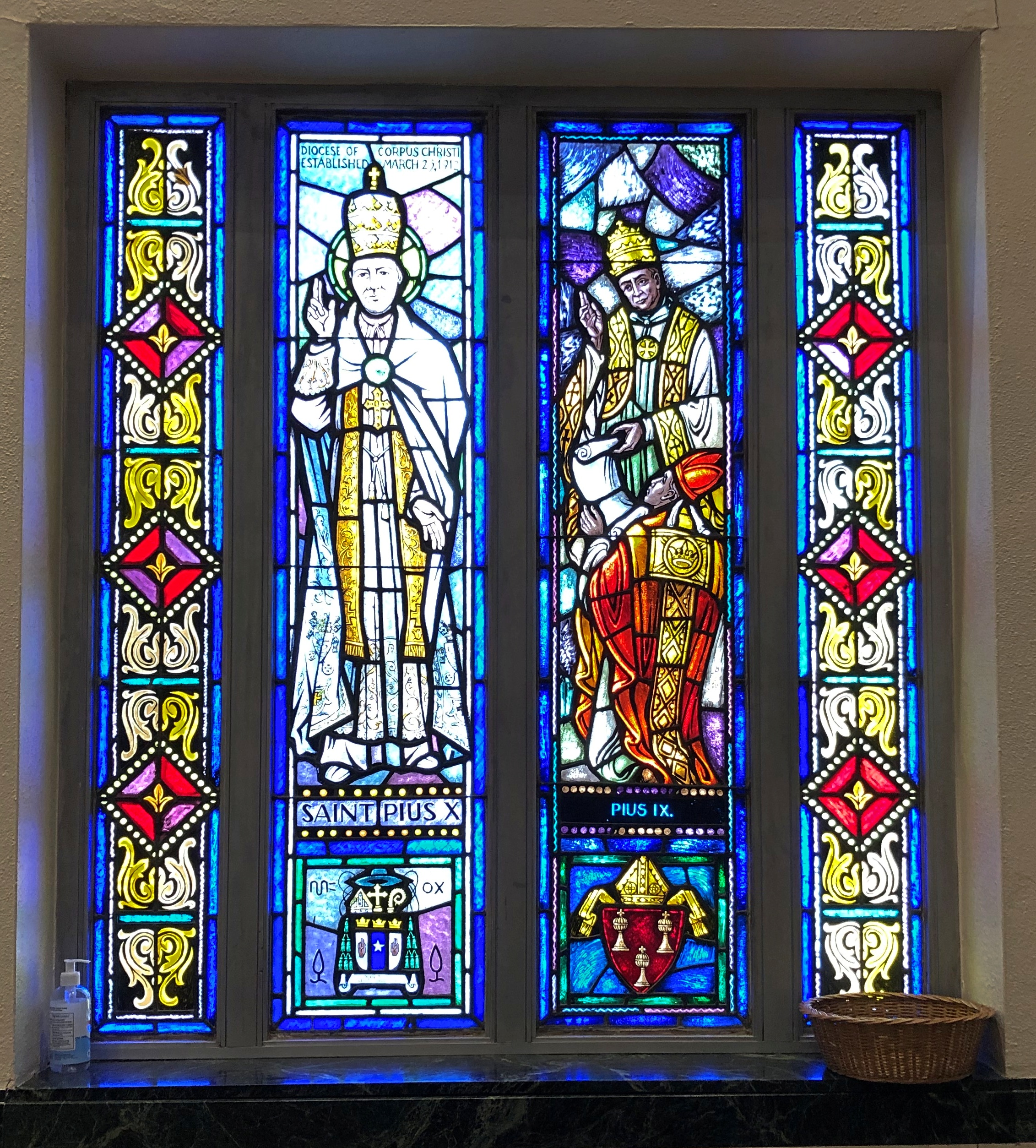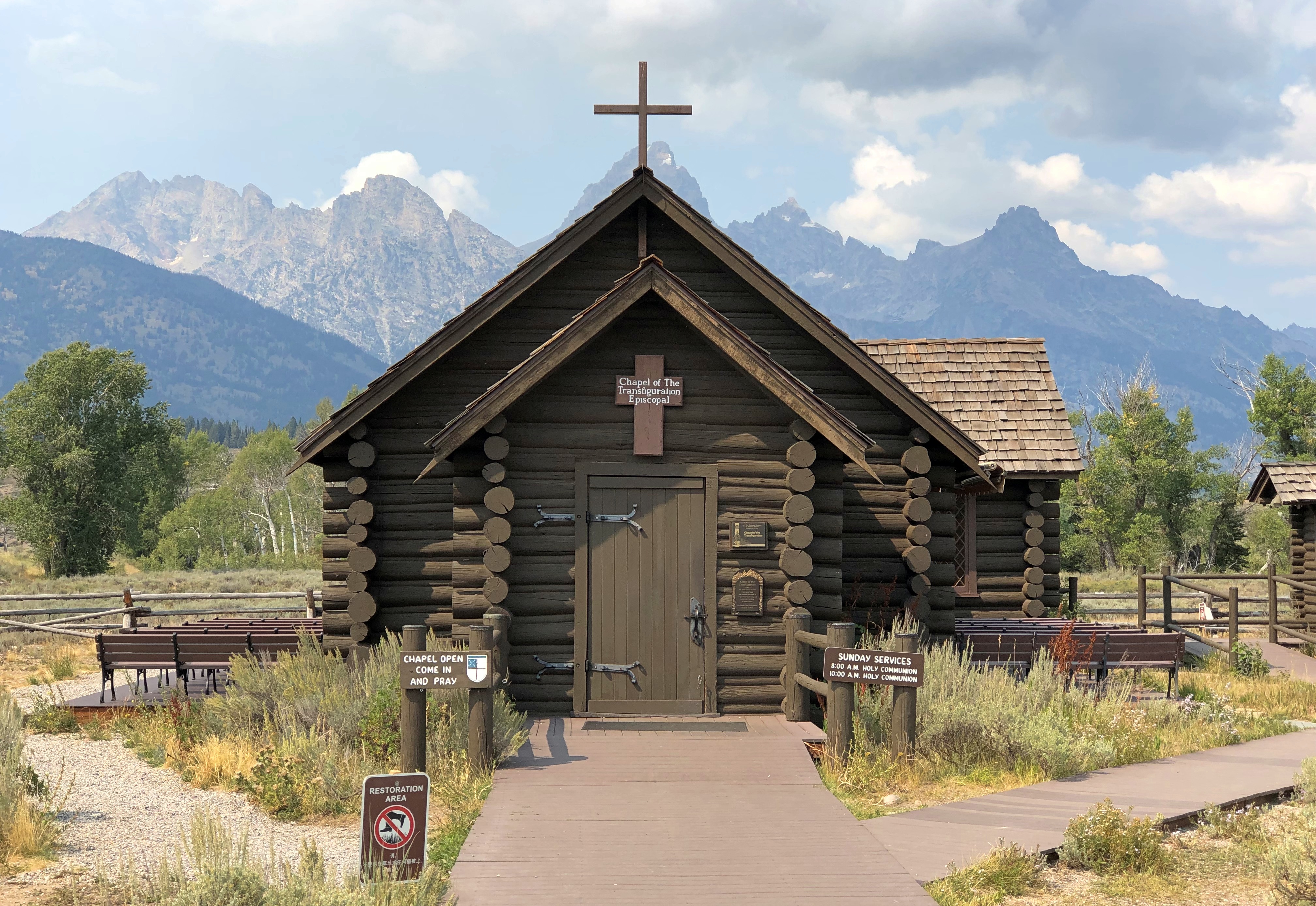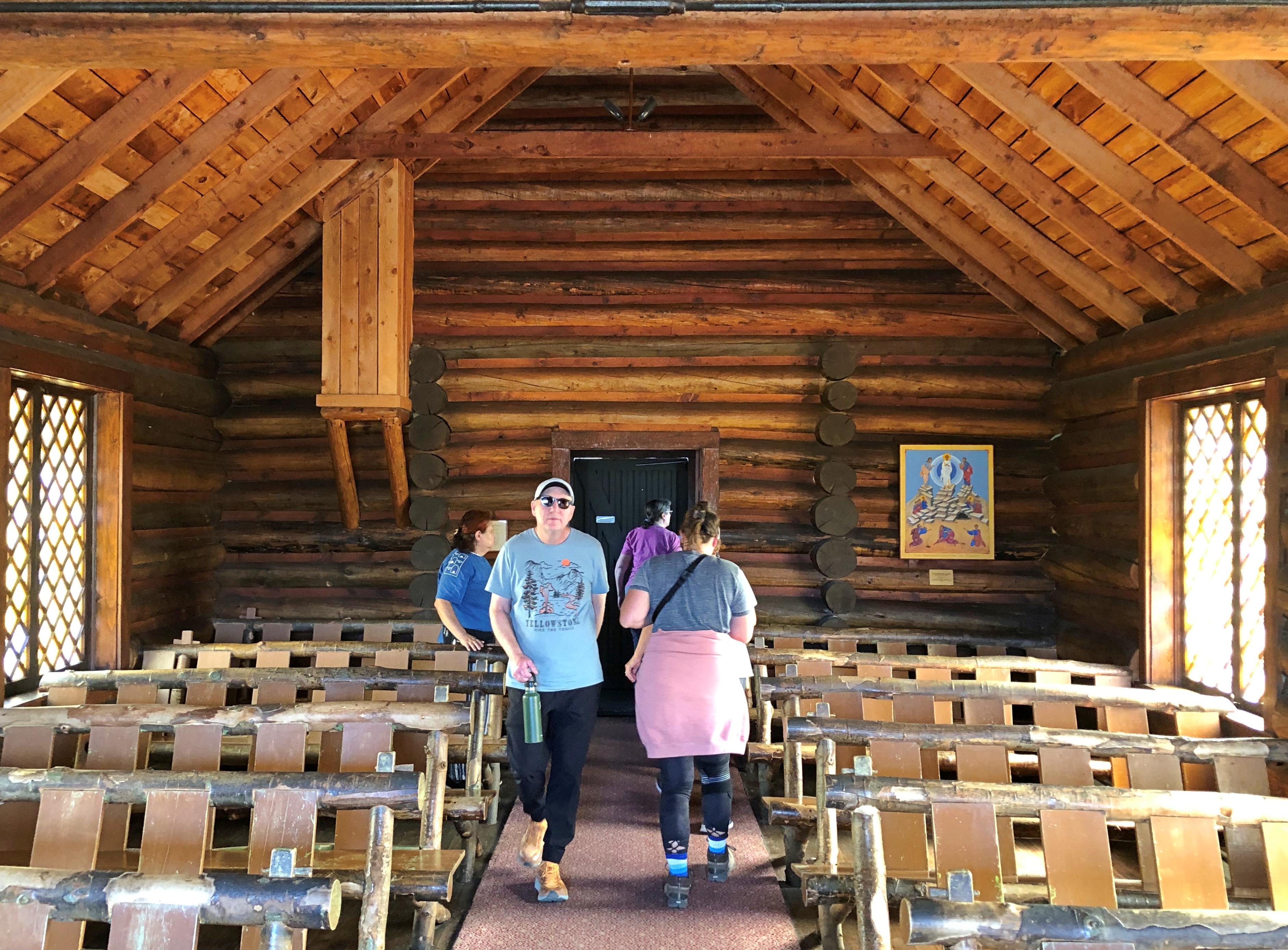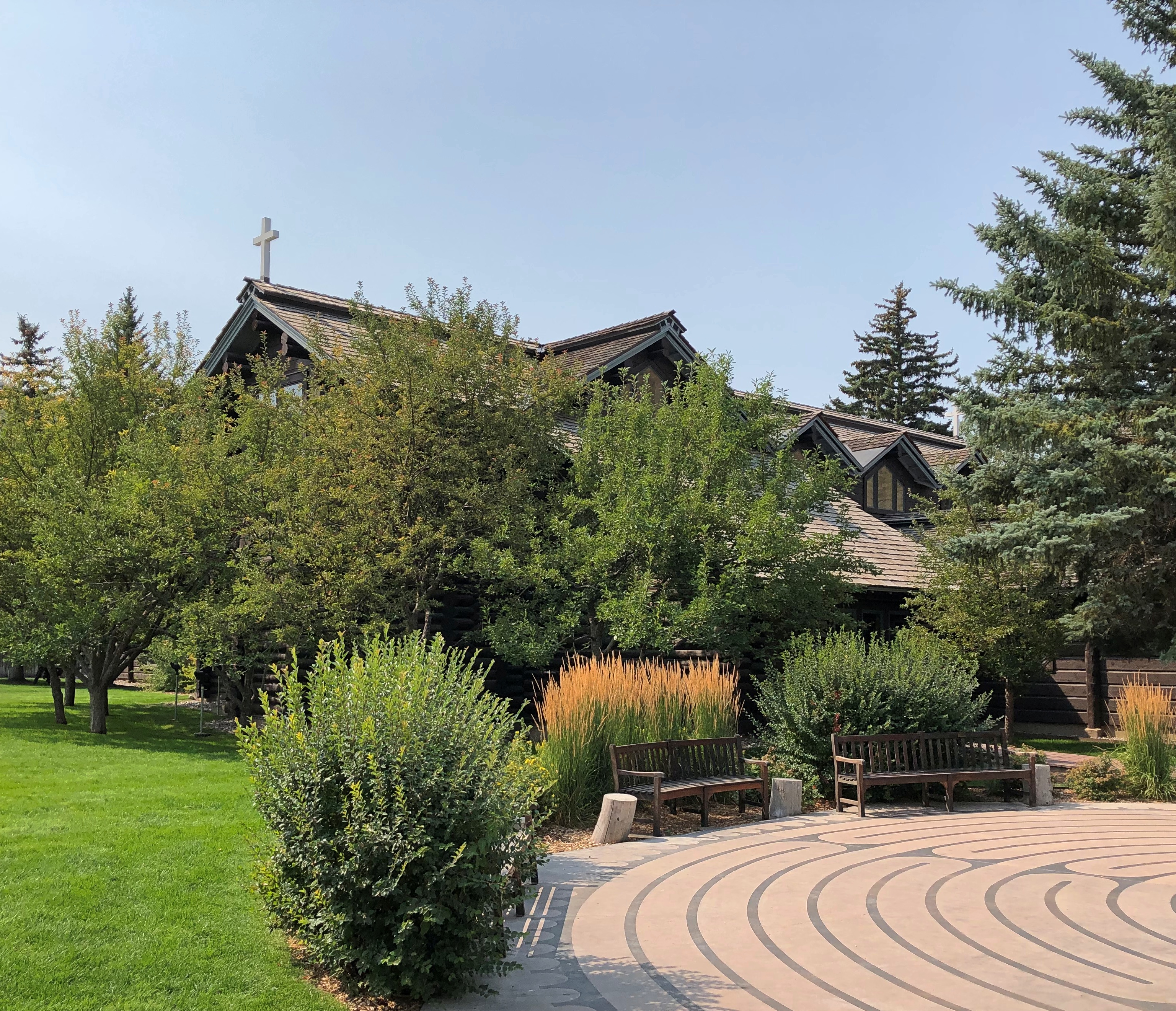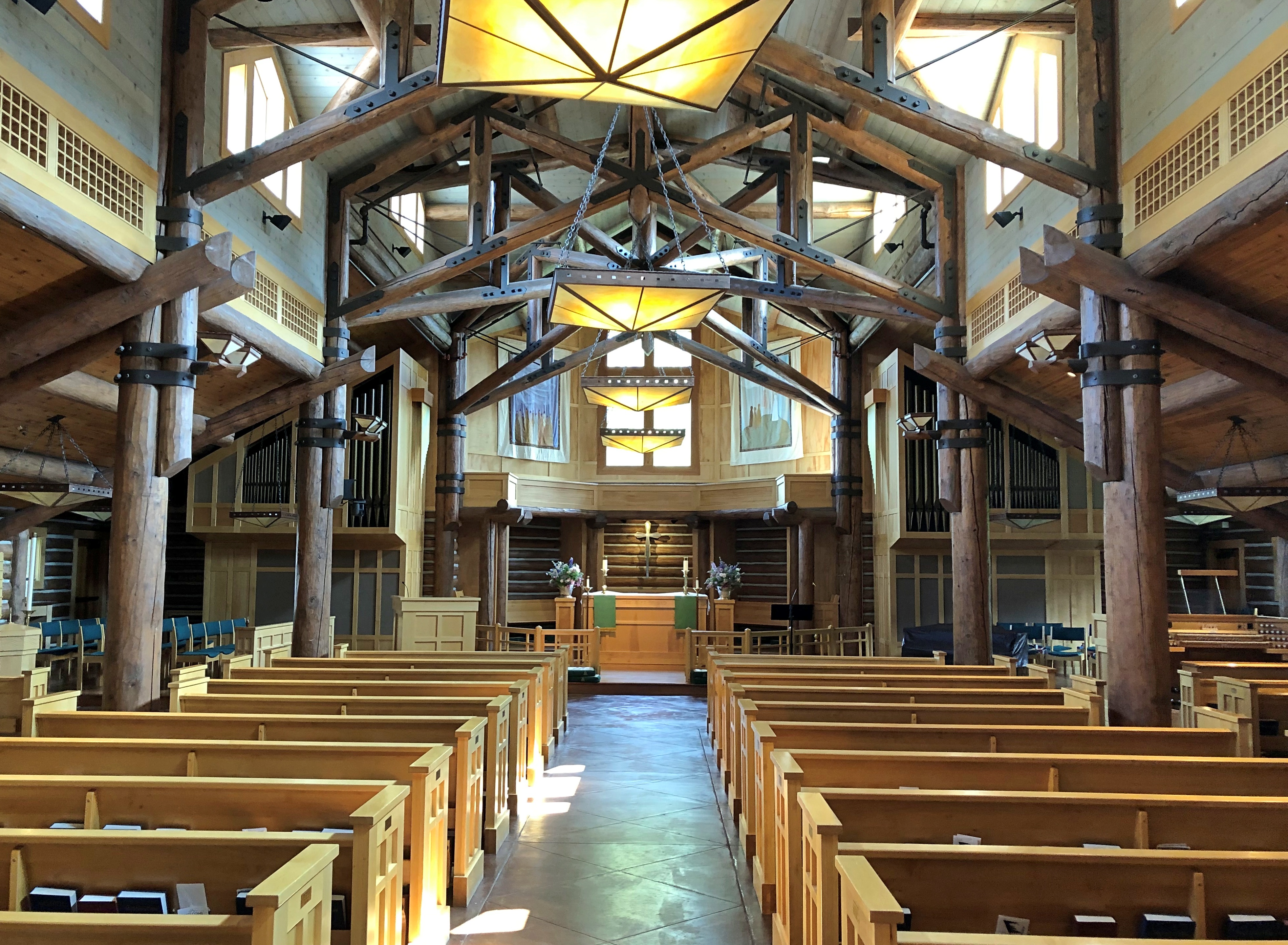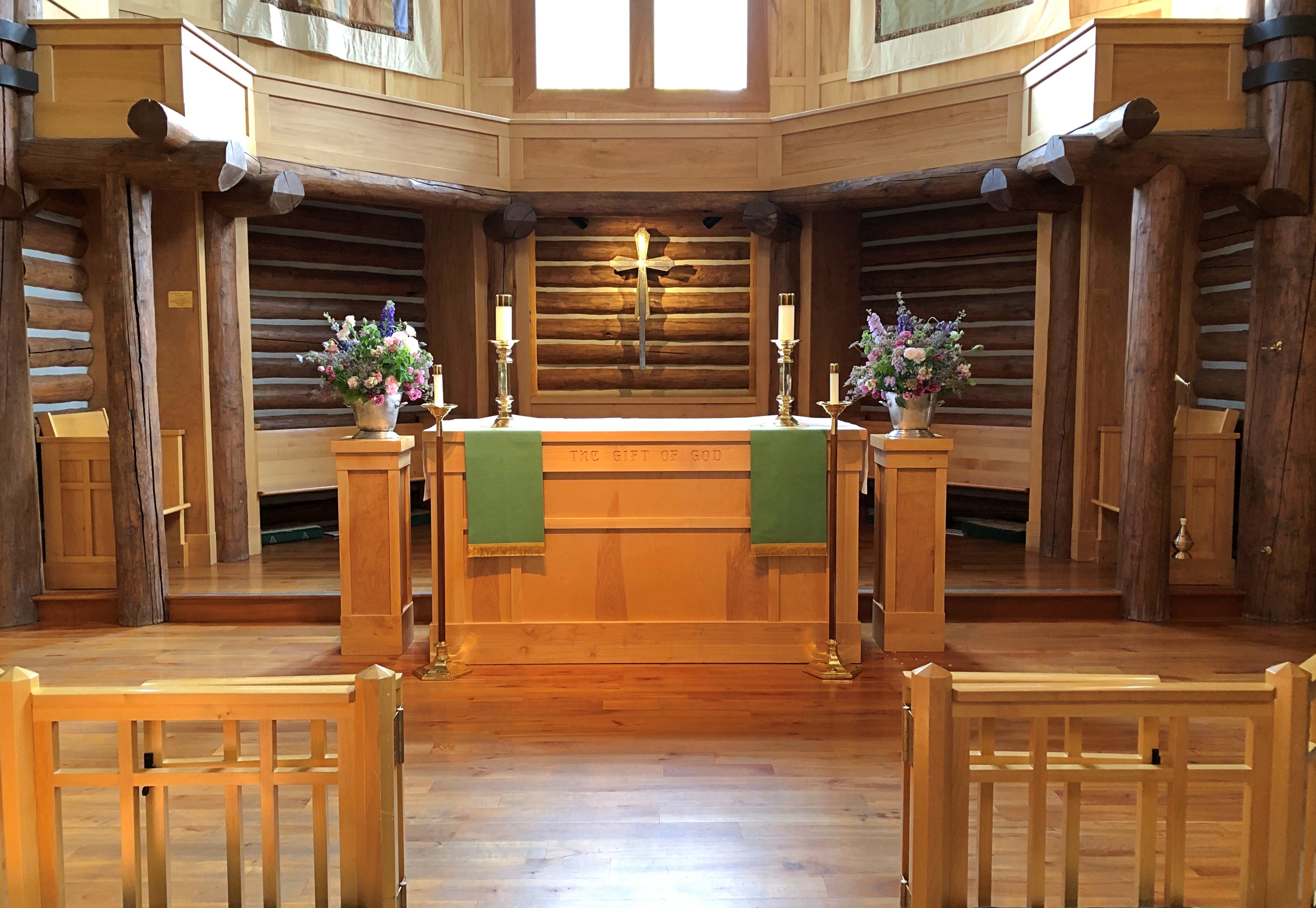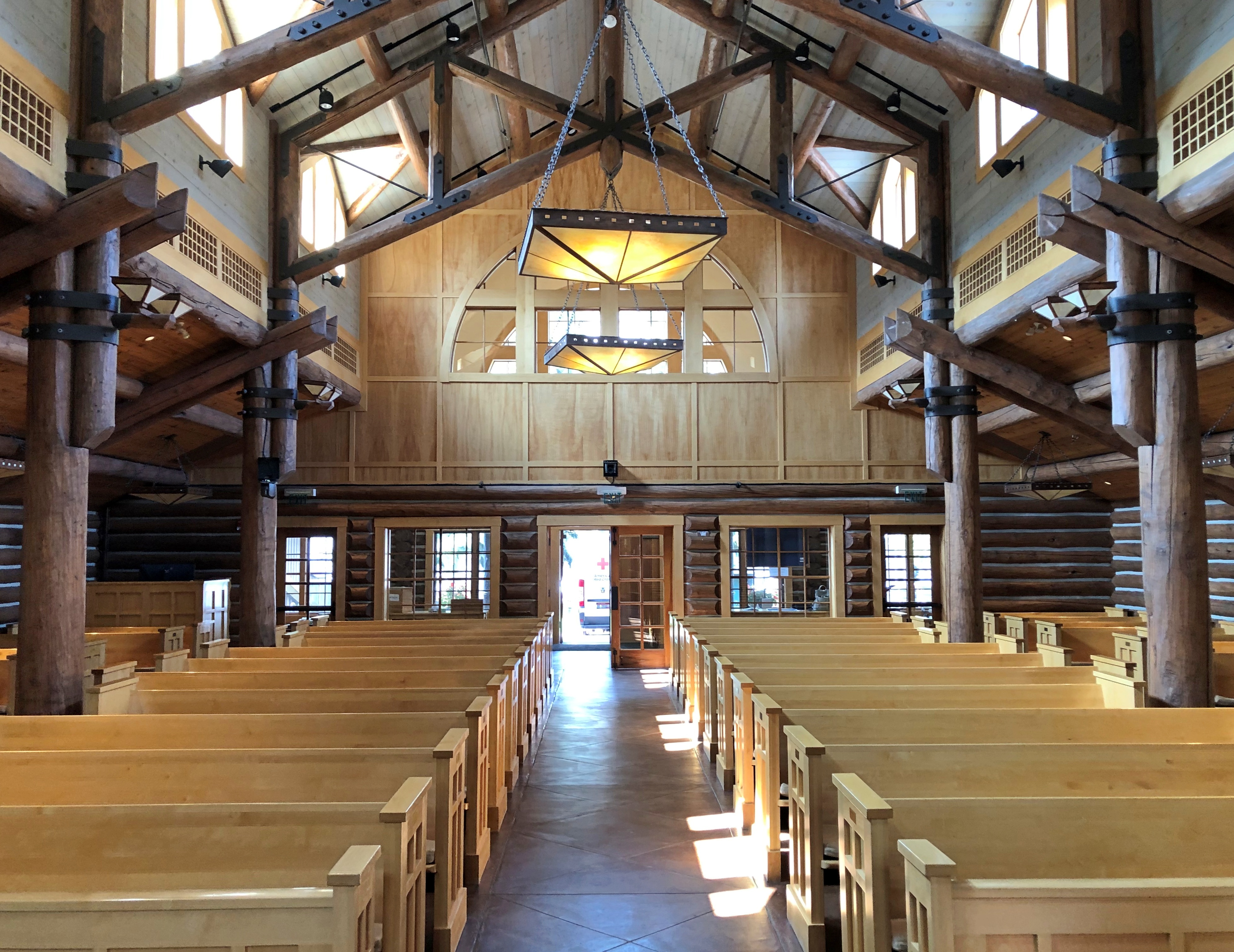Tucked away in the Umeda district of Osaka – a sort of downtown, with a heavy concentration of office, hotels and retail, along with the city’s busiest train station – is a Shinto shrine whose early history tends to be described (in English, anyway) using such phrases as “said to be” and “legend has it.”
While crossing on a pedestrian overpass a few days after arriving in Japan, I noticed the main torii for Tsuyu Tenjinsha Shrine (Ohatsu Tenjin). I must have visited the shrine in the 1990s. But when I got there this time, I had no memory of it. An odd feeling.
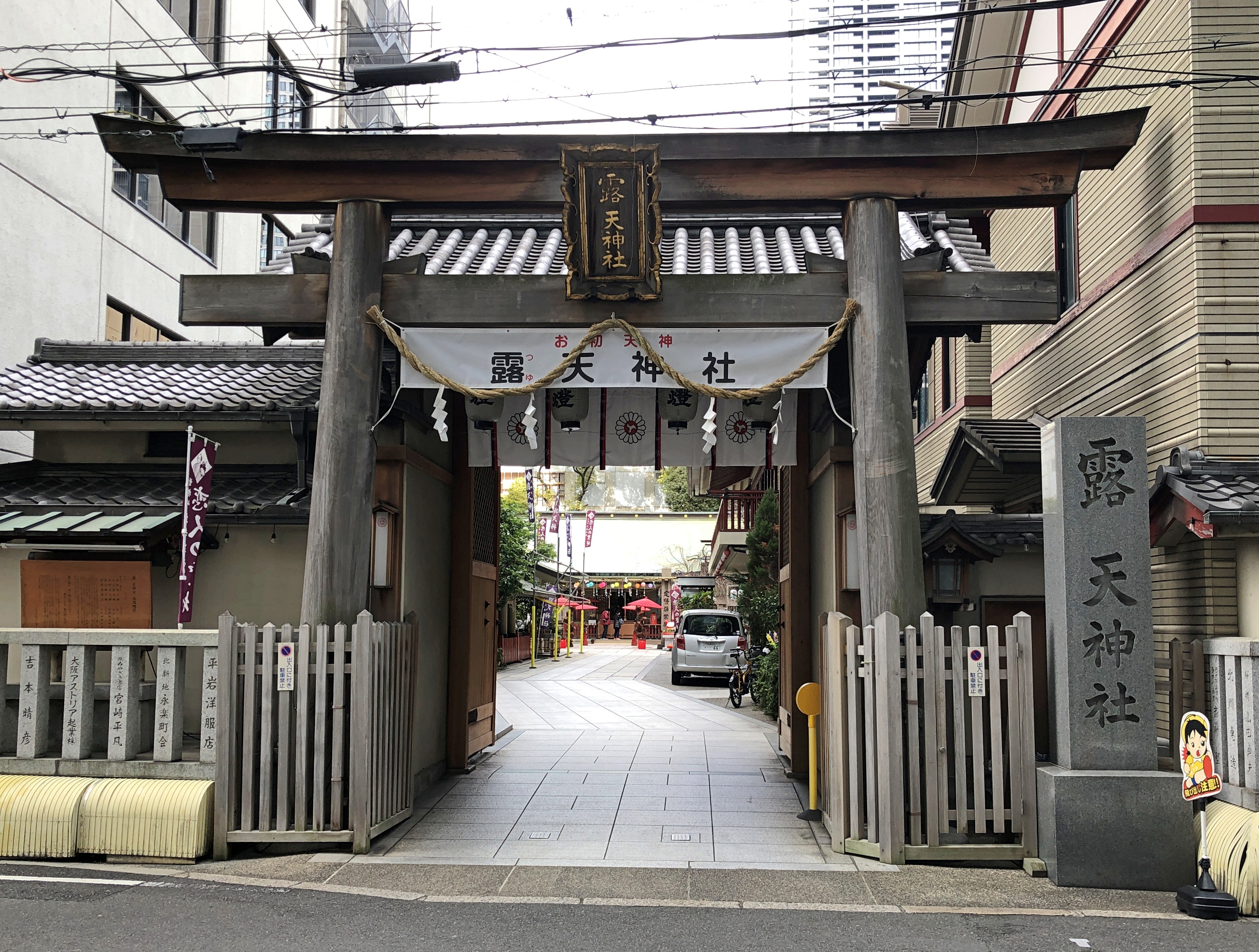
Clearly not ancient construction, or even that old. The U.S. Army Air Corps swept the area with a broom of fire in 1945, necessitating a reconstruction a decade or so later. A machine translation from the shrine web site tells of its hazy early centuries.
“[The] shrine was established on its current site, which was one of the small islands in Osaka Bay, to worship Sumiyoshi Sumuji Sone no Kami, and it is one of the former sites of the Naniwa Yasoshima Festival…
“The date of its founding is unclear, but since the Naniwa Yasoshima Festival can be traced back to the third year of the Kasho era (850) during the reign of Emperor Montoku, and the area is said to have been in place by the time of Emperor Kinmei in the sixth century, the origins of this shrine can be inferred to date back to that time.”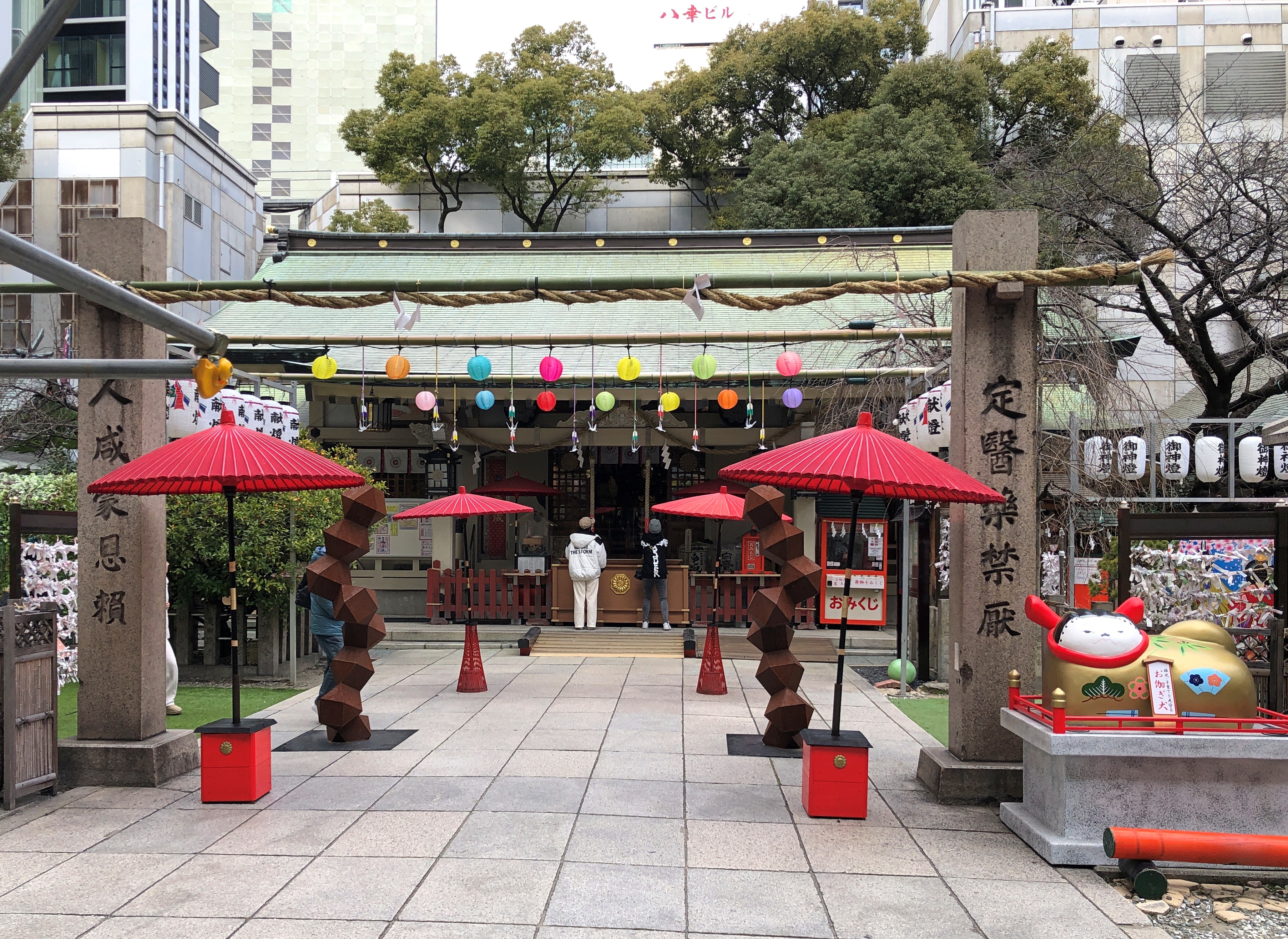
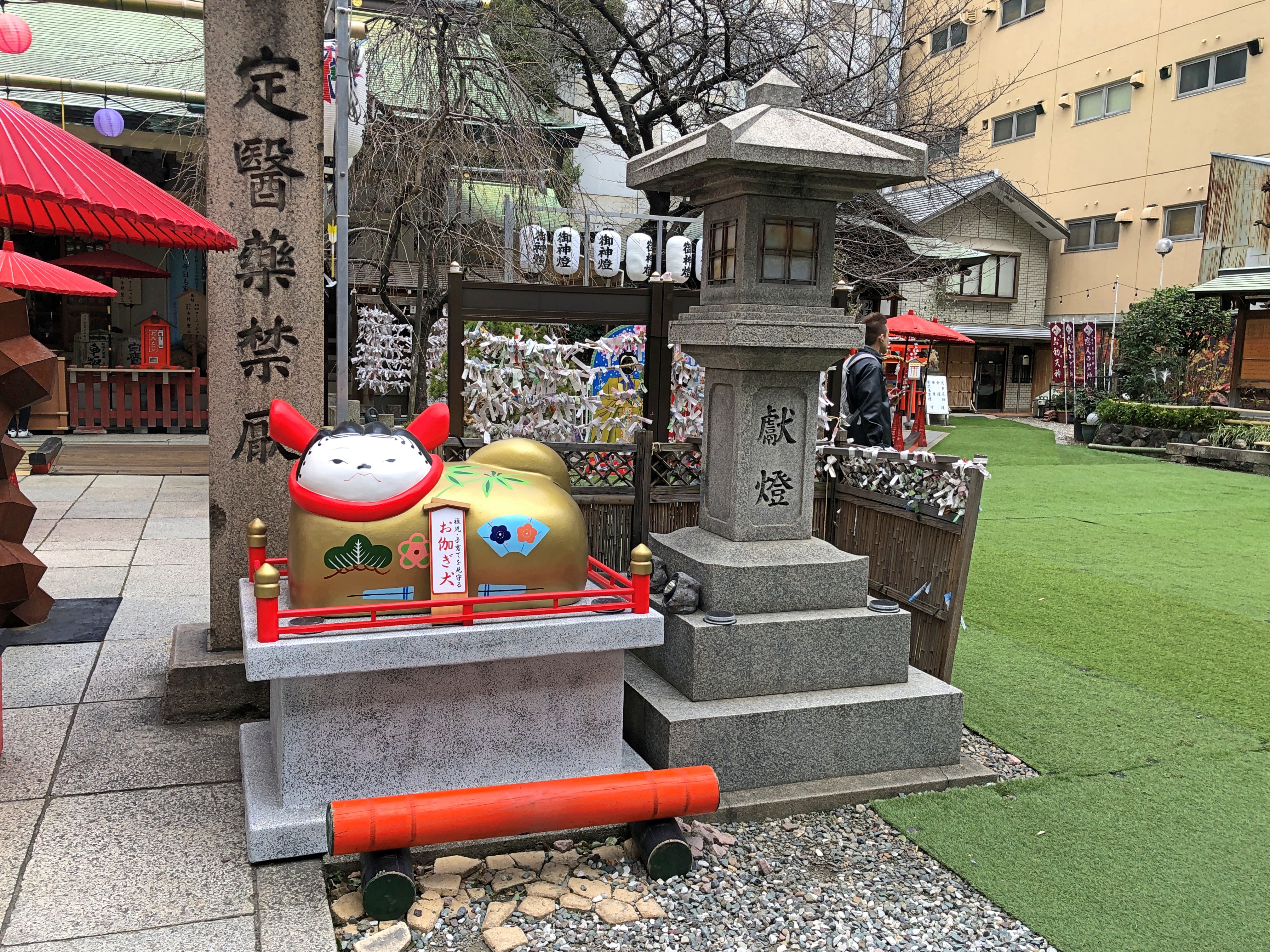
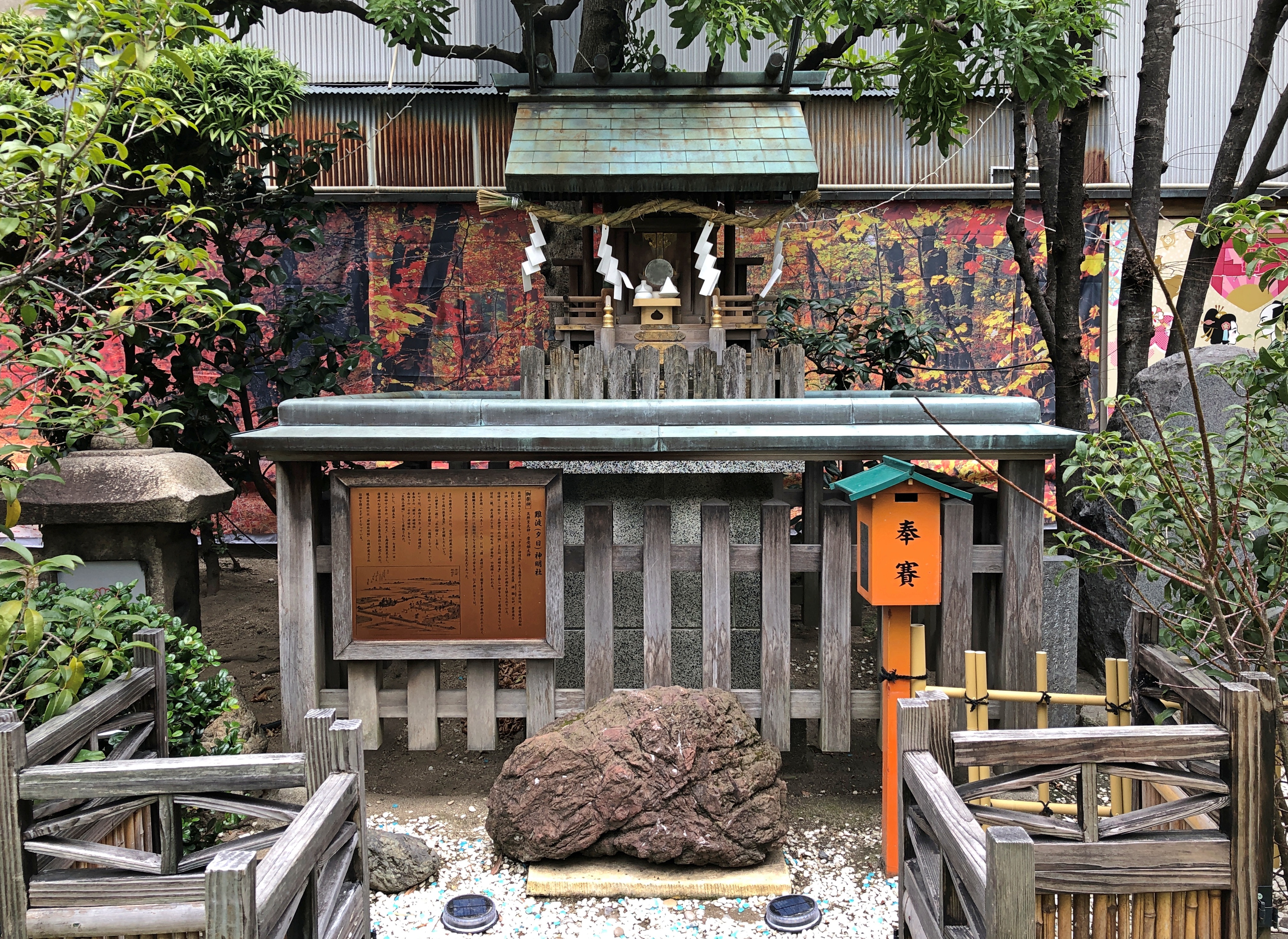
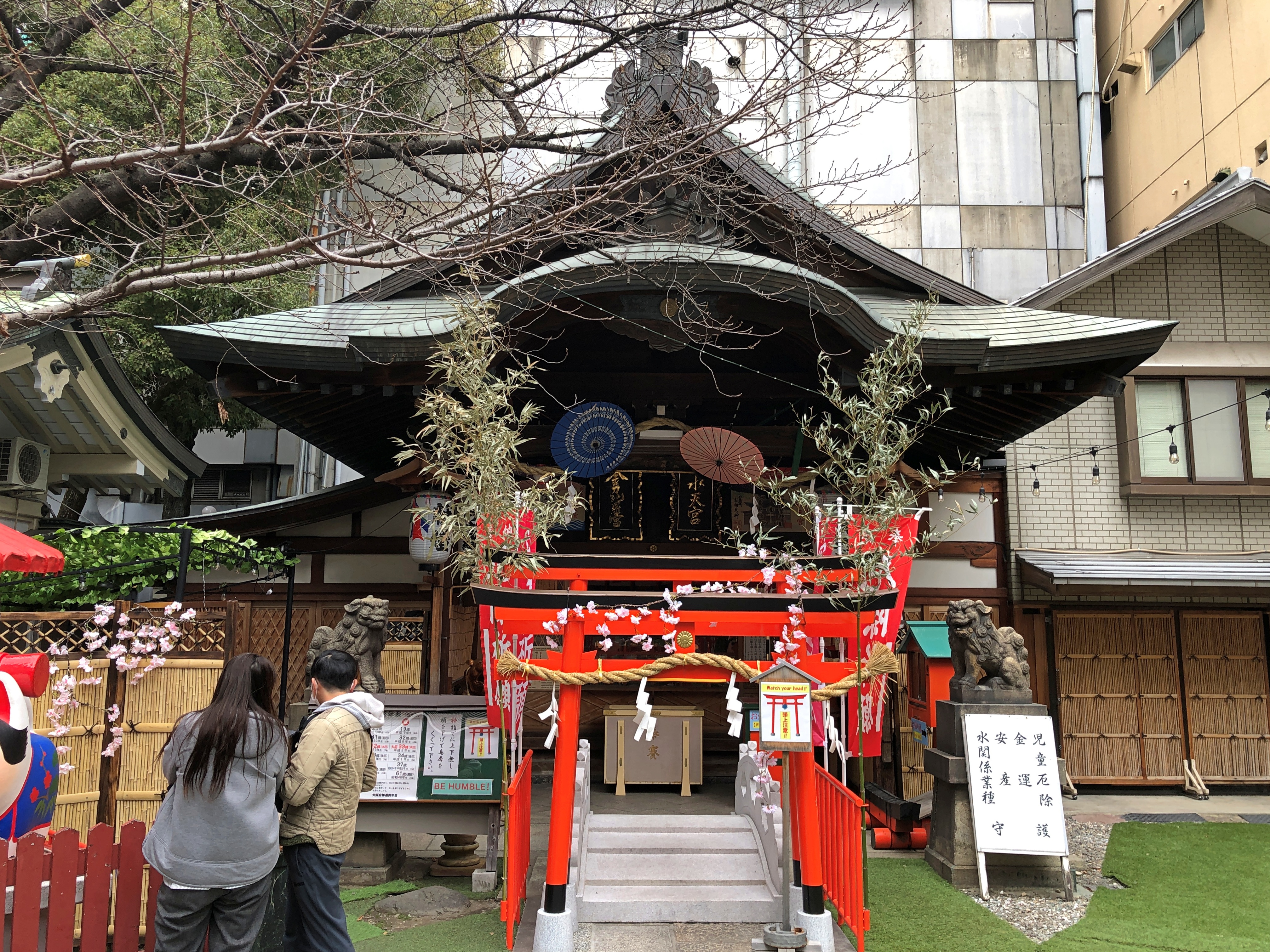
One of many such old shrines dotting the Kansai, in other words, many of which may still be around but which are still small, honoring obscure kami. But this one happened to be at the heart of Osaka during the Meiji era boom, and apparently grew with the city.
“The opening of the first Osaka Station in 1894 and Hankyu Railway Umeda Station in 1905 spurred the development of the area, and this shrine has come to be revered as the central guardian deity of Umeda and Sonezaki, in the heart of Osaka’s ‘kita’ [north] area,” the shrine notes.
That may be, but that isn’t why many people go there in our time. They go to offer prayers asking for better fortune in their romantic lives, whatever form that might take. Since I visited only a few days ahead of St. Valentine’s Day – another example of any number of cross-cultural WTFs you can find in Japan – the shrine was thick with prayers written on pink paper hearts.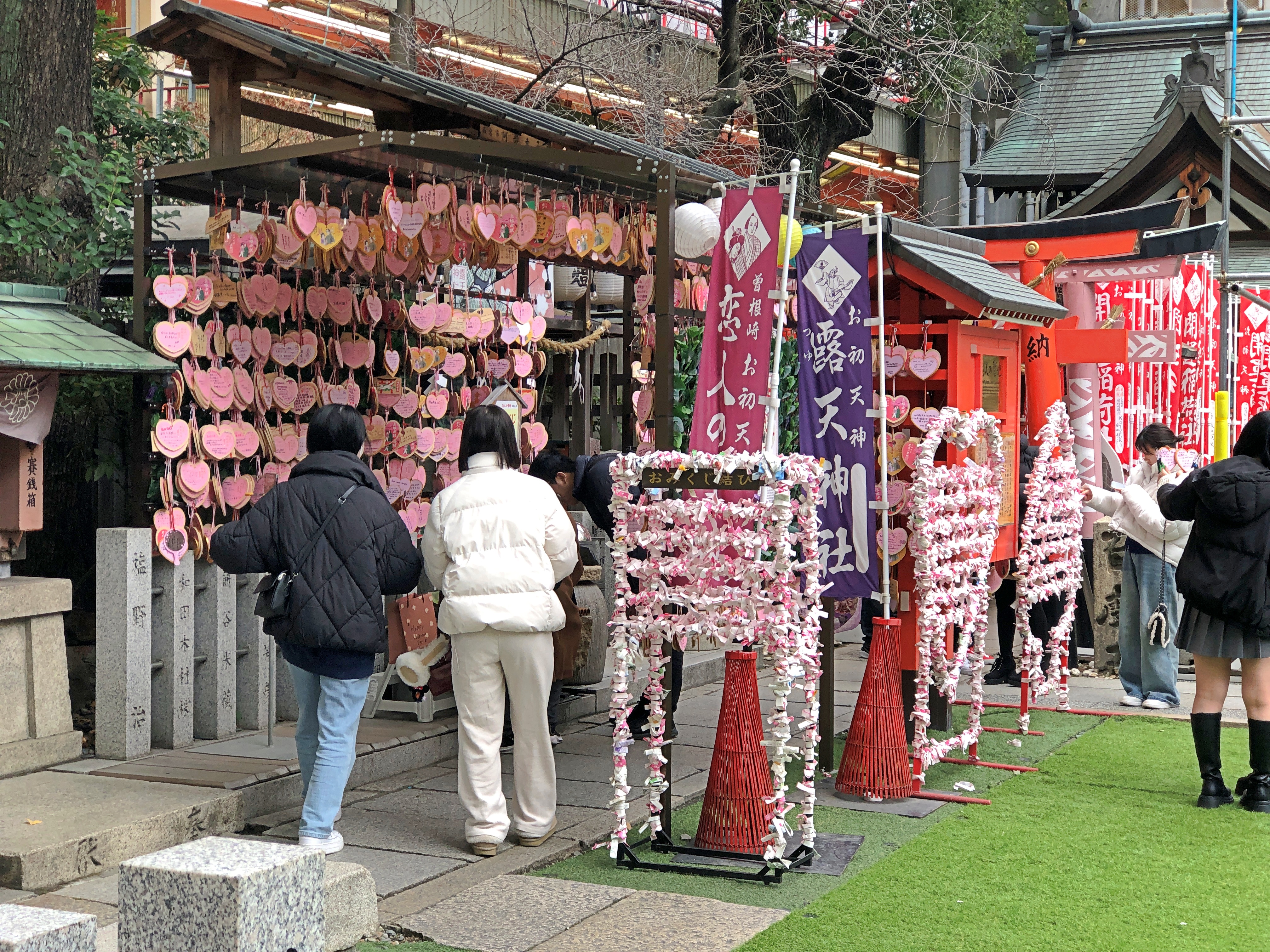
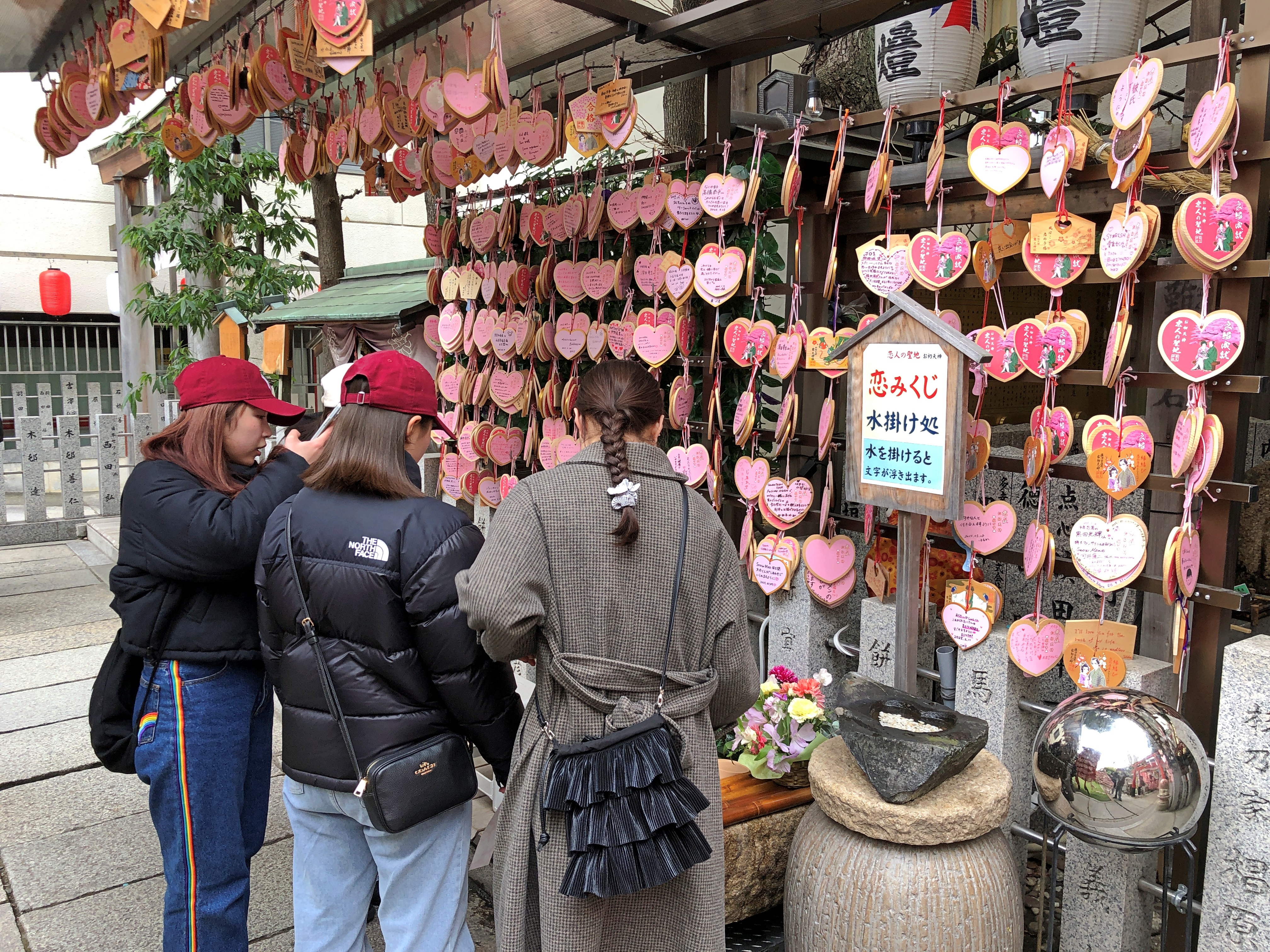

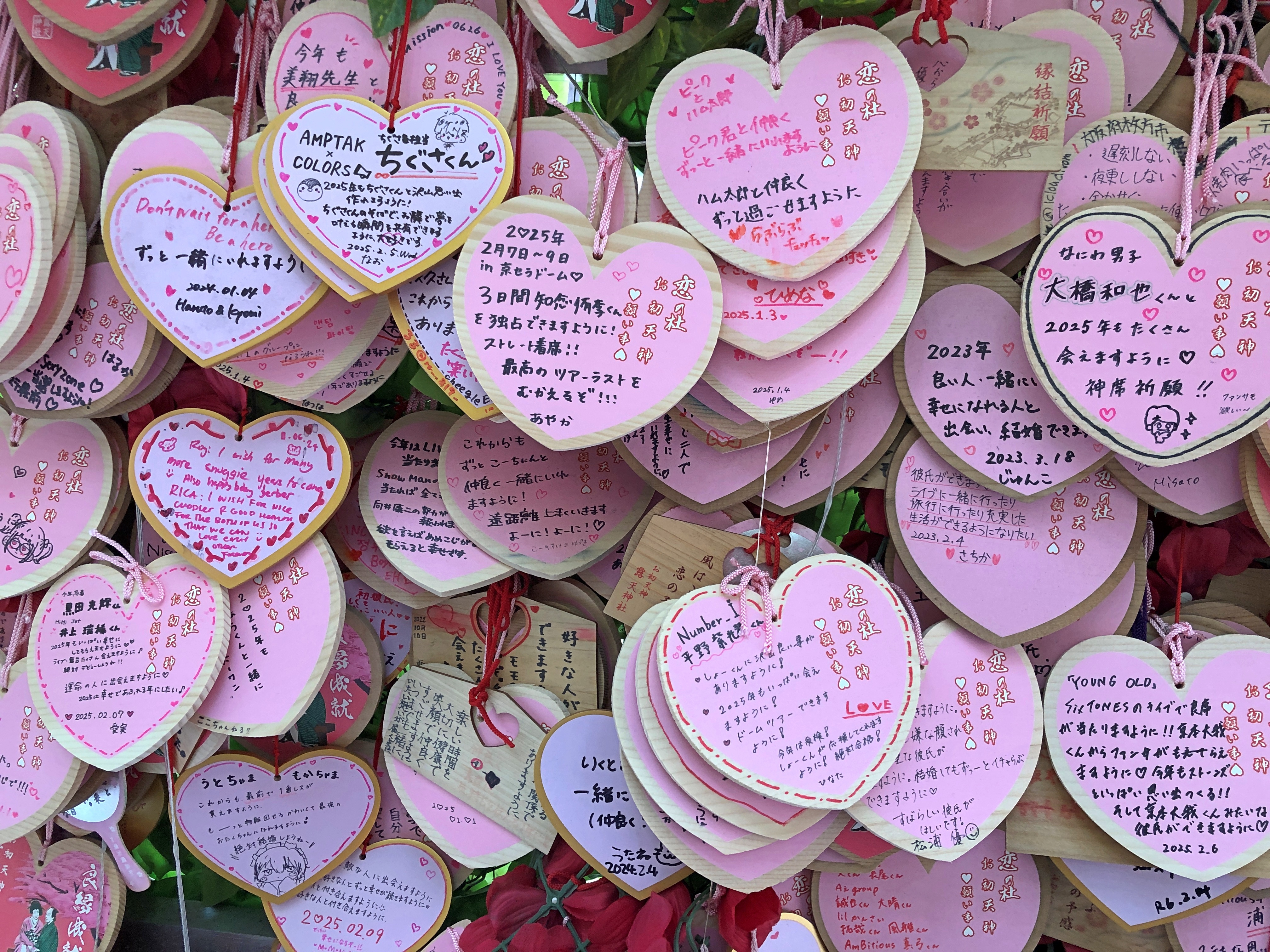
I understand these slightly more permanent wooden plaques, known as ema, are young girls praying for beauty.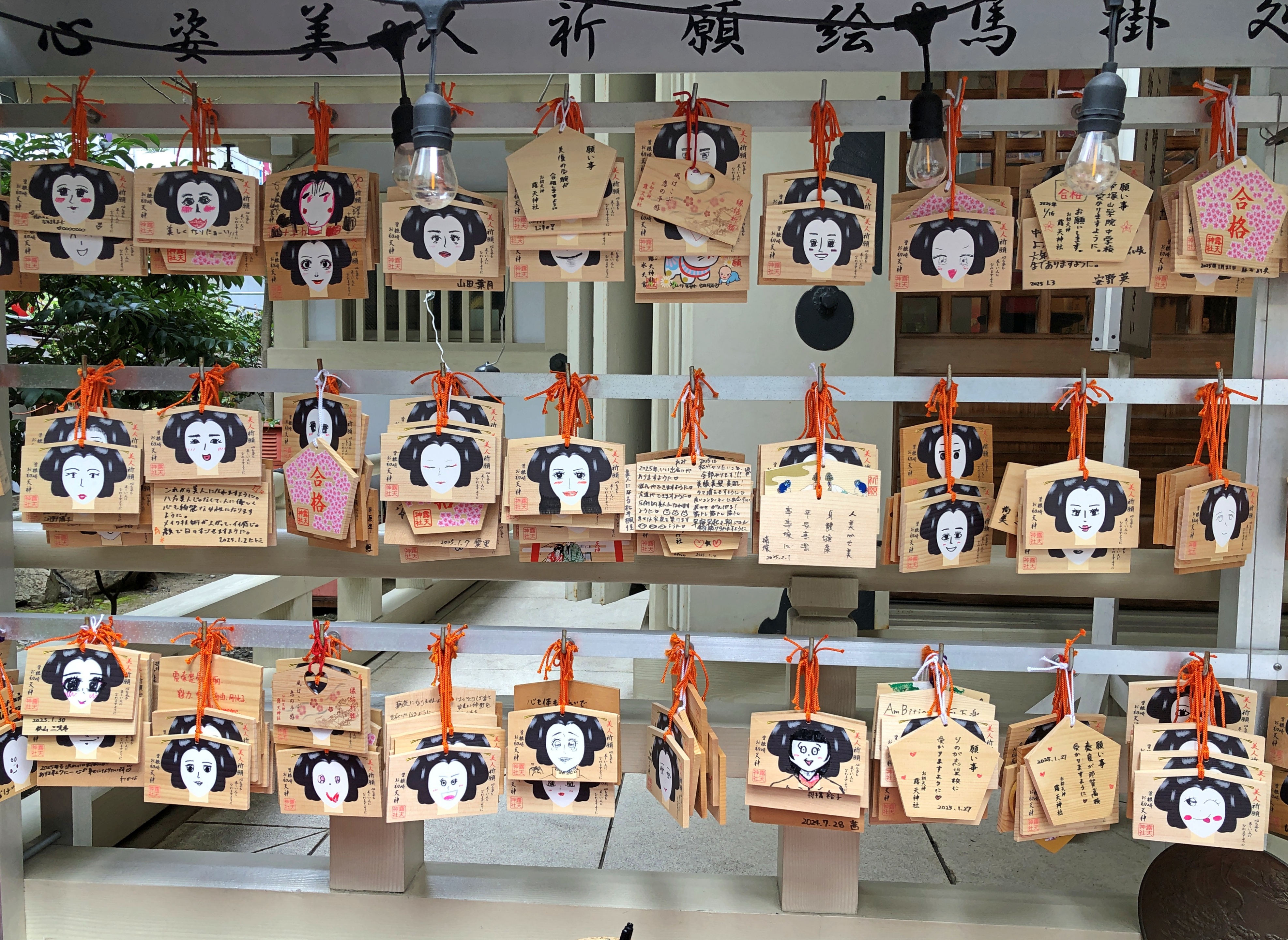
Why is this shrine associated with romance? That’s better attested, and something of an accident of history.
“Today the shrine is better known for its romantic associations, as it is a key setting of the bunraku puppet play: The Love Suicides of Sonezaki,” notes Osaka Station.
“The play tells the tragic story of two star-crossed lovers, the geisha Ohatsu and the apprentice trader Tokubei, and it was supposedly based on a historical double suicide that took place at the shrine in 1703. In the play an unfortunate combination of family pressures, financial misfortune, and the betrayal of a friend, threaten to keep the lovers apart. Unable to live without each other, they meet at the shrine and take their own lives.”
What is the opposite of star-crossed lovers, anyway? Star-aligned, maybe; one of those couples who end up celebrating a diamond anniversary without having grown to hate each other.
The popular name of the shrine, Ohatsu Tenjin, refers to the geisha of the story. Ohatsu and Tokubei are acknowledged at the shrine. 
The shrine is surrounded by the buildings of Umeda and from its precincts you can exit into a shopping street. As with most such pedestrian streets in Japan, there are many small eateries.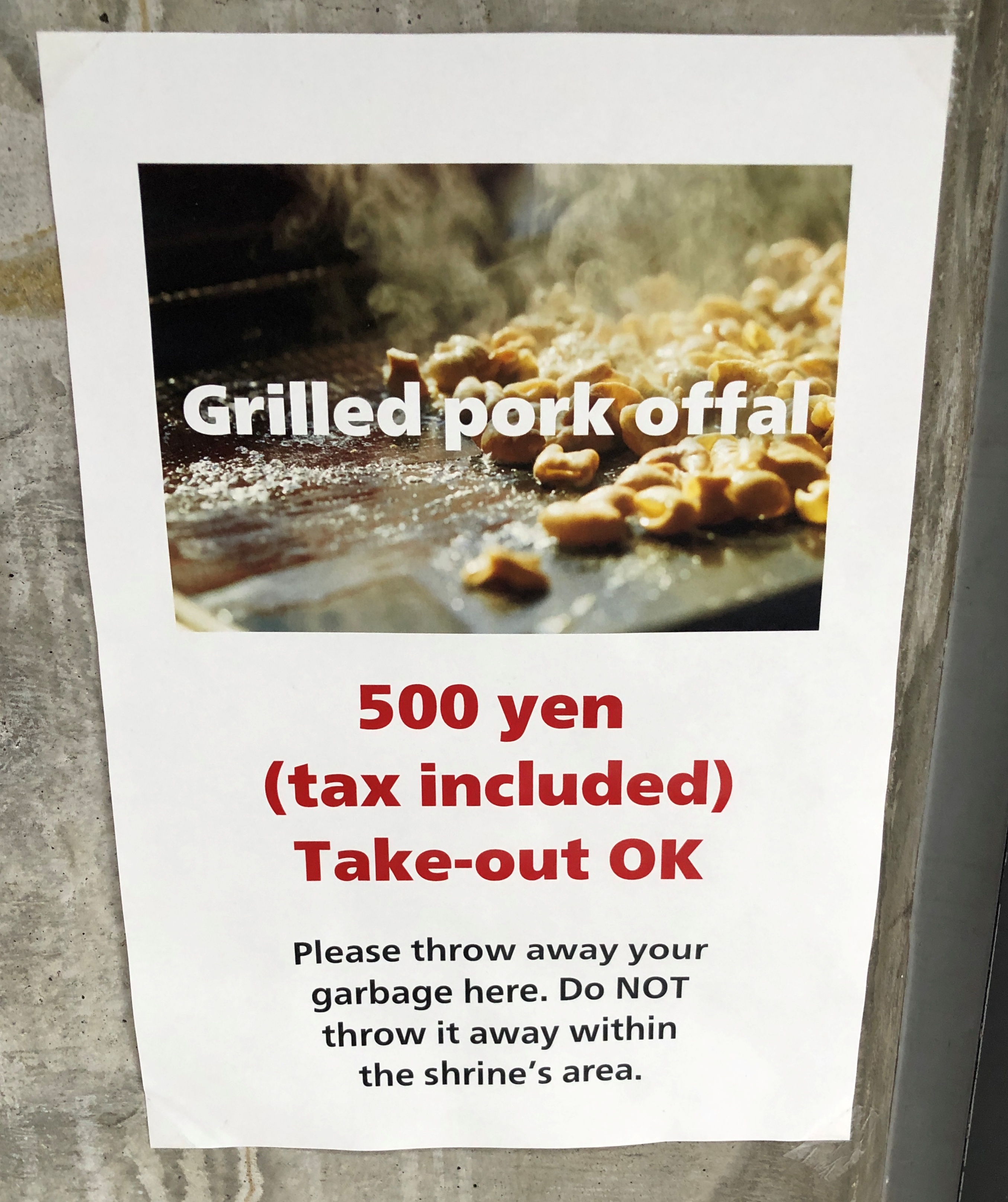
I didn’t go there, but I can’t say I wasn’t curious.
